s t u d i o L A P R I M I T I V E



s t u d i o L A P R I M I T I V E


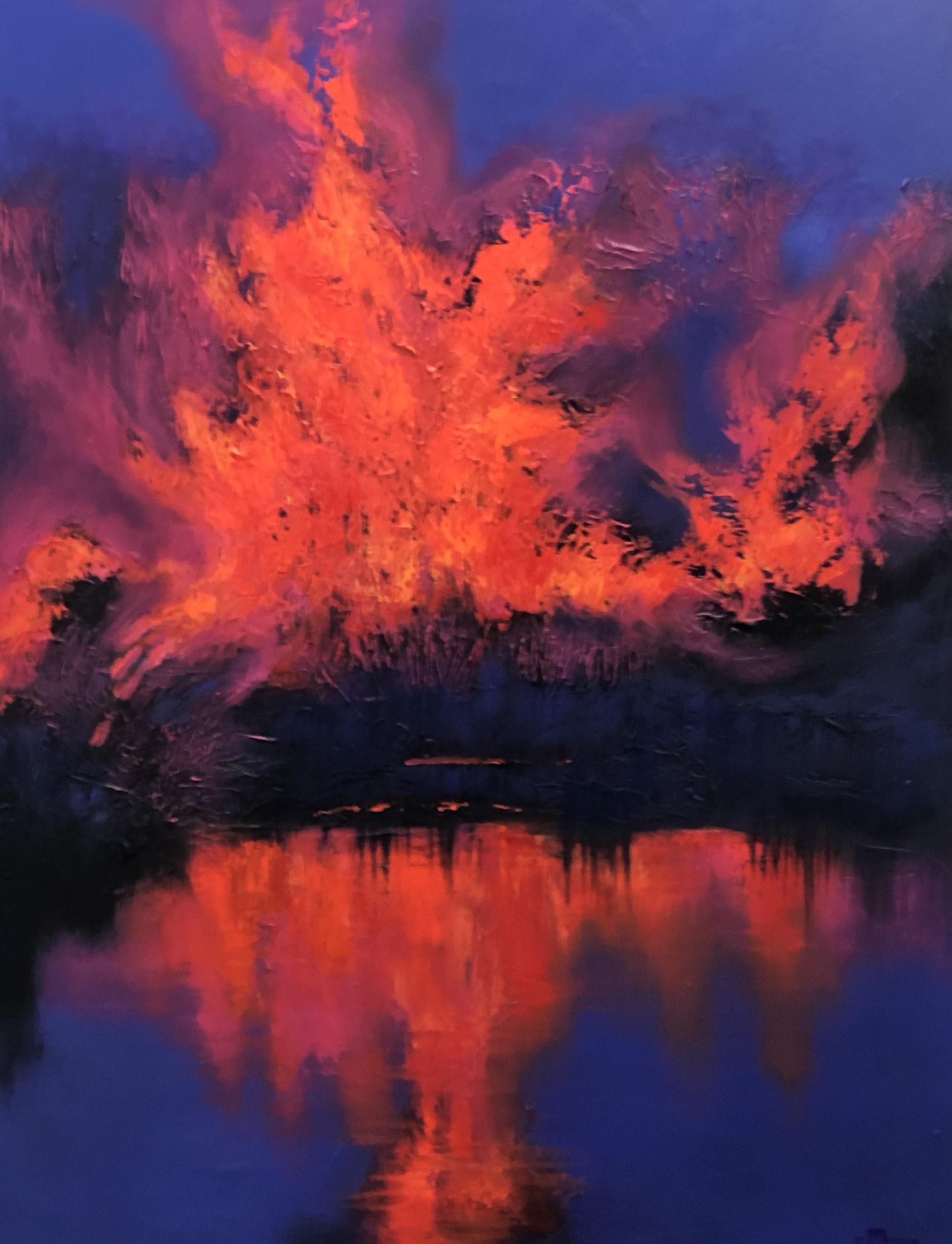
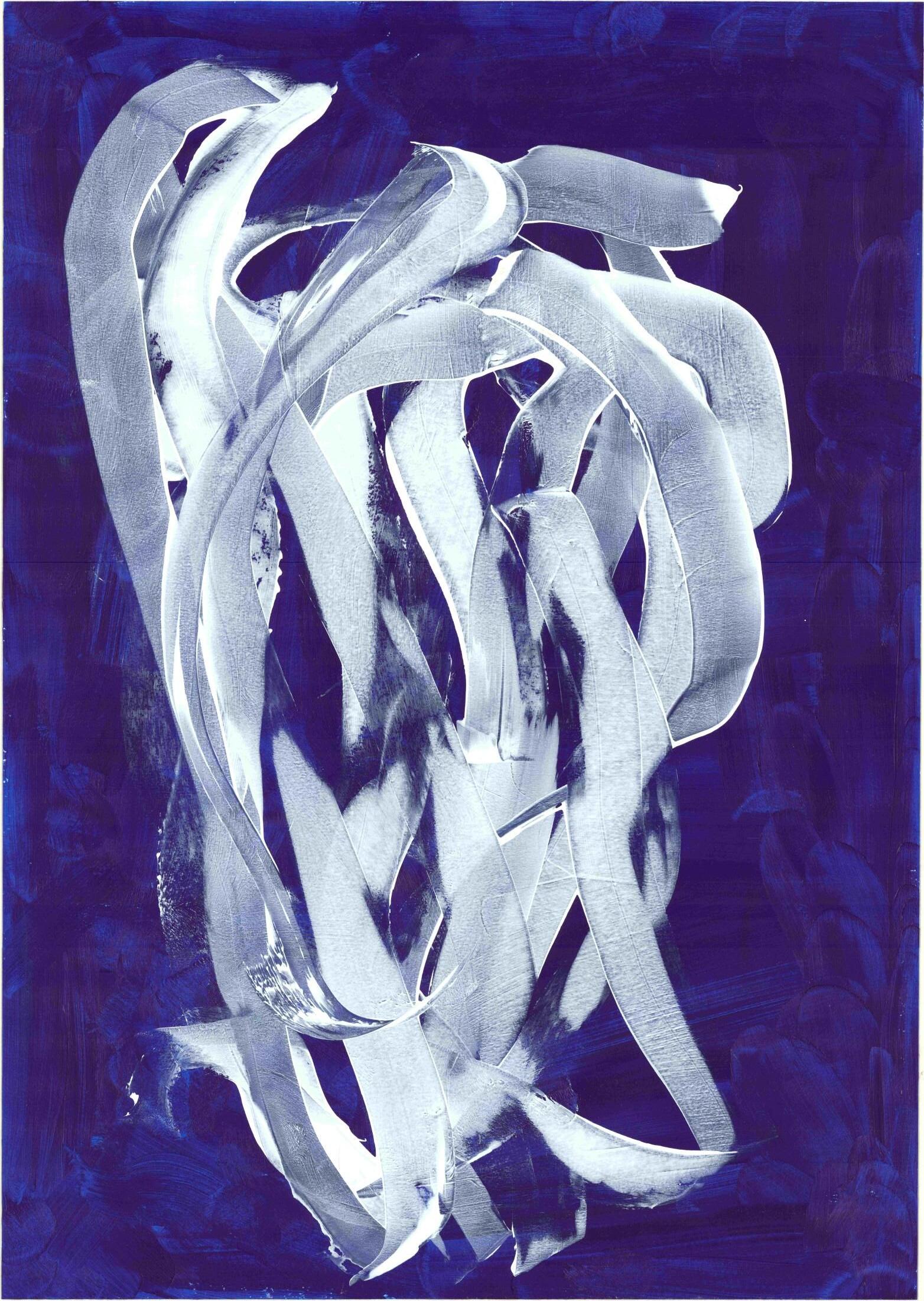
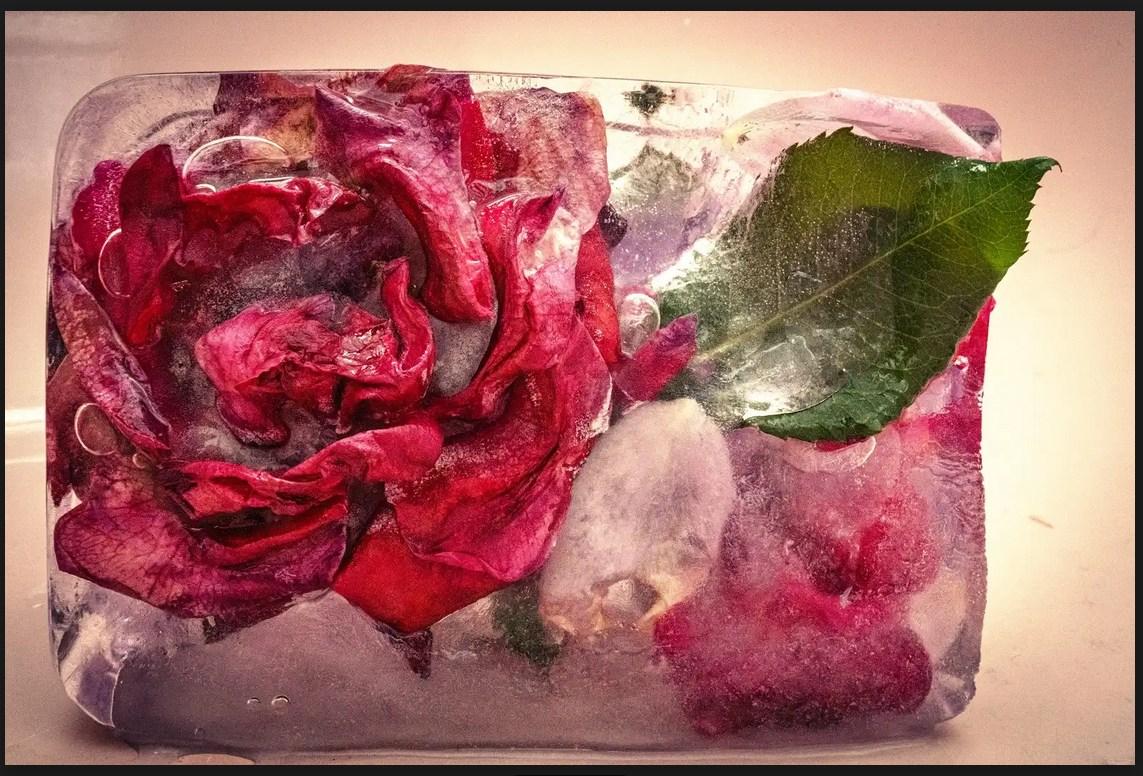
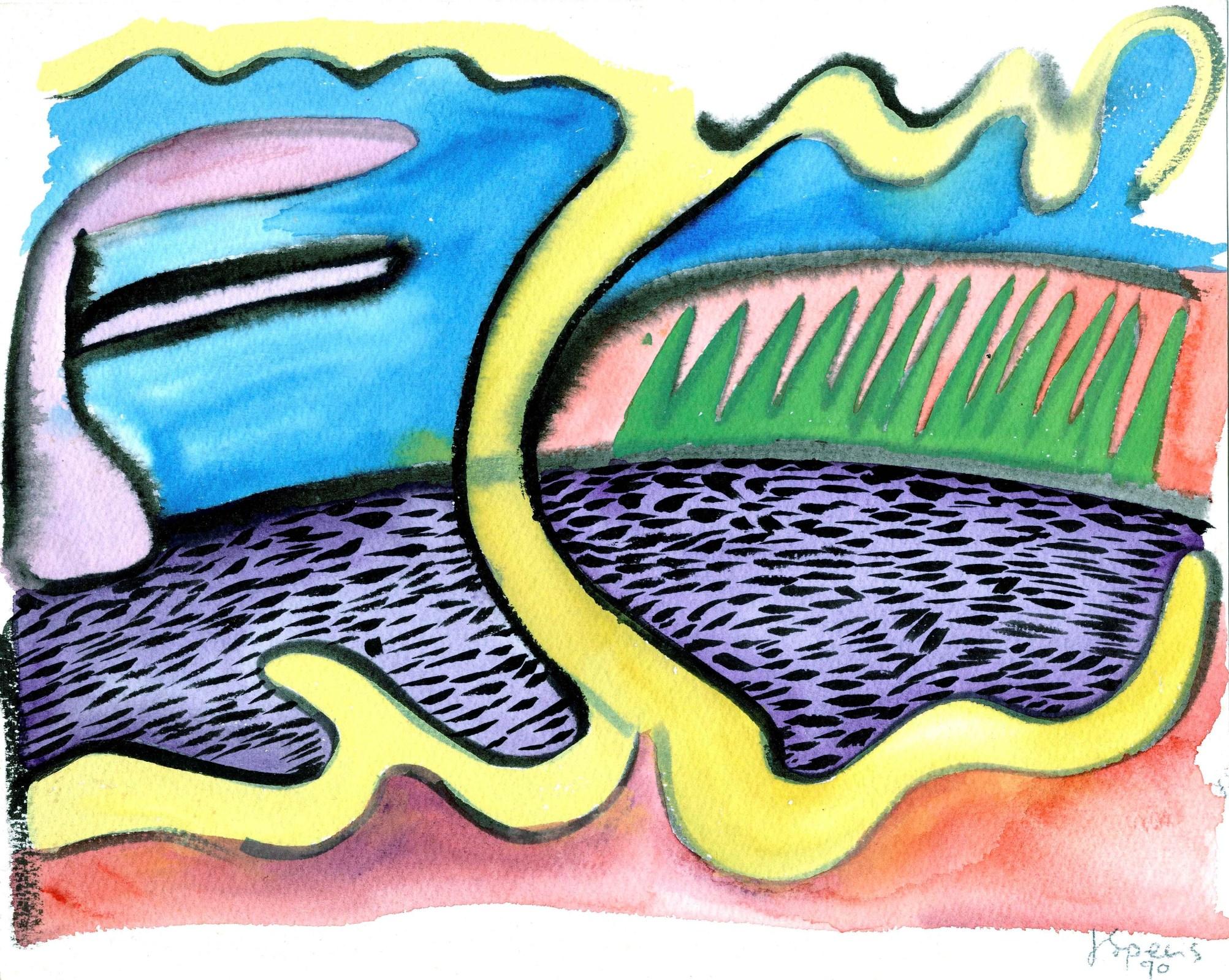
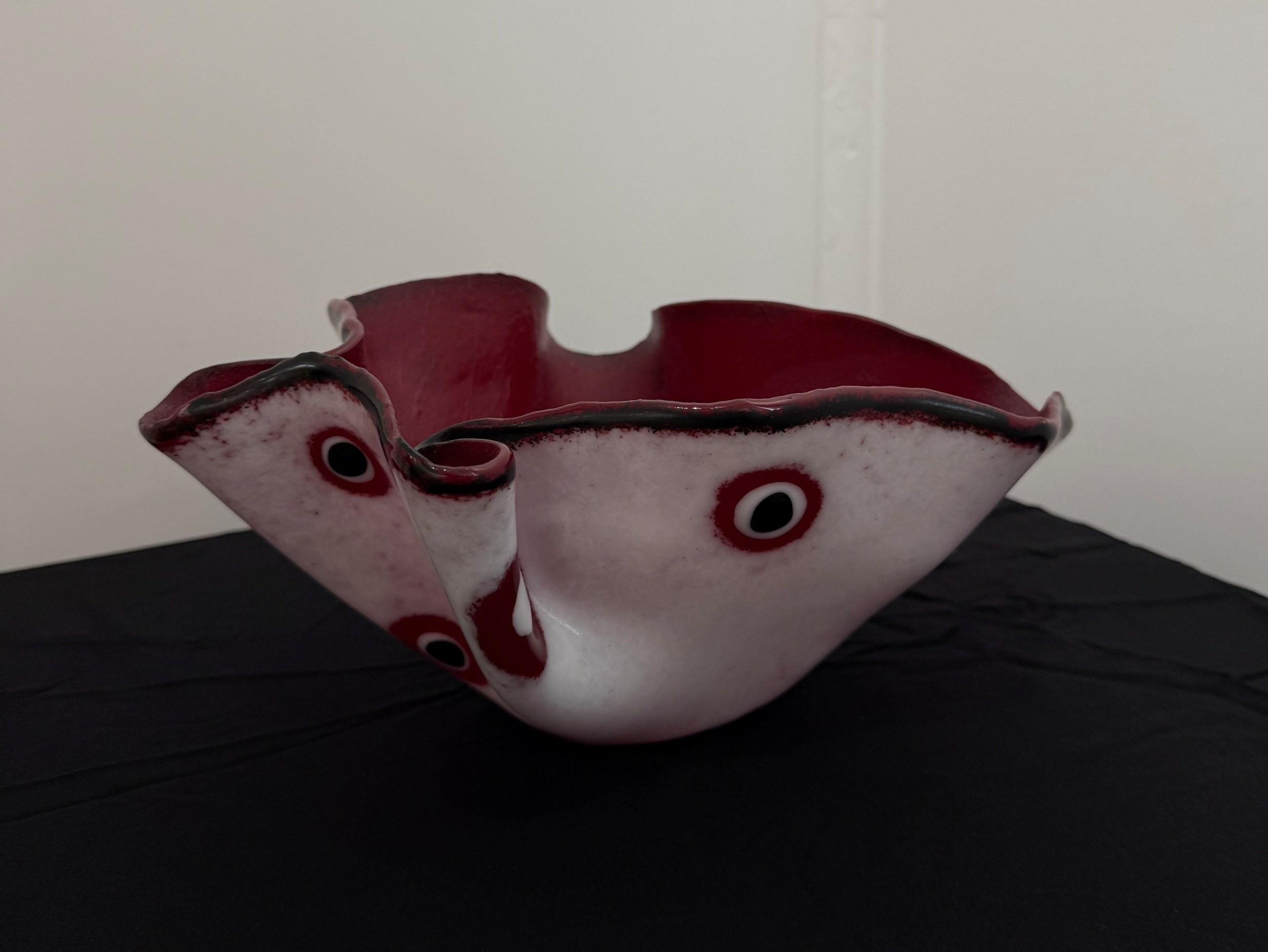

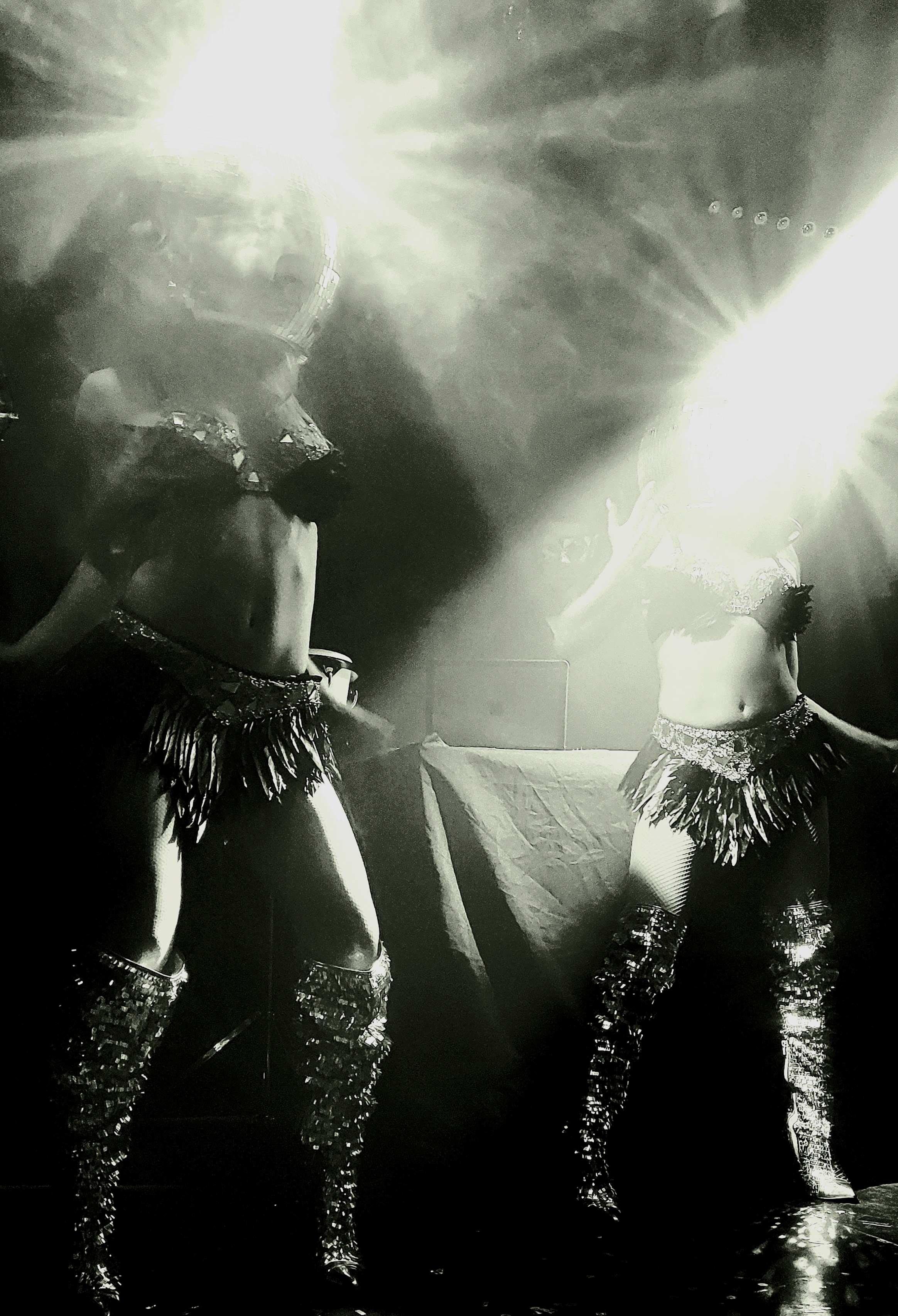

TALES OF BRUNEI Page 180
S E I G A R
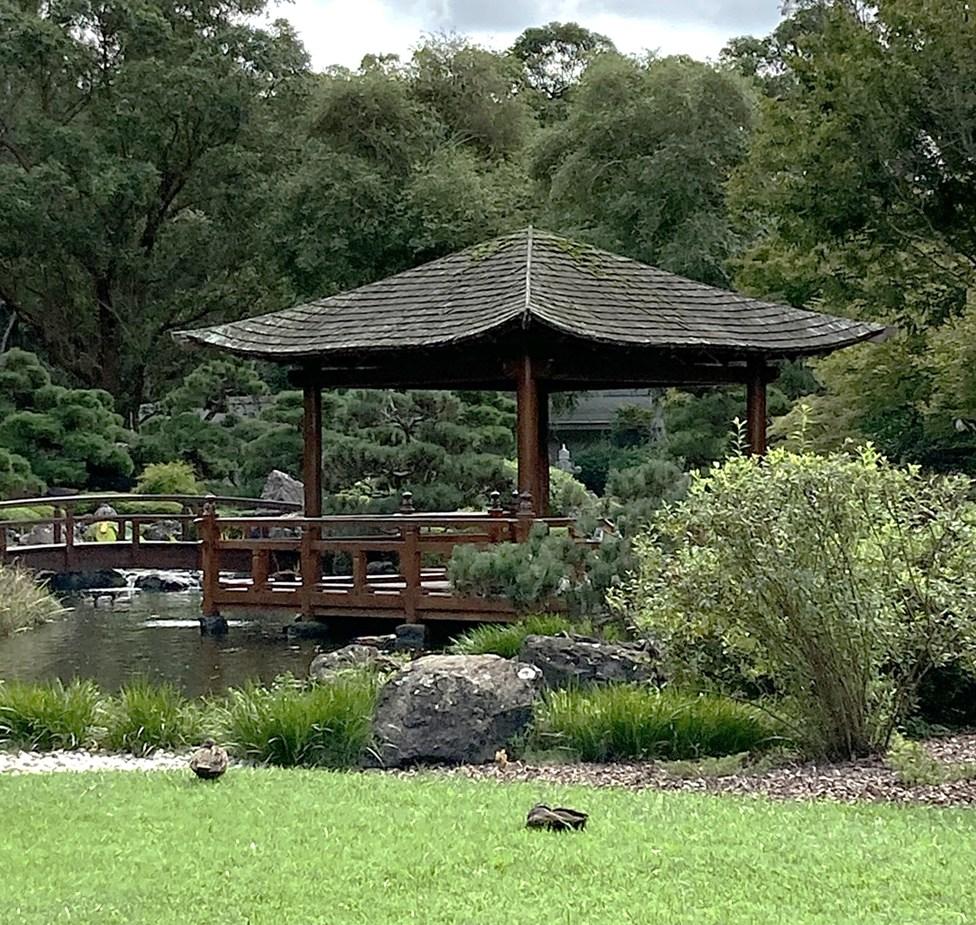

KATE BELTON Page 204



Page 214
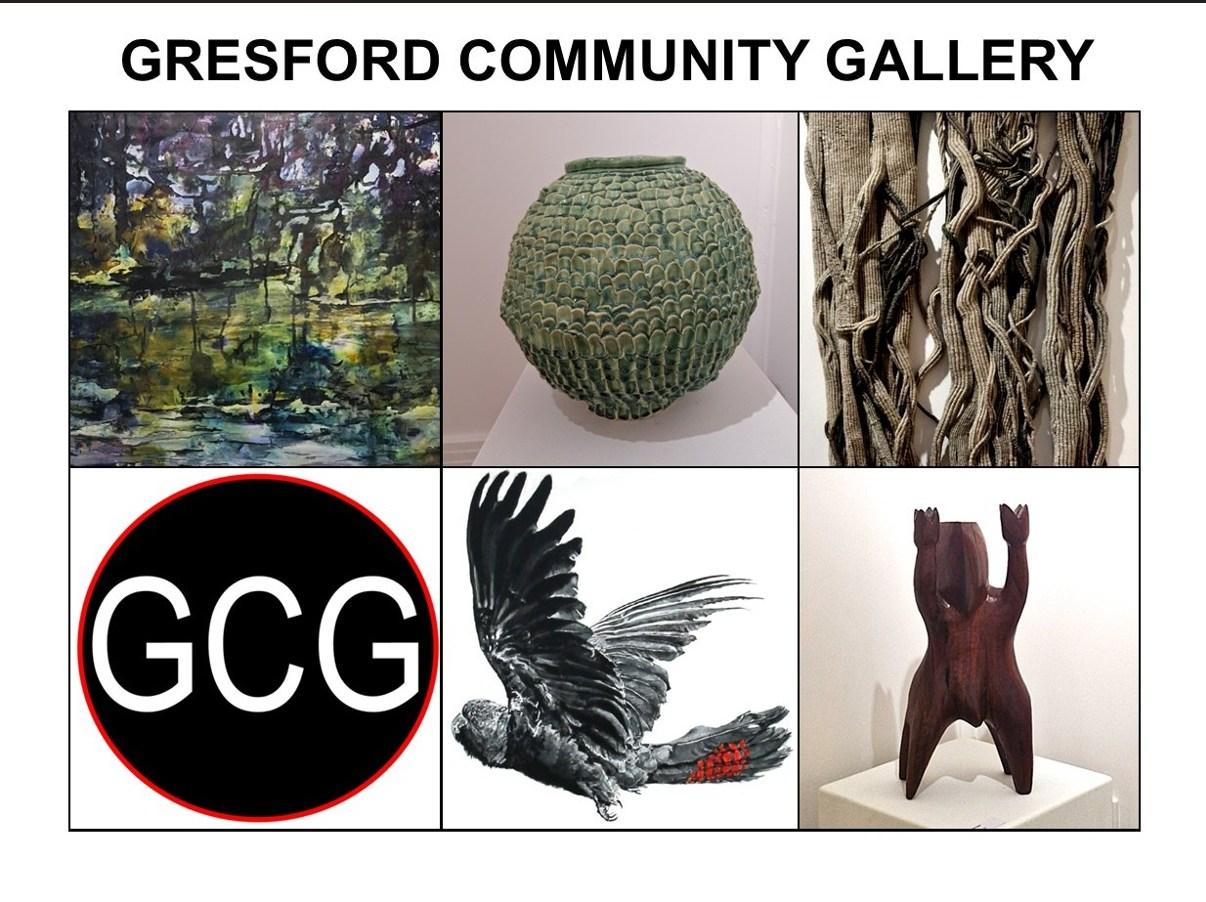
12 Park St East Gresford NSW. Weekends 10am - 4pm.

Ann Cape
Lyn Hammond
Natalie Wijeyeratne
Benjamin Broinowski
Cherie Platen
Janet McKenzie
Maggie Hall
Nathan Bell
Lorraine Fildes
SEIGAR
Bernadette Meyers
Kate Belton
Sarah Crawford
Reese North
Brad Evans
Peter J Brown
Eric Werkhoven
Robyn Werkhoven
Gresford Gallery
Arts National Newcastle
Timeless Textiles
Barbara Nanshe
Back to Back Galleries
Straitjacket Gallery
Dungog by Design
Helene Leane
Studio La Primitive
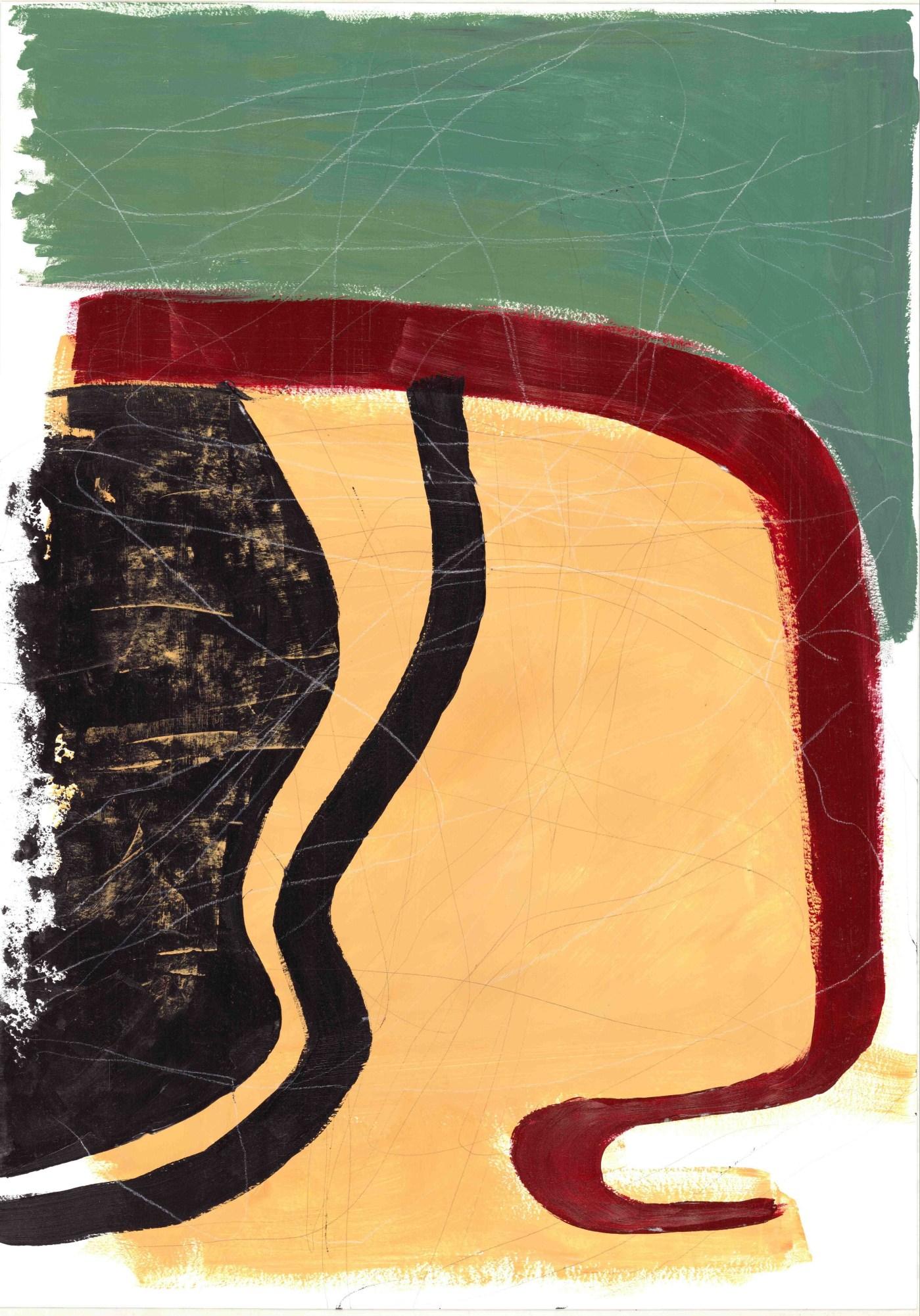
Greetings to ARTS ZINE contributors and readers to our May issue 2025.
This month is a big issue including a diverse medley of talented artists and writers.
We present the celebrated Australian figurative and portrait painter Ann Cape with her story and a gallery of her dynamic portraits.
Artist Lyn Hammond lives and works in rural Pokolbin in the Hunter Valley NSW, where she has established the stunning, contemporary Watershed Art Gallery. Lyn passionately paints the Australian landscape with luxurious colours and textures.
Melbourne based abstract artist Natalie Wijeyeratne uses a process of direct selfexpression that requires a playful attitude, mindful attentiveness and discernment of inner direction.
Benjamin Broinowski is an award-winning abstract photographer based in Sydney. His work explores light, movement, and form, blurring the boundaries between photography, painting, and printmaking.
The extraordinary fine glass artwork of artist Cherie Platen who lives and works in Lake Macquarie NSW. Initially Cherie trained in torch work by Peter Minson, Master Glass Artist and later in Venice, Murano Island.
Janet McKenzie’s art practice combines Making (painting, drawing, printmaking) and Writing. Janet who presently resides in Scotland, writes about her latest bookCatharsis: A Grief Drawn Out, Birlinn Books, Edinburgh, May 2025. The book will be launched later this year in Australia.
Lorraine Fildes, travel writer and art photographer visits the Edogawa Commemorative Japanese Garden, a beautiful peaceful space located in the Gosford Regional Gallery precinct.
ARTS ZINE revisits the art world of Nathan Bell to hear about his passion for film and animation.
International, award-winning Spanish artist and photographer SEIGAR includes a series of photos – Tales of Brunei.
Artist and poet based in Newcastle Maggie Hall presents another dreamlike and distinctive writing and images - La Boheme.
A visionary artist Kate Belton whose work has captivated audiences around the world. With a passion for blending traditional techniques with modern creativity, Kate has established a Tinkat Alley Studio that fosters artistic growth and community.
Newcastle artist and writer Bernadette Meyers features -The Living Palette: How Colour Speaks to the Artist’s Soul.
Gallery Minima: A Small Space with Big Intentions - by Sarah Crawford, curator & creative. A new gallery opens in Dungog NSW in mid-May.
The Gresford Community Gallery presents latest news on their exhibitions and artists.
Don’t miss out reading new works by resident poets Peter J Brown, Reese North, and Eric Werkhoven.
ART NEWS and information on forthcoming art exhibitions.
Submissions welcomed, we would love to have your words and art works in future editions in 2025.
Deadline for articles 15th JUNE for JULY issue 62, 2025.
Email: werkhovenr@bigpond.com
Regards - your editor Robyn Werkhoven
The publisher will not accept responsibility or any liability for the correctness of information or opinions expressed in the publication. Copyright © 2013 Studio La Primitive. All rights reserved. No part of this magazine may be reproduced , in whole or in part, without the prior permission of the publisher.
T U D I O

L A P R I M I T I V E
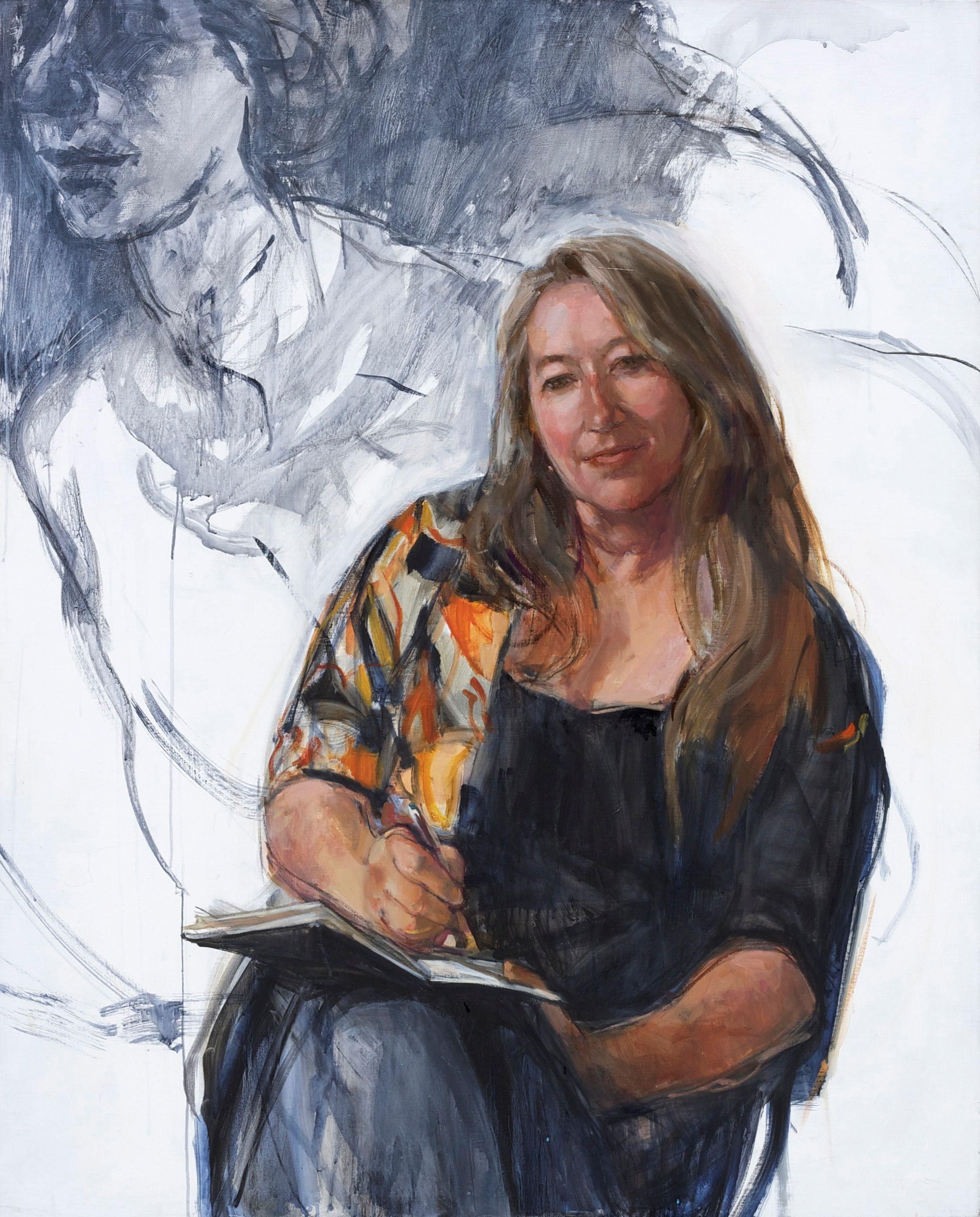
Ann Cape is a painter, sculptor, and art teacher, and has been active in the Australian art scene for over 30 years.
After studying drawing and sculpture in London, Ann returned to Sydney and graduated from the National Art School, Sydney in 1974.
She has taught at the Royal Art society, NSW from 1999-2016, the Willoughby Art Centre NSW in 1998, various art schools and TAFE colleges, and has given numerous workshops in Sydney and country centres.
Ann Cape is a Member of the Advisory Committee Mosman Regional Gallery, a National Art School Alumni, FONAS, and a Fellow of the Royal Art Society.
Cape has had several solo exhibitions and has exhibited extensively in group shows. A Finalist in the Archibald Prize, Salon des Refuses and the Portia Geach Memorial Award. She was highly commended in the 2006 Doug Moran National Portrait Prize and has been a finalist in the Dobell Drawing Prize and the Blake Prize for Religious Art among other art awards. She has won over 50 prizes for drawing and painting, been involved in international residencies, completed many portrait and commercial commissions and recently returned from China, having designed a sculpture there as part of a friendship agreement between Mudanjiang and Mosman council.


There is an artistic bent that runs through my family on my mother’s side. I am one of three generations that attended the National Art School, my mother, myself and my daughter Sophie.
My mother did not pursue a career as an artist after she got married as was the norm around the time of WW2. She had 4 children and moved to a semi-rural area. So, she became involved in an emerging community and satisfied its creative needs. Providing set designs for the local drama group in which she also performed and designing and decorating for other local emerging enterprises. Consequently, I was immersed in these activities and was always passionate about creating and drawing.
After leaving school my father was determined I would not be part of that bohemian group where he found my mother! So, I went to work in an advertising agency and attended drawing classes every evening at the local tech college in North Sydney until after 5 years I had saved enough money to travel to Europe.
Two years in Europe and London was spent visiting galleries, working in an office and attending art school part time. It was not until I returned to Australia that I enrolled at the National Art School full time. This was in the early 70’s and figurative art was not fashionable, everyone was throwing paint around like Blue Poles, which was purchased at that time, or applying hard edge paintings like Bridget Riley and other forms of fashionable abstraction. I was part of a small group in the corner of the studio endeavouring to paint the figure.
One of my early influences was Dororthy Thornhill, who would sit and draw with the class, a cigarette constantly in hand. Dorothy was an expert and precise life drawer, with an economy of line, but so expressively placed and drawn that it inferred a subtle three-dimensional quality.
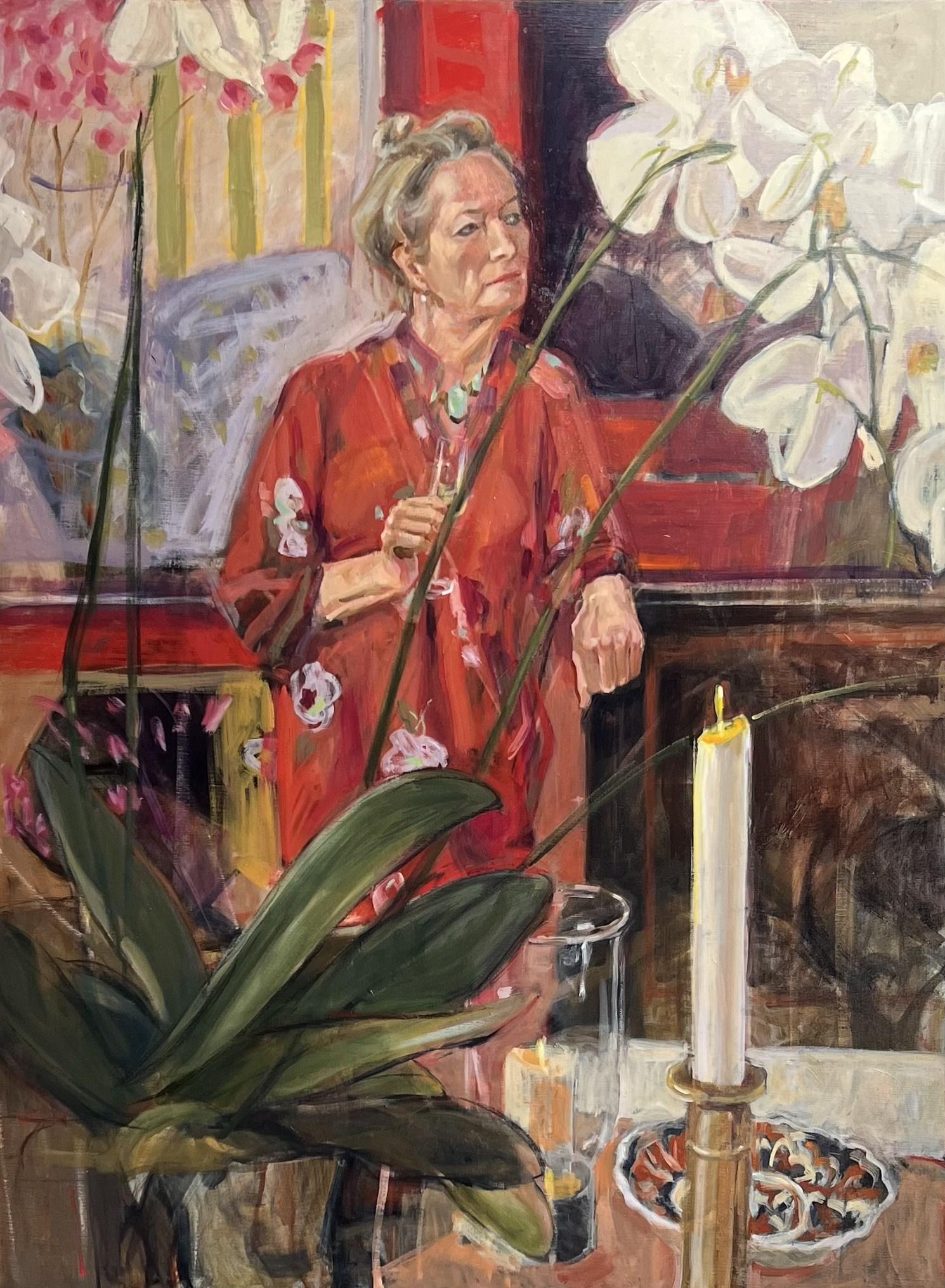
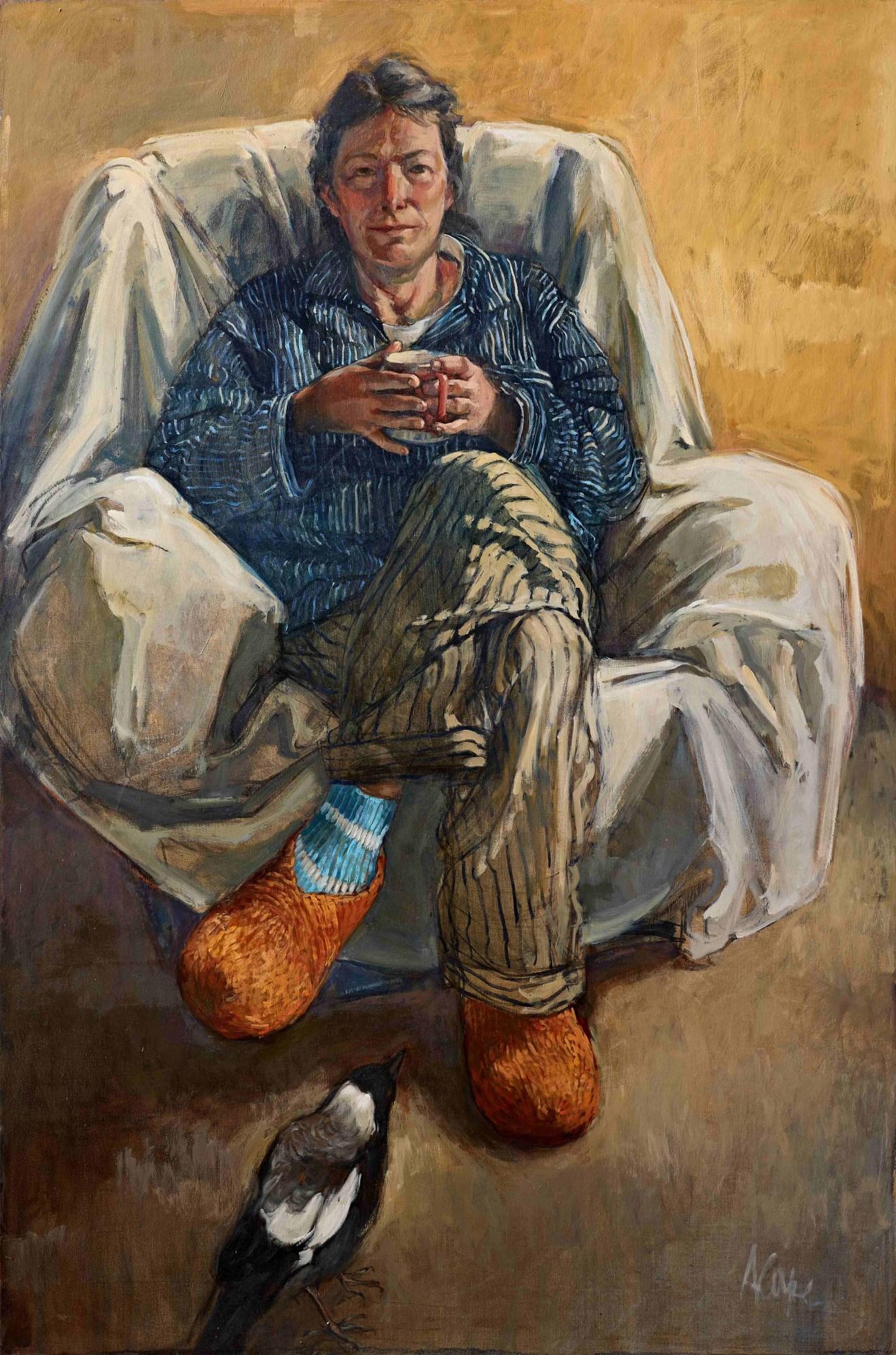
During my time at art school, I would spend the weekends drawing at The Rocks in Sydney, where I would be paid by one of the shopkeepers to do portraits of people within 20 minutes. It was a challenging and useful experience!
Somehow after leaving art school, I managed to have 4 children (including twins). It was always in the back of my mind that Dorothy Thornhill had cautioned me that I had to choose between being an artist or a mother. That I could not do both. But throughout the tumultuous first 5 years I continued to draw.
Consequently, drawing became my practice in those early years, using pastel and charcoal, as it had an immediacy that I could use to my advantage. I remember Guy Warren told me he understood why my work was so gestural and immediate as I was always so time poor.
I have travelled with many artist friends to the Outback to paint. Although landscape is not a big part of my practice, I relish these trips for the opportunity to be immersed in these surroundings, with an earthy palette that I love.
Describe your work?
My practice now seems to focus mainly on the figure and the portrait. I particularly like to include animals. Some years ago, I was fortunate enough to be part of a residency at Taronga Zoo. Spending the night in the Zoo and visiting after hours were highlight. To have time to spend studying and drawing the various animals was inspirational.
The human figure has always been a source of inspiration for me, we come in all shapes and sizes, the more unusual the better. Rather than the ‘perfect body’ I look for individual quirks. So of course this has led me now to concentrate on portrait painting.
I generally start with acrylic as it is easy to use quickly and gesturally, and dries fast so I can keep working into it, and lay out the painting composition. I do not draw up the image but use a brush and thin paint to quickly set where the figure and surroundings will be. Ultimately, I use oil paint as it is a much more subtle medium to manipulate tonally, such as when painting skin tone. Oil paint has a completely different seductive painterly feel.
Some years ago, I had a residency in China, in Mudanjiang, 1000 km north of Beijing, which was then a small farming community. I was there for 3 months and during that time the change and development taking place was incredible. The contrast of rare automobiles, thousands of bicycles and horse and carts in the streets. In such a short time, it is now a city of high rise. During my time there coping with the language barrier, as no one spoke English and my Mandarin unintelligible (although attempting to study the language before my departure) I started to draw portraits of my fellow artists in the studio …. and their families…. and then their extended families, then their friends, and on and on! It proved to be a wonderful ice breaker as they were so unfamiliar with the idea of an individual portrait.
The town of Mudanjiang happened to be where Shen Jiawei spent his youth as a red guard and he told me before I left (at one of the Archibald Prize lunches that Edmund Capon used to organise for the finalists) that he taught himself to paint from Russian art magazines, although they were forbidden. Afterwards when Madame Mao saw his accomplished painting of the ‘Guards on the Pass’ he was taken to art school.
But many of Jiawei’s friends who were painters were still in the studio where I was situated in Mudanjiang. Sadly, the language barrier prohibited deep conversations.
My husband sadly died of dementia some years ago, but during this journey, I did an exhibition at Mosman Regional Gallery titled ‘An Unending Shadow”, together with our daughter, Sophie. This was a challenging undertaking. I could not manage to focus entirely on my own situation, although Sophie did. I chose to study other dementia sufferers and their carers. I also went into nursing homes to draw patients, which was surprisingly calming, and one could sense a connection with the patient though they were nonverbal. Some of these people never had a visitor.
I am currently in an exhibition at Broken Hill Regional Gallery, as a result of a group visit there last year. It is called ‘Blow Back Ins’ …. A follow up exhibition as some of the group had been part of a group show previously called ‘Blow Ins’ .
In May I am curating an exhibition at Mosman Art Gallery called ‘Painter’s Painters’ . It comprises portraits that I have done of friends that are painters, shown alongside their own work. The impetus of this was to illustrate different approaches to painting for the local high school, which is a centre of excellence for Art.
Technology has changed the world of art, in that basic drawing and painting skills are no longer valued or thought useful in the art syllabus in schools and art colleges. The ability to use technology has overtaken the need to know how to draw and paint, or so it is deemed. But for those of us that have the need to create a hand generated mark on a surface and create an image, this is impossible to accept. Even though ‘art' has become far more conceptual, despite technological advances to overtake time honoured skills, I don’t believe it will ever replace that hand generated mark, and the satisfaction of manipulating materials to create an image.

G A L L E R Y A N N C A P E




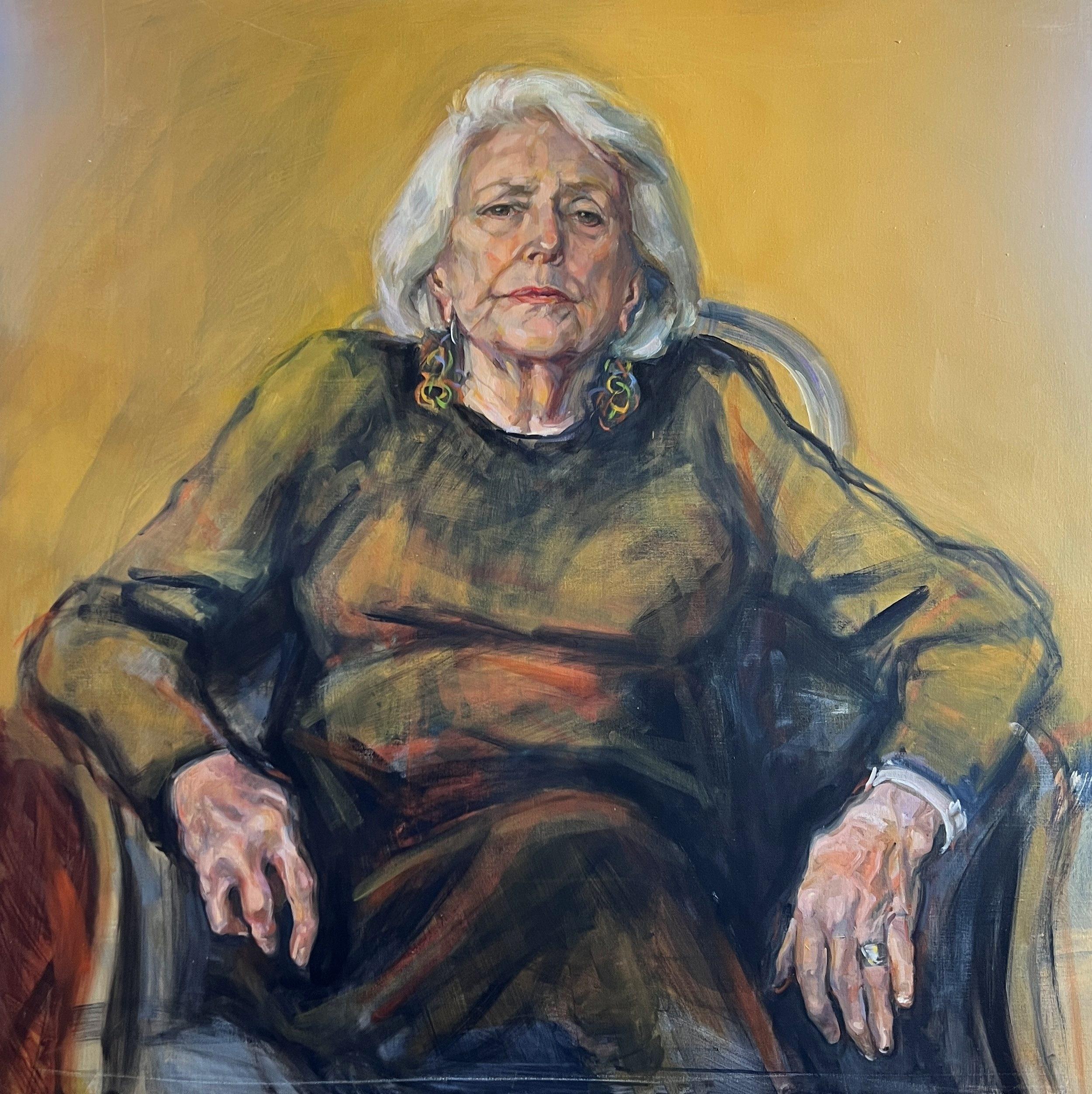
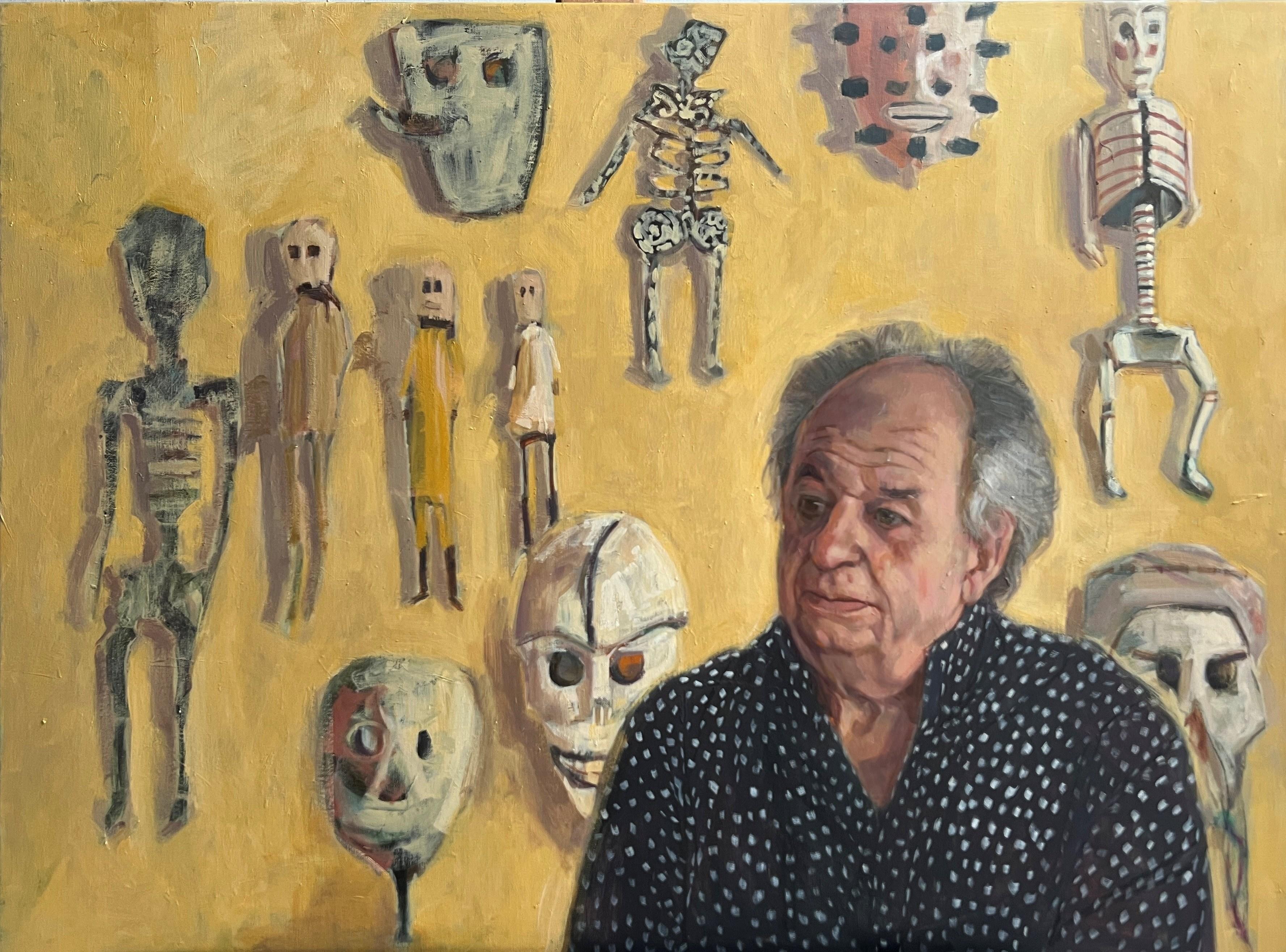
AN N
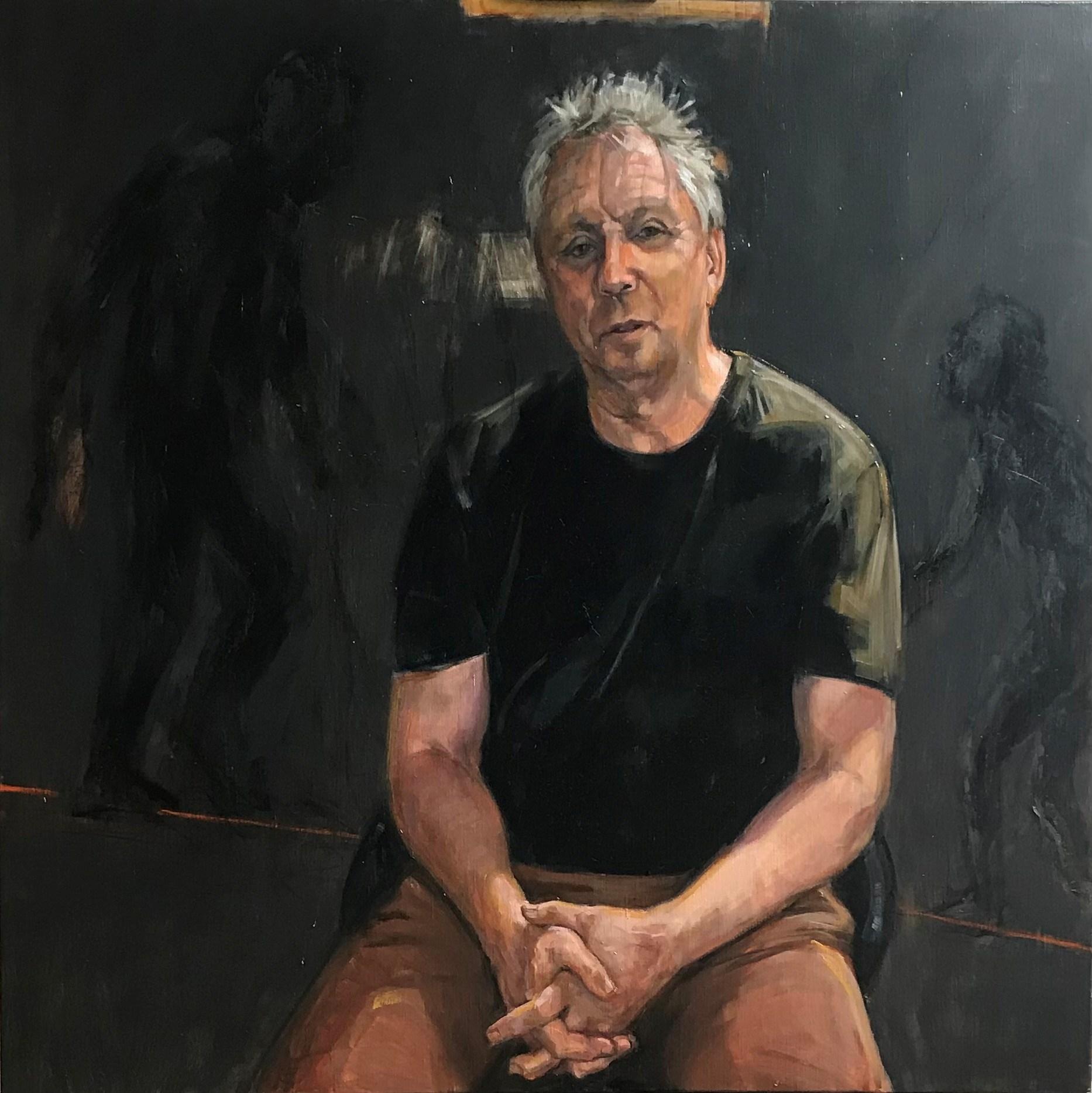
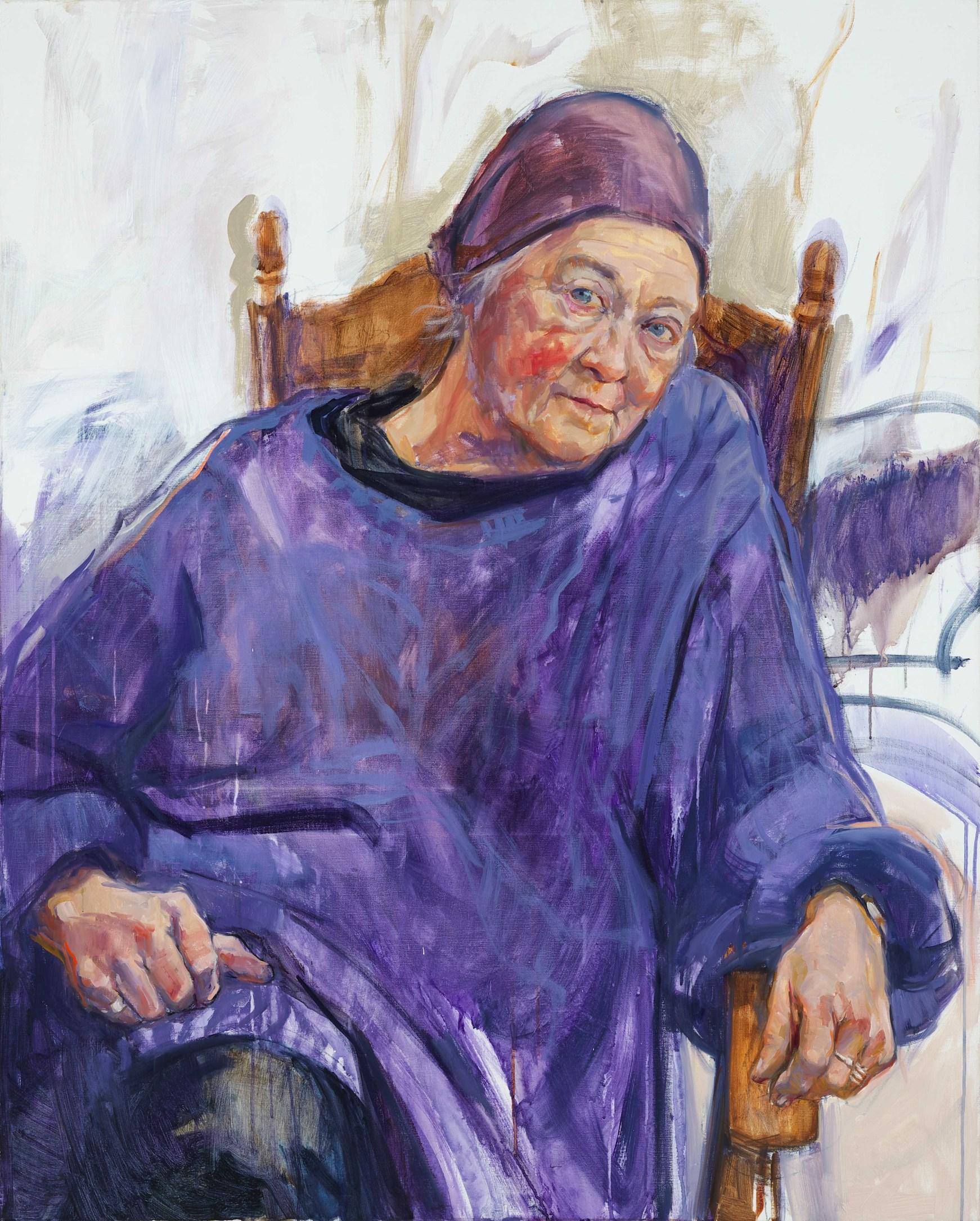
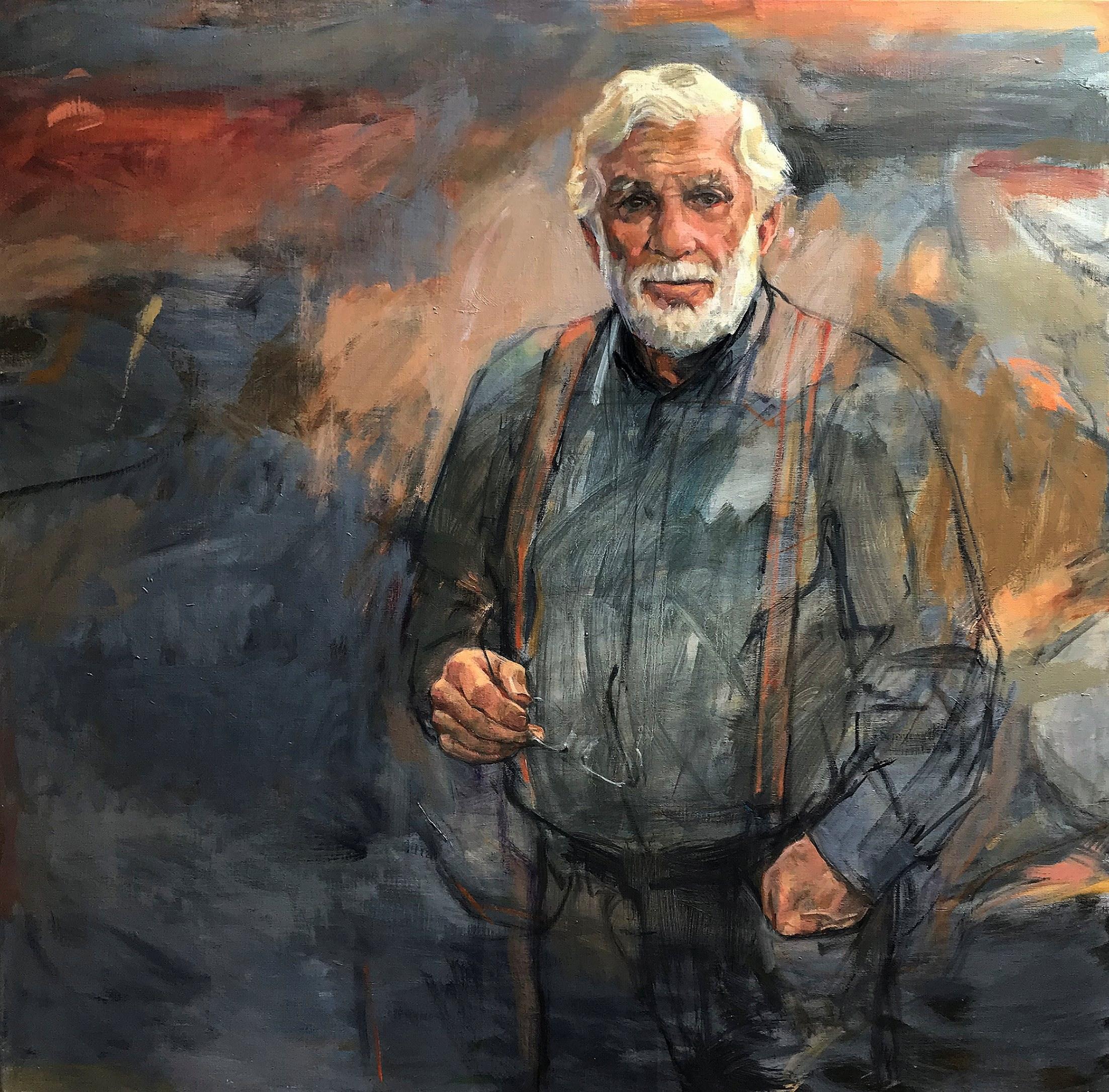


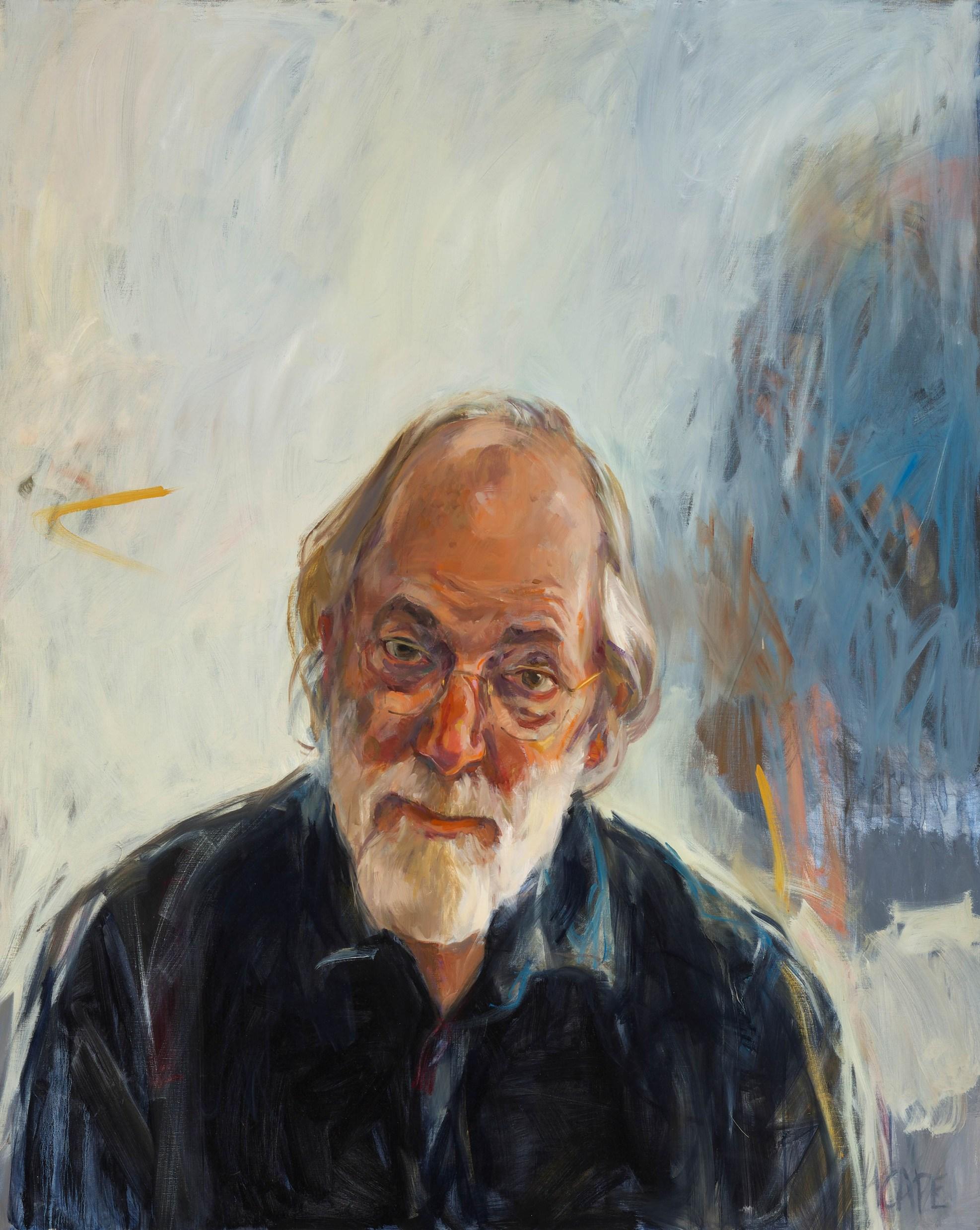
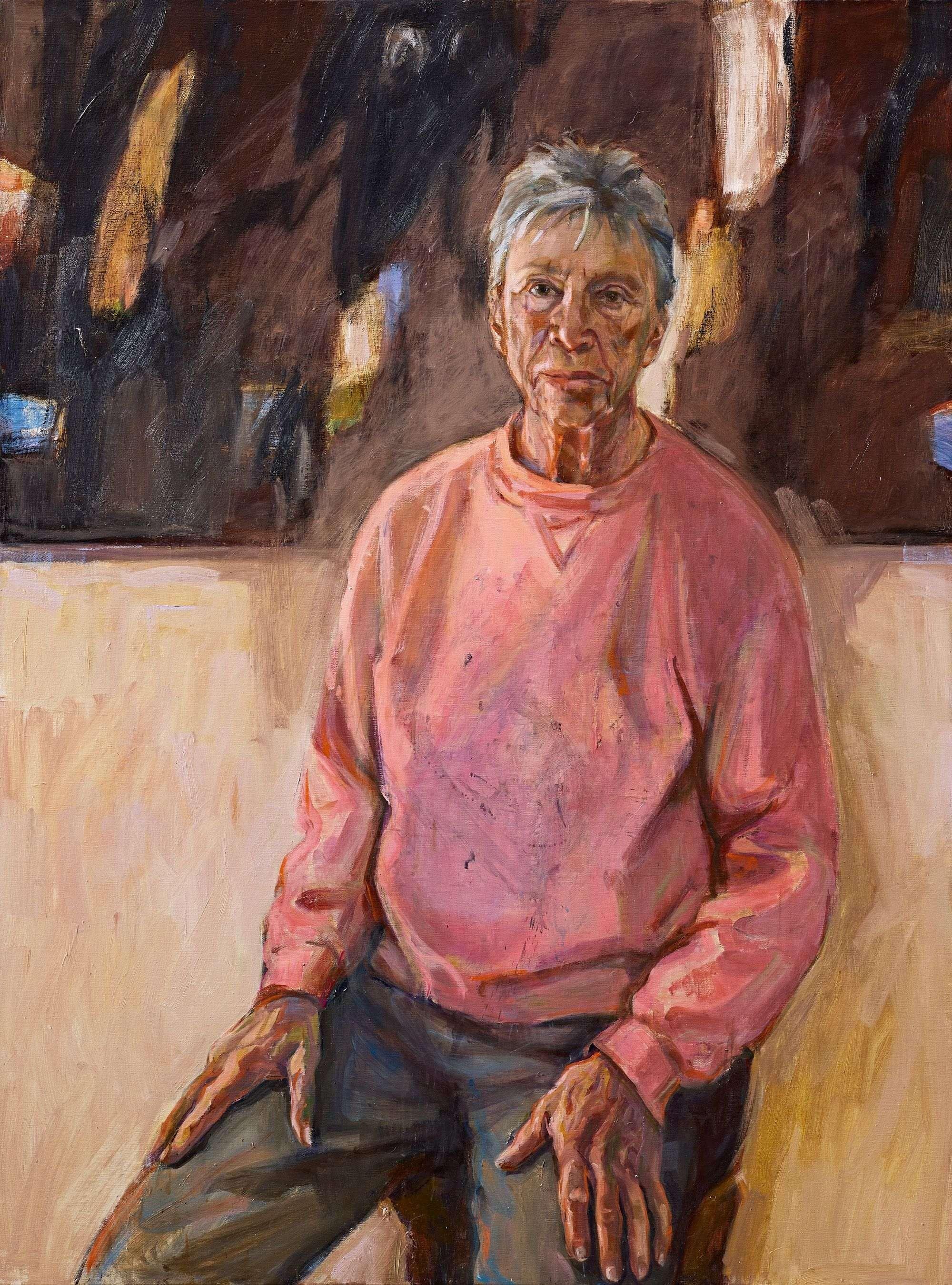

All Rights Reserved on article and photographs Ann Cape © 2025.
R A D E V A N S
his name was Percy, he was a tough bastardfailed Milligan 5 times and I'd just made my 2nd attempt when he penalised me for not noticing an 'ALL TRAFFIC' sign concealed behind a thick shrub.
I would reach the top of the driveway and a car would approach on my left.
'Prop' he said. So I put my foot down and the car flew out and swung to the right.
'I said PROP', he said with exasperation.
'I thought you meant 'prop', as in 'propel'.
'NO! NO! PROP MEANS STOP!'
'Well, why didn't you just say STOP?'
I sensed this growing fear that I would be a learner driver for the rest of my life, slapping on those magnetic L's eternally, my father giving me instructions verbally …
And there I was, driving 60 in a 100 zone, my father's impatience honking along with all the cars, buses, trucks continually driving past …
There was an aura around the guys who'd got through, they were in a different class nowI would still be walking or cycling along the waterfront and watch them driving around town with their matesmusic thumping out, at easecelebrating the good times with their girlfriends, enjoying their newfound sense of freedom … I'd failed my 2nd Milligan failed 5. Taking the test was not cheap on the wallet nor on my patience...
And then word got 'round that Percy was on annual leave, and the bookings went ballistic. We all booked within that fortnight. And when I did my 3rd test I received no demerit points.
- Brad Evans © 2025.
R A D E V A N S
Don't be afraid!
When I was a child, I feared them too! They seemed to take over their owners, they made people look wild, strange & scaryI avoided them whenever I could.
But on one teenage day, a stranger paid a visit, and I could see that that stranger was shy :reluctant to reveal its' full self.
Over time, I've discovered what it likes to eat: porridge & muesli, bran flakes & beer, and it simply adores yoghurts & honey.
But I said 'I won't be shy, if you won't be'. And before I knew it, it stepped out of the shadows. We made our introductions, and learned to respect each other's personal space.
We've grown close over the years and keep an eye out for each other. Its favourite season is winter & wraps me up all furry snug.
And I like to keep it that way, at least until the springtime or until my wife grows ashamed at me for looking so scruffy. And then, sadly, with a wave of my scissors, I take you to the back door and watch the breeze escort you down the passageway, like daddy saying goodbye to his baby bears…
I have no moral to give just a simply rhyming dittyif you snip it, you will miss it without that stranger upon your face, the world will feel a colder place.
- Brad Evans © 2025.

Artist Lyn Hammond lives and works in rural Pokolbin in the Hunter Valley NSW, where she has established the stunning, contemporary Watershed Art Gallery with her husband Ron.
Throughout her career of 50 years Lyn has always been a prolific artist, producing countless works in oil on canvas.
She paints with colours and textures that command her appreciation, passion and inspiration of the Australian landscape.
“My love of Contemporary Landscapes and abstracts seemed to lend itself to an effortless marriage with my experience in expressing emotion through colour. Combining this with the texture of more traditionally styled works, my latest collection was born. subject based on the elements EARTH, AIR, FIRE, WATER.” - Lyn Hammond.
Lyn has been represented in many galleries, her works are held both nationally and internationally in private and corporate collections.

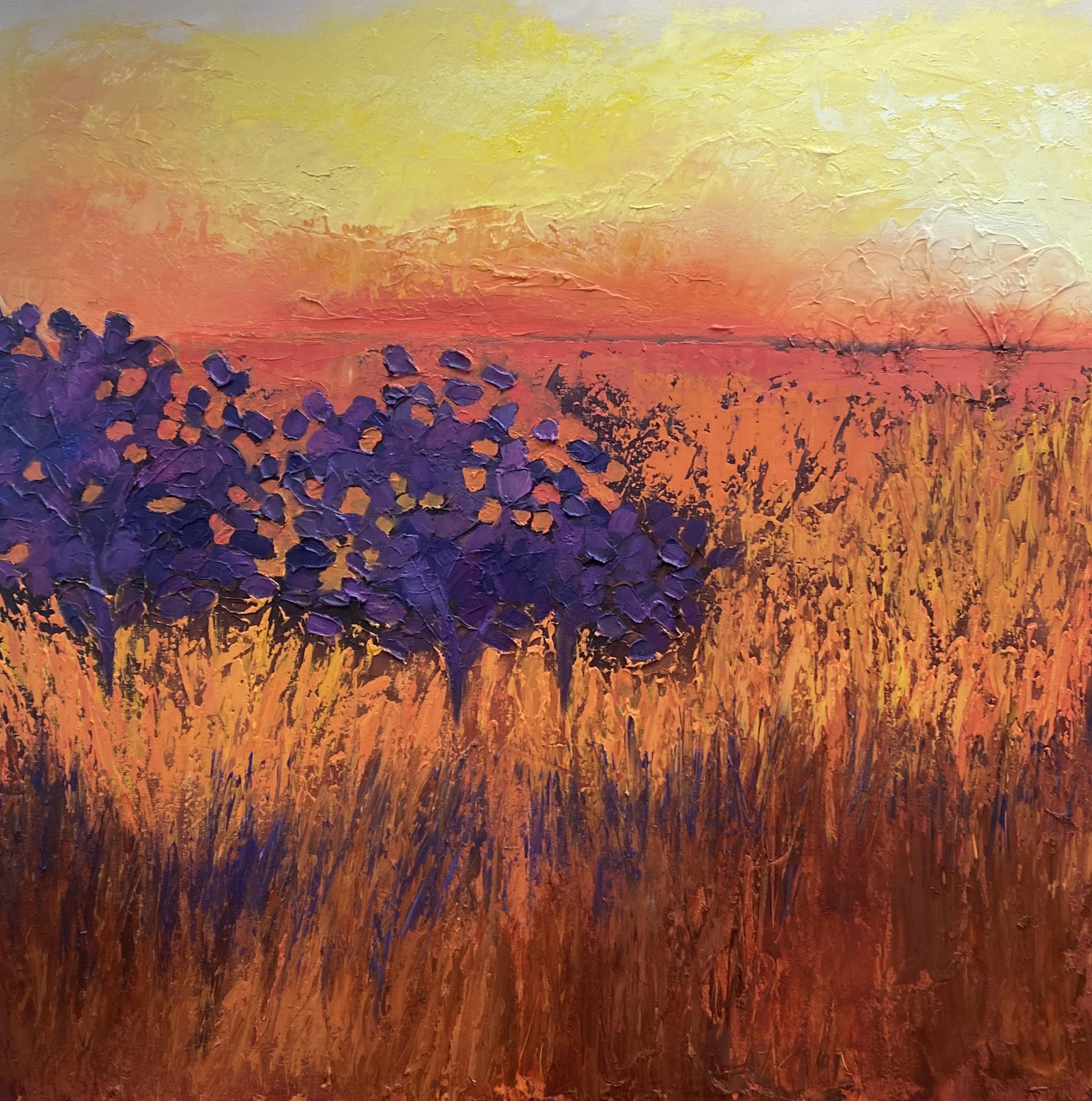
When did your artistic passion begin?
As a child I was raised by an incredibly creative and talented mother who encouraged me to express myself through creativity.
Have you always wanted to be an artist?
From the age of about 10 I realised I wanted to be an artist or designer.
Describe your work?
Contemporary Landscapes.
What is the philosophy behind your work?
To express my emotions & stored memories of my surroundings of the Australian landscape through colour, texture and subject matter that captures my heart.
Do you have a set method / routine of working?
After painting now for many year I have my own style that has grow over the years … I paint 5 days a week from 10.30 to 4pm in my studio on our property surrounded by bird life and the beauty of country life.
Why do you choose this material / medium to work with?
I love using Oil paint as I’m able to express myself the way I need with the qualities of oil and the colours they provide ,palette knife and all the thick and lush mediums that compliment oils that create my textures.
How important is drawing as an element to your artwork?
The ability to draw well is the basis of all my work ..without that I wouldn’t be able to create whatever I want to paint.
What inspires your work / creations?
Colours ,shapes ,visual beauty and my emotional responses to my surroundings.
What have been the major influences on your work?
To this day the disciplines that I was taught at Shillito Design School by 4 amazing creatives still have great influence on my creative visions and outcomes.
What are some of your favourite artworks and artists?
I love a large and diverse range of many Australian Artist’s work ..no particular one.
What are the challenges in becoming an exhibiting artist?
Maintaining high quality of my work while keeping up with demand.
Name your greatest achievement, exhibitions?
Lasting as an artist for 55yrs in a very competitive environment and having people investing in my work nationally and internationally.
Tell me about your Watershed Gallery at Pokolbin.
Watershed Gallery was our vision to create a space in the beautiful Hunter Valley vineyard region for the display and retail of contemporary art.
Working with a diverse group of career artists over a six year period we have built a striking balance of styles and a stunning space in which collectors and art lovers enjoy every week. I have had a lifetime career as a professional artist and was the co - owner of Artfocus Gallery in Sydney for thirteen years as well as being an art teacher and prolific maker of artworks. Ron, my husband and partner in Watershed Gallery had been a project manager in the signage and graphic design industry for thirty plus years specialising in delivering spaces and branding for premium brands.
What are you working on at present?
I am working on the concepts and metaphors that relate to the four element of EARTH - FIRE - AIR - WATER and at present I am working on the Earth Element and creating a series based on the colours, tones and textures that represent Summer in the Hunter Valley.
What do you hope viewers of your art works will feel and take with them?
I hope to create an emotional response and for the viewer to take away feelings of joy and being uplifted.
Your future aspirations with your art?
To continue creating and exploring new concepts and expanding my creative skills and ability to communicate visually through my art.
Forthcoming exhibitions?
Continuous exhibition space at Watershed Gallery.

A L L E R Y
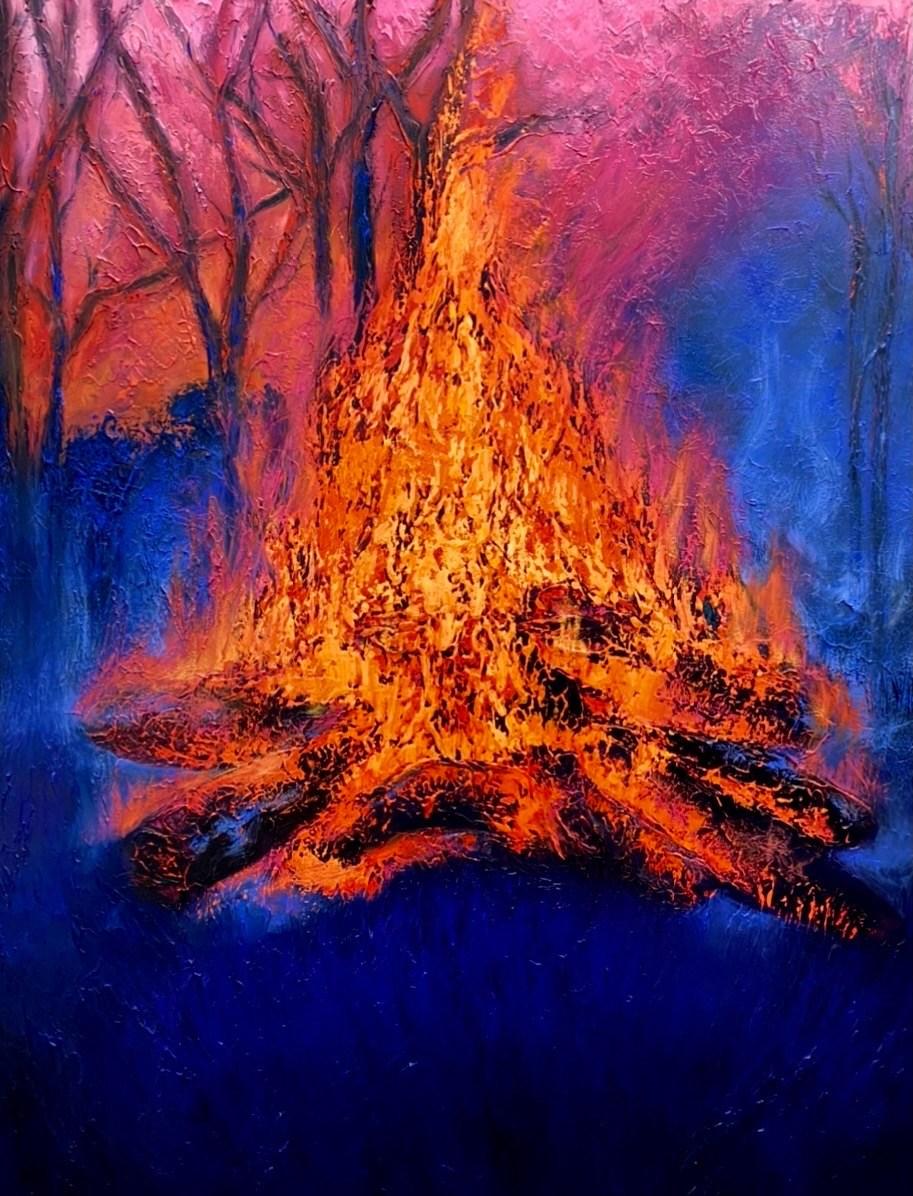
L Y N H A M M O N D
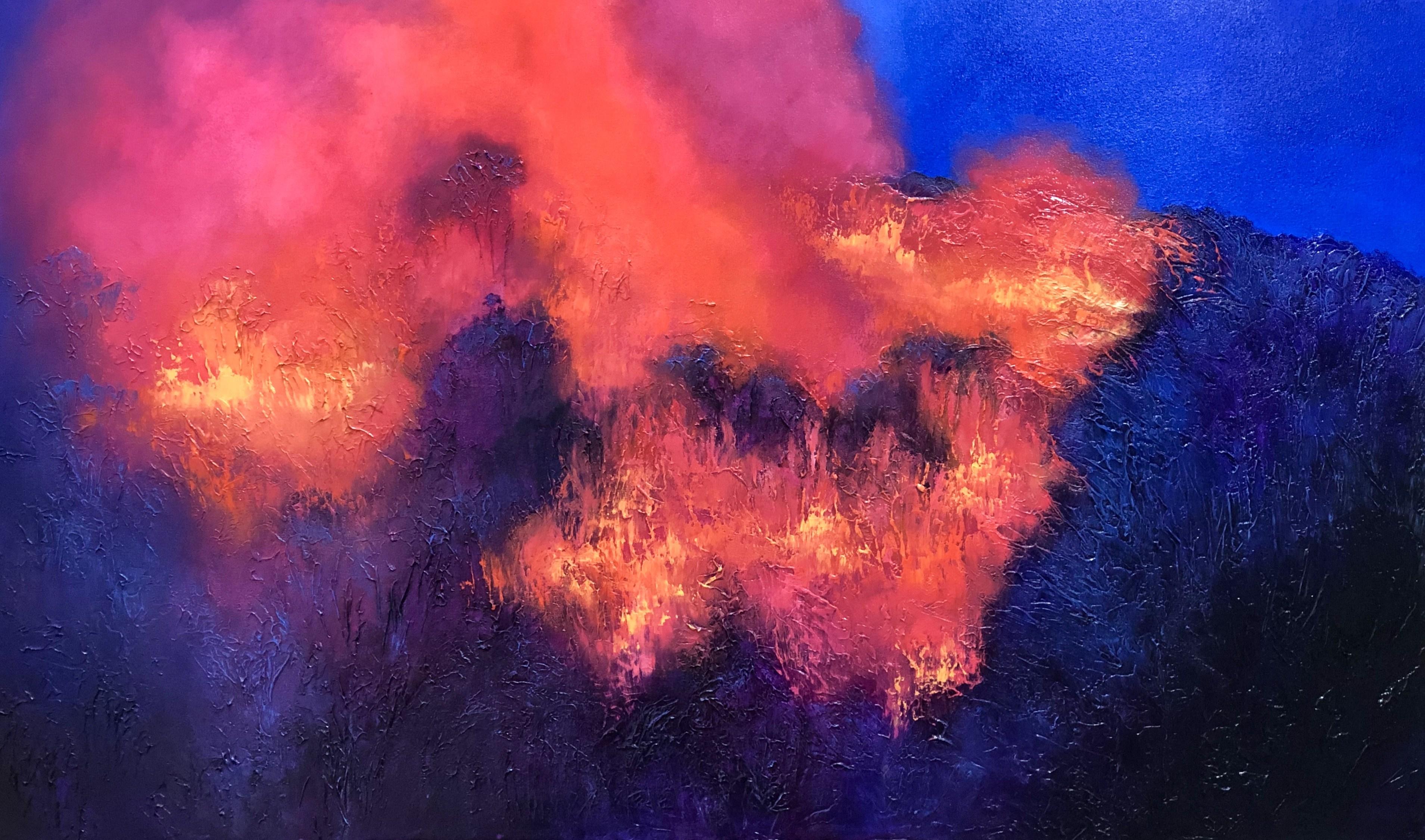
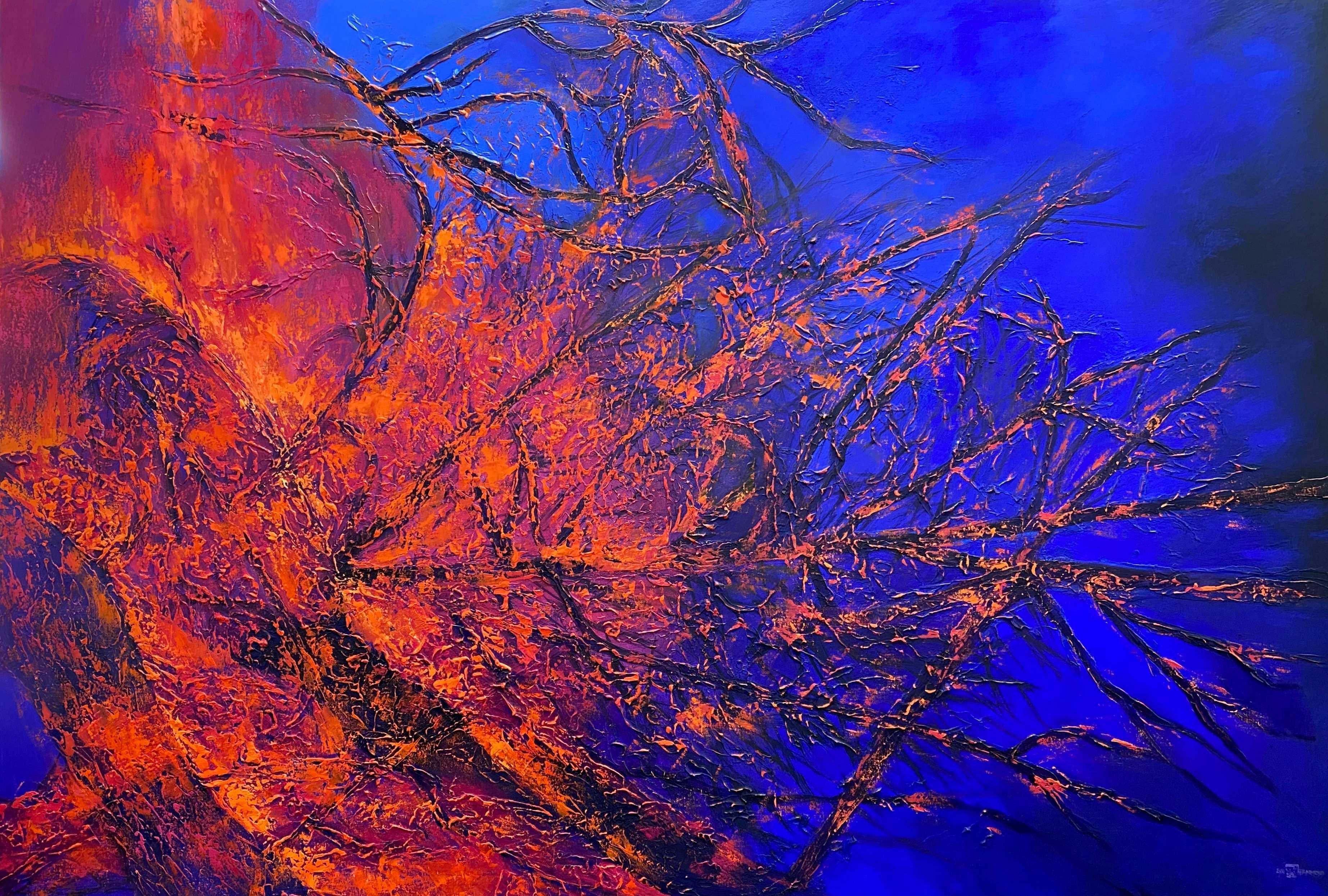
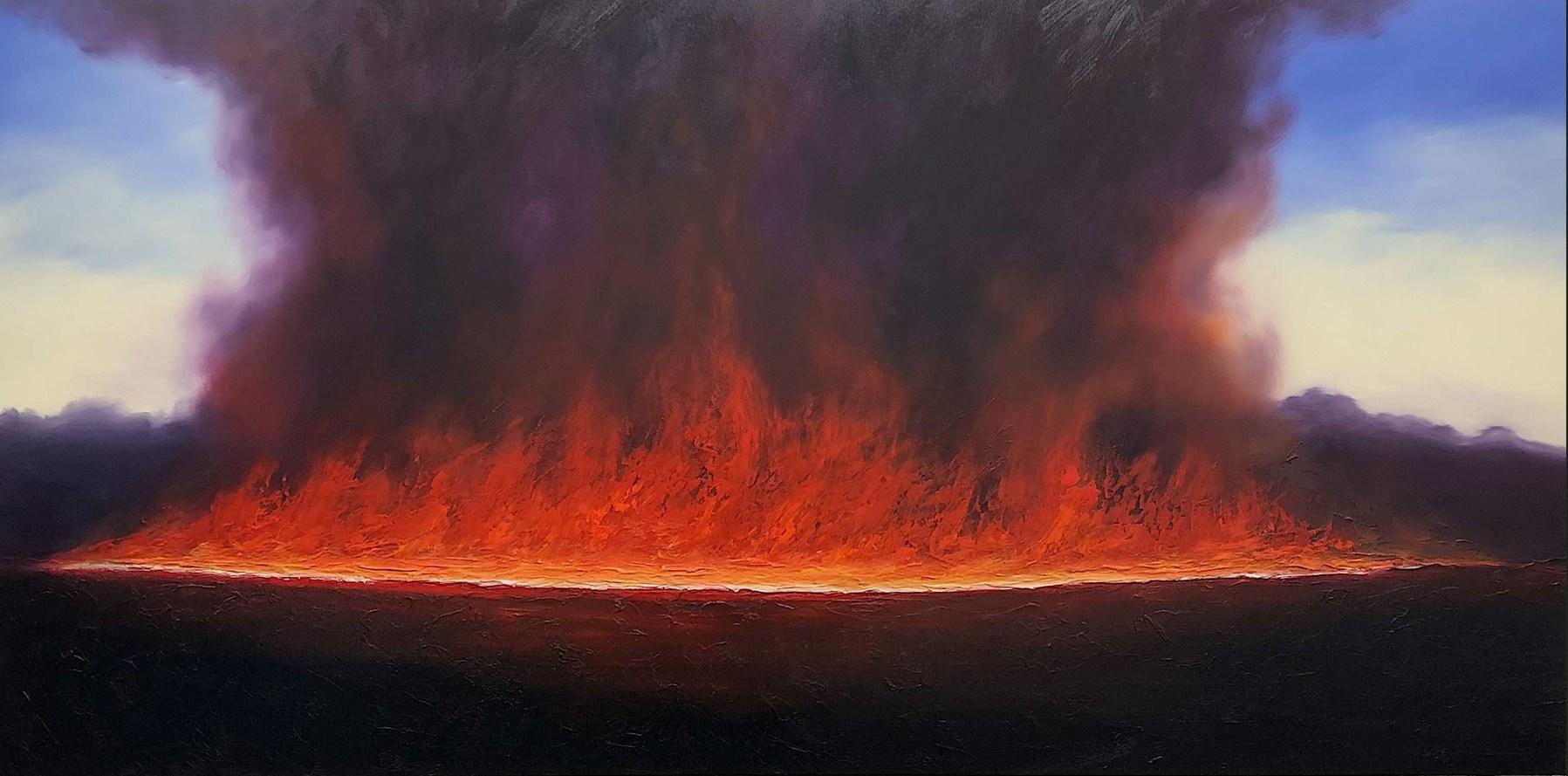
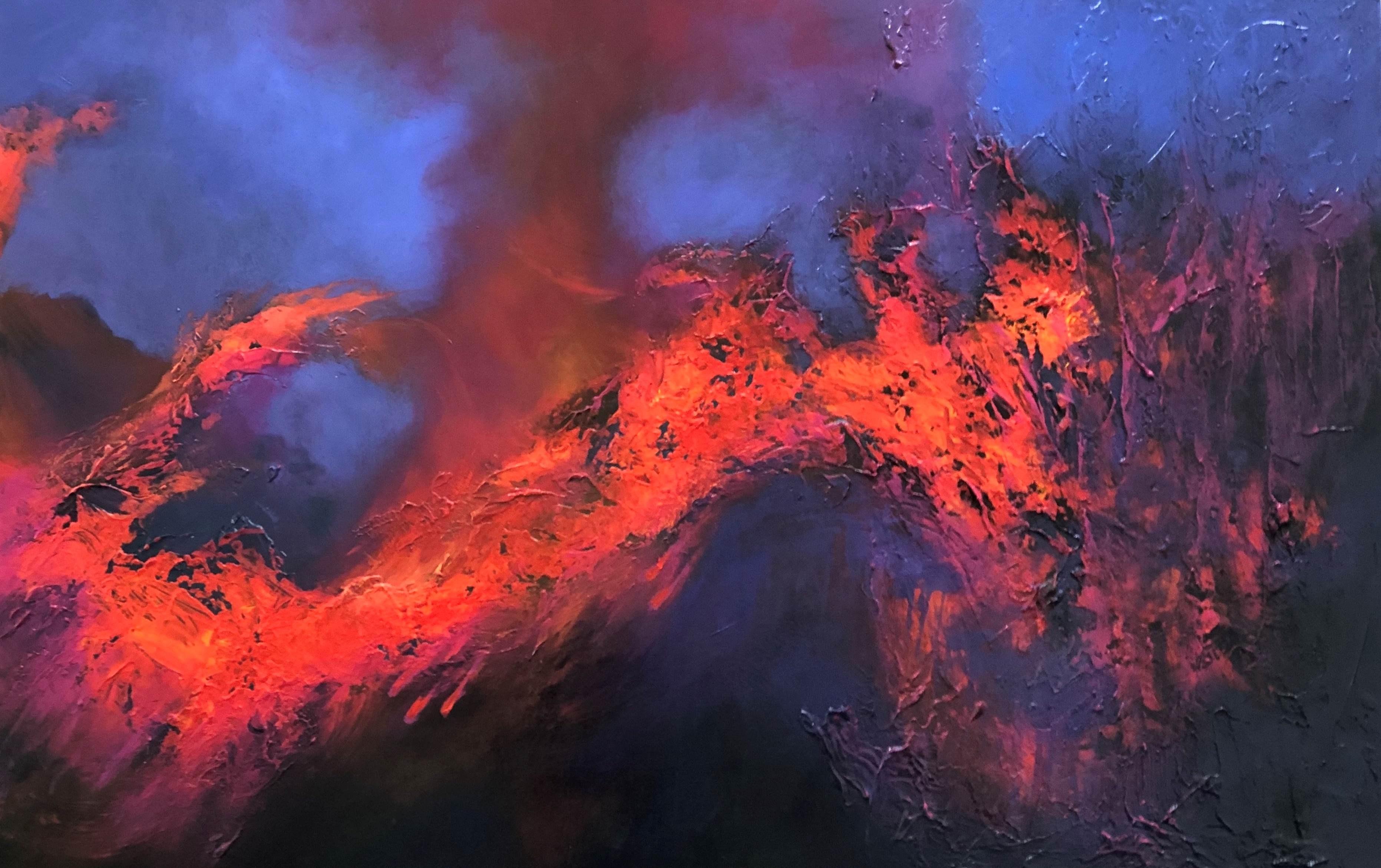
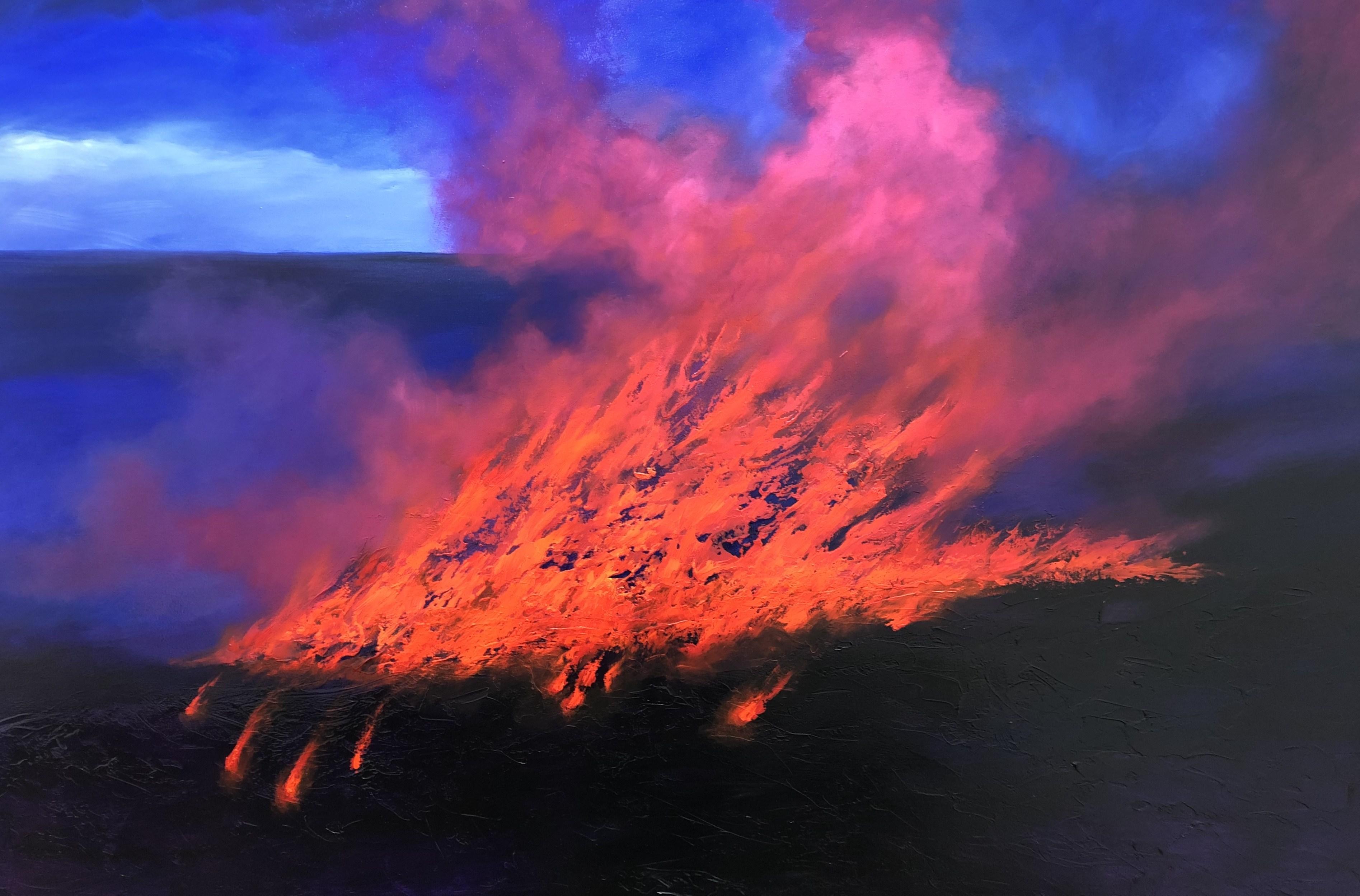
L Y N H A M M O N D

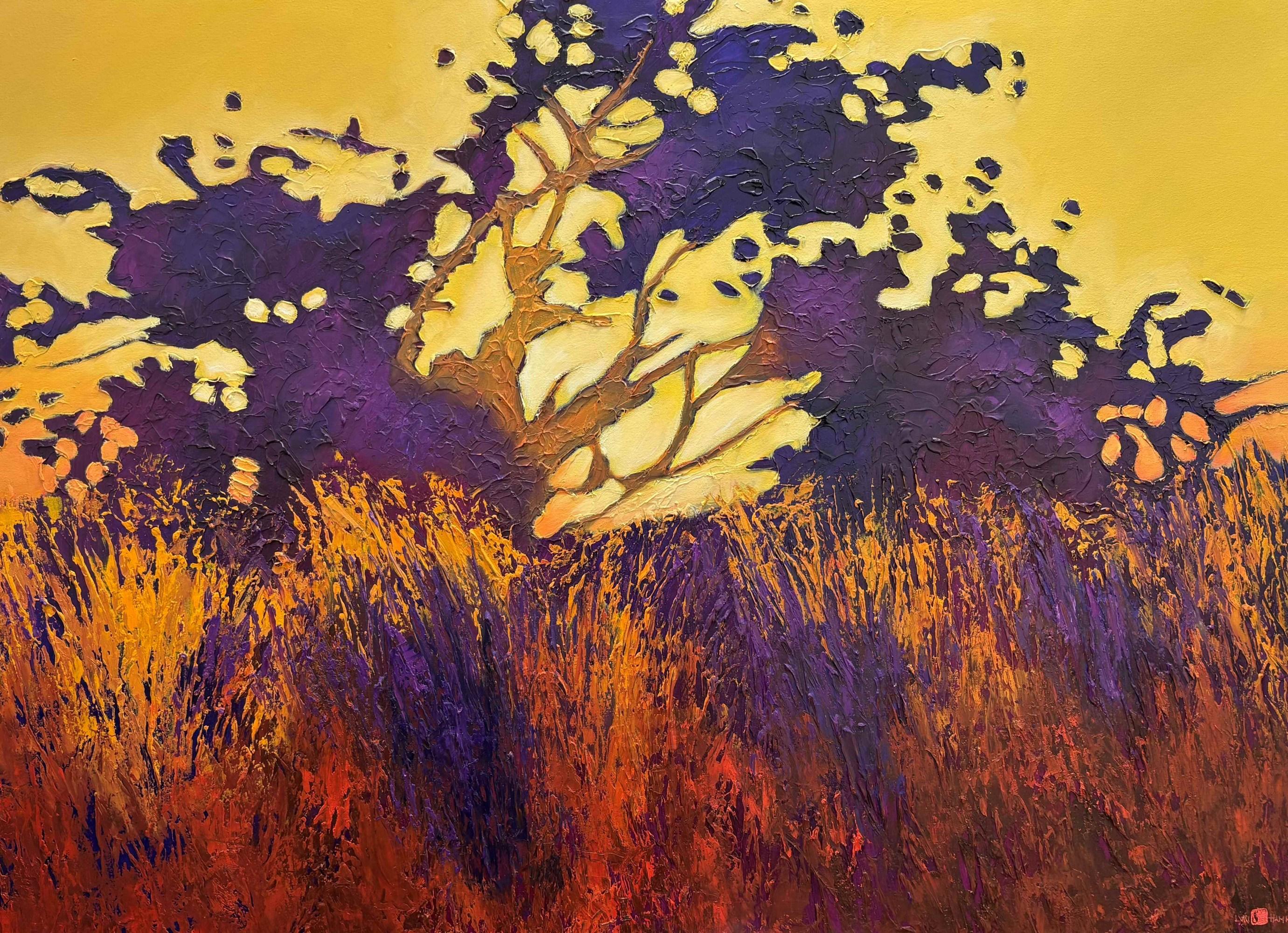
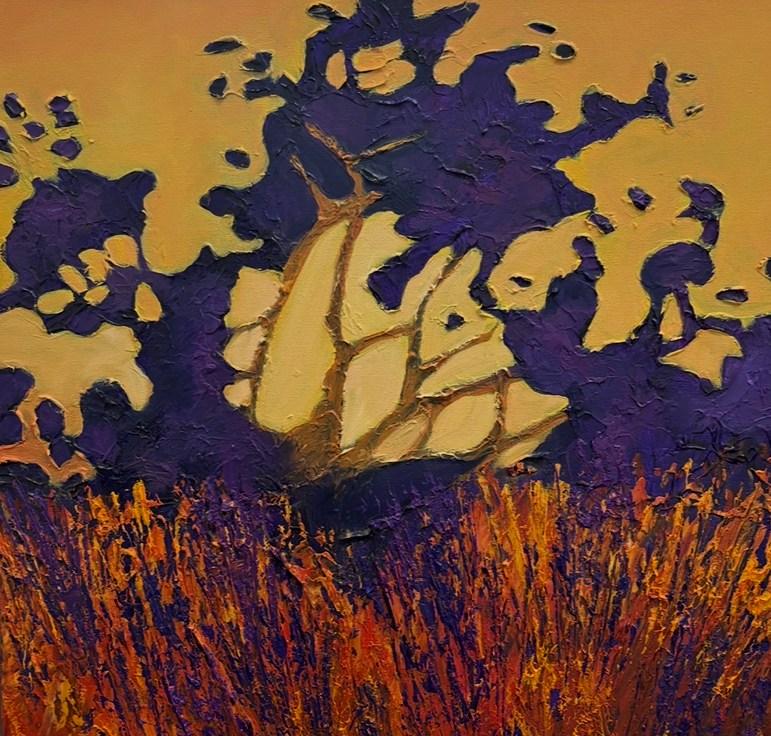
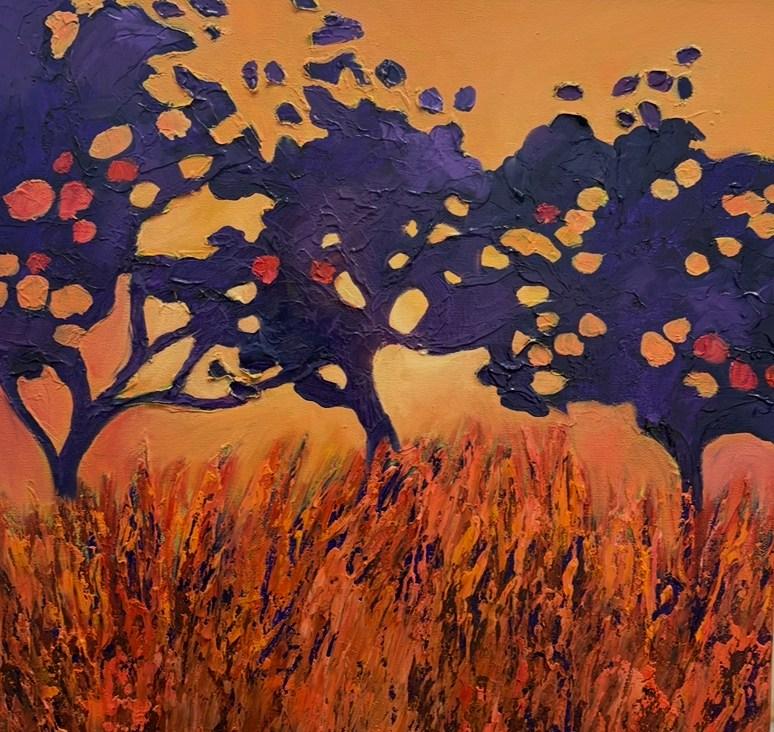


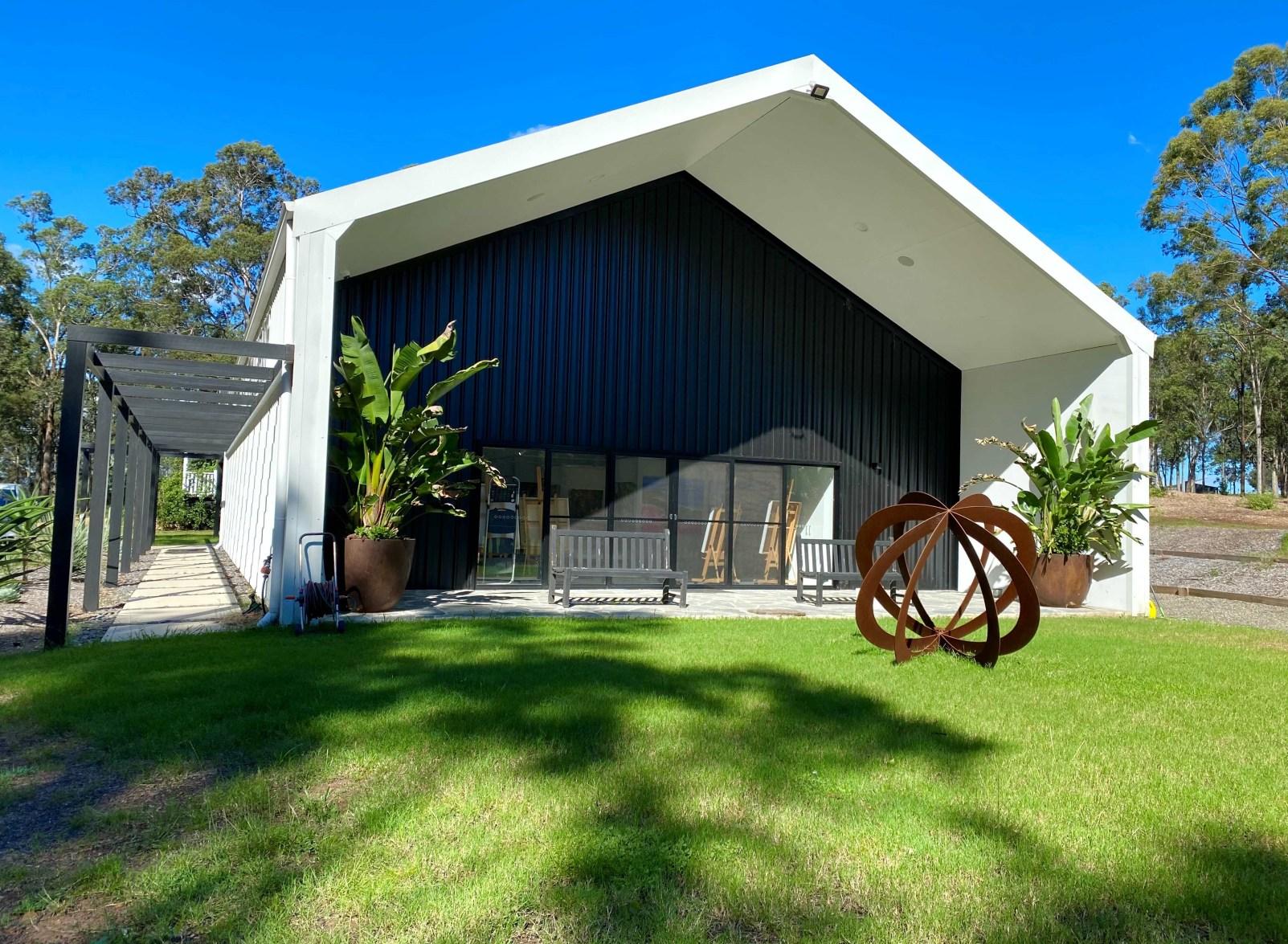
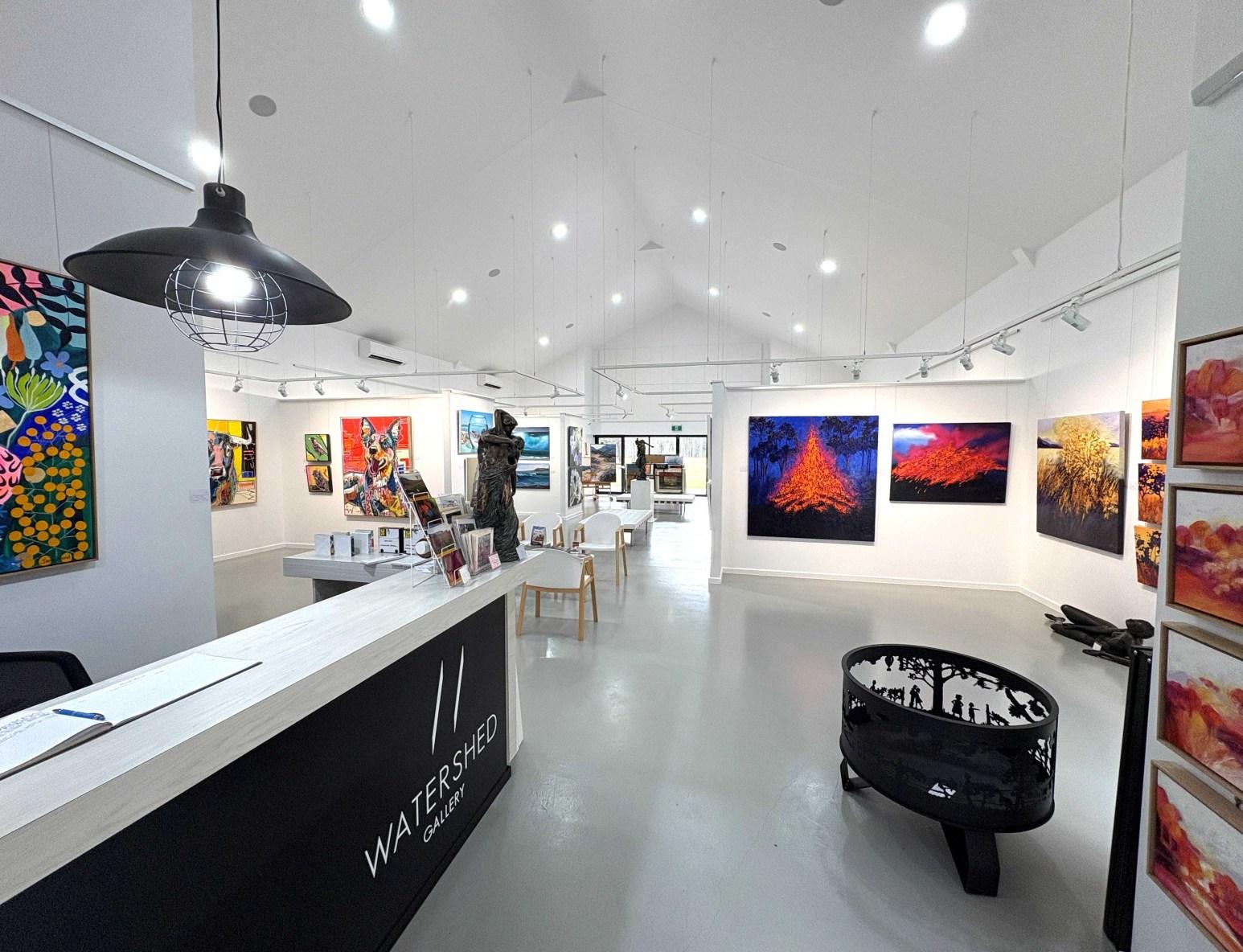


Zielinski
Vene, vide,
Come and see a spectacle, an architect in a cage.
The water laps, the sun goes gold, my daughter drags me to him; vene, vide; down the dirt hill, on her trike to the waterside, where the tide laps, to the old man who raps about history.
I knew a woman once, a hundred years old, skin brown like almonds, withered like Tithonus (you cannot be that age and live much longer).
“I have been a slave”, she said, speaking of her working life as the train rocked and she rode somewhere, into her youth, homeless (press on the metal tracks, endlessly shaking).
My old grandmother had such skin, had such a look on those afternoons when she fed me tea and sympathy –a subtle sympathy, symphony of anecdotes, stories about my father.
Down at the end of our village there lives a man in a cage, by the edge of the water, behind barbed wire, an old man in a cage, Pole who’s seen Dachau and Auschwitz, architect, aristocrat, émigré, meatworker,
pilot, prisoner of Hitler, British Army Officer, New Australian; young man, lover, old man, distant, maybe bitter, sometimes boozed, disappointed, caged; artist and architect, aristocrat, old man in a cage; high walls of barbed wire around him – no kidding! –and the tide lapping; man on his way to Death’s Dream-kingdom; his boat repaired, like a sketch of Tennyson’s, planning a trip to Sydney, to a party in a nursing home.
My great-grandmother died recently, aged one hundred. I, the illegitimate son, never knew her, never met her; it is a weird thing not to grieve for someone so close, someone so tender, so totally unfamiliar, a stranger.
Old Kas the architect will be seeing his girlfriend; at the party there’ll be beer for all; a bottle of beer for all the neighbours, and he’ll be bringing his girlfriend home (Scottish lady, intelligent, raised cattle).
Over in Poland there’s a woman he loved, and now he wants her; dreams well in him, saturating the inner man, but he’s afraid of the new regime, and the time passes, passes, until it is utterly gone.
- Peter J Brown © 2025.
Light and innocent as light across the years comes Freud noting his famous daughter Anna, aged nineteen months, with a stomach upset, as Neri had on Thursday night, saying in her sleep excitedly “Anna Fweud, stwawberries, wild stwawberries, omblet, pudden”;
here we have Ibsen and Bergman at a sweep along with all that is eternal in literature: Homer, Sophocles, Shakespeare, Goethe; Hamlet and Macbeth, loss of a parent and a child;
And innocence, radiant and delightful innocence.
Here in this last week of Winter, I record how lately our daughter lately goes down to the vege garden to pick strawberries, still white and unripe. She approaches, she picks. My heart leaps as old Ziggy’s must have.
May she be famous, O Lord!
Maybe more famous than her dad!
O muse! Let me tell of her!
I rock her to sleep listening to Linda Ronstadt, saying “we’ve done this as thousand times!” and we have! “I read a German poem about a girl who had apples in her garden.”
And she sleeps, older each day, lips like cherries, face Italian.
Lately I think a lot of what I’d leave my children if I died young, of what I will leave when I die: some books, some houses, some money; Freud and some rings; recollections of these days; this poem.
- Peter J Brown © 2025.
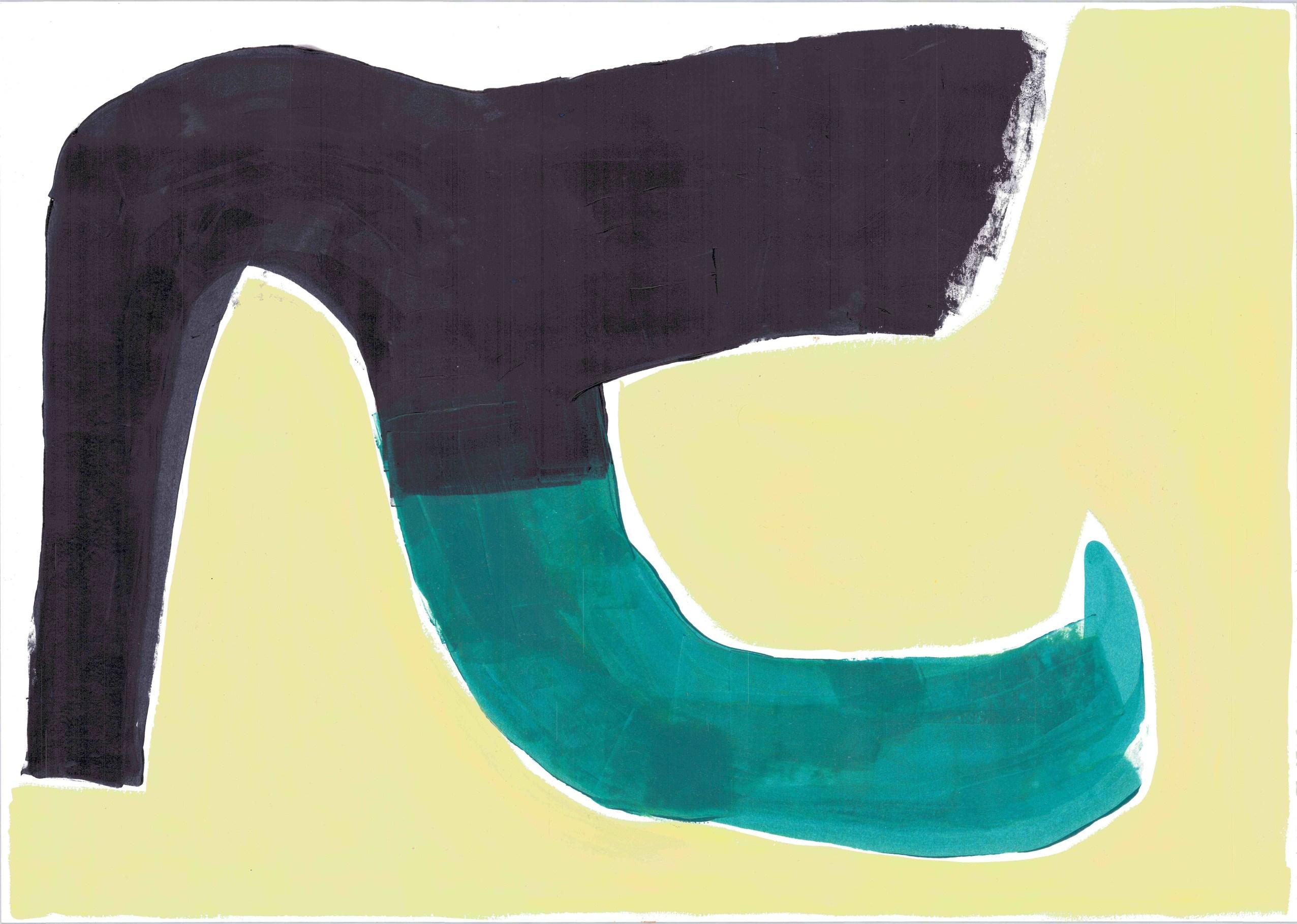
Melbourne based abstract artist Natalie Wijeyeratne uses a process of direct self- expression that requires a playful attitude, mindful attentiveness and discernment of inner direction. Through experimentation and consistent studio time, themes and patterns emerge, pushing her in a new direction, or pulling her into comfortable familiarity.
With the support of council and artist-led projects, Natalie has exhibited in various creative spaces across Melbourne and regional Victoria. She is an active member of local networks, including the Aerie Creative Ecology at Burrinja and the Maroondah Arts Collective.
Natalie has exhibited at several art spaces including solo shows at The Memo (Healesville) and Wyreena Community Arts Centre (Croydon). She has contributed to group exhibitions at Hayshed space at The Old Cheese Factory, Melbourne Fringe (Arise 3) and The annual Artists for Kids’ Auction in 2024 as well as Knox Immerse in 2021.
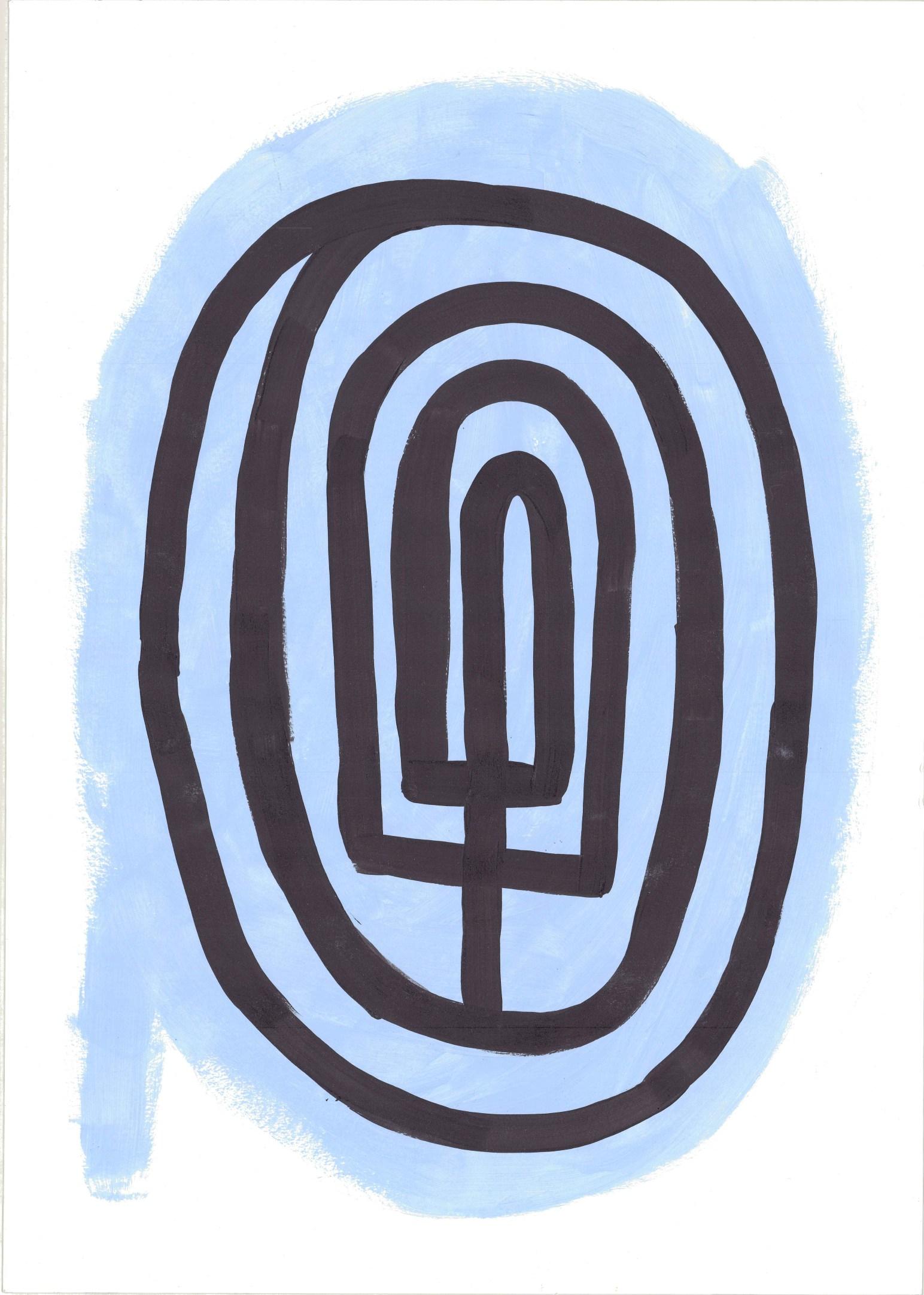
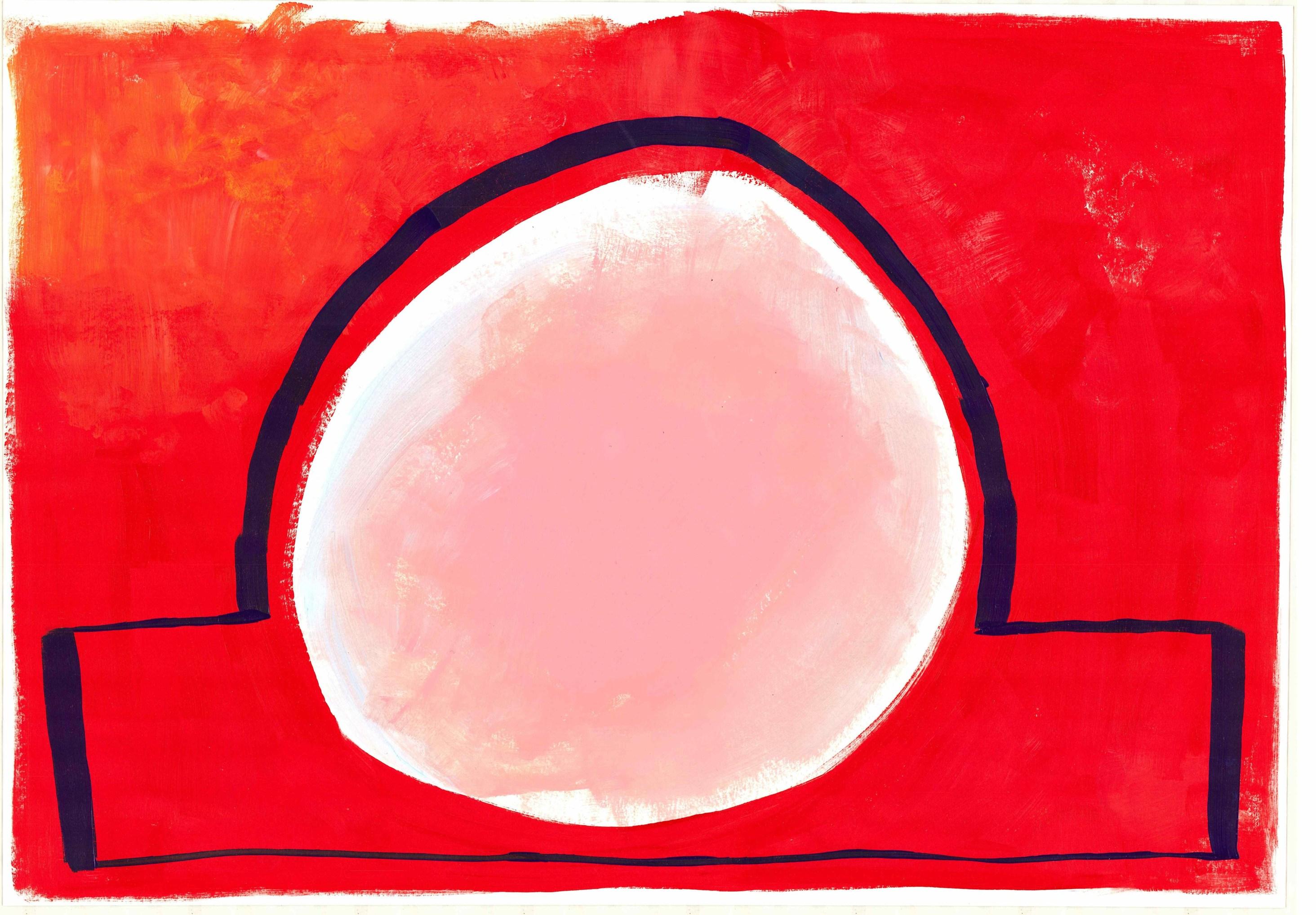
What attracted you to the world of Art?
Making always felt very natural for me, from a young age I was very much into craft and hands on projects. I also loved to write stories and had a humerous and imaginative approach to school work. Making things look visually pleasing to me was more important than the content.
Have you always wanted to be an artist?
I always wanted to work in creative fields, I applied for industrial design, graphic design and Tafe courses as a pathway to these but didn’t get in. I was extremely disheartened by this and went into multimedia so worked in creative industry for about 3 years then studied teaching as I wanted to work with kids. I didn’t start prioritising my own art making/ career/ projects until about 4-5 years ago.
Describe your work-
My work is usually abstract acrylic paintings (works on paper), and I paint intuitively with little to no reference material. So I am creating from a pure place of pleasing myself which feels indulgent, scary, fun and freeing at the same time. Often bold, bright colourful and full of interesting shapes and textures. Some pieces are more subtle and cohesive. Small to medium size as well as oversized pieces (1.5 m X 1.5 M) I am also in the process of reimagining vessels which involves painting or decoupaging vases. People have described my art as modern, contemporary. What is the philosophy behind your work?
To be curious and experiment and that the art is actually in the making itself. My philosophy is to use art as a tool to figure out or transform my own state or teach myself something about something or someone. It is a playful and mindful approach of reorienting and responding to myself in real-time. Meanings often emerge as I create the work or soon after, in this sense I would say that my art is also my spiritual practice or the way that I can connect / reconnect with myself.

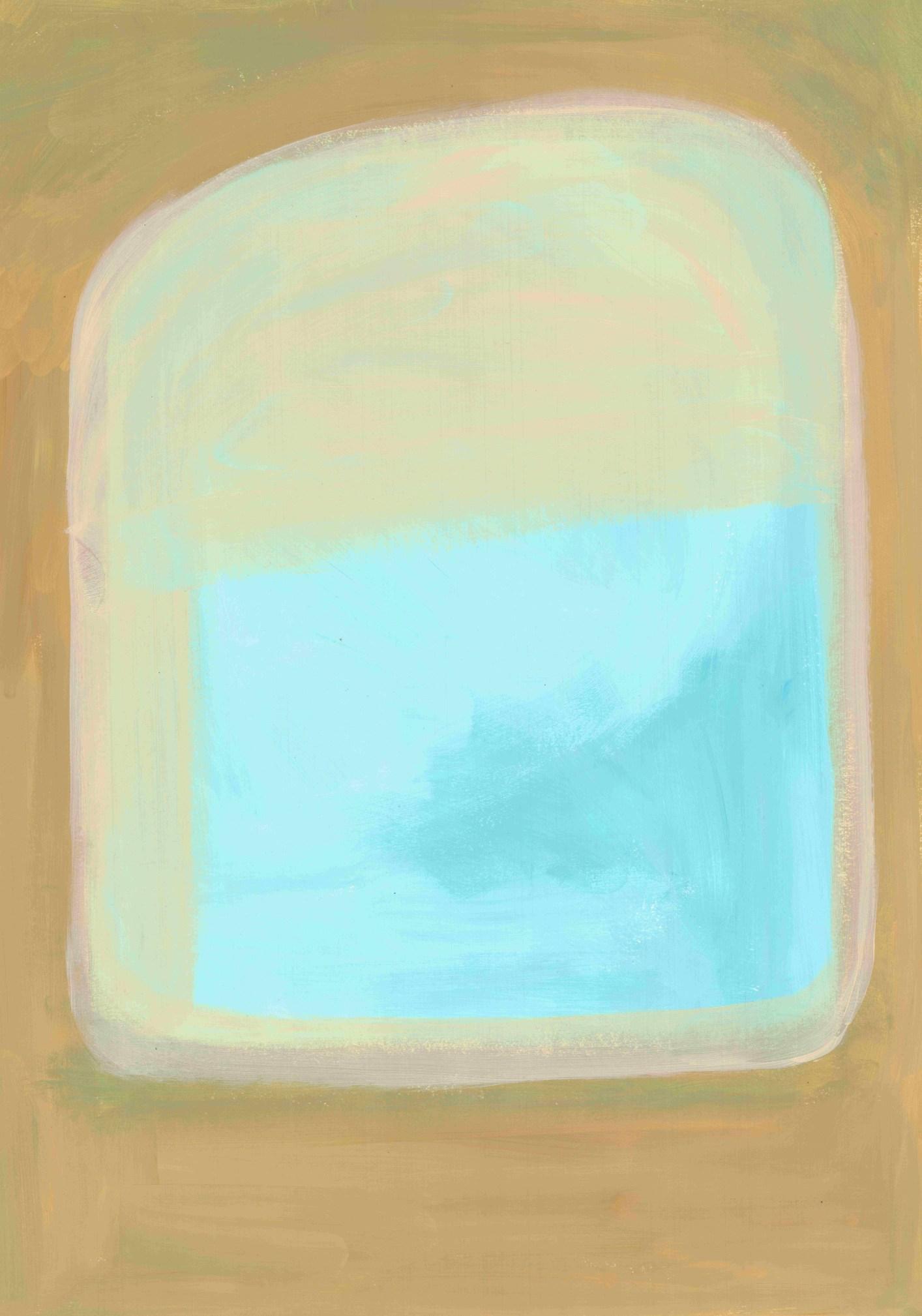
Do you have a set method / routine of working?
Just Begin, no sketchbook.
Why do you choose this material / medium to work with?
As my work is purely experimental and non-representational, the paper is easy to transport to and from studio spaces, financially achievable and easy to store. So this is perhaps a practical choice as well as a sensory one, I have never enjoyed painting on canvas (stretched or unstretched). There is something about the smoothness of the paper and also the permission to recycle/ dispose / store these in an uncomplicated way. I also believe that the inbuilt finiteness of the paper is a deliberate choice of mine – I cannot paint over something again and again, so there is a sense of urgency or decision making that gives my artwork a direct rawness / natural completion that arises in 1-2 sittings. It feels as if the message I want to convey comes out clearly in this sense.
How important is drawing as an element to your artwork?
Not very- I am mark making or playing with lines and shapes in a more general sense. What inspires your work / creations?
I feel inspired by life around me and I read a lot of books and listen to comedy and interview podcasts. I love flicking through art books with big photos, going to art events or meeting up with friends. So these things are my inputs and I am just absorbing / taking in everything from my life and when I paint what comes out is a culmination of this. As generally I am not trying to make something it is more that I am needing to create for my own expression and then sometimes this leads to a cohesive body of work. What are the challenges in becoming an exhibiting artist?
The price of oversized glass frames! Exhibitions with upfront costs. Finding the right place for my art to be appreciated and understood, celebrated.

Name your greatest achievement, exhibitions?
I have done solo exhibitions at The Memo in Healesville (Emanation) and a fabric installation at Cardinia Cultural Centre as well as group shows at the Hayshed Art Space in Berwick and Abbotsford Convent. One proud moment was entering an open exhibition (The Art of Nature, Frankston Arts Centre) to discover most of the selected artists were form the local area and that only 20-30% of us were outside of that postcode.
What are you working on at present?
I am currently preparing a vessel for a group show at Unassigned Gallery in May and am refining my vision for a fabric installation at Bunjil Place Library Art space in June. I am also painting works for a large solo exhibition at Emerald Hills Hub, opening in August.
What do you hope viewers of your art works will feel and take with them?
The pure and simple nature of my work or uplifted by the bright pieces. A feeling of peace or provocation, activation. Something delicious for their eyes!
Your future aspirations with your art?
I aim to stay on long term at Aerie studios at Burrinja Cultural Centre and will be applying for their Open Studios program for 2026. I would like to show my works at interstate and international exhibitions in the future and be involved in collaborative partnerships including licensing and large-scale projects as well as community ones. But most importantly to keep on freely creating Just For Fun.
- Natalie Wijeyeratne © 2025.
G A L L E R Y N A T A L I E W I J E Y E R A T N E


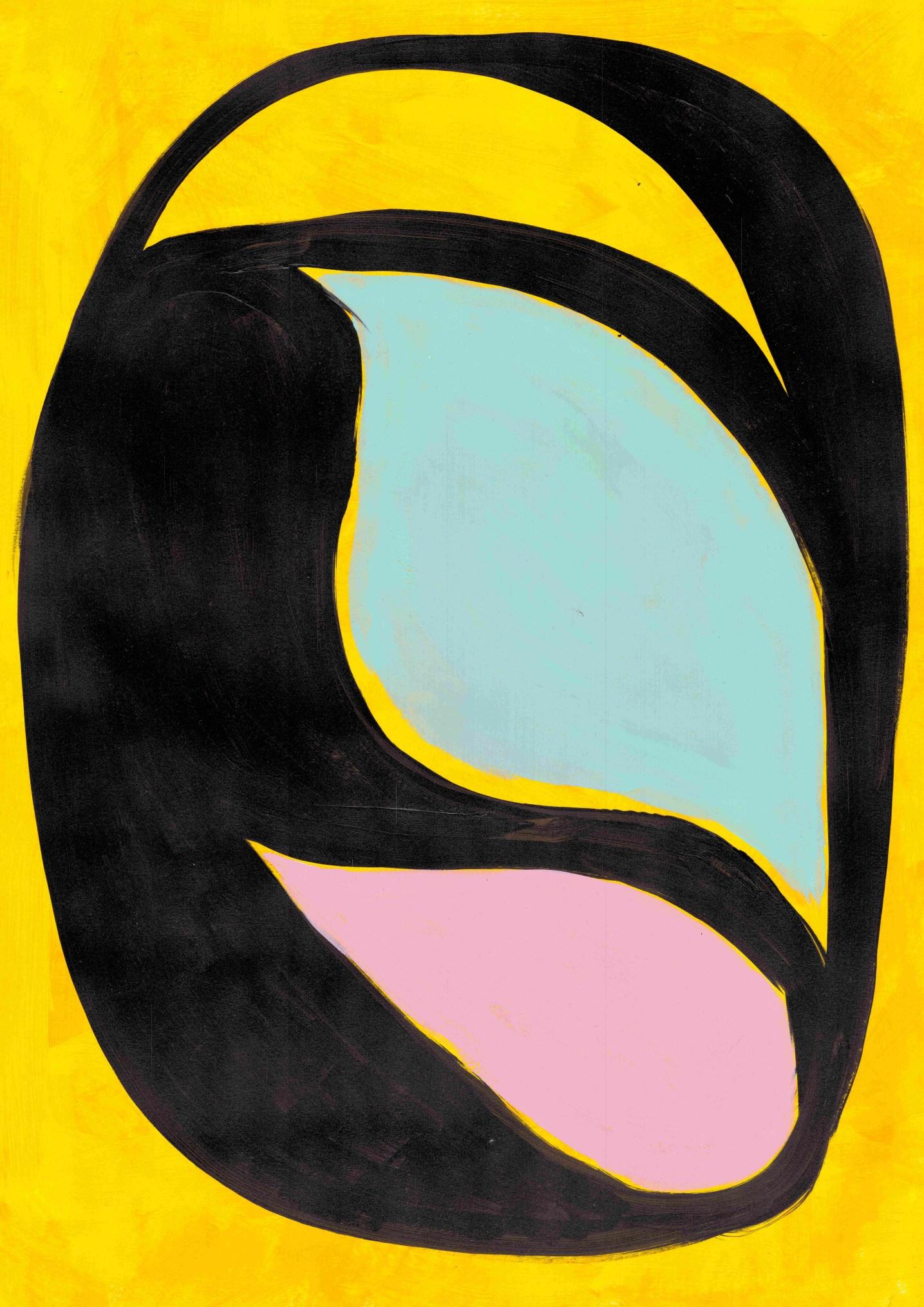

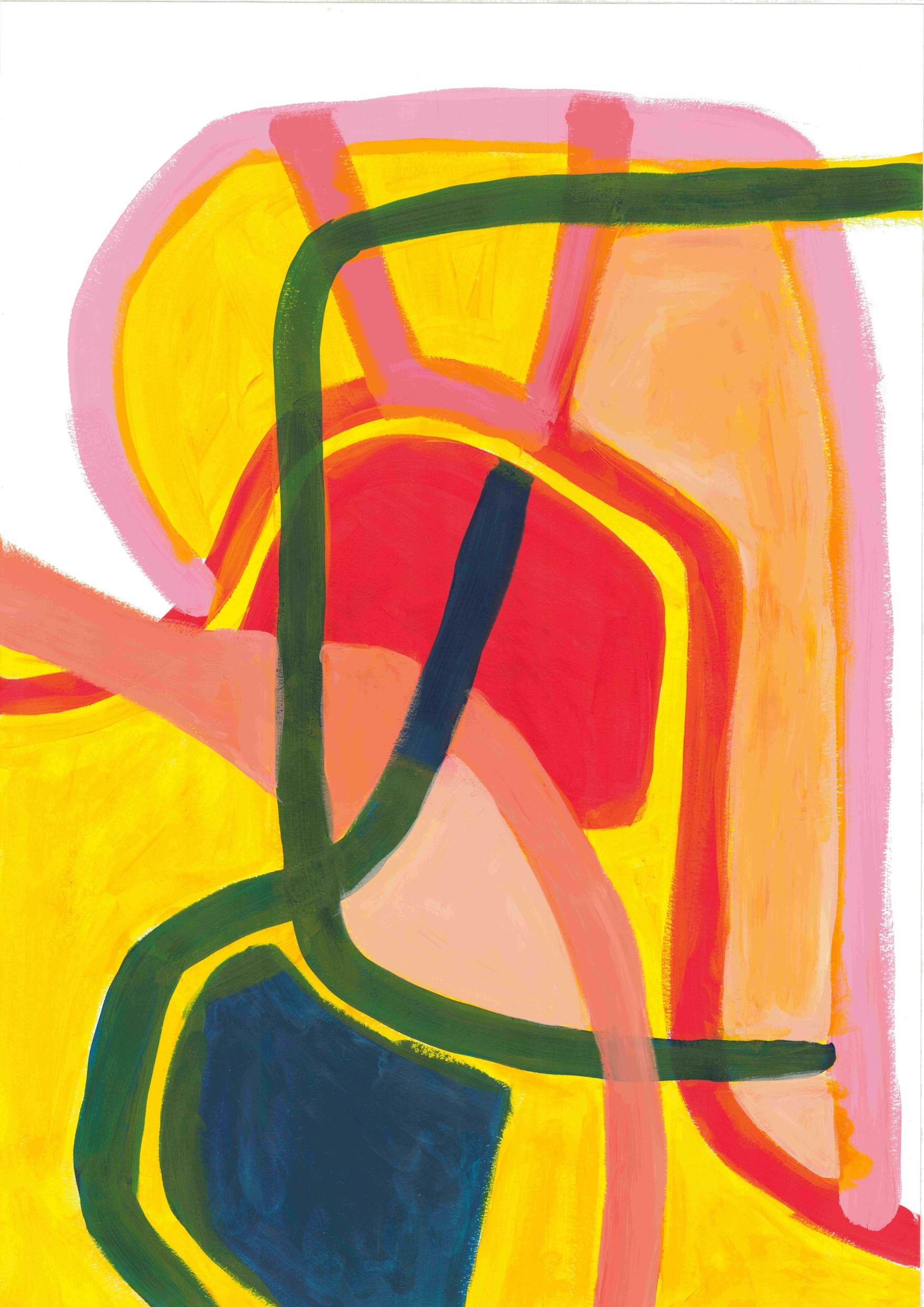
Here There and Everywhere
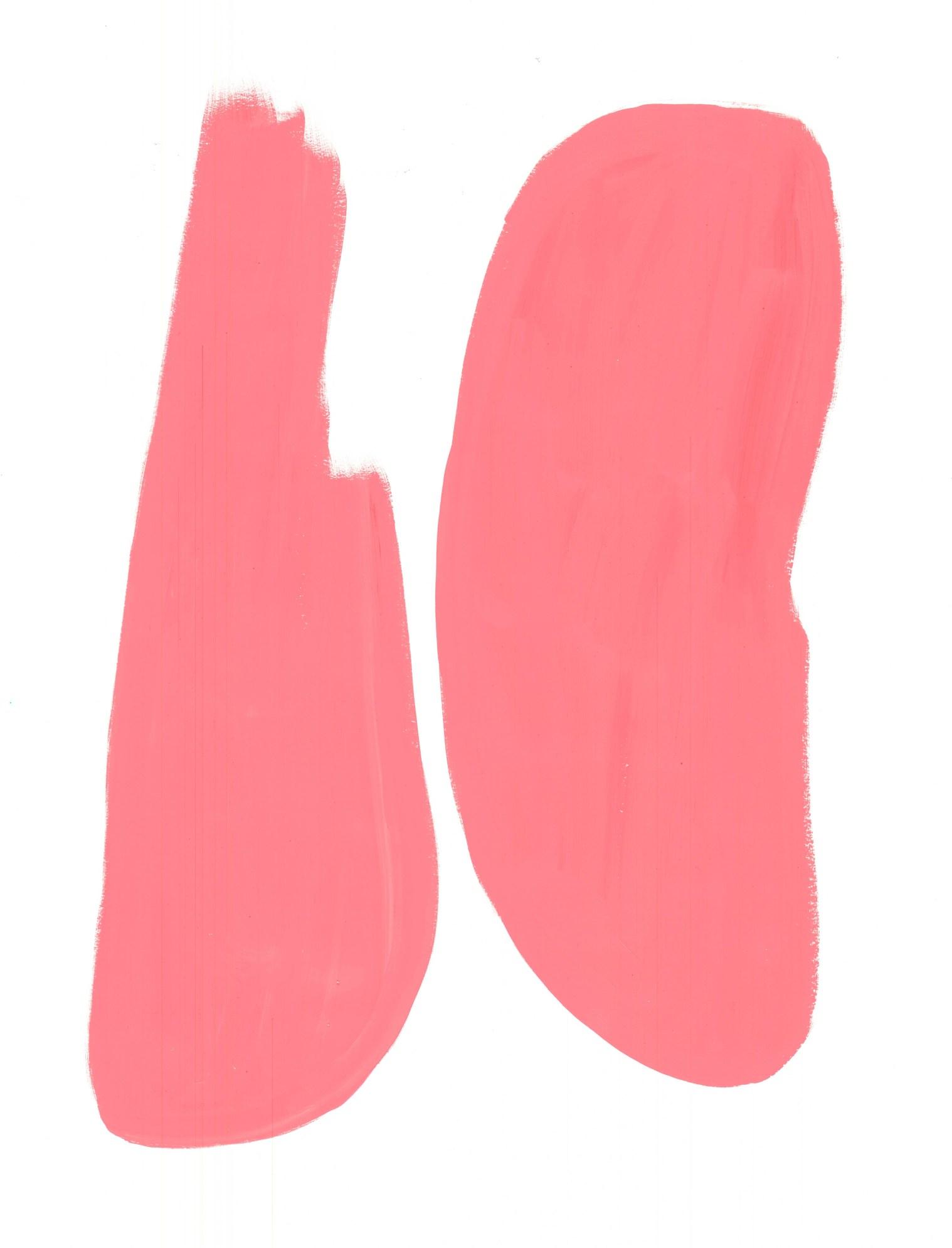
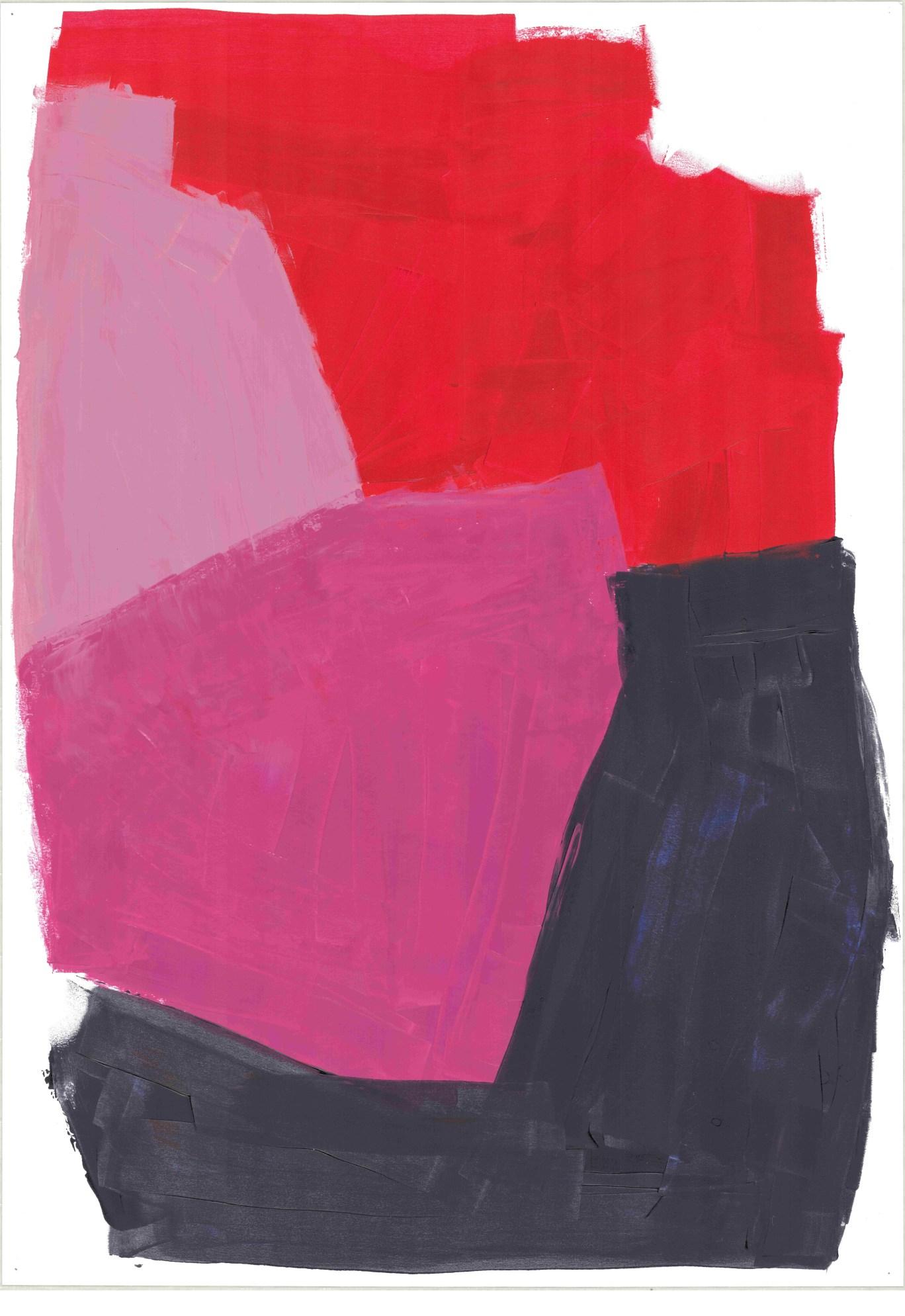


N A T A L I E W I J E Y E R A T N E
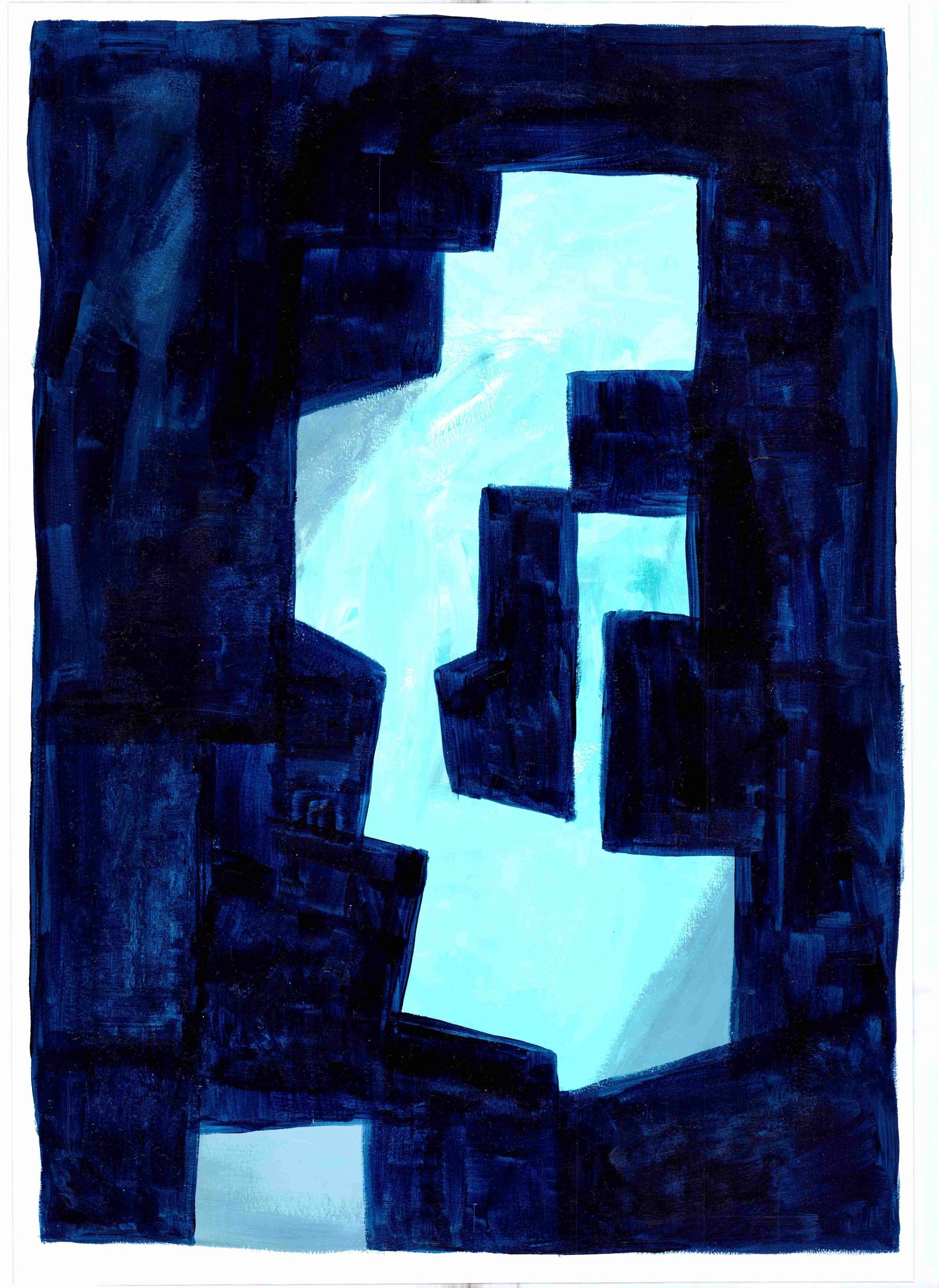
Perceptual Consistency

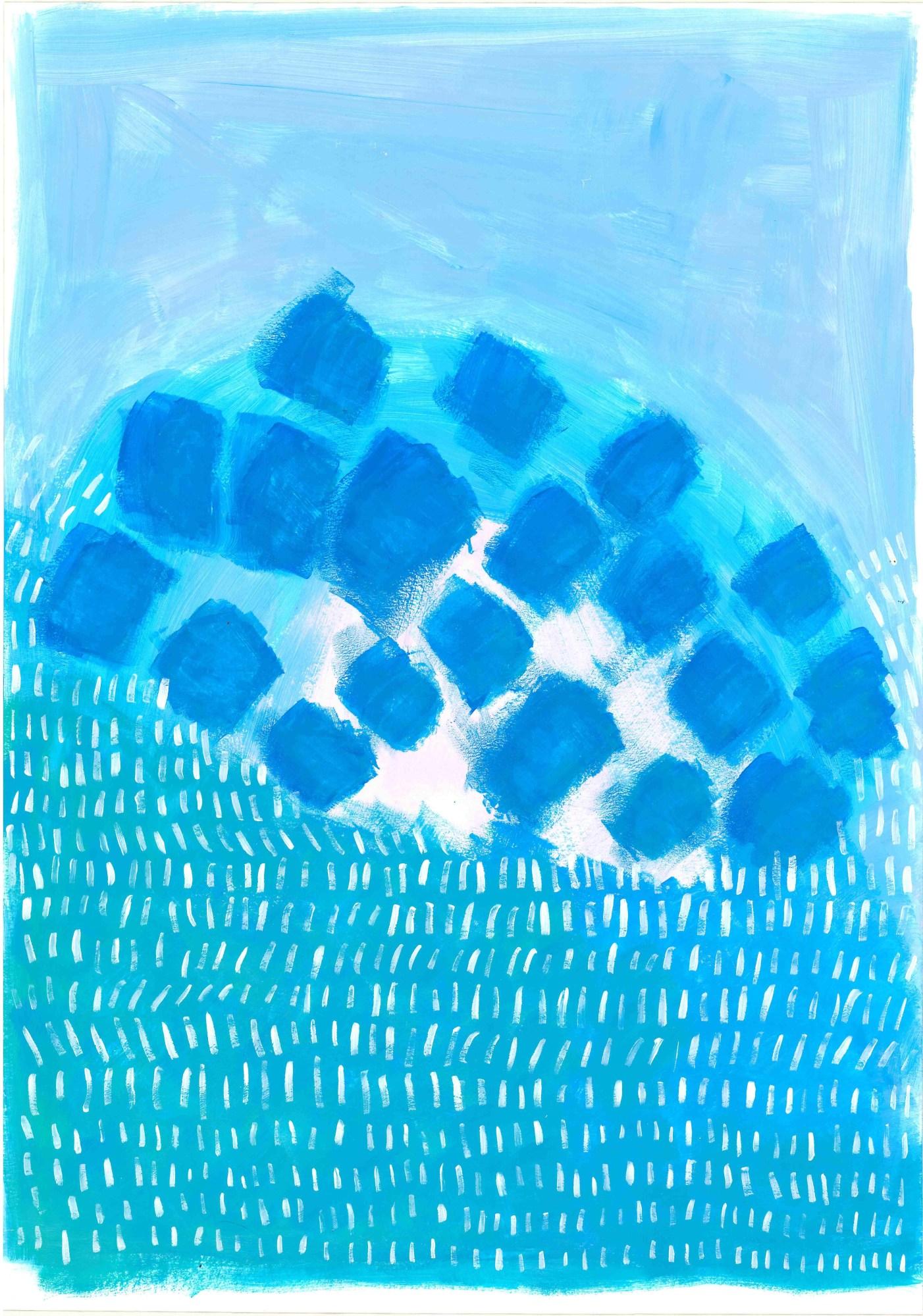
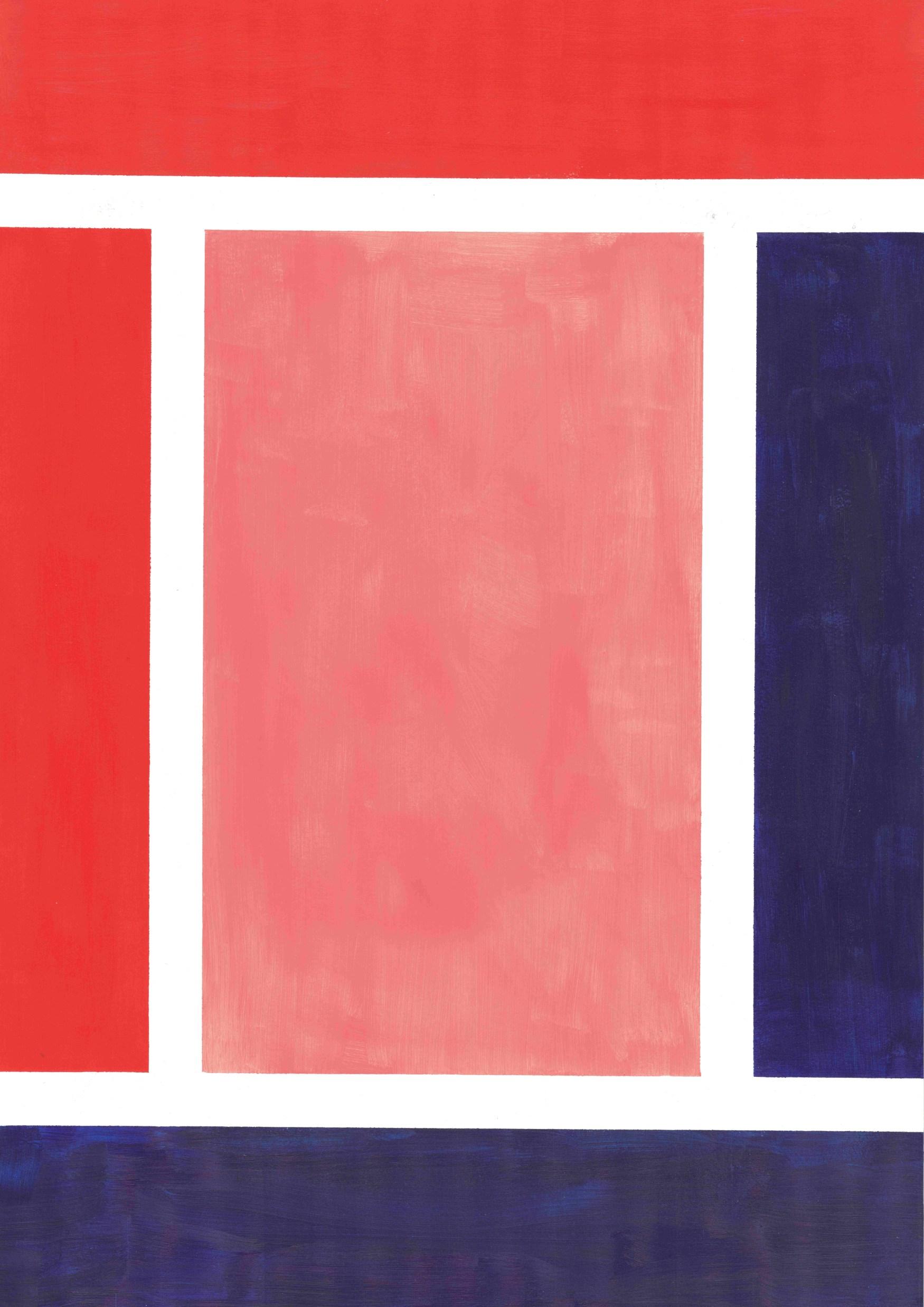
Colour Blocking
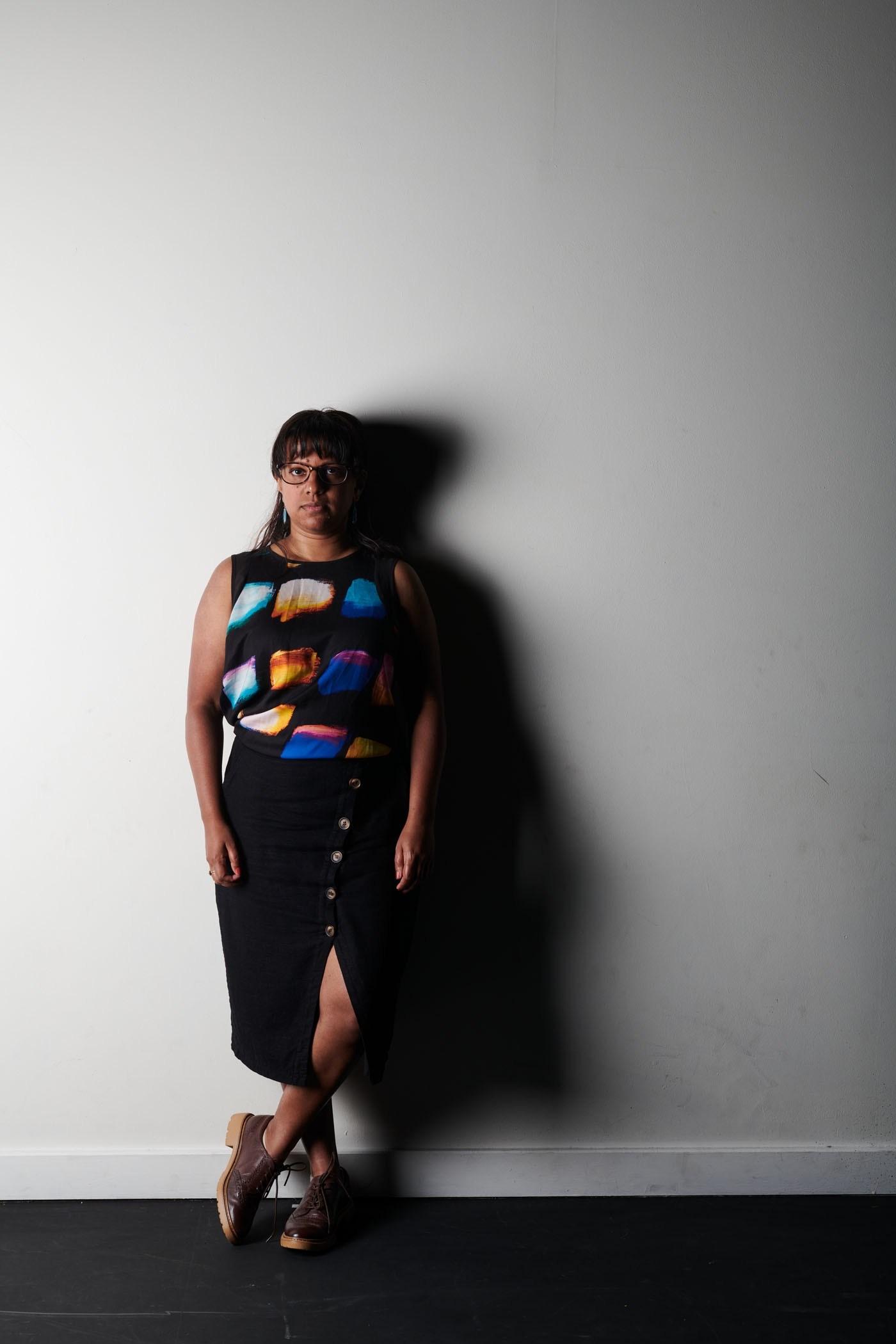
https://artloversaustralia.com.au/artist/nataliewijeyeratne/ https://www.instagram.com/natalie.wij/?hl=en

Benjamin Broinowski is an award-winning abstract photographer based in Sydney. His work explores light, movement, and form, blurring the boundaries between photography, painting, and printmaking.
Holding a Degree in Design (majoring in Photography) from UTS and a Diploma of Graphic Design from Billy Blue, Benjamin’s innovative approach earned him the Into the Light Prize in 2022, completed through White Wall Art Projects. He specializes in abstract landscapes, sea-scapes, and streetscapes, using long exposure and experimental techniques to transform familiar scenes into immersive, atmospheric compositions.
Through his unique vision, Benjamin captures fleeting moments where light and time converge, inviting viewers to see the world differently.
They move as one, enveloped in shadow, guided by a single burst of colour. A journey, a story untold. Digital Photography Benjamin Broinowski.
A quiet meditation on craft and solitude. Captured through the reflective pane of a small atelier, this image reveals a tailor immersed in work beneath a warm lamp glow, an intimate moment blurred with the world out-side. The layered reflections speak to the unseen inter-sections of labour, time, and memory.
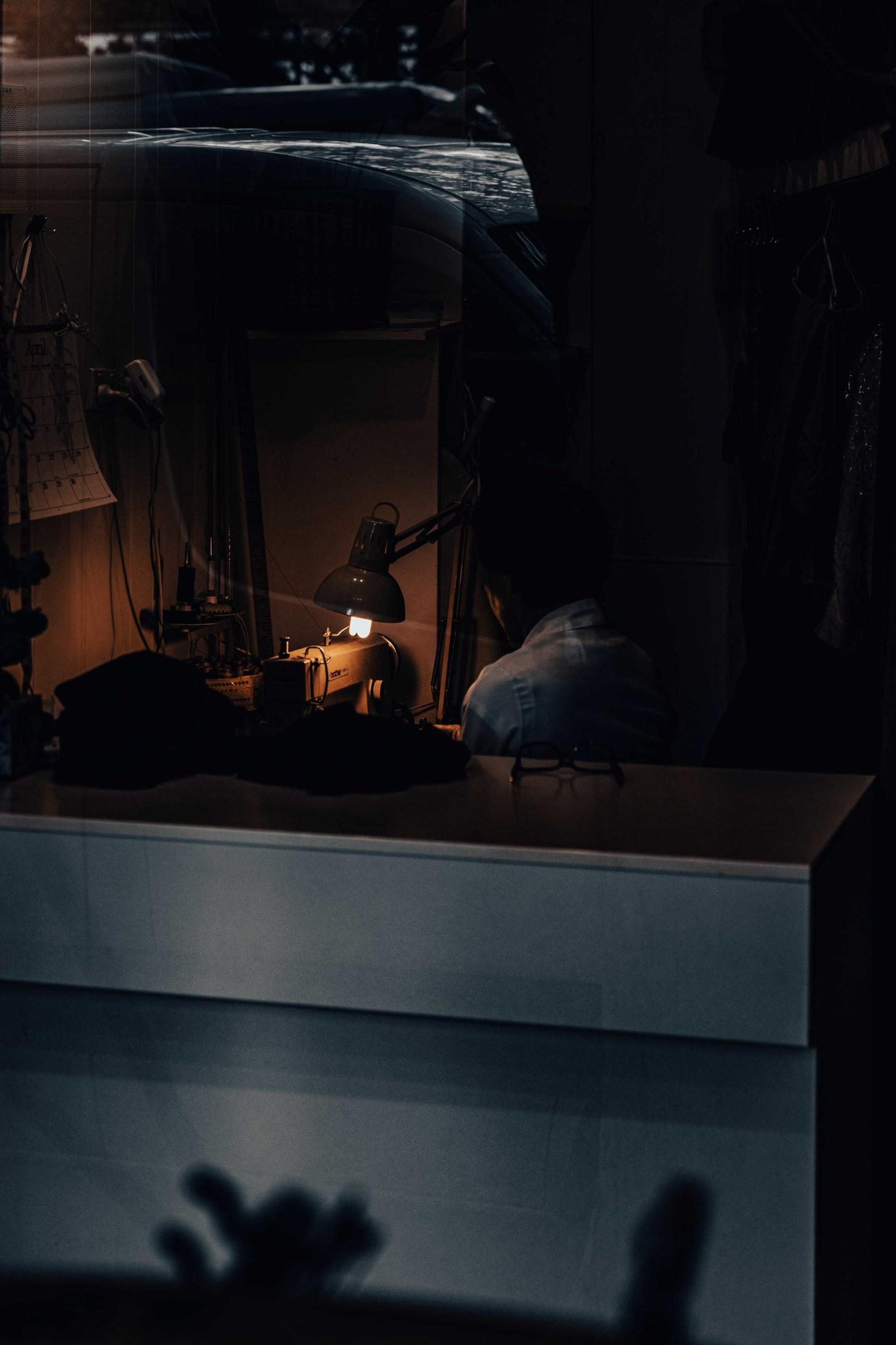

Bodies blur, moments fade, and time surrenders to movement
Digital Photograph. Benjamin Broinowski
When did your passion for photography begin?
It wasn’t a single moment it was an accumulation of noticing. Light shifting across a wall. The way reflections distort reality. The stillness in movement. Photography became my way of capturing not just what I saw, but what I felt. Over time, it evolved into something more a way to translate fleeting moments into something tangible, something lasting.
Have you always wanted to be a photographer?
I’ve always been drawn to visual storytelling, but photography became my language. My background in design taught me composition, balance, and structure, but photography allowed me to break those rules allowing intuition to take over. It wasn’t about documenting reality, but transforming it, distilling it into something raw, something emotional.
Describe your work -
My work is about perception and emotion. It’s abstract where form dissolves and light becomes the subject itself. Some pieces feel ephemeral and dreamlike, others are bold and structured, but all share a common thread: they invite the viewer to see beyond the surface. My images are not just about what’s in the frame; they are about the space between what is seen and what is felt.
Fragmented Perspectives: A New Series
My latest series, Fragmented Perspectives, is a photographic exploration of memory, transformation, and the intersection of nature and digital abstraction. These works reflect on impermanence, identity, and the evolving relationship between the organic and the artificial.
Drawing inspiration from my time in rural NSW and beyond, this series reflects the contrasts found in rural and urban landscapes the balance between decay and renewal, the tension between preservation and change. The imagery is a meditation on how time, technology, and memory shape our perception of the world.
This piece captures more than a figure it captures a feeling. The blurred outline of a person caught between sharpness and motion speaks to the instability of identity, memory, and self-perception. Are we ever fully still? Or are we always in flux shifting under pressure, dissolving in time?
Blurred Presence confronts the viewer with ambiguity. It reflects the emotional noise of dissociation, anxiety, or simply the speed of modern life. The wall is still. The subject is not. In this tension, the photograph opens a space for reflection: Who are we when clarity slips away?
A delicate flower traditionally a symbol of life and purity is disrupted by bold, artificial streaks of colour. These glitches symbolize the growing tension between nature and technology, harmony and disruption.
This piece invites viewers to contemplate how the organic and synthetic must now coexist, raising questions about our reliance on digital spaces and their impact on our perception of reality.
This work expands on the theme of digital interference, presenting a flower in a moment of fragmented reality. Glitch-like distortions blur the boundary between the physical and the virtual, reflecting the shifting perception of nature in a rapidly evolving world.
Just as flowers bloom, fade, and return, this image reminds us of the delicate balance between change and continuity. It poses a question what is lost in the process of transformation?
Time drifts, identities blur, and what was once certain begins to shift. “Fading Between” explores the space between presence and memory where the familiar dissolves into the unknown. This work invites quiet contemplation, a pause between moments, a glimpse of something just beyond reach.
“Displaced Identity” will be exhibited at the Gresford Community Gallery, opening 1st June as part of the Winter Exhibition 2025.
A striking piece from Fragmented Perspectives, it captures identity’s fluidity, inviting collectors to explore memory’s ephemeral nature. Available for acquisition, it offers a powerful, introspective visual experience.
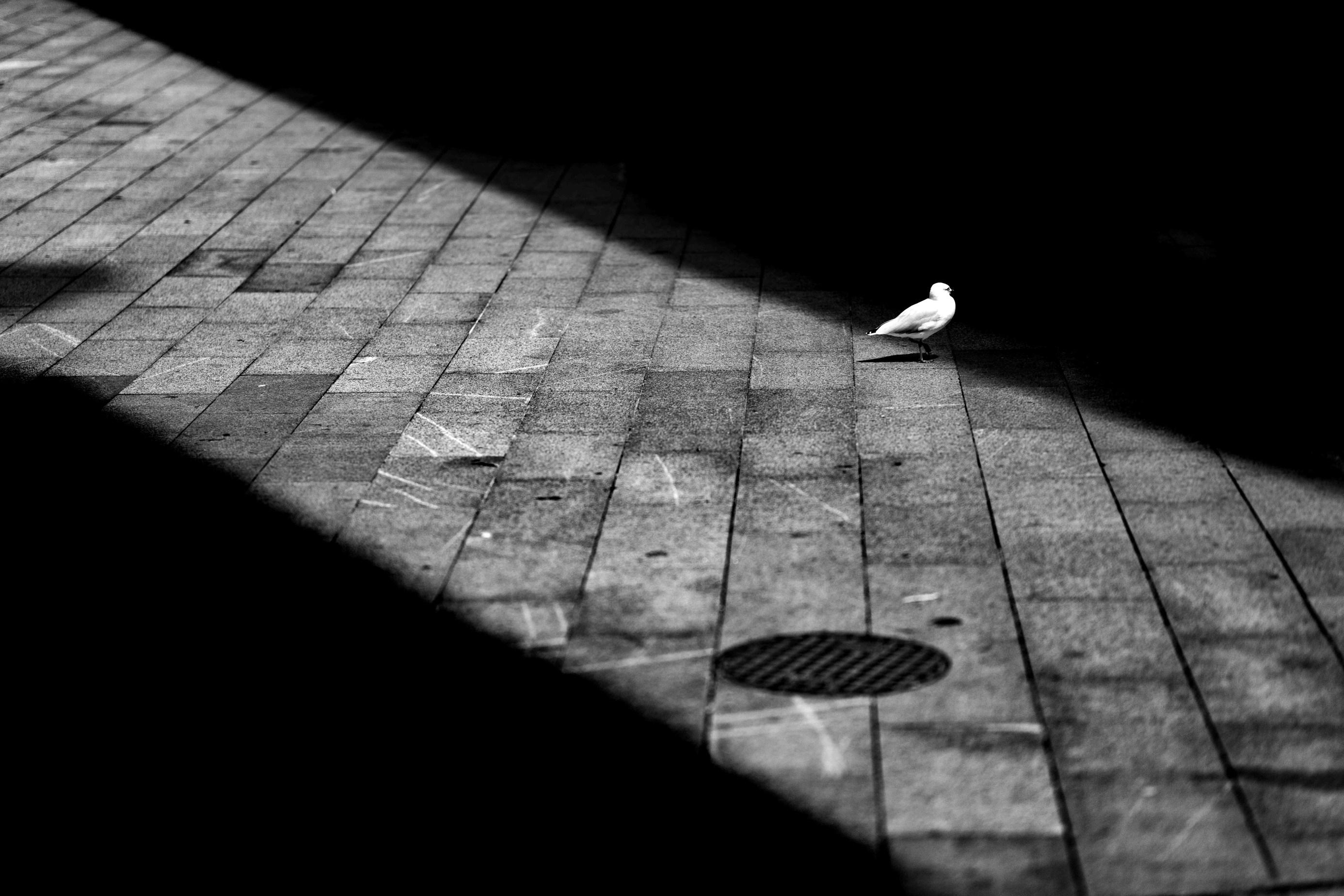
A lone traveller in the grayscale of existence. Lost? Or exactly where it should be?
Digital Photography, Benjamin Broinowski
Light. The way it moves, the way it transforms. The way it creates depth, mood, and mystery. I’m also drawn to the concept of time not in a literal sense, but in the way we experience it. A moment can pass unnoticed, or it can feel monumental. My work explores that tension between transience and permanence. Music, poetry, and personal experience all influence my approach I want my work to resonate like a song you return to or a poem that lingers long after reading. Who has influenced your work?
Artists who understand the power of stillness Hiroshi Sugimoto, Sebastião Salgado, Francesca Woodman. But I’m also influenced by abstract painters, sculptors, and architecture. The textures of the natural world inspire me just as much as urban structures. Living with epilepsy has also shaped my perspective it’s heightened my awareness of time, light, and movement in ways that have become central to my work.
What do you hope people take away from your work?
I want my work to be a space for reflection for people to project their own emotions, their own experiences into the image. My work is not about a fixed meaning - it’s about the connection it creates. Many collectors tell me their perception of a piece changes depending on the light, their mood, the time of day. That’s when an artwork becomes more than just an object it becomes an evolving part of someone’s life.
Why do people collect your work?
Because it’s not just something to hang on a wall it’s something that changes with them. My collectors often tell me that my images unfold over time, revealing new depths, new meanings. Each piece exists in conversation with the space it’s in whether it’s a bold, statement work or a quiet, meditative piece. That’s why many collectors start with one and come back for more because the work continues to grow with them.

In Echoes Across the Tide, the blurred threshold between land and sea becomes a meditation on memory and movement. Captured in mono-chrome, this abstract seascape distils time into texture where the horizon is not a boundary but a suggestion. The image evokes a quiet tension between permanence and impermanence, inviting viewers to lose themselves in the rhythm of shifting waters and forgotten shores. This work speaks to the emotional undercurrents of landscape, where what is seen is only part of what is felt. Digital Photograph Benjamin Broinowski.
Expanding internationally, continuing to push the boundaries of abstraction in photography. I’m also exploring the relationship between photography and other mediums sculpture, printmaking, even sound. A photobook is on the horizon as well. But ultimately, I want to keep creating work that resonates long after someone first sees it.
Upcoming exhibitions?
I’m also honoured to be invited, to be part of the Gresford Community Gallery Winter Exhibition 2025, where my work will be showcased alongside other artists on Sunday 1st June. It’s an exciting opportunity to bring my abstract explorations into a new space and connect with a different audience.
Because my work isn’t just about what you see it’s about what you feel.
Because art should evolve with you not just be looked at but lived with.
Because the right piece will change your space, your mood, your perspective time and time again.
Each work in Fragmented Perspectives will be available in limited editions, emphasizing exclusivity and rarity, on museum-grade fine art paper.
For those who seek more than just an image for those who seek an experience my work is created for you.
- Benjamin Broinowski © 2025.
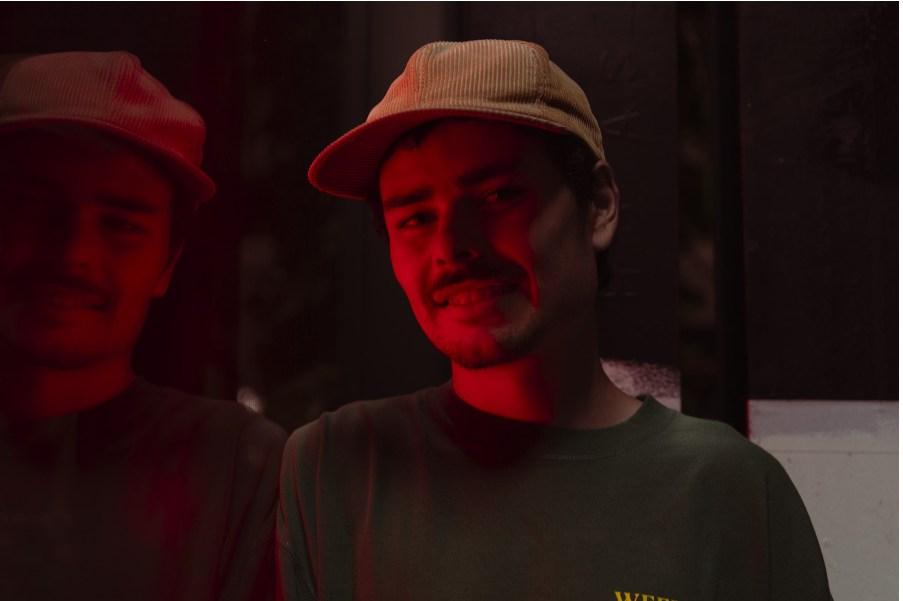
ER Y
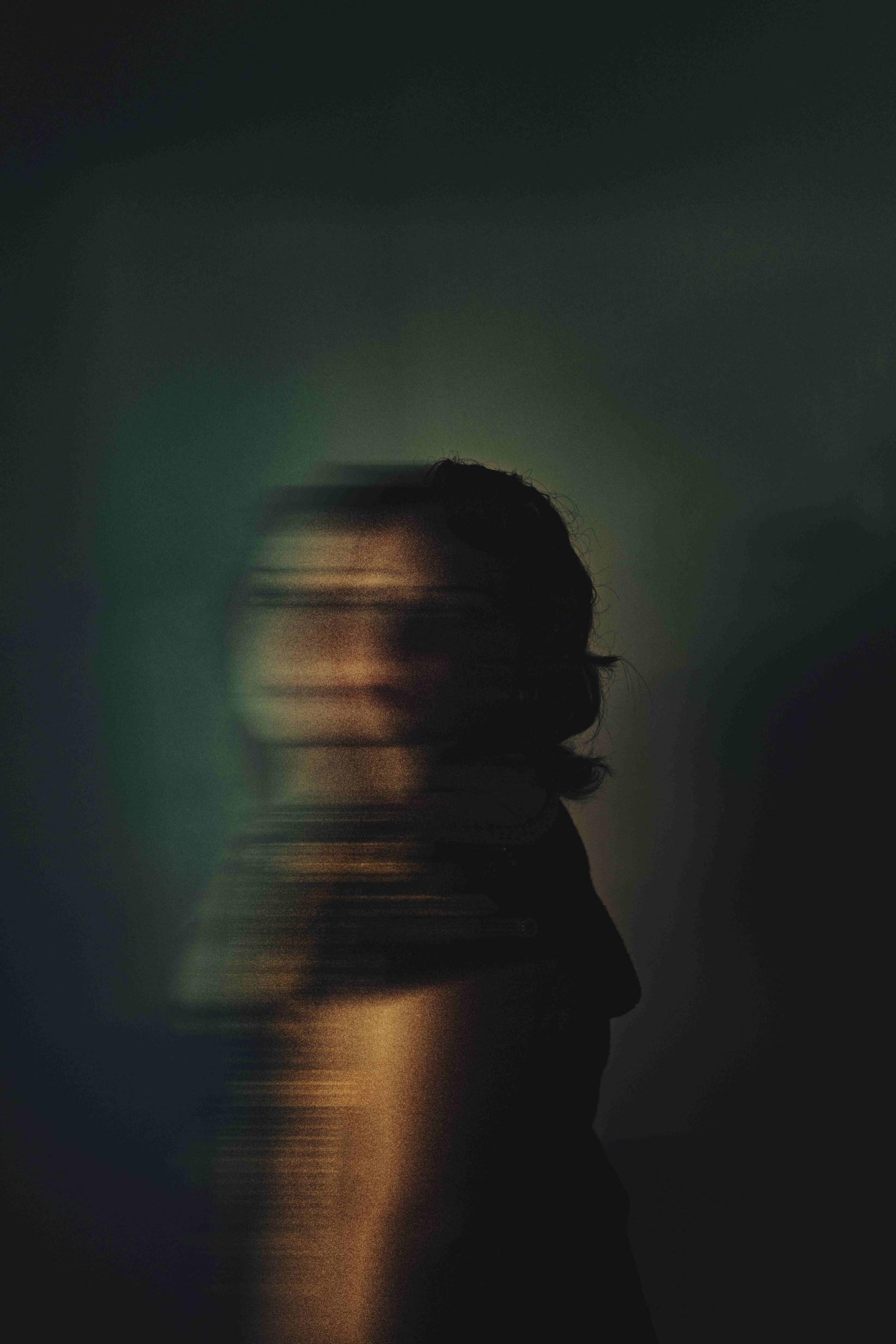
Time drifts, identities blur, and what was once certain begins to shift. “Fading Between” explores the space between presence and memory where the familiar dissolves into the unknown. This work invites quiet contemplation, a pause between moments, a glimpse of something just beyond reach.
Digital Photograph. Benjamin Broinowski.
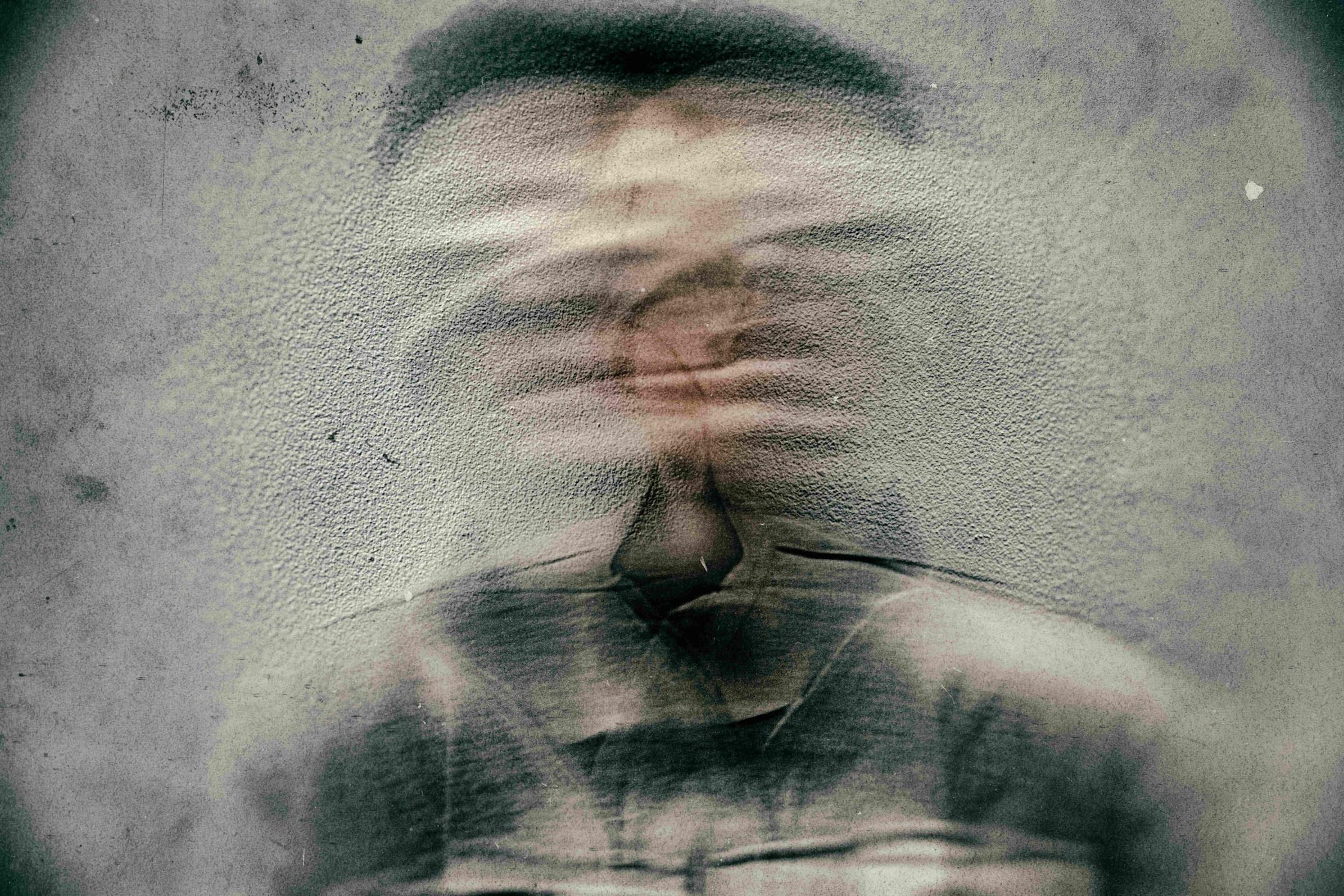
There is no way you would understand ... You watch, you witness, you stand frozen, shocked and helpless. Confronting contortions and the frothing at the mouth is an imprint on your mind, a detailed reflection on the deepest black of your pupils. You can’t quite grasp it intellectually. Saddened and frightened, you step back. Frozen. This is normal. It is a ‘Munch- like’ internalised scream. Your life becomes momentarily taken up by the looming and all-consuming monster called fear. Your breath evaporates, your eyes become blinded as you rummage through a spiralling black hole of various shades of darkness and electric impulses and sparks. Pain is felt both through it and after it. However, I don’t remember it. In life I trust, is my spoken thought post attacks. I’m back, significantly weakened, my body clammy and limp but my eyes are free of the gripping mask. Now I see, Now I can Breathe.... Benjamin Broinowski
Digital Photograph. Benjamin Broinowski.
B E N J A M I N B R O I N O W S K I
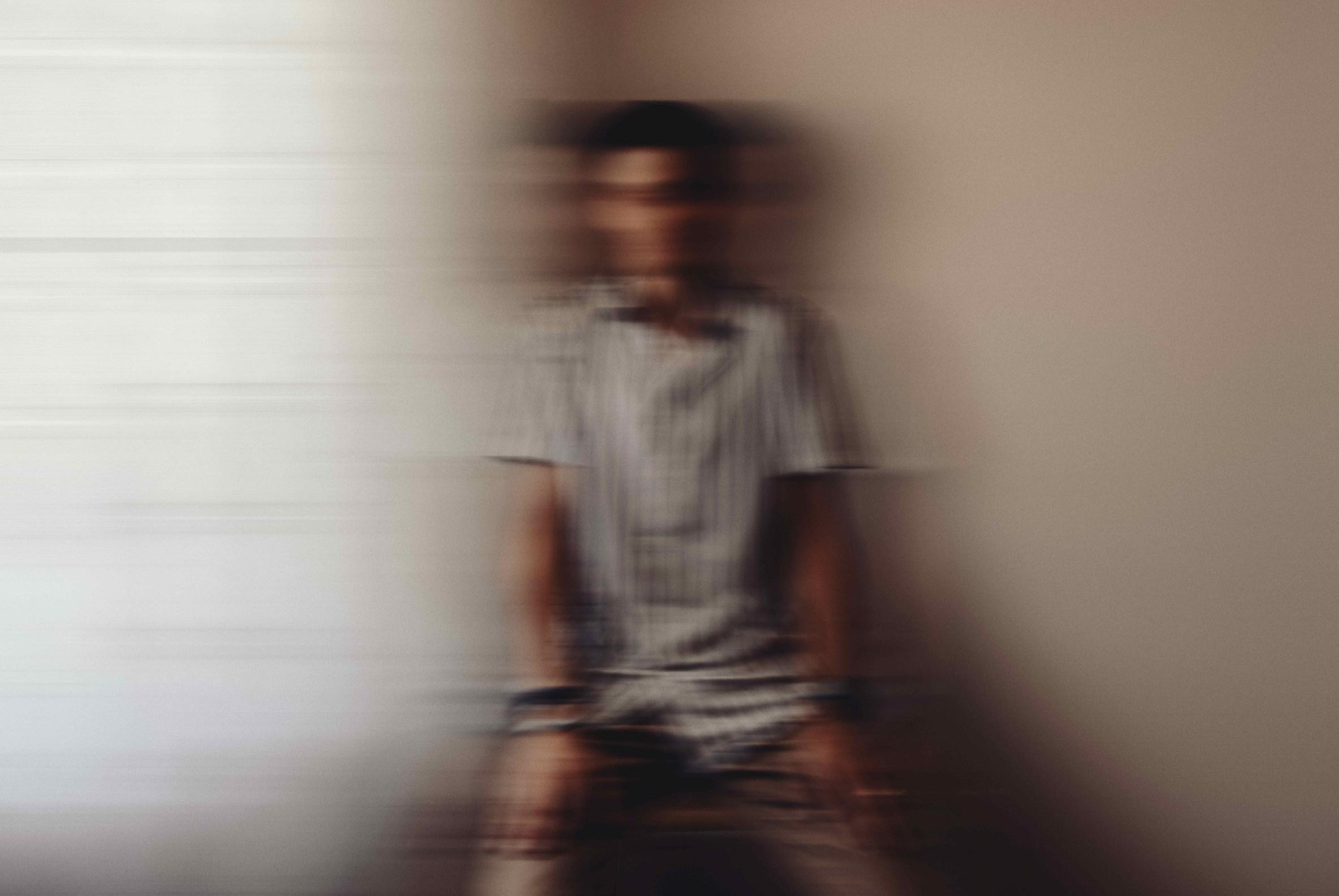
This piece captures more than a figure it captures a feeling. The blurred outline of a person caught between sharpness and motion speaks to the instability of identity, memory, and self-perception. Are we ever fully still? Or are we always in flux shifting under pressure, dissolving in time? Blurred Presence confronts the viewer with ambiguity. It reflects the emotional noise of dissociation, anxiety, or simply the speed of modern life. The wall is still. The subject is not. In this tension, the photograph opens a space for reflection: Who are we when clarity slips away?
Digital Photograph. Benjamin Broinowski.
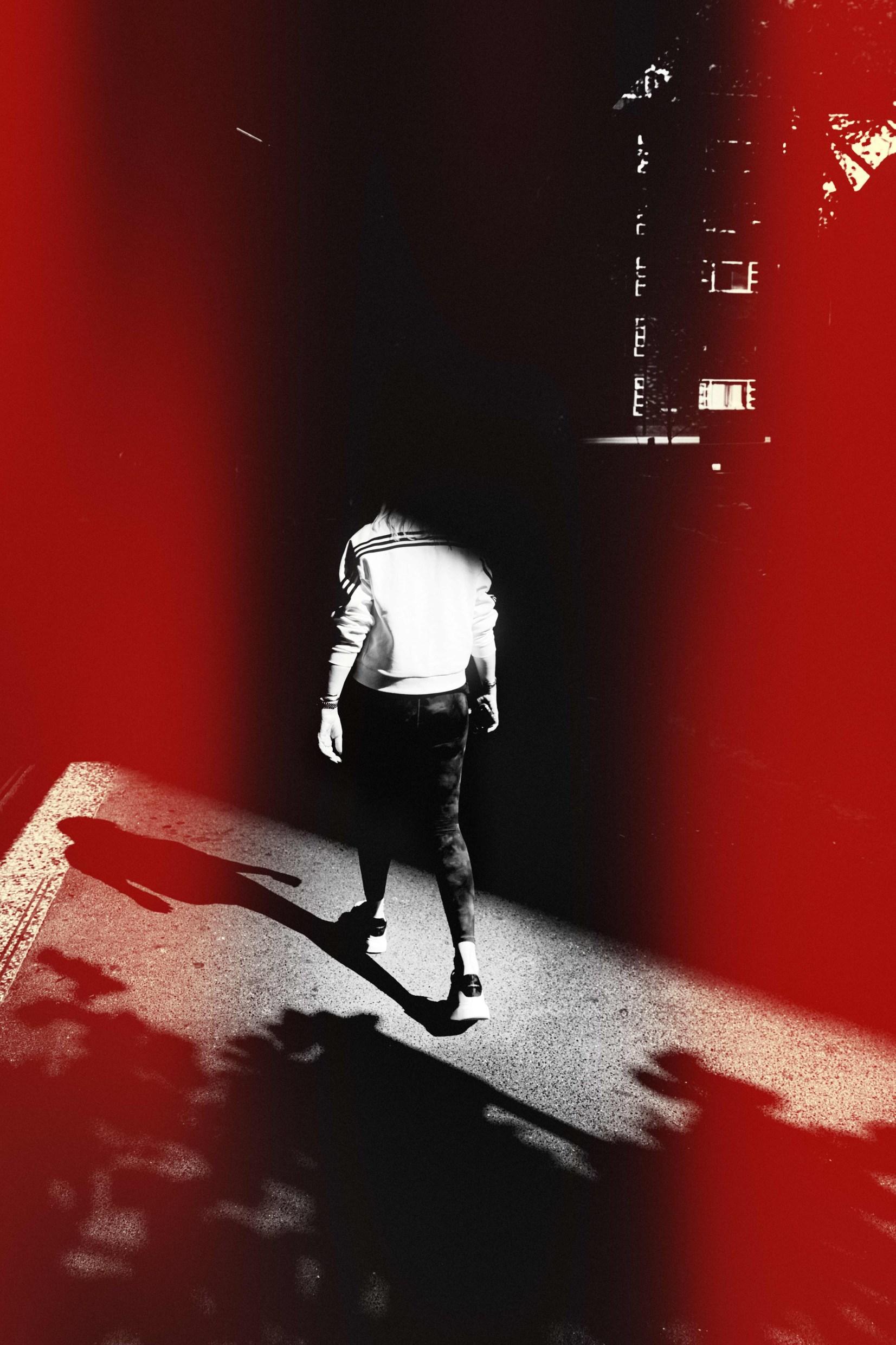
In Shadow Passage, the interplay of light and darkness transforms an ordinary moment into a scene of ambiguity and tension.
A lone figure moves forward, yet their presence is fractured-partially obscured by shadow, dissolving into the surrounding void.
The bold contrast and deep red hues evoke themes of anonymity, transition, and the fleeting nature of urban existence. By distorting space and identity, the image challenges perception. Is the figure emerging or disappearing?
Is this a moment of escape or entrapment? Shadow Passage invites viewers to step into the threshold between the seen and the unseen, questioning what remains when light fades.
Digital Photograph. Benjamin Broinowski.
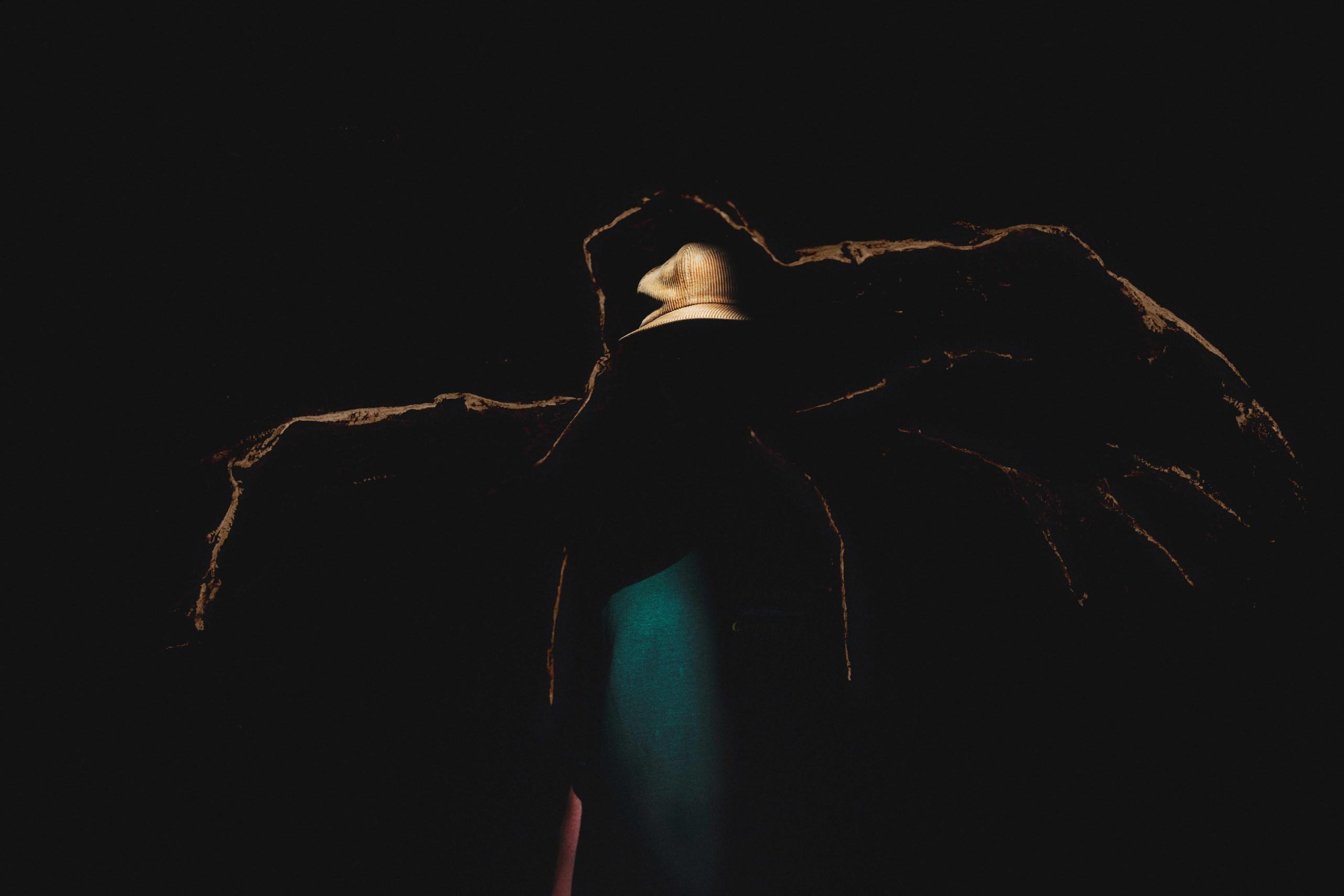
A figure caught between shadow and revelation, dissolving into the void like a ghost of the city. The jagged line in the background earthly or celestial cuts through the composition like a fracture in reality, a street map to nowhere. Echoing Magritte’s surreal paradoxes, the self is obscured, absorbed by the urban abyss. A meditation on anonymity, movement, and the liminal spaces between presence and disappearance. Digital Photograph Benjamin Broinowski.

Through obscurity, we see ourselves more clearly. The unseen becomes a mirror to our innermost thoughts, as our subconscious paints its own truths over the void.
Digital Photograph. Benjamin Broinowski.
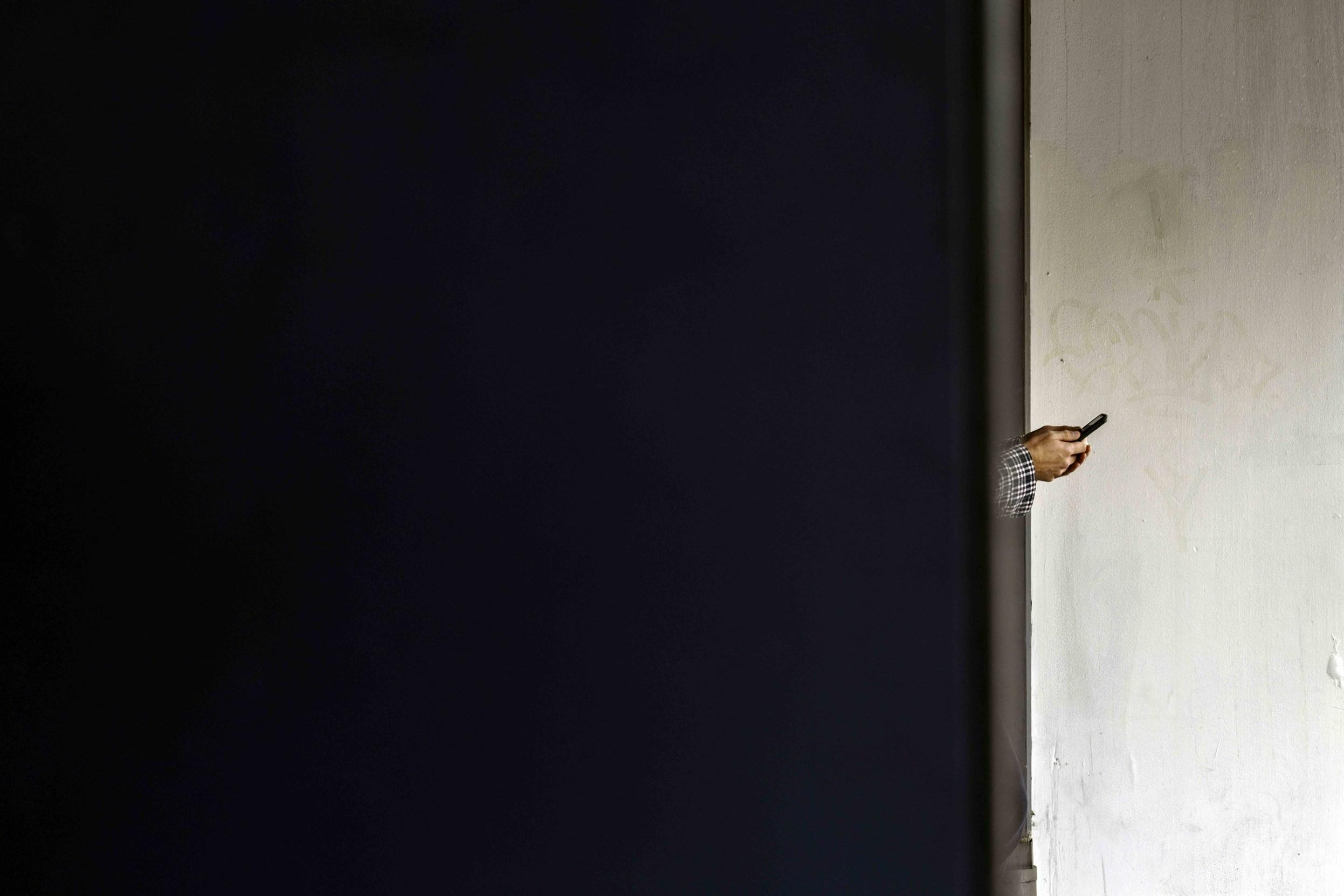
A solitary hand, clutching a phone, emerges quietly from behind a shadowed wall. This image distils the tension between presence and absence, intimacy and distance. The stark contrast between light and dark speaks to the delicate boundary between public and private realms. The piece invites contemplation on the ephemeral, transient nature of modern connection, revealing a fleeting moment of solitude in a world increasingly defined by digital interactions.

Rain’s soft ballet on streets of gray, A lone figure walks, in nature’s play. Urban canvas meets the dance of rain, In solitude’s embrace, we find life’s refrain.
Digital Photograph. Benjamin Broinowski.

Lost in transit, swallowed by the rhythm of the city.
Digital Photograph Benjamin Broinowski

Edge of light, where form forgets itself.
A figure part witness, part memory moves through the seam of the seen. Plastic. Metal. Shadow.
Each holding its own weight of absence. What is carried is not just in the hands, but in the spaces light refuses to touch.
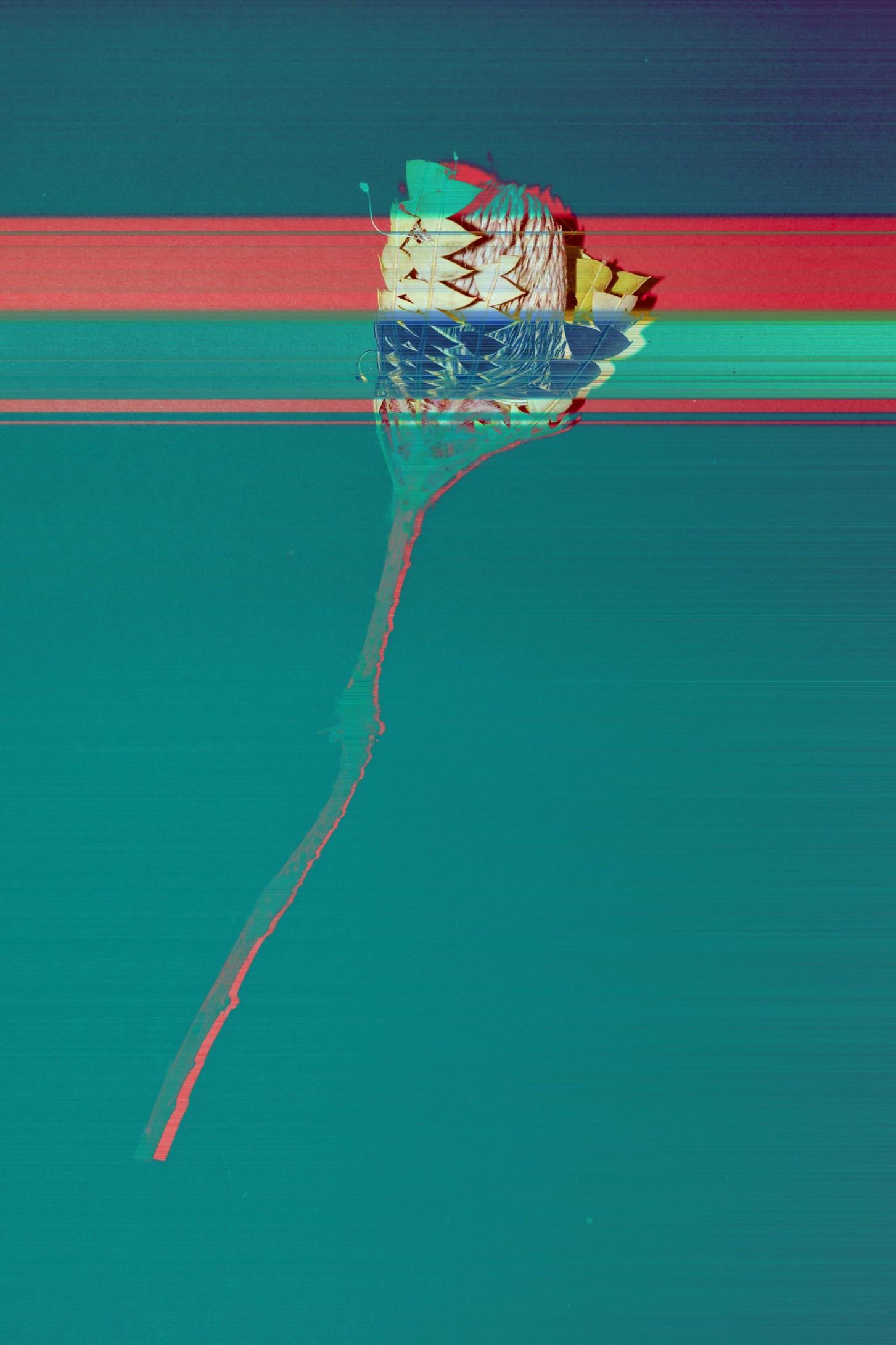
This work expands on the theme of digital interference, presenting a flower in a moment of fragmented reality. Glitch-like distortions blur the boundary between the physical and the virtual, reflecting the shifting perception of nature in a rapidly evolving world.
Just as flowers bloom, fade, and return, this image reminds us of the delicate balance between change and continuity.
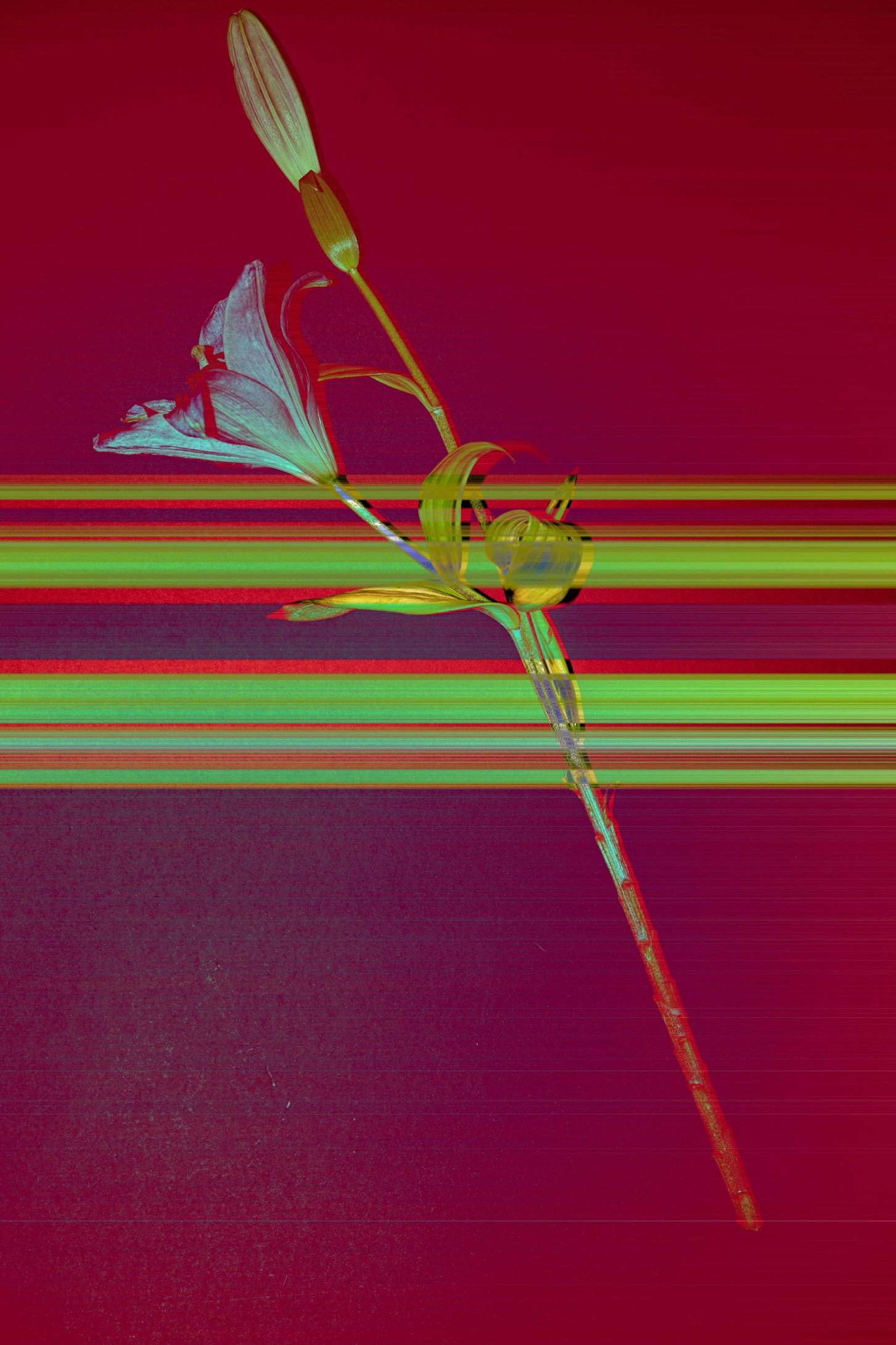
Fragmented Bloom examines contrast through its juxtaposition of natural beauty and digital distortion. The delicate form of the flower, a symbol of life and purity, is interrupted by bold, artificial streaks of colour, evoking themes of harmony and disruption. This interplay invites reflection on the collision between nature and technology, the organic and the synthetic, urging us to find meaning in their coexistence.
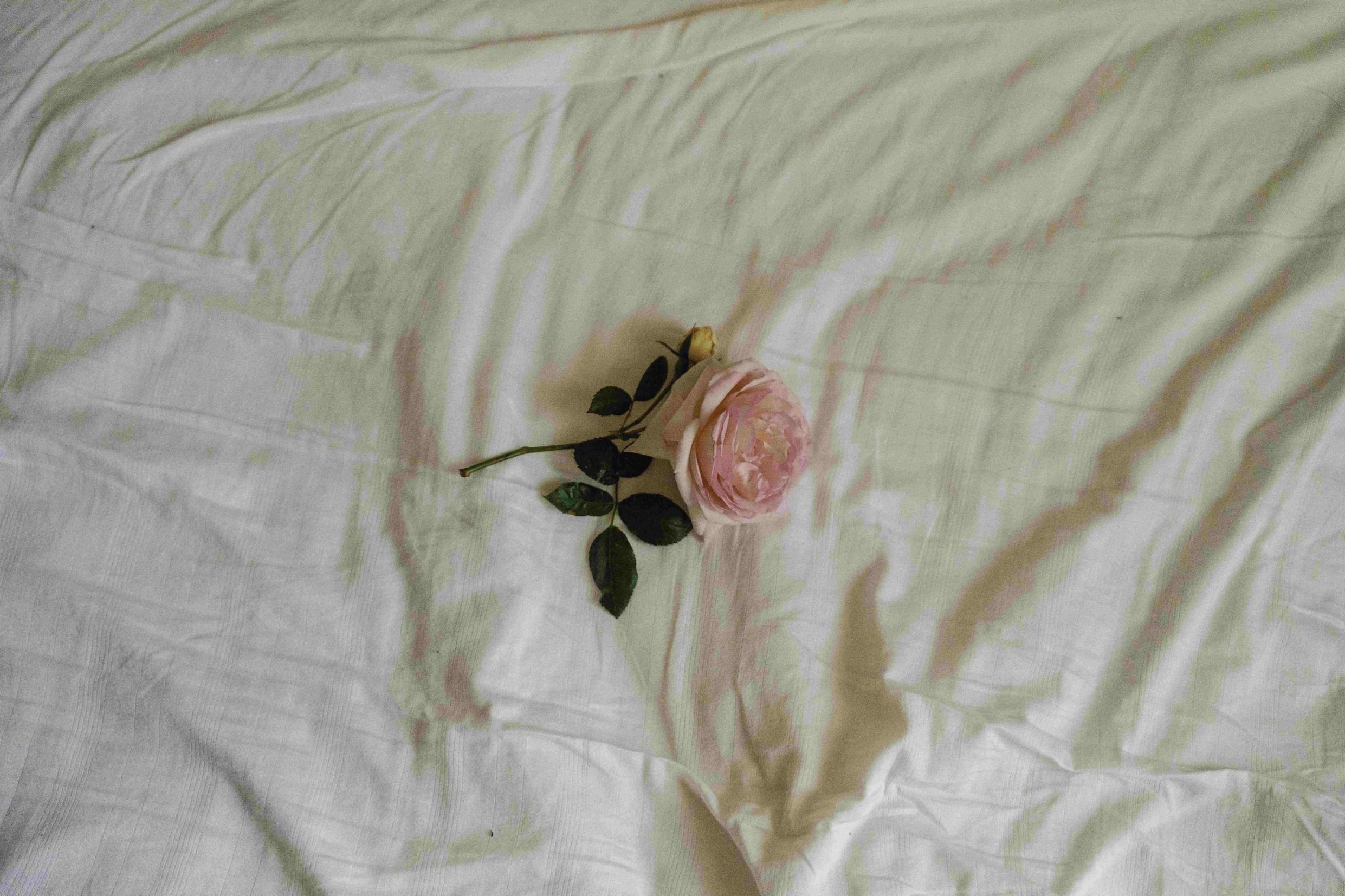
In the quiet corner of our gallery, behold “Delicate Contrasts.” Here lies a single pink rose, its petals unfurling with grace, nestled against the soft chaos of wrinkled white fabric. The contrast is striking: the structured beauty of nature meets the gentle disarray of human creation.
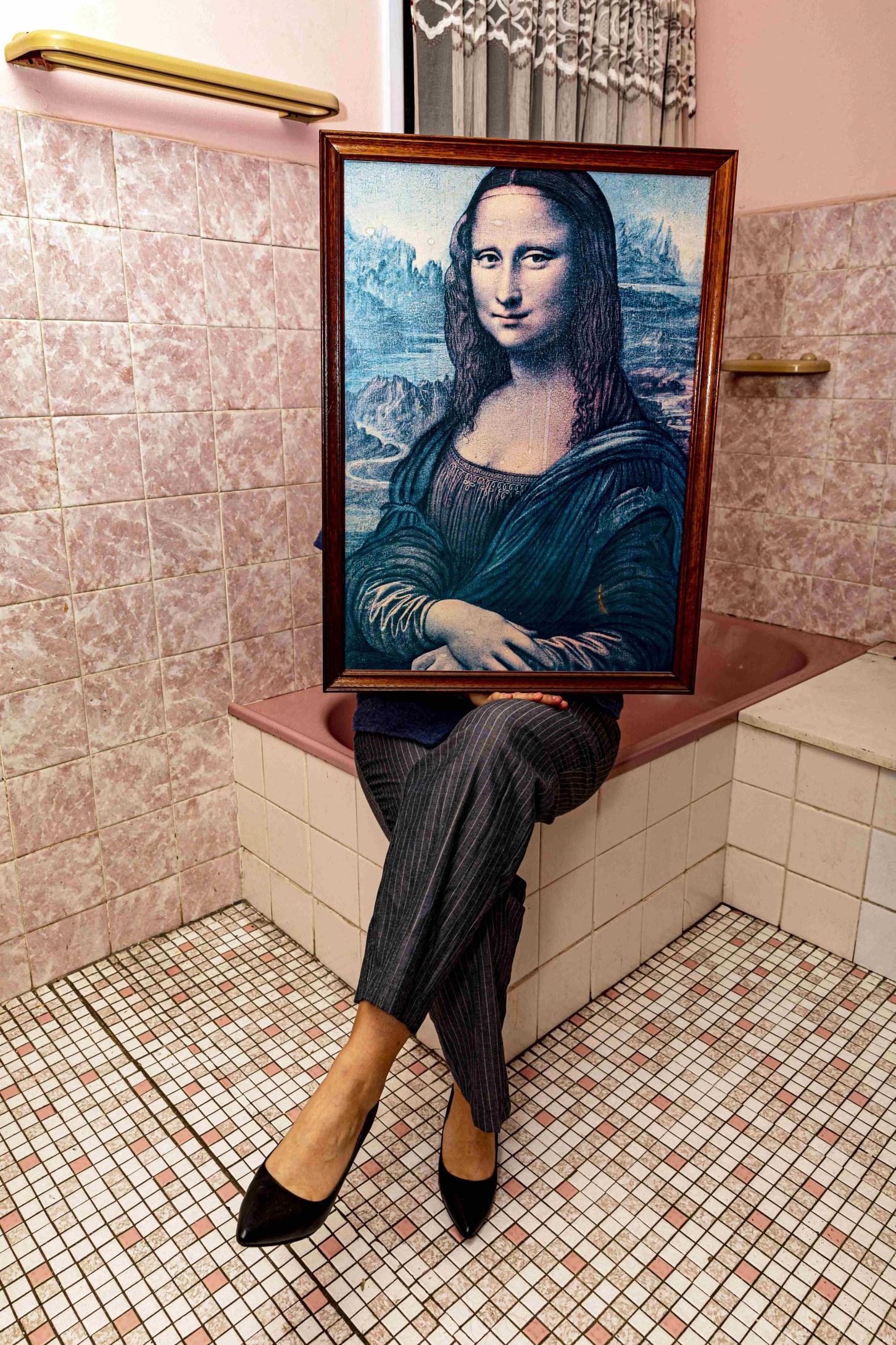
https://www.benbroinowskiphotography.com/
The day before yesterday trying to keep track on some activities, liable to repeat themselves as the same old same.
An outburst of familiarity and symptoms of reaffirming how and what and where, we are going to meet again.
Hovering in and around each proximity like a butterfly.
Thoughts barely noticeable till we speak them out, to preside in the realm of mindfulness.
In another congenial space, weighed down to anchor, all our hopes and aspirations, to these interconnecting post-operative ideas.
Be assertive, to claim what you are about to lose, and indeed been able to retrieve from the clutches of ill fate, the sense of righteous order. Which is a part of a shared phenomenon, that over time persists.
Undisputable claims belay the test, that we must forge ahead.
Shapes of destiny where each man closes the door of a chapter, an epoch of tremendous struggle, to have to achieve so much.
To kiss you each night over half a life span onwards.
- Eric Werkhoven© 2025.

Cherie is a Lower Hunter Artisan, residing on the shores of Lake Macquarie in Kilaben Bay. Born in the inner city of Sydney, most of her working life has been on the North Shore and Greater City of Sydney till early retirement from the Events Industry 15 yrs ago.
First settling on the southern end of the Lake, and soon after, she met her husband Eckhard, and then, life changed dramatically. Married to an academic who worked on a global platform meant a great deal of world travel. Her life moved from sophisticated European cities to remote places far removed from western civilisation as we know it today.
Initially trained in torch work by Peter Minson, Master Glass Artist and later in Venice, Murano Island, she has gone on to create her own working Studio and Glass Gallery on their property on Lake Macquarie.
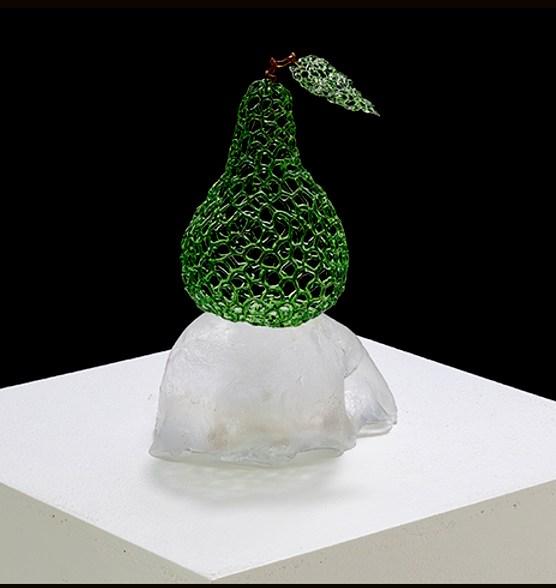

When did your artistic passion begin?
As far as I can remember I was always drawing though it wasn’t a career I was permitted to indulge in. Born into a working-class family of 3 girls and 1 boy, education was expensive. I finished the School Certificate at 15 yrs old and went to work in the public service. I paid my way through College of an Evening to become a “Draughts Person”, the closest I was ever going to have a drawing career, was a drawing board!
So, the passion simmered all the years through raising children and eventually I took a leap of faith and began my Events Business. Building props, bumping in and bumping out events at all hours, it was a 7 day a week job. However, the industry was kind to me and amongst the wonderful memories is creating events for the 2000 Olympics, the televised ICC Awards for our Australian Cricketers and being awarded Decorator of the Year within the Australian Bridal Industry for some years.
Have you always wanted to be an Artist?
I don’t think I thought of my creative need and expression had an end goal of being an Artist. Being an Artist was presumptive in my mind. I can remember the first time I nervously exhibited in a gallery I still didn’t see myself as an Artist. Then that piece sold, and the gallery owner told me I was officially a “selling Artist”. I guess that was a turning point in believing that I really was seen as an Artist.
What attracted you to the world of Glass?
I’ve often reflected on that very question. A memory from childhood of collecting broken glass from a shattered windscreen lying on the road in the back lane came to mind. Carefully putting it in a pouch to treasure. Perhaps it was always there!
It was Italy that had me mesmerised. It wasn’t Venice but Tuscany that lured me back to an Artists shop in a small hillside town. The vibrant colours, the light and flow of movement no matter where you viewed the glass. I came home and wanted to “know” and I wanted to “learn”.
My work is complicated. Creating anything begins with physics in glass world. Without understanding the science of glass, nothing can be achieved. The heating and cooling or annealing temperatures for glass is a must and the kicker is … all glass is different and only glass of the same composition (COE) can be mixed together.
I work in 3 main processes.
Kiln formed glass which is fired flat, perhaps many times in layers. The slump firing is to give it shape.
Flame worked glass is worked over a naked flame, where the glass melts like liquid toffee and commonly Rods or Tubes of glass are used in this process.
Cast Glass - mainly I use organic matter to create moulds, burn out the matter and clean the mould, and then cast glass into the mould to take the original form and details of the object. What is the philosophy behind your work?
Very simply … to have fun. It’s pure joy and enriching for me to be in my art space.
Do you have a set method / routine of working?
No, I don’t. Having a separate Studio within our gardens means that I wonder up at any time of the day or night without disturbing the household. I do admit to setting an alarm on my phone as I simply get lost in my own world and forget all about mealtimes!
Why did you choose this material/ medium to work with?
I like to think it chose me, luring me in to its transience and complexity. My creative before glass was in timber, belonging to the Woodturners of the Hunter.
However, glass is such a challenge on all levels, and I left that medium behind to became fully engrossed in the challenges and the rewards that come with glass.

How important is drawing as an element to your work?
Very, I don’t travel without pen and a small book to sketch ideas and thoughts while they are fresh in my mind. Also, my Flame work is without a template, and I sketch the form for reference in size and perception. So, paper and pen are always close by. What inspires your work and creations?
My travels - echoing the earths colours and places that I have had the privilege to experience. I have always sought out the creative people and watched them work and always there is something to learn and take away with me.
What has been the major influences on your work?
The fleeting transience of our worlds living energy. Perhaps that sounds cryptic, however, it influences me daily. What are some of your favourite artworks and artists?
Dale Chihuly is the greatest living contemporary glass artist of today, works recently exhibited in the Adelaide Botanical Gardens. Jason Howard and Emily Williams torch work have always been a great inspiration too.
What are the challenges in becoming an exhibiting artist?
Belief in yourself and courage to put yourself out there. Those 2 things exist every time I apply to exhibit and during an exhibition.
Name your greatest achievement?
My greatest achievement is how far I have come and walking the road to get there.
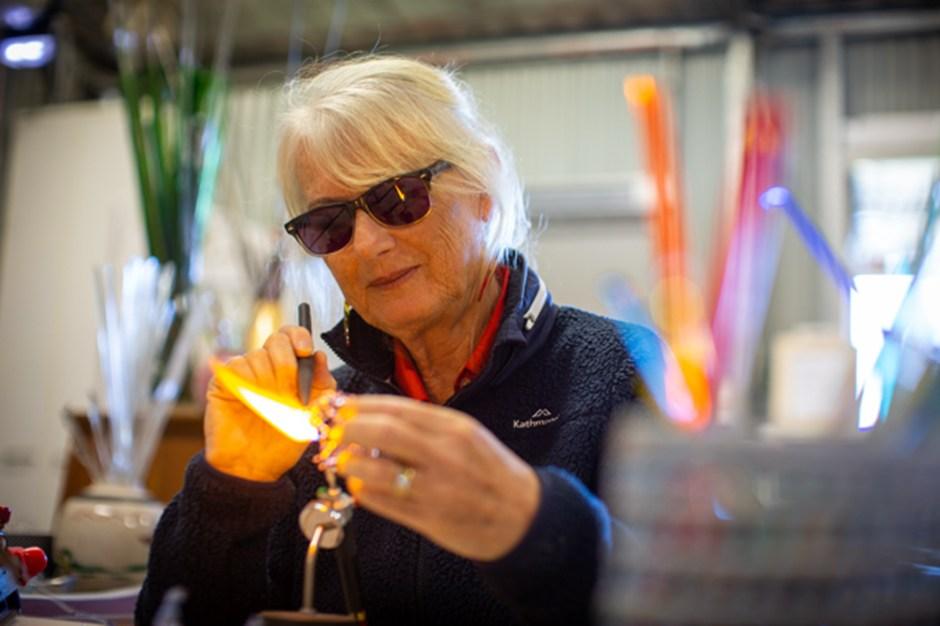
What are you working on at present?
I am working on large sculptural pieces which are fully recycled materials from inception to the finished piece. Another side to my coming works are collaborations with other Artists to produce works of mixed media. The latter is a new experience, as it depends on trust. This trust forms a bond as one has to share your processes in order to work together and our processes are that which makes us unique and individual in this creative world.
What do you hope viewers of your art works will feel and take with them?
When I see my work through their eyes and see their reactions, that is absolutely the very best part. Rather than “hope what they will feel”, I am interested to know their thoughts and what they think and how the piece talks to them. Glass is never short on conversation which makes it so much fun.
Future aspirations with your art?
My future aspiration is about a glass community and sharing knowledge. My energies are going into Glass Artisans Connect through my Glass Gallery and “keeping glass alive”. It’s a craft that is so old in history and becoming more and more difficult to learn. Bringing the living masters and glass artists together to share and learn from each other. Together an annual exhibition will be held at The Glass Gallery Lake Macquarie in November each year hosting Glass Artists by invitation for the Community to enjoy. Forthcoming exhibitions?
That one may be to keep you posted on Facebook and Instagram answer. Applications are in for quite a few exhibitions, though selection is yet to be made. However, the Dobell Festival will be a highlight in June and the first weekend in November my Studio and Gallery in Kilaben Bay is open annually. The Open Studio has been running for 8 years and it’s a wonderful weekend seeing hundreds of visitors come through over the 2 days.
- Cherie Platen © 2025.
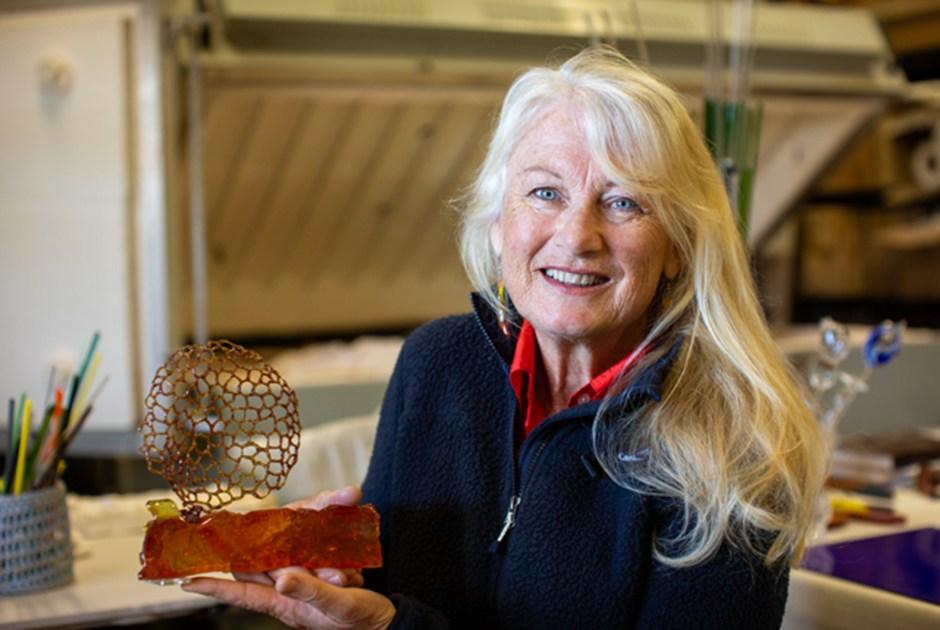
A L L E R Y
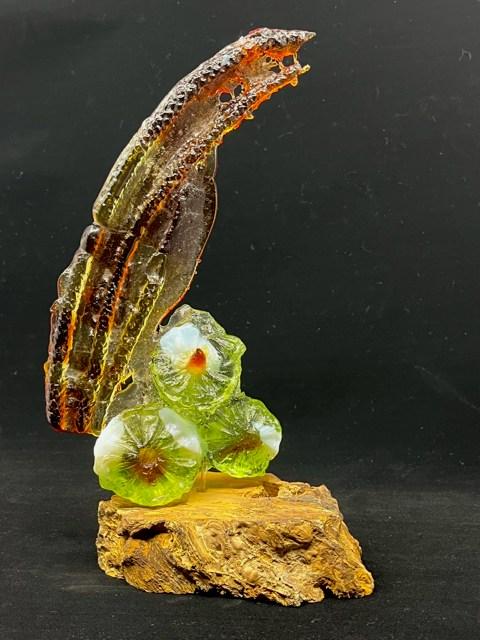
H E R I E P L A T E N




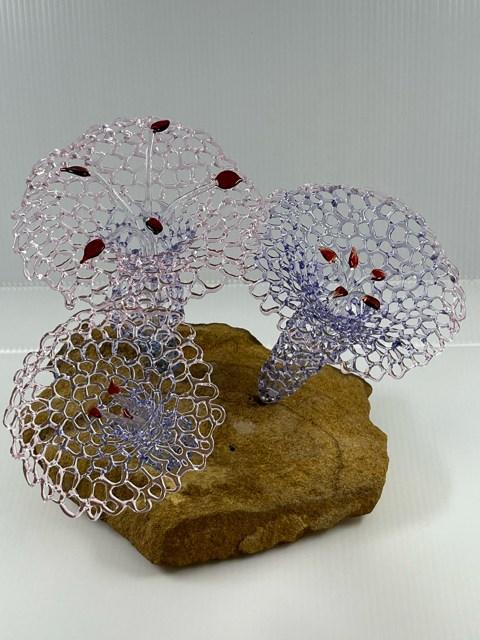

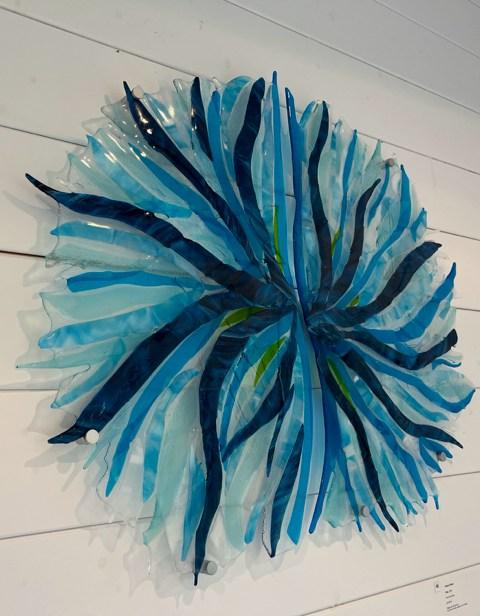


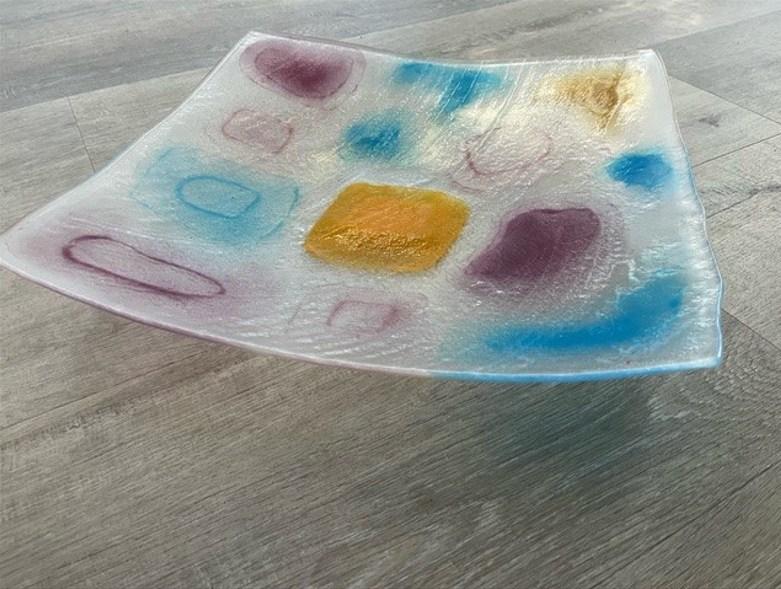
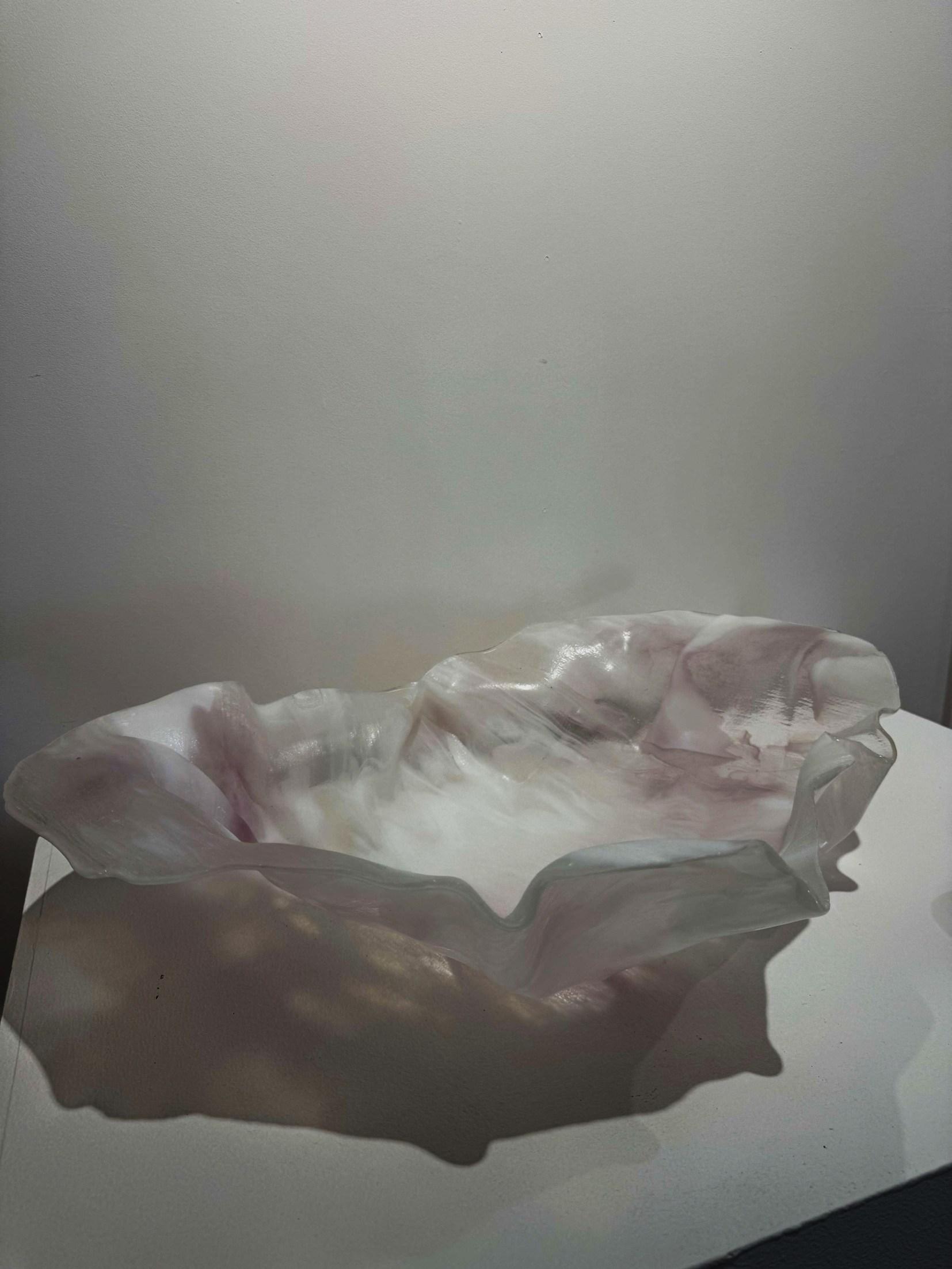
https://www.instagram.com/cherieplatenglass/?hl=en
All Rights Reserved on article and photographs
R E E S E
N O R T H
The hands of the clock have gauged the movement of the earth past 12, it slowly turns towards dawn — a light rain patters the leaves of the ghost gum that brushes against the guttering above my open window –I wake, then doze, & wake again from dreams that leave behind a ghost of sadness in the corridors of my heart.
The rain washes away yesterday’s colours –dark memories linger until Blackbirds & Robins sing in the daylight that gleams from wet leaves & carries a fresh scent back into a world ripe with possibilities.
- Reese North © 2025.
So here we are runaways drawn together by mortality — the world a little bleaker than before each of us a stranger to ourselves and each other Innocents doomed to walk the streets alone where wildflowers peer through cracks in factory walls where rabid dogs growl in alleyways & dark figures lurk in shadows light begins to fade we huddle together afraid love isn’t here but at least for a moment, in this cold vastness we share our human warmth at last the stars come out the moon arrives, we turn our backs to each other & walk away.
- Reese North © 2024.
* The title of my poem is taken from lines in William Blake’s poem,’Auguries of Innocence’ written in 1803 & first published in 1863. The poem consists of 102 lines.
R E E S E
N O R T H
(Christmas Eve, Newcastle 2024)
Have you ever seen the old couple sleeping on a mattress at the corner of the street? they live outside a window that fronts an abandoned shop where a Christmas Tree with decorations stands on display an empty bowl a cask of wine are the only sign they’re still around
I wonder how they spend their time?
the streets of Mayfield? where haunted souls dressed in dirty hand - me - downs dance defiantly locked arm in arm stomping their feet in unison while howling at the moon.
Have you ever walked
Have you ever seen the Wanderer who tramps the streets late at night? he never seems to come to rest.
I’ve wondered if a great sadness drives his aching legs to walk down endless alleyways & the corridors of empty houses.
The more I walk the midnight streets the more broken people I see, too many compared with when I was a boy & old Peter was a character everyone related to, he fed the seagulls from bags of breadcrumbs, which he handed ‘round to friends who’d join the feeding frenzy surrounded by a flock of gulls yes, old Peter was a character everybody knew he fed the seabirds from bags of breadcrumbs surrounded by a flock of gulls but now the homeless are less welcome than in old Peter’s day, they’re driven by inner demons that nobody seems to care to know & so, the numbers grow.
- Reese North © 2024.
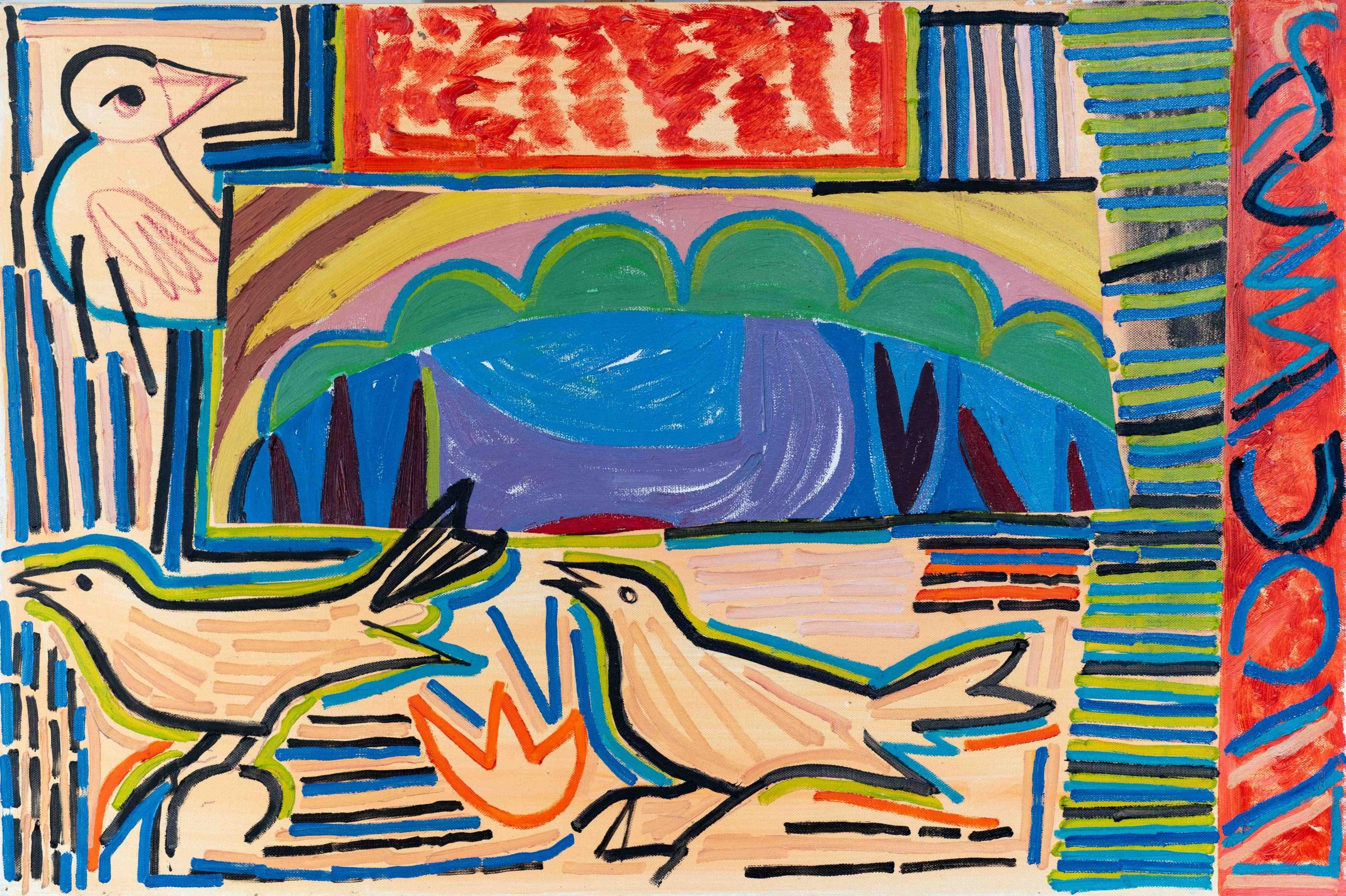
Janet McKenzie’s art practice combines Making (painting, drawing, printmaking) and Writing. She studied at the Australian National University (History of Art, Philosophy), the Canberra School of Art (etching), University of Melbourne and the University of St Andrews (PhD on Arthur Boyd). Her publications include: Drawing in Australia, Contemporary Images and Ideas, (1986) Noel Counihan (1986), Arthur Boyd at Bundanon (1993), Arthur Boyd: Art and Life (2000), The Art of Ken Done (2002), John Bellany and Thomas Gainsborough, (2012) Moving Beyond, Contemporary Painting China, 2013, Isabel Alexander: Artist and Illustrator (2017) and Godwin Bradbeer (2018). She co-edited Studio International (2000-13) with Michael Spens (19392014) and The Drawn Word (2014) with Spens and Stephen Farthing. She continues to interview artists and to write for Studio International and is presently working on new books.
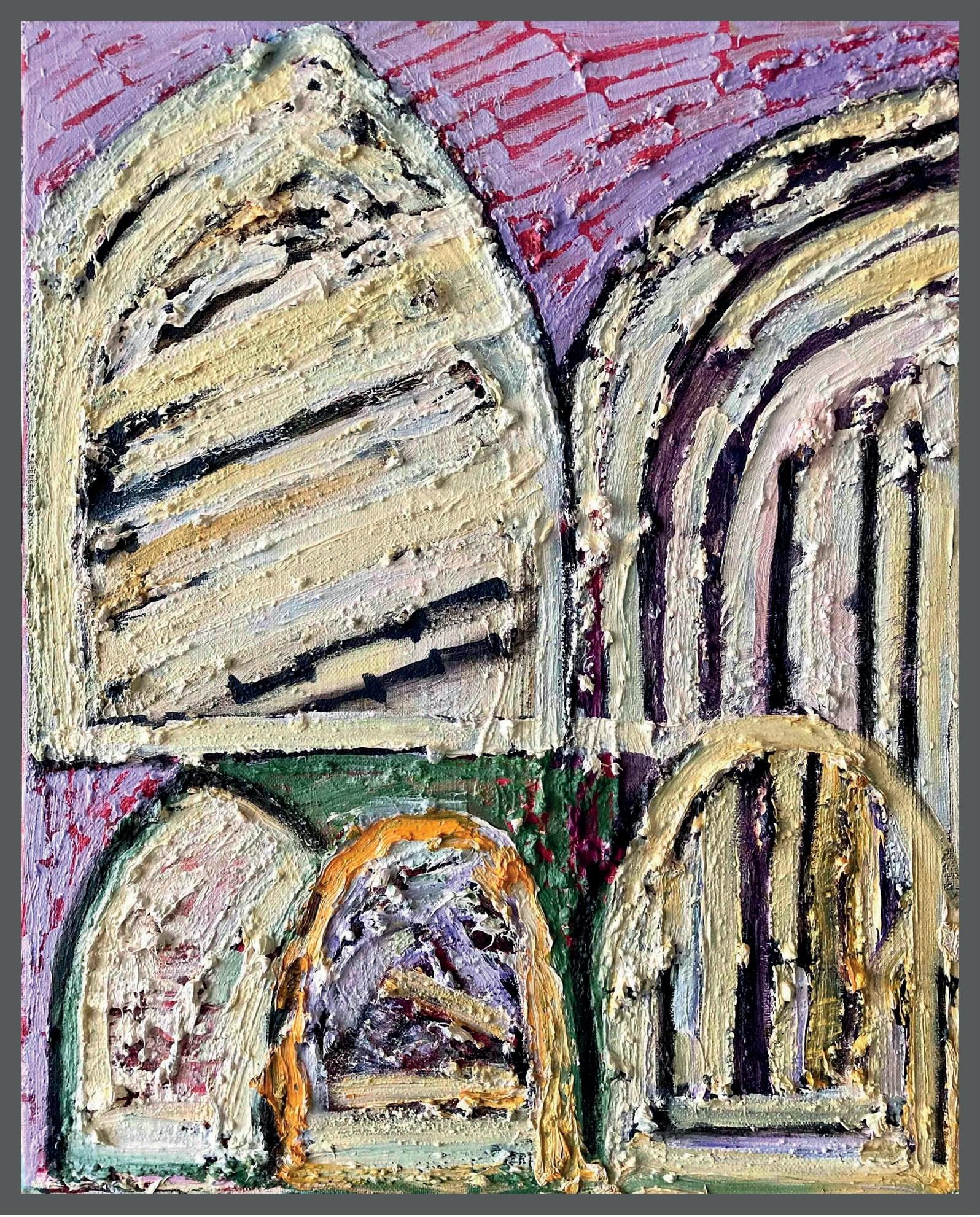
Janet McKenzie’s artist memoir: Catharsis: A Grief Drawn Out (April 2025) explores the visualization of loss by interrogating 88 drawings and paintings made since the diagnosis of her husband Michael Spens’s Stage 4 cancer in 1996. The inscrutable works are used to form a visual narrative to describe and fathom the experience of living with the 6-week to 6-month prognoses issued and outlived for over 18 years.
Michael’s survival was due in large part to an experimental and toxic medication but the audacity of his survival confounded the medics. Their family’s experience will become more commonplace, as immune therapies extend lives, but to an unknowable extent.
Drawing and painting provided a release from the taxing daily regime as carer, mother and earner. Inscrutable visual forms were created from deep within to insinuate love, loss, and fear. The use of a lexicon of plant and landscape forms, subconscious fairytale imagery in Scotland, China and Australia resulted in complex images that came to possess clues to understanding and assuaging the impact of trauma and loss. The narrative is informed too by extensive research for published books and essays since 1985 on contemporary drawing; and with 150+ interviews with artists.
Charles Jencks author of The Architecture of Hope described Catharsis as an, ‘original and important contribution to the literature on bereavement’.

Where did you grow up?
I grew up in Orbost, Victoria and went to the local high school where I studied French and European History by Correspondence School. But I wasn’t allowed to study art in sixth form because the headmaster said that art was not a real subject; my chemistry teacher said I was just being rebellious for choosing art over science. Also at school, I remember discovering a book on Picasso when I was about 15 and being instantly relieved and then reassured that there was such a thing as a visual language. Art enabled me to make sense of life; it became my refuge. I ended up at ANU where I eventually studied History of Art.
When did you first realize you were going to be a writer?
I loved talking about art, especially abstract expressionism and creativity itself, long before I wrote about it and found that conversations with artists enabled me to develop and clarify ideas. I therefore loved teaching and was fortunate to teach at the Canberra School of Art, the Victorian College of the Arts, and the College of Fine Art, Sydney. I was invited to write Drawing in Australia: Contemporary Images and Ideas in 1985 and through it visited 70 artists’ studios; I chose their work and wrote about it. It was life changing. Drawing is central to my own work in various forms and through it I have learned its endless applications. Writing always seemed like a collaboration with the artists I worked with. Going back and forth between word and image has always felt like an imperative, and an important grounding activity.
I see drawing as an essentially generative process. Its immediacy makes it the most potent expression of one’s thoughts and emotions: the quality of the drawn line provides a subtler reading of subliminal ideas and feelings. In the context of an emotional crisis, it literally becomes a lifeline.
Can you describe your work processes, both Writing and Image-making?
My own painting and printmaking have always underpinned and informed my writing. Working with 70 artists for my first book and a similar number for the second and then closely with Arthur Boyd whilst doing my PhD was wonderful. I also worked with the Australian poet Peter Porter who lived in London who did key collaborative projects with Boyd. Peter taught me to read poetry (another gap in my education) by equating sound, syntax, structure, tone, rhythm with line, shape, form, space, colour.
I was influenced by them both (and pushed intellectually by my supervisors Martin Kemp and Bernard Smith) and it gave my own creative practice direction and impetus. The relationship between my writing and image-making changed in 1996 when my husband was given a terminal cancer diagnosis (our daughters were 8, 6 and 2). I realised I needed the immediacy of my own image-making rather than writing about other artists work, although I continued to write books and do artist interviews and reviews for Studio International until quite recently.
My husband Michael Spens and I had moved to Scotland from Australia in 1987, so his illness felt catastrophic since almost all my close friends and family were in Australia. Being his carer whilst also a mother of three young children, living remotely, and having to earn to support us through these circumstances was a huge strain. The main issue was that for 18 years, we were told by doctors that he had 6 months to live. This created a perpetual crisis and long-term uncertainty for all of us. This is a situation that has become more commonplace as immune therapies extend life but to an unknowable extent. Living with a six-week to six-month prognosis for 18 years was taxing beyond words.
When he died the initial period of bereavement was a strange, disengaged experience. Then I felt that grief would last forever. I knew there was a compelling link between the creation of visual forms and healing, and I sensed that my inscrutable artwork held the key to understanding what had happened over a 20-year period to my family and me, and comprehending it better, would enable my own healing, and help others in such situations to define new futures.
When I showed a stack of my drawings to two artist friends in Dundee, I realised that my snatched creative output over those 20 years with juggling my writing projects, carer duties and motherhood, held clues to the essence of the fear of one’s mortality, the impact of loss of income on future planning and subsequent ramifications on one’s career, marriage and family relations. I had inadvertently captured the experience of confronting the loss of my husband, over many years by creating inscrutable visual forms.

With hindsight I realised that my drawings were created from deep within to insinuate love, loss, and fear. At the time of making them, I achieved a short-lived sense of feeling grounded; the feel-good endorphins produced through the creative act. Conversations with these friends, Grant Clifford, Georgina Follett and Tess Jaray in London enabled me to interrogate 100 drawings, to find patterns, to understand implied meaning. The process of writing Catharsis has been hugely liberating - every bit as important as making the work in the first place.
The actual writing process of Catharsis in 2018, was unlike anything I had done before. I wrote most of the 30,000-word text in 2 weeks. It exploded onto the computer and then I tweaked and polished it. Describe your work.
I created a lexicon of plant forms in my teens that I continue to use today. It can be dated to receiving a box of oil paints from my father for my fourteenth birthday. It is not possible to offer a complete explanation for the choice of forms, other than to say that they were always there; now,
I believe these recurrent forms continue to express an elusive sense of personal containment.
My art practice distils emotional experience into ordered visual forms. Through mark-making I have evolved an organic language of abstraction, blurring the boundaries between drawing and painting. The visual language draws from the landscape in Scotland and Australia having spent half of my life in each. The lexicon of natural forms become metaphors, poetic symbols to conjure emotional states.
Moving to Scotland (1987) from Australia, my paintings and drawings were a means of exploring a new home and culture. Wormiston Wood, where I still live, has layers of history and it’s a place where nature can be observed close-up. It enabled a new language to evolve, although I identify more dramatically with parts of the west coast, since my forebears migrated from Skye to Australia (1861). The ancient volcanic landscape of Ardnamurchan Peninsula, Argyll and the sublime Hebrides always inspire new work, new conceptual ideas. The 19th century diaspora has its roots in the Great Famine in Ireland and the Highland Clearances in Scotland and the subsequent transference of culture and consciousness to Australia and the US that are in my make-up. Immersing myself in the landscape (in Australia and Scotland) has helped to understand the relationship between place, memory and self.
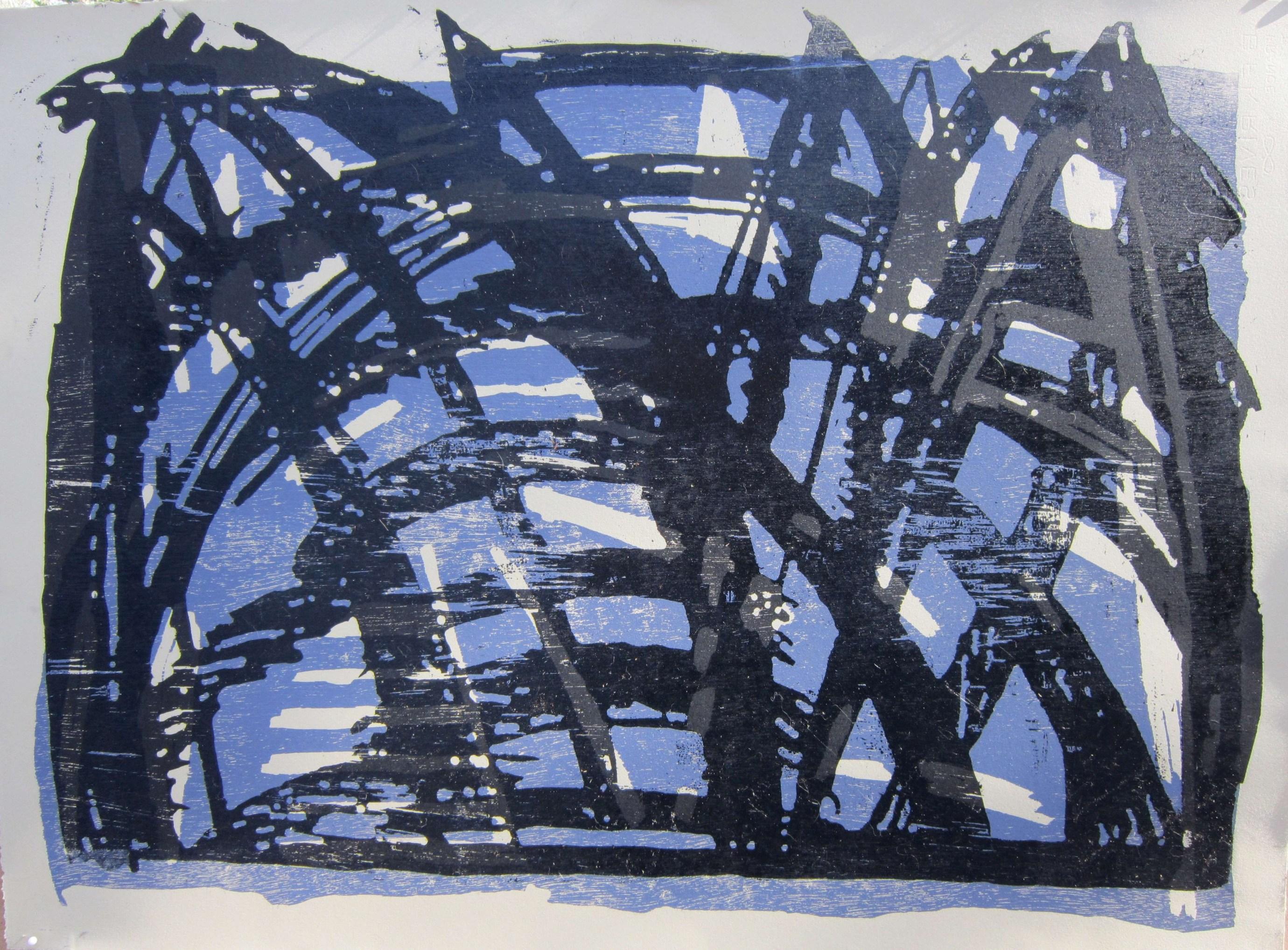
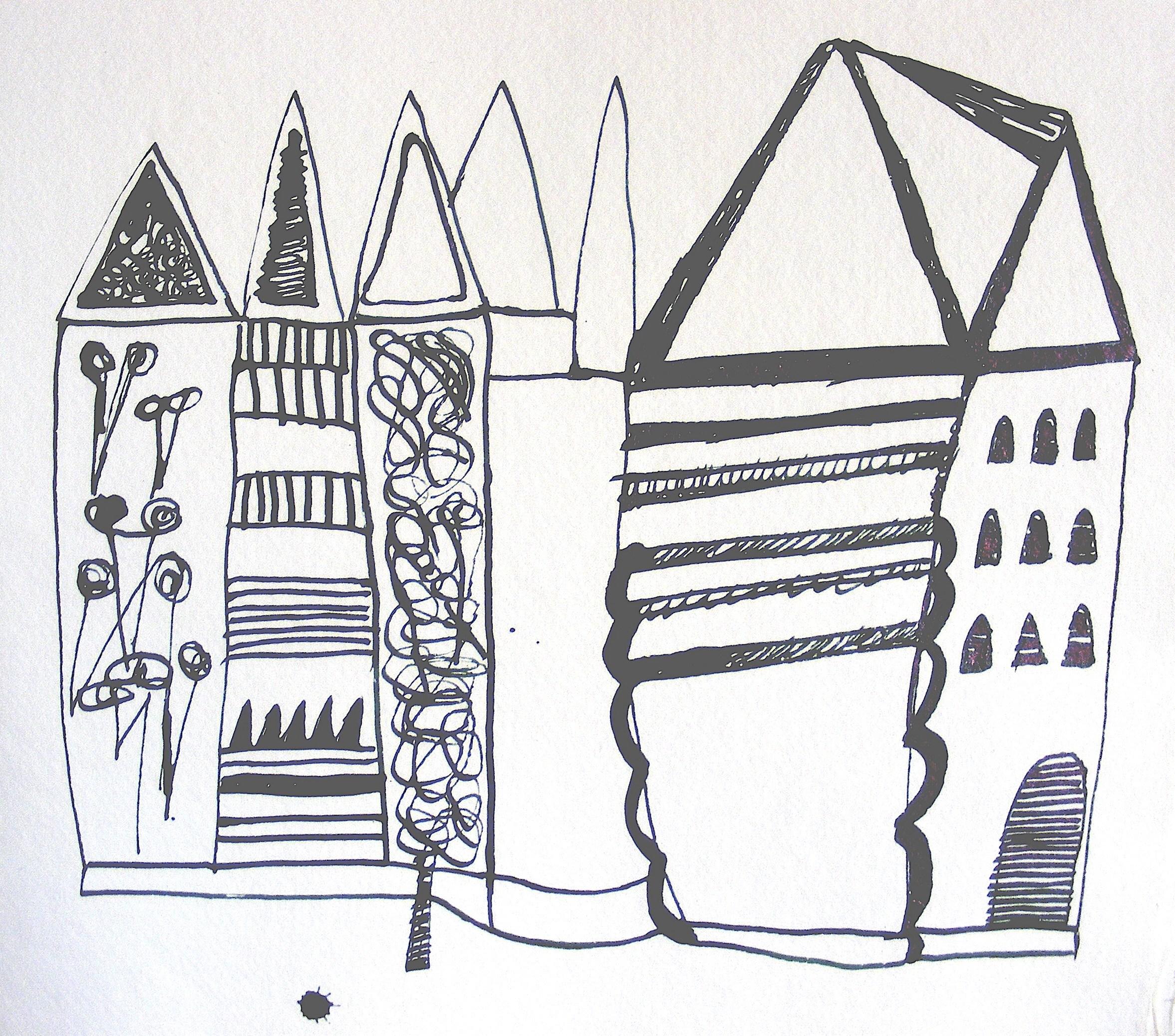
Over the past 40 years I have been drawn to and influenced by Wassily Kandinsky, the German Expressionists, Australian Indigenous art that I have written about for Studio International since 2000, particularly Emily Kame Kngwarreye. Joseph Beuys has been important, especially because he was brought to Scotland in the 1970s by Richard Demarco who observes: ‘Beuys’s art exhorts us “to show our wounds” and to use the language of art as a blessing upon the suffering of humanity and as a message of hope.’ Anselm Kiefer’s work is always a profound experience for me, and I love the poetry of Christopher Le Brun’s large abstract paintings, and the writing of Edmund de Waal. Mike Parr, who was in my Contemporary Australian Drawing (2012) and who I recently interviewed for Studio International has helped me to understand drawing and its capacity to define identity. The fabulous recent exhibitions of the work of Hilma af Klint enabled me to continue my intuitive image-making even when it feels strange and elusive.
What are you working on at present?
I read a lot at present and found Jennifer Higgie’s splendid book, The Other Side: A Journey into Women, Art and the Spirit World enabled me to position my work in a new way. I have made quite a lot of circular canvases over the years, and I recently hung them and started some new ones. Within my imagery there have always been a lot of circular forms: lochs, lakes, wells, the sun and the moon, plant forms - all with spiritual associations. A circle is also a lens – to focus on the minutiae of life, to look closely at almost invisible forms of life. And the circle was central to the modernist project and the title of the magazine Circle, International Survey of Constructive Art (1937) the famous manifesto edited by Leslie Martin, Ben Nicolson and Naum Gabo. Then a friend gave me a copy of John O’Donohue’s, Anam Cara: Spiritual Wisdom from the Celtic World, where he states, “The Celtic imagination loved the circle. It recognised how the rhythm of experience, nature, and divinity followed a circular pattern.’ There seems a curious inevitability that I should go back to the west coast and see where these ideas take me.
Your future aspirations with your art?
I have two exhibitions in Edinburgh this year of the work in Catharsis: A Grief Drawn Out. I plan to show my work more regularly here and in Australia.
- Janet McKenzie © 2025.
A L L E R Y J A N E T M C K E N Z I E



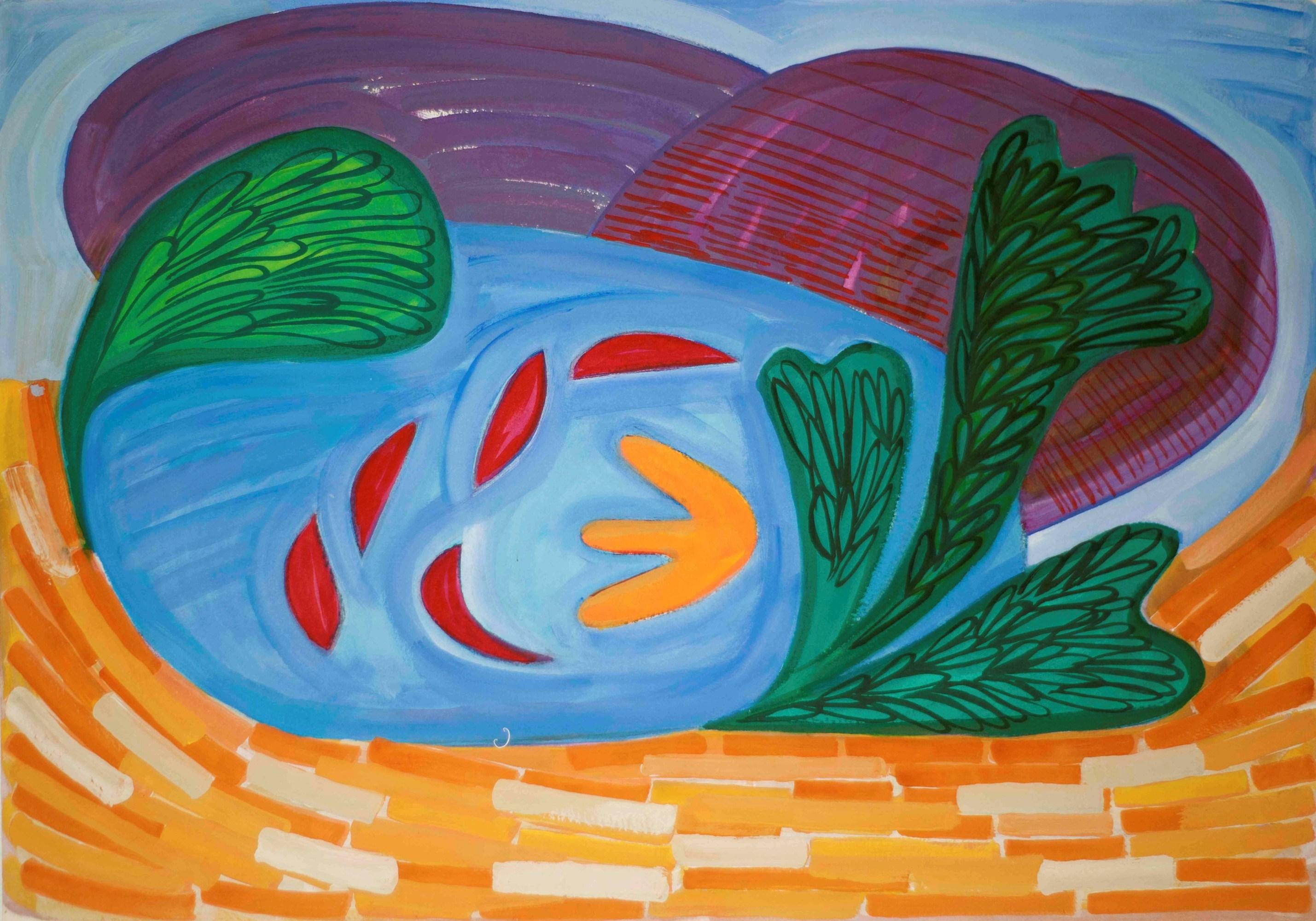

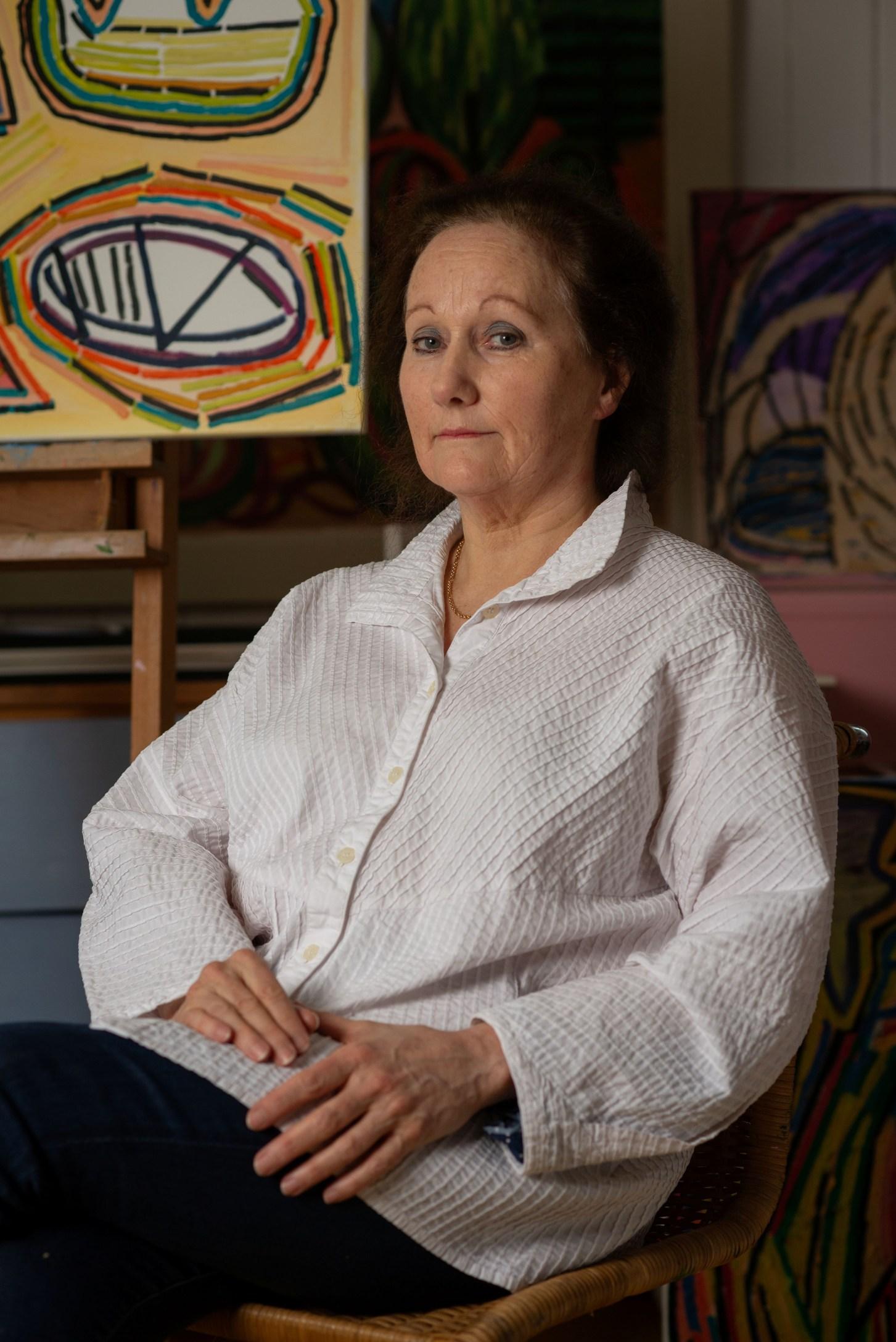
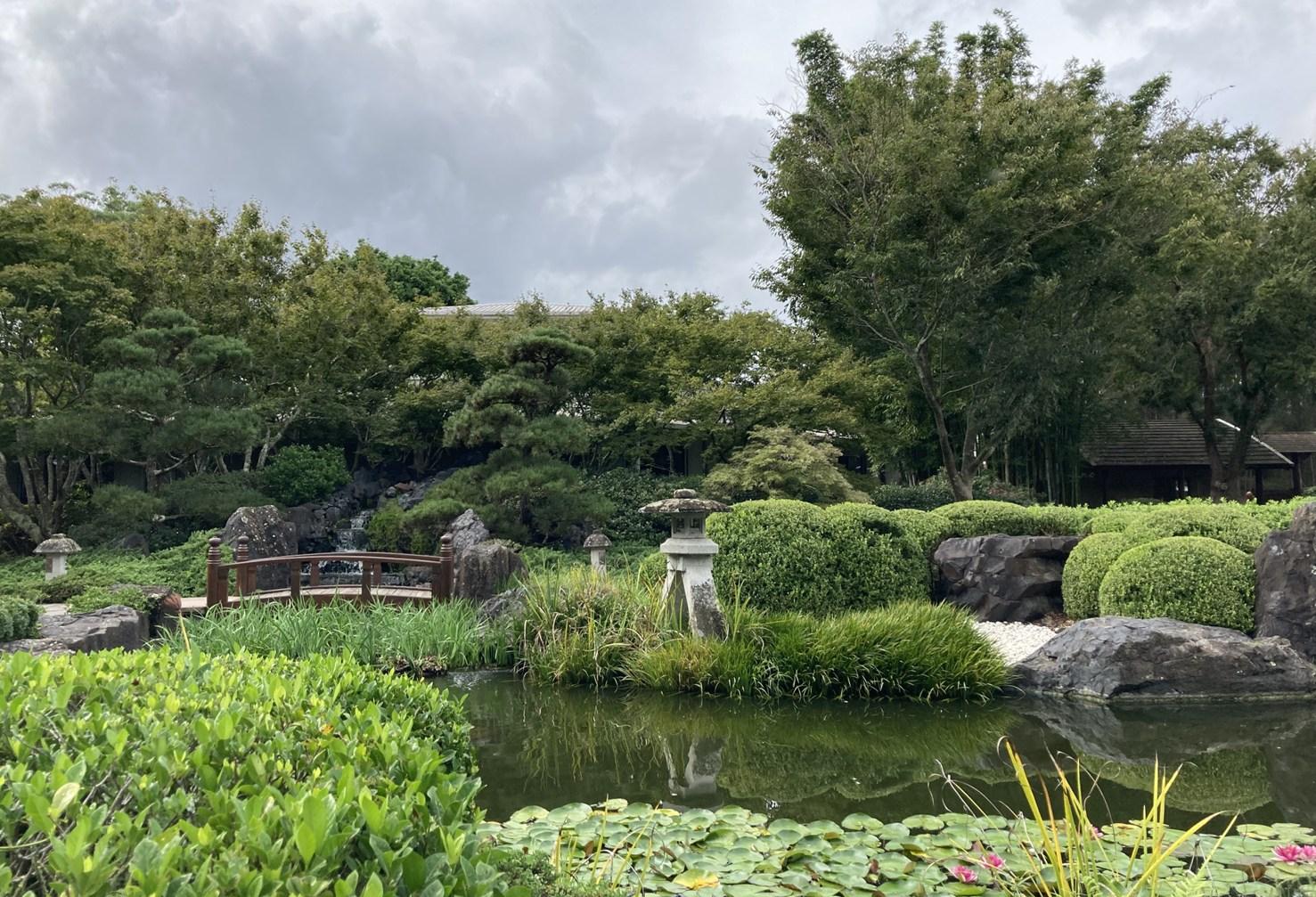
Lorraine Fildes
The Edogawa Commemorative Garden is a beautiful peaceful space located in the Gosford Regional Gallery precinct. Gosford formed a Sister City Agreement with Edogawa, Japan in 1988. A gift from Edogawa, the Garden was officially opened on 14 October 1992. The Mayor of Edogawa, Masmi Tada, made an official visit to the garden on 20 May 2000 - celebrating the Spirit of Friendship Between Edogawa City and Gosford City.
The garden was designed by Mr Ken Lamb, an Australian garden architect with much knowledge of Japan, and it was the first Japanese garden designed by an Australian architect. It was designed in accordance with the original principles of the Japanese Heian (700AD) period but with adaptation to the Gosford climate and plant availability . Extending over 4,000m2, the garden is based on a traditional ‘shuyu’ (strolling style) garden, incorporating Japanese features. The garden has meandering pathways, a roofed Japanese pavilion overlooking a Lotus pond, a raked dry-stone garden a traditional Japanese teahouse, water bowl (Chozubachi), lanterns, a waterfall, two bridges over the pond and beautifully manicured greenery.
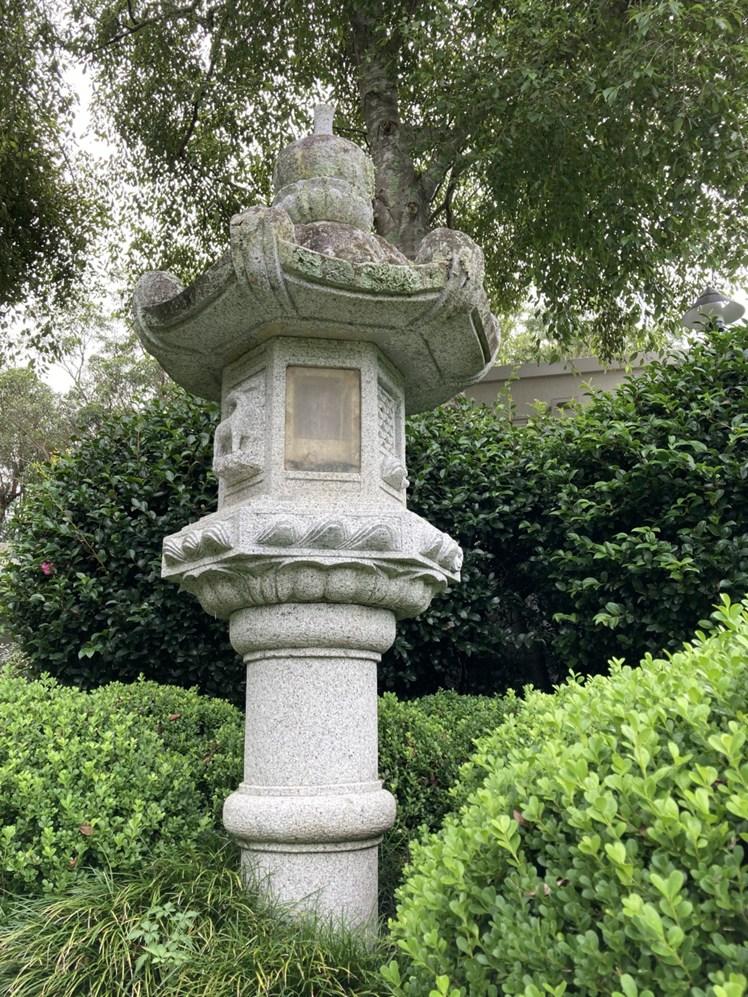
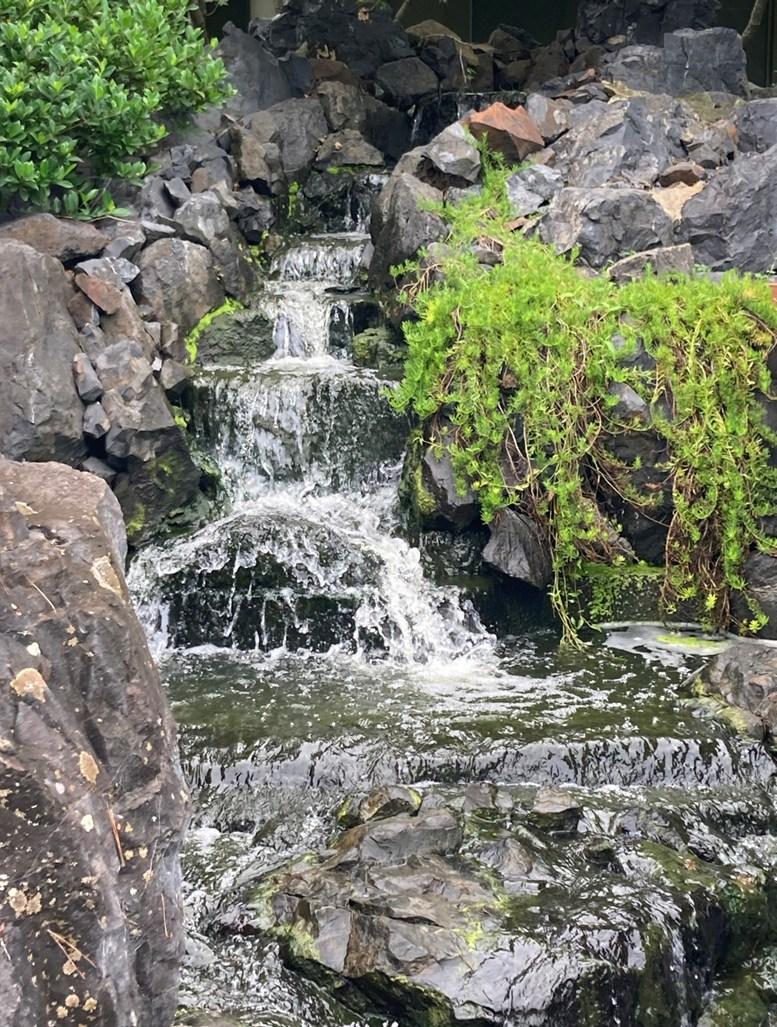

The Dragon’s Tail waterfall takes its name from the movement of water to and fro across the rocks as it tumbles into the pool that feeds the lotus pond. It refers to the imagery of chi or living spirit that inhabits all living things.

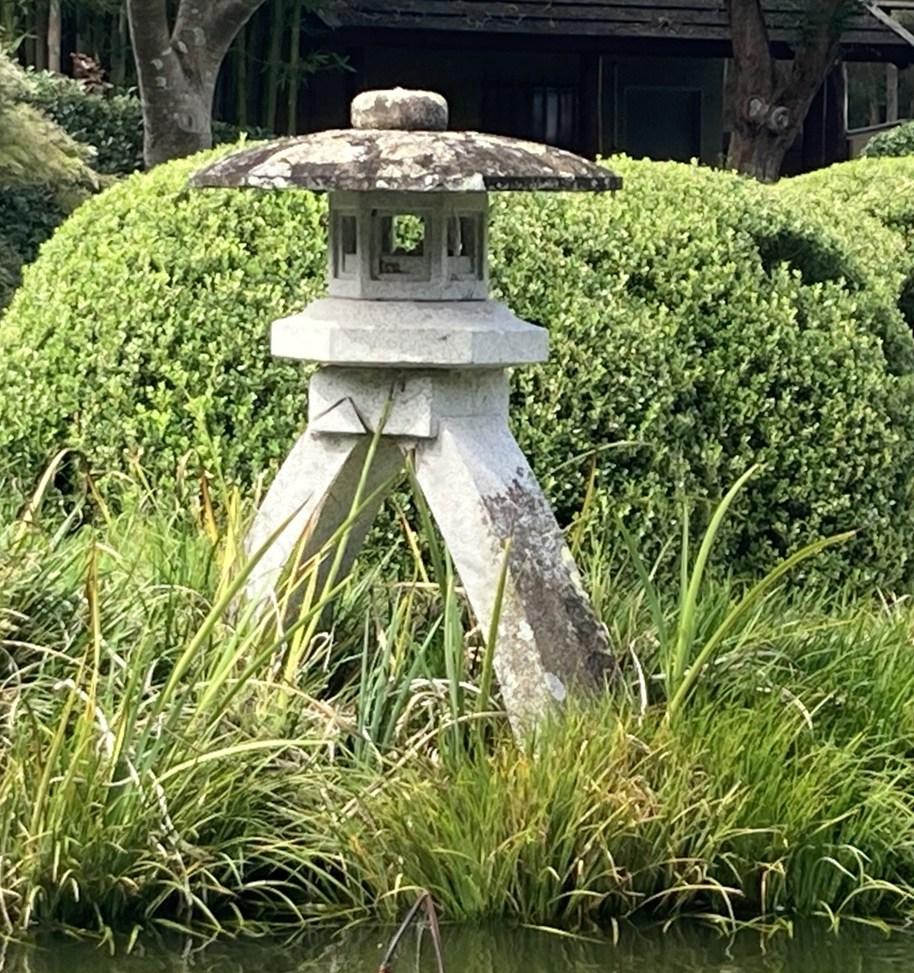
The large kotaji lantern is said to bring good luck and fortune to young couples in love. With one leg in the water and one on land it represents the bridge between two worlds.
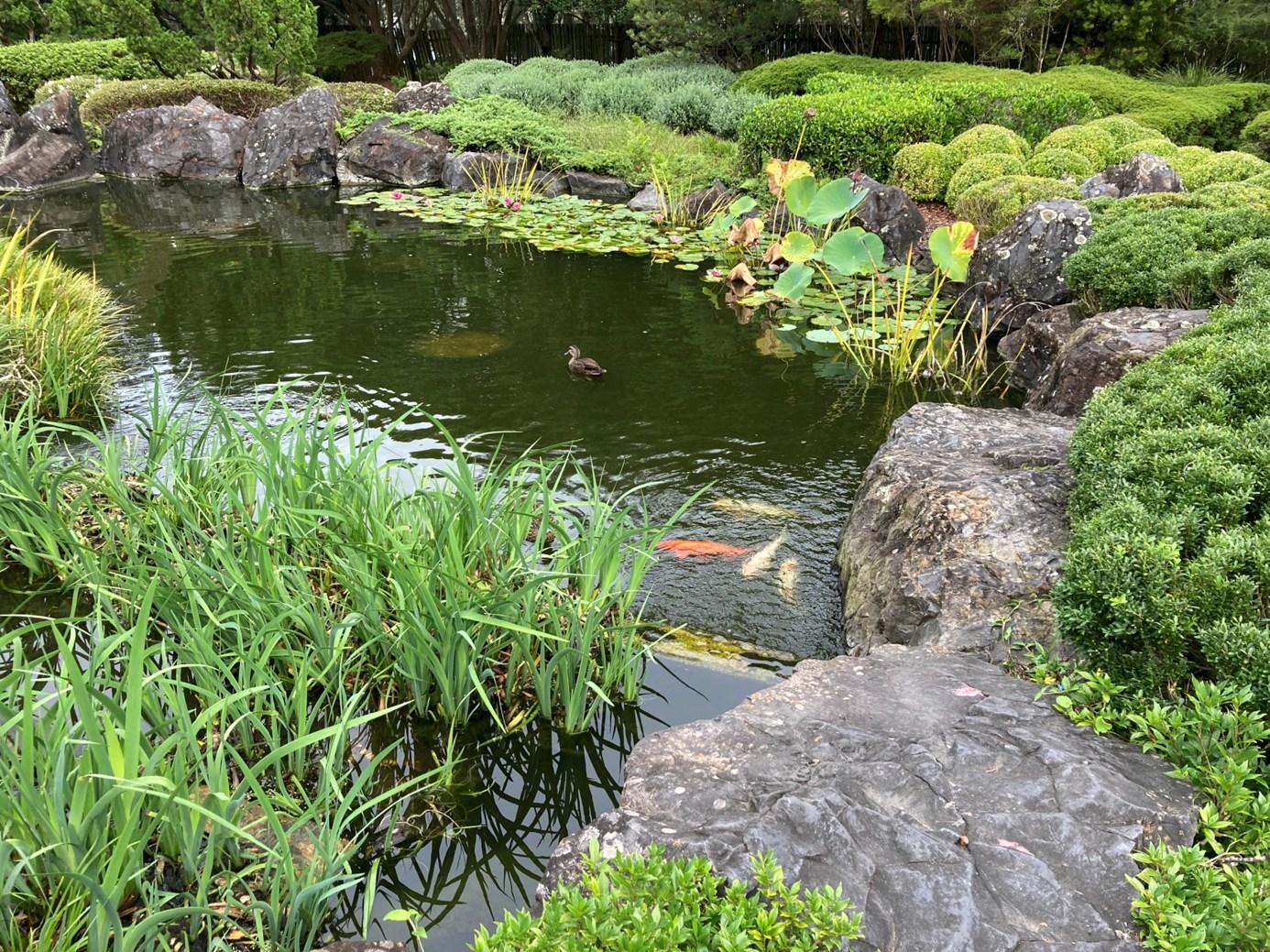
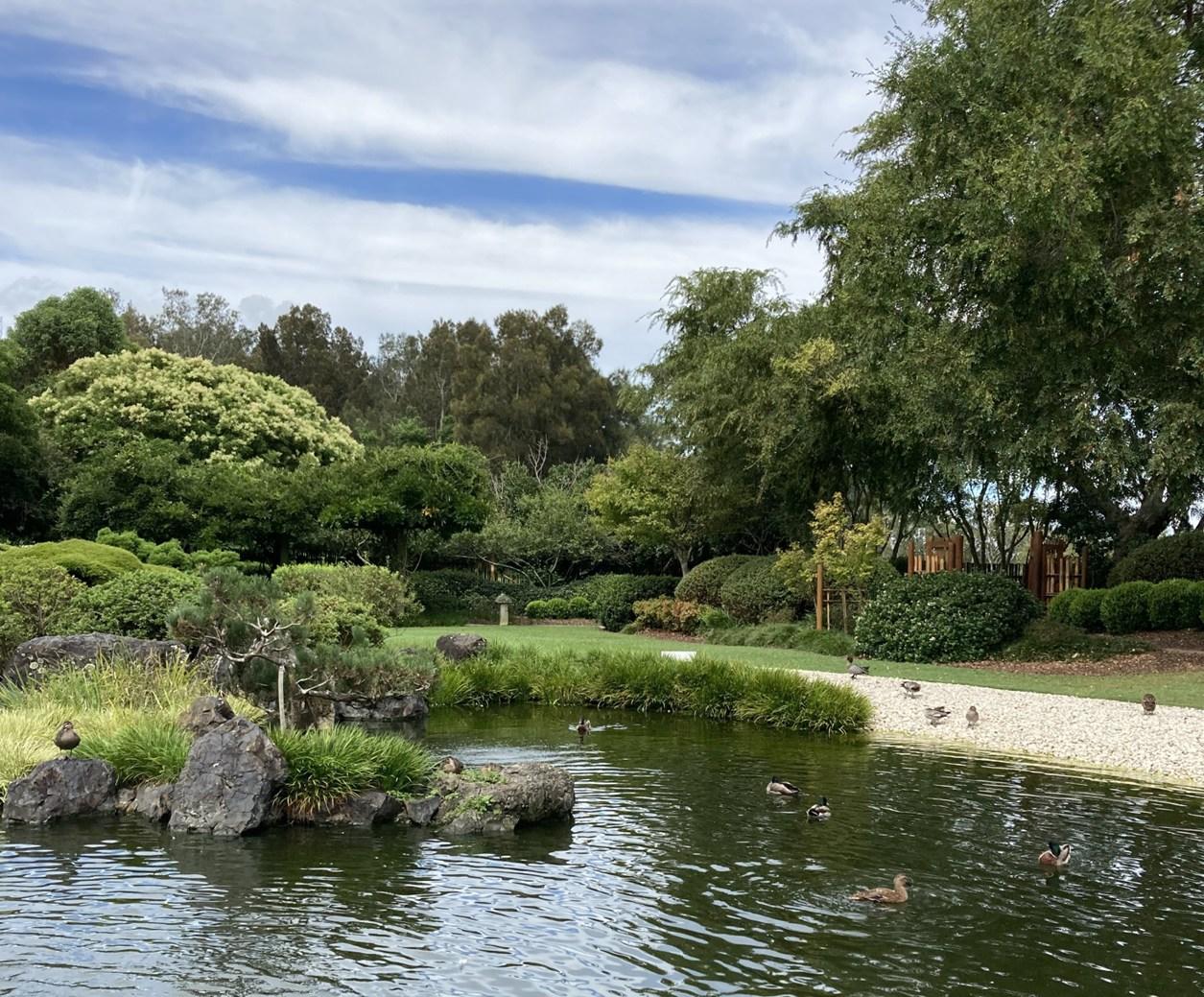
Turtle Island set in the Lotus pond. It is made from large hand-selected rocks originating from Peats Ridge.
The many ducks in the garden have made Turtle Island their home.

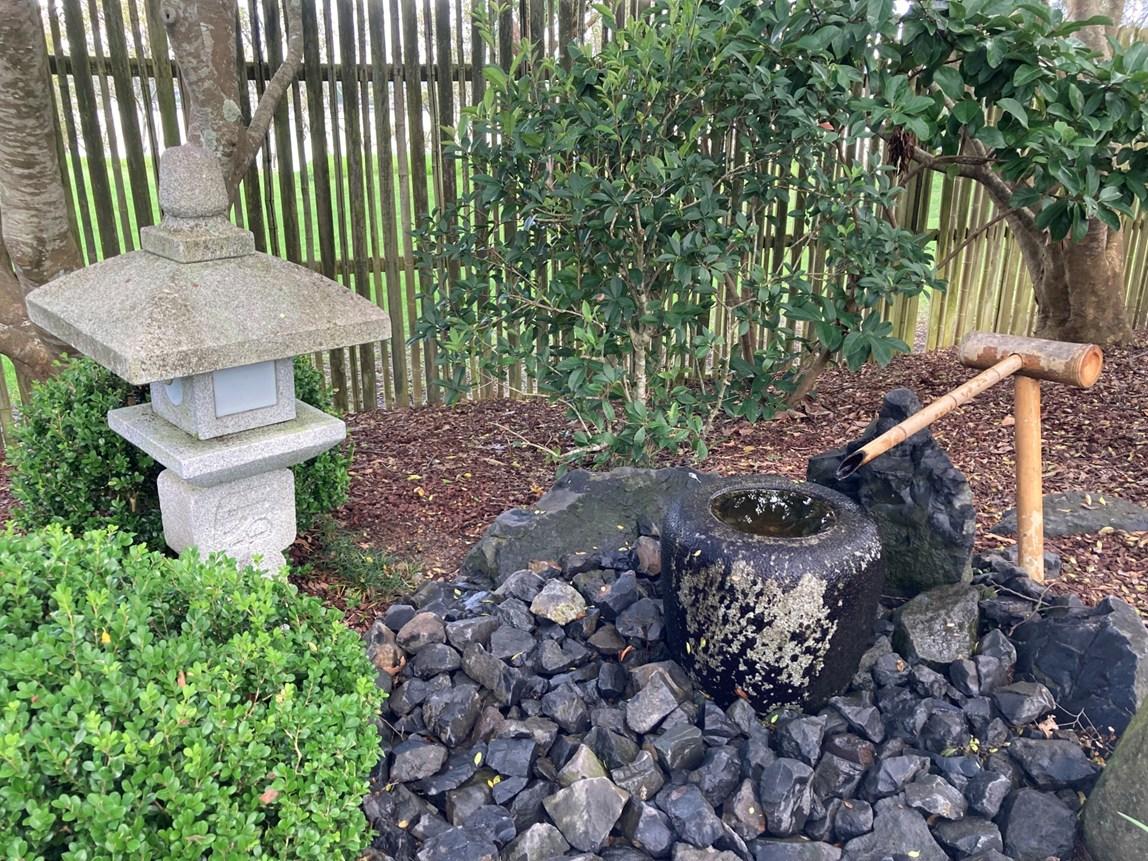
As you near the Tea House, you will see the water bowl (Chozubachi) so you may purify yourself by washing your hands and adopting a humble kneeling attitude.

From the Chozubachi you follow the mosaic stone path through the gates to the Tea House.

T E A H O U S E
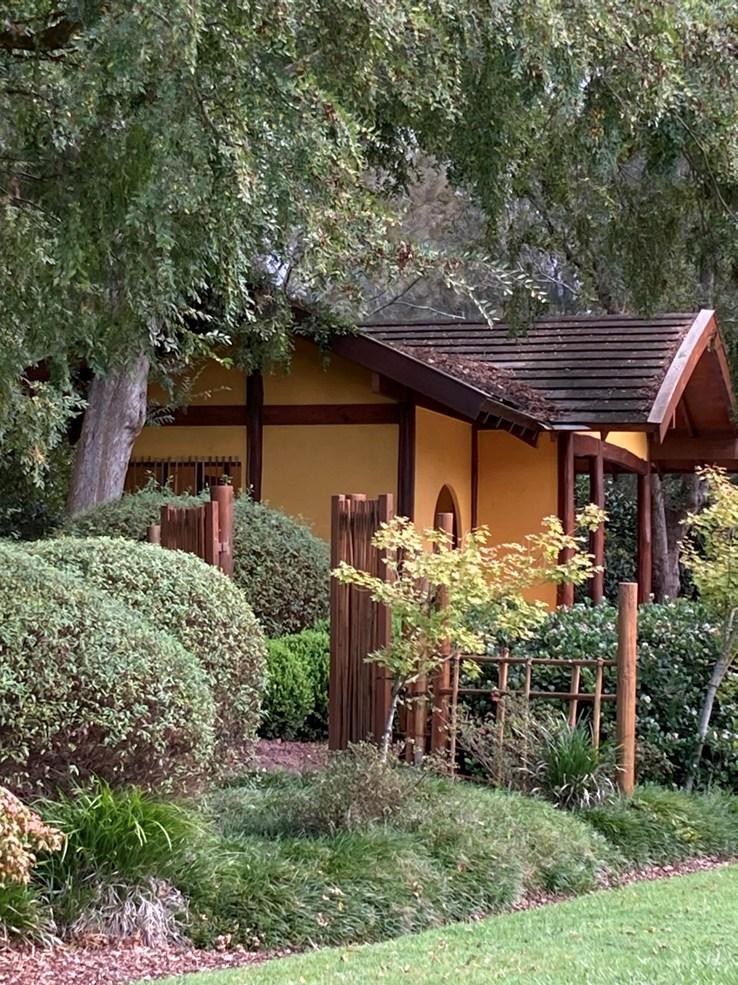

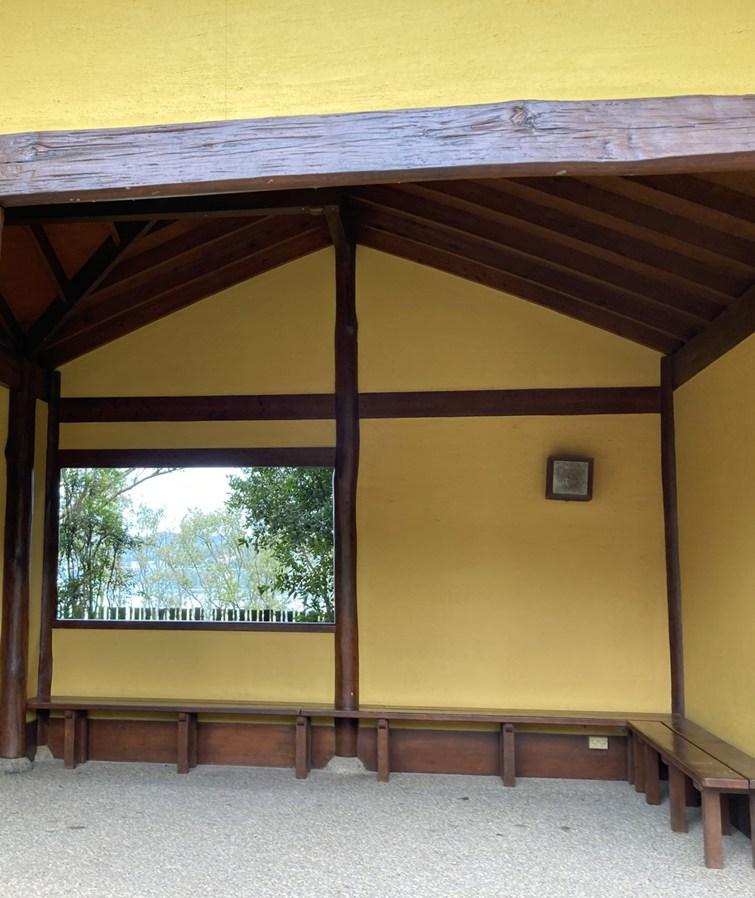
The Tea House is a place to sit and think and meditate. It is simply furnished – providing only basic seating.


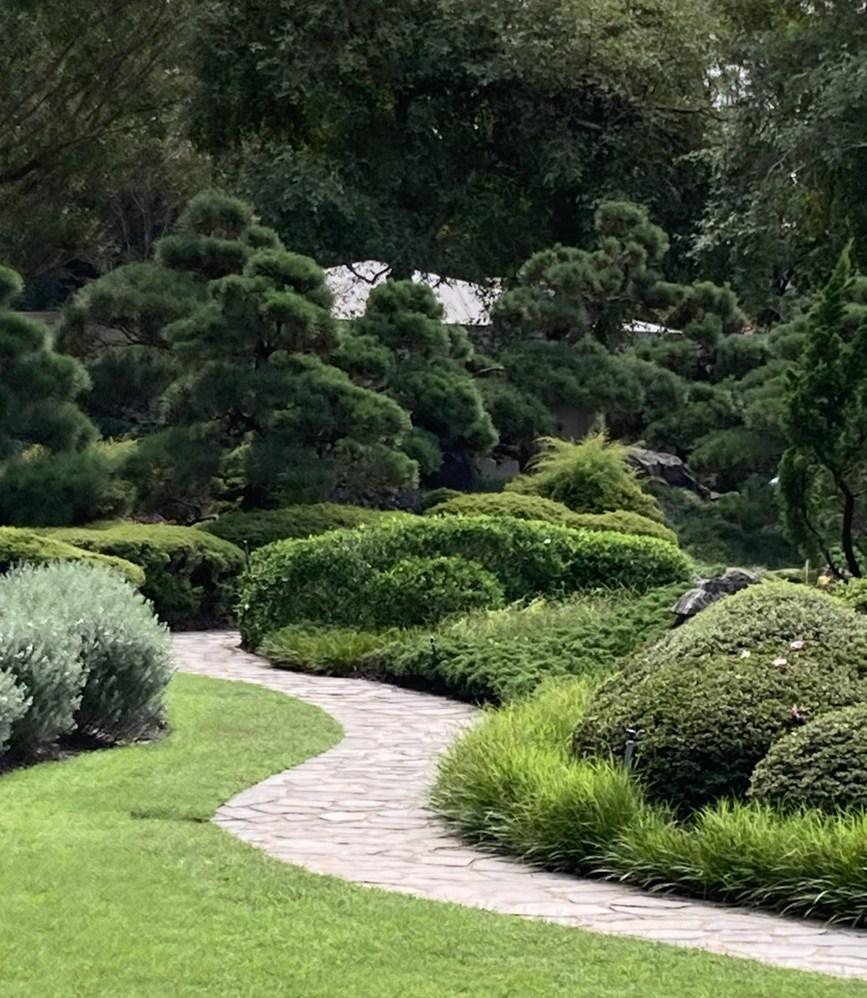
The garden is based on a traditional ‘shuyu’ (strolling style) garden and has meandering pathways, through evergreen plants and trees that have been rigorously trimmed into beautiful shapes and forms.

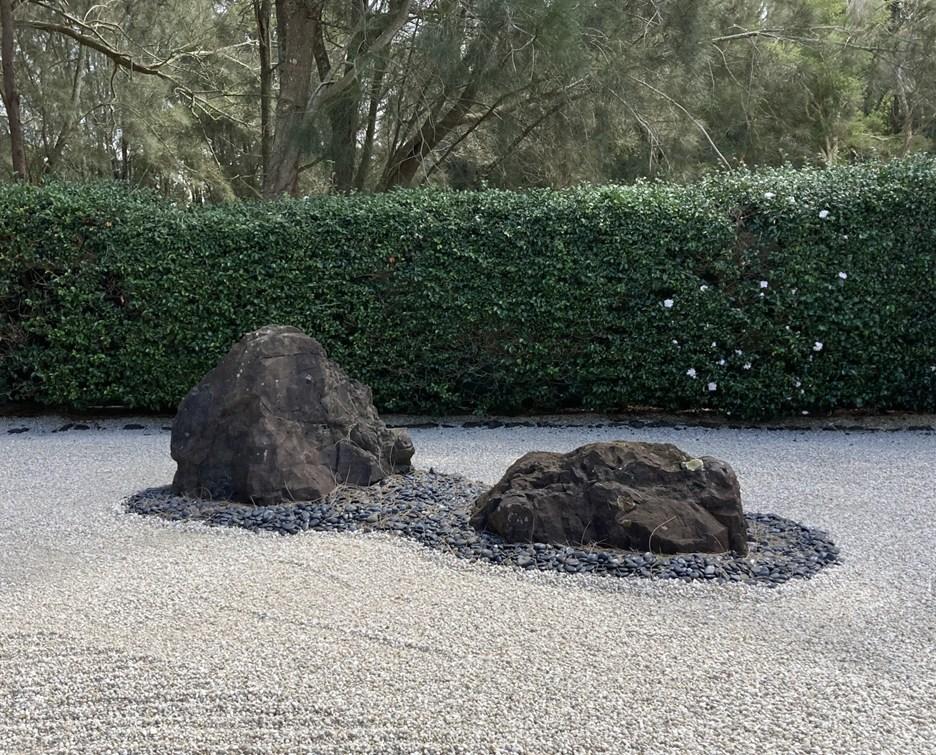
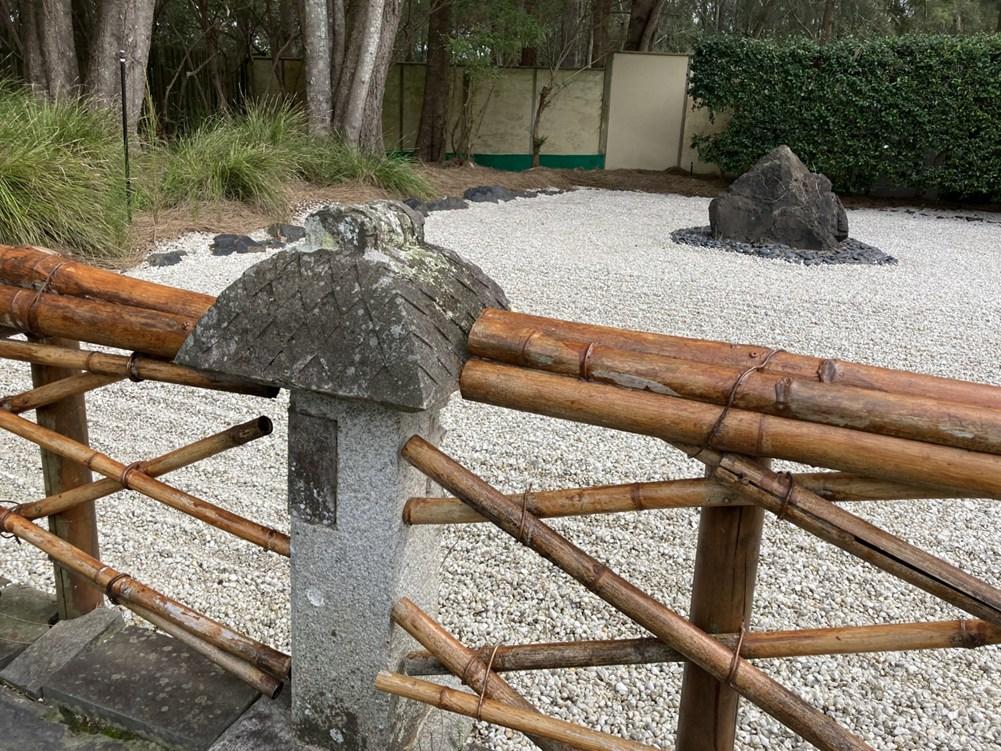
(The following notes are from the Gosford Regional Gallery “Garden Guide”)
Three stones are displayed in a sea of raked gravel. The rocks represent islands within the ocean of life and are a modern interpretation of the traditional “sanzon” arrangement of three rocks symbolising heaven, earth and man. Heaven, represented by the tallest rock is adjacent to earth, the horizontal rock. Man is shown as a diagonal rock, separate from the others representing modern man’s quest for meaning and relationship within his environment.

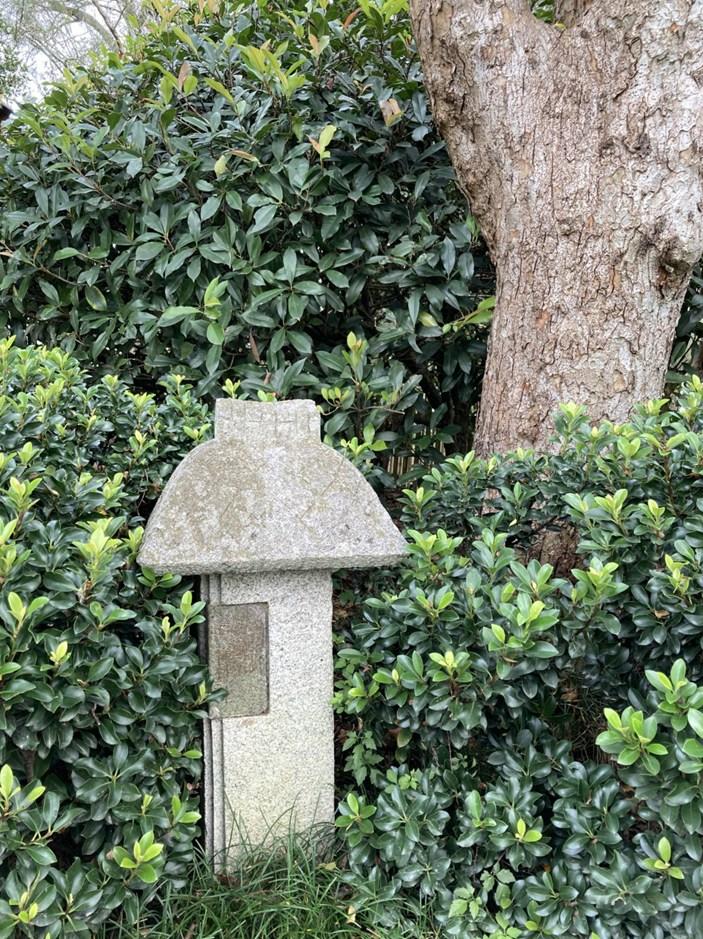

Japanese lanterns, or ‘Tōrō’ Lanterns are an essential in Japanese gardens. They significantly contribute a distinctive aesthetic quality to the garden.
One of the most apparent functions of lanterns is to provide light. They illuminate pathways and important areas thus offering visibility during evening hours.
Light (lanterns) in the garden carry both visual and philosophical significance. It symbolizes enlightenment and knowledge.
All Rights Reserved on article and photographs Lorraine Fildes © 2025.
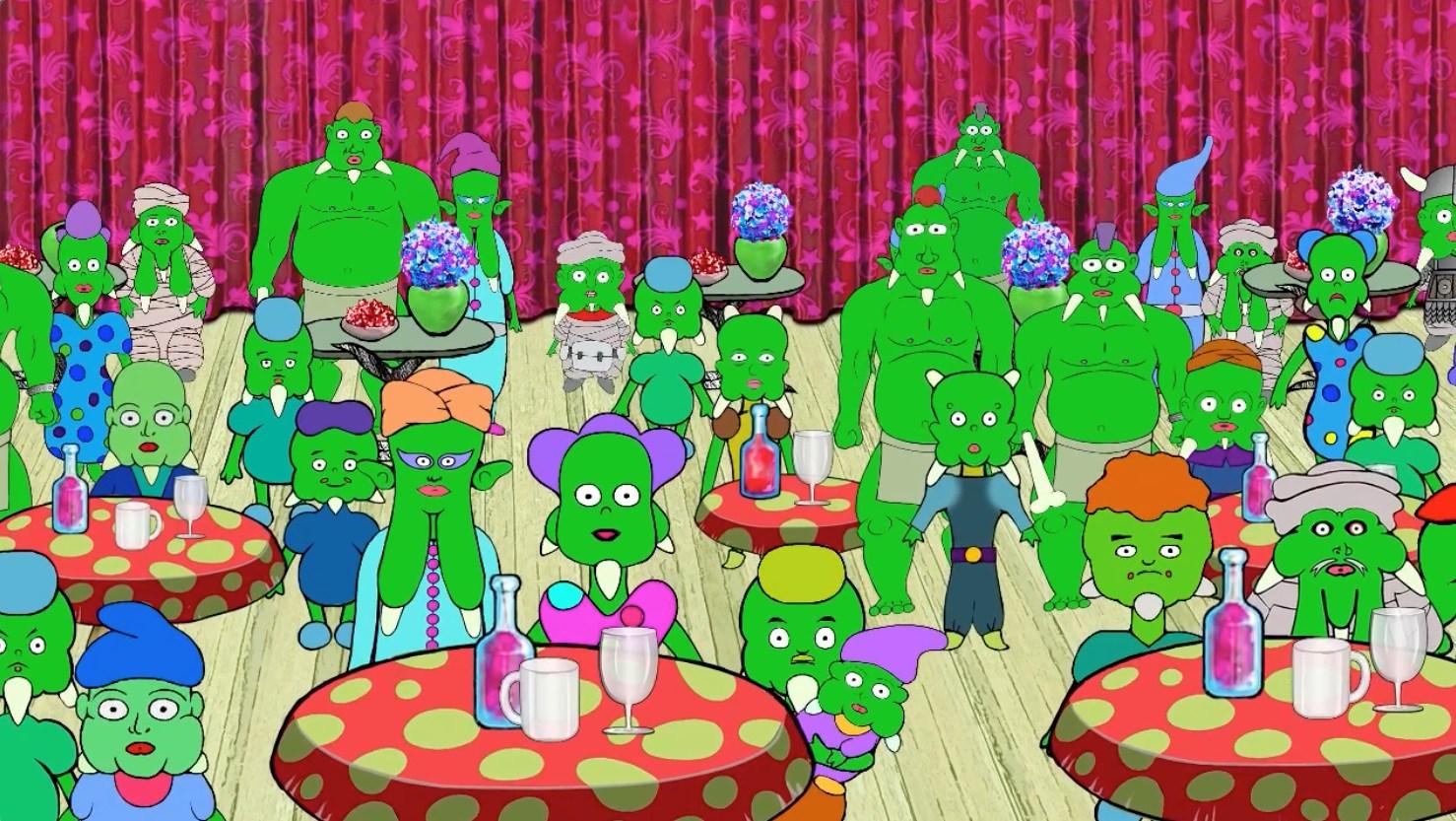
ARTS ZINE revisits the art world of Nathan Bell to hear about his passion for film and animation in this months magazine. Nathan Bell is a writer and artist from Newcastle, Australia. From a young age Nathan aspired to a creative career. He produces content in a variety of mediums, including writing, digital media, painting and film. Nathan draws his inspiration from life experience and his research which includes politics, science and history. He aspires to provoke thought and introspection and to inspire people to take meaningful action in the world. Nathans mission statementNathan is passionate about politics and works hard to take actions in life that have a positive impact on the community. Nathan's dream is to start an art and cultural movement in Newcastle, Australia which will spread around the world. Nathan wants this movement to be focused on knowledge and expression. You can support Nathan’s vision for an art and cultural revolution by sharing his creations with others.
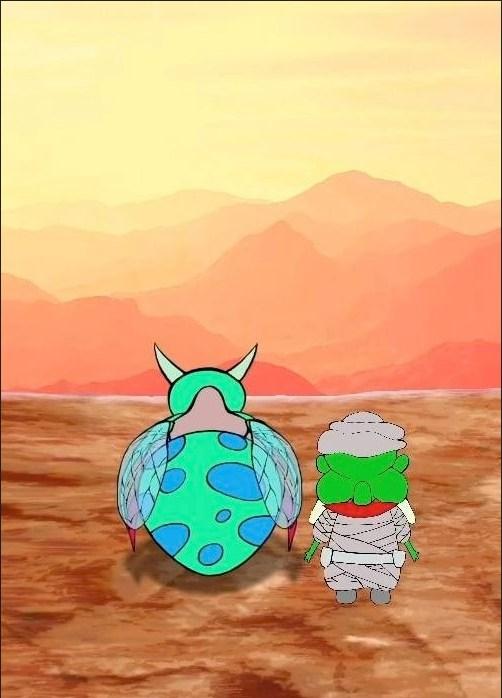
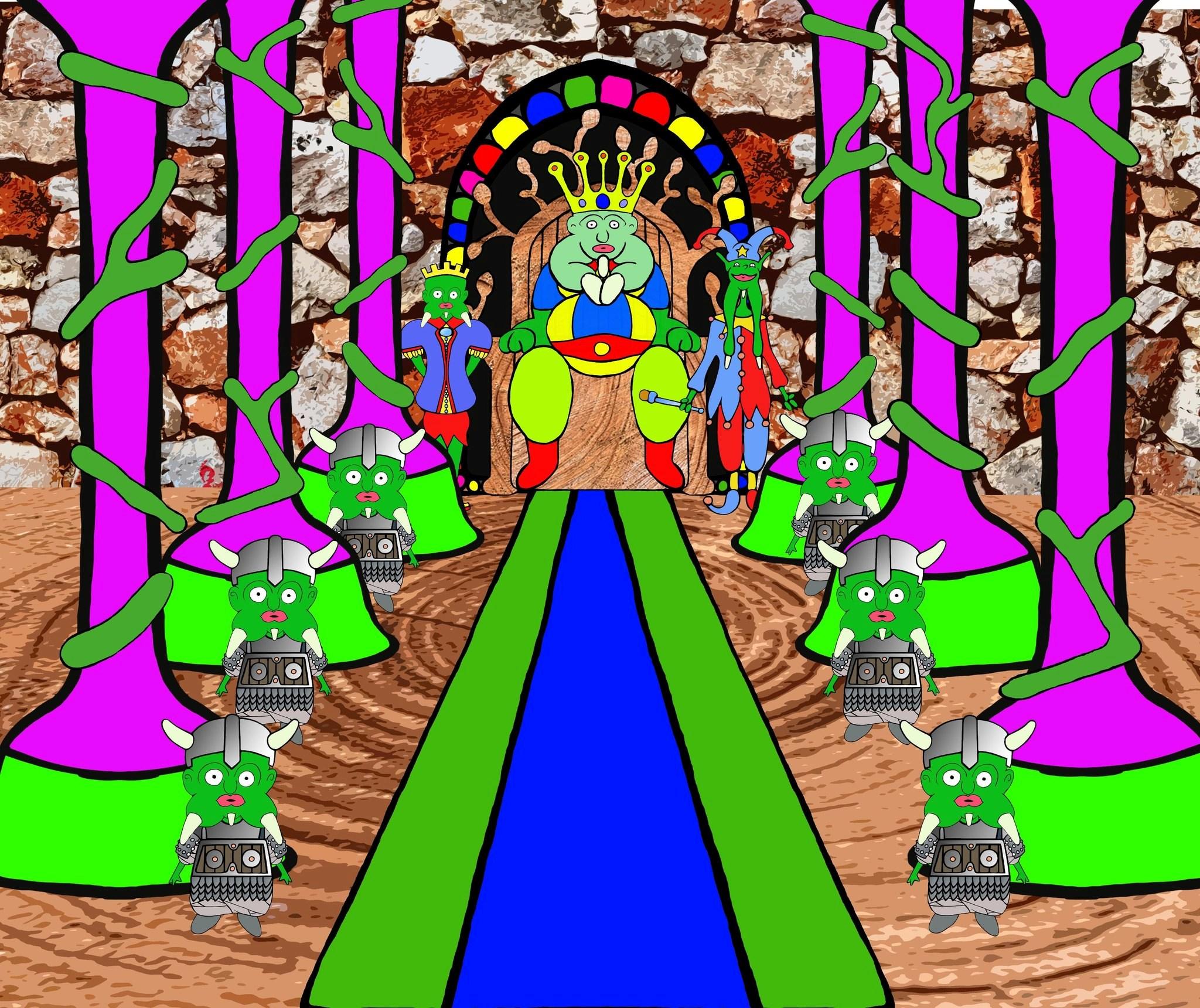
What attracted you to the world of literature and now film?
I have always seen the value of stories in human civilization. Through stories, we pass down knowledge from one generation to another, we share ideas and express our values. I am a very political thinker and I have concerns about the future of our planet. For this reason, I want to create relevant and important messages presented through art. I feel that it is easier for people to comprehend complex concepts when they are expressed through art, so I think literature and film are good platforms for sharing these messages.
Tell me about your four published short stories.
Three of my short stories are fictional memoirs based on my life experience. ‘Saturday Night on Beaumont Street’ is about my wild Saturday nights street performing in Hamilton, Newcastle. ‘Shamanic Journey’ is about a time when I was in psychosis and believed I had psychic/magical powers. ‘The Wizard and the Eyeman’ is also about when I was in psychosis but focuses on myself and my friend The Eyeman getting very lost in conspiracy research on the internet and believing we are both prophets. ‘One Minute to Midnight’ is written as a letter penned by a man dying from radiation sickness in the days following a global nuclear war. All the stories have been well received by my fans and I have had some great feedback.
How does it feel to be in print?
It’s fantastic to be in print and to be selling books and growing my audience. I always say it's one thing to write a book but if you don't print it and sell it, no one will ever enjoy it. I have had a lot of good feedback from my readers, so I smile every day because I know I’m putting quality literature out into the world.
I also want to say that the service Kindle Direct Publishing offers has worked great for me. Amazon gives the author the manufacturing cost to print their book, and that has made it affordable for me to produce a product to sell.
For many years, I lived my life immersed in a delusion that I was a prophet figure with a prophecy of nuclear war. When I was lost deep in psychosis, I believed I had become connected with the spirits of the Earth and the Universe and that they were preparing me for my destiny to unfold.
These experiences were absolutely fascinating. For this reason, I have concluded that psychosis is a highly creative state of mind. I am using my fictional memoirs to explore the creative aspects of psychosis and bipolar/ schizoaffective disorder. I hope to present an alternative perspective of mental illness to the world for consideration.
What attracted you to make an animated film?
Firstly, I have loved animation since I was a child. I enjoy many cartoons and animated movies even now in adulthood. However, the real reason I like working in the animation medium comes down to budget issues. My mind is full of huge ideas that would look amazing as live-action movies on the big screen, but I would need an entire production crew, actors and extras to bring them to life. I don’t have that.
Fortunately, I have the support of my visual arts mentor, Taejin Lee, who is provided by the creative-arts-focused NDIS service Rely-Ability. I work with Mr Lee on the animation three days a week and his efforts and mentoring are paid for by my NDIS plan. I'm very happy that I have found this service which can support me to bring my visions to life.
What is the theme of your film?
The theme of my film is adventure. In ‘UFO Abduction Dream: Journey to Ascobar’, a young girl is abducted by advanced aliens who offer to take her on an adventure to another planet. The aliens fly the girl across the galaxy to the primitive world of Ascobar where they leave her to adventure.
On the planet, she meets a young farmer alien who introduces her to his parents. The parents immediately direct him to take her to meet the king of their world. The two then travel across the desert to a tree kingdom, where the boy introduces the girl to the king. The king is mesmerised by the girl and announces that she will marry his son, the prince. The girl is then forced into a wedding until her advanced alien friends come down in their ship and rescue her, taking her home.

One of my favourite animated movies is a 70’s cult classic called ‘Wizards’ directed by Ralph Bakshi. The movie is set in a post-nuclear future and portrays an epic battle between science, technology and magic. I watched it on repeat when I was a child.
Regarding live-action films, I'm a big fan of any reasonably realistic sci -fi film that depicts alien life. Avatar was interesting because the aliens were tribal rather than advanced and I think that is a good take on the subject. The movie Prometheus from the Aliens franchise, on the other hand, had a great concept with the super advanced species ‘The Engineers’ who create life and seed planets. After that, you can't go past Star Wars for an epic portrayal of a Galactic Federation in a civil war. George Lucas is an amazing visionary director. The politics of the movies is interesting, although, I think some of the science in the franchise is a bit unrealistic.
Any particular style or period that appeals?
With cartoons, I'm very stuck in the Eighties and nineties era. I'm similar with movies, probably because that's when I was a kid and watched the most entertainment content. That being said, I am also very satisfied with the progress in CGI and other special effects technology, which makes modern movies very appealing.
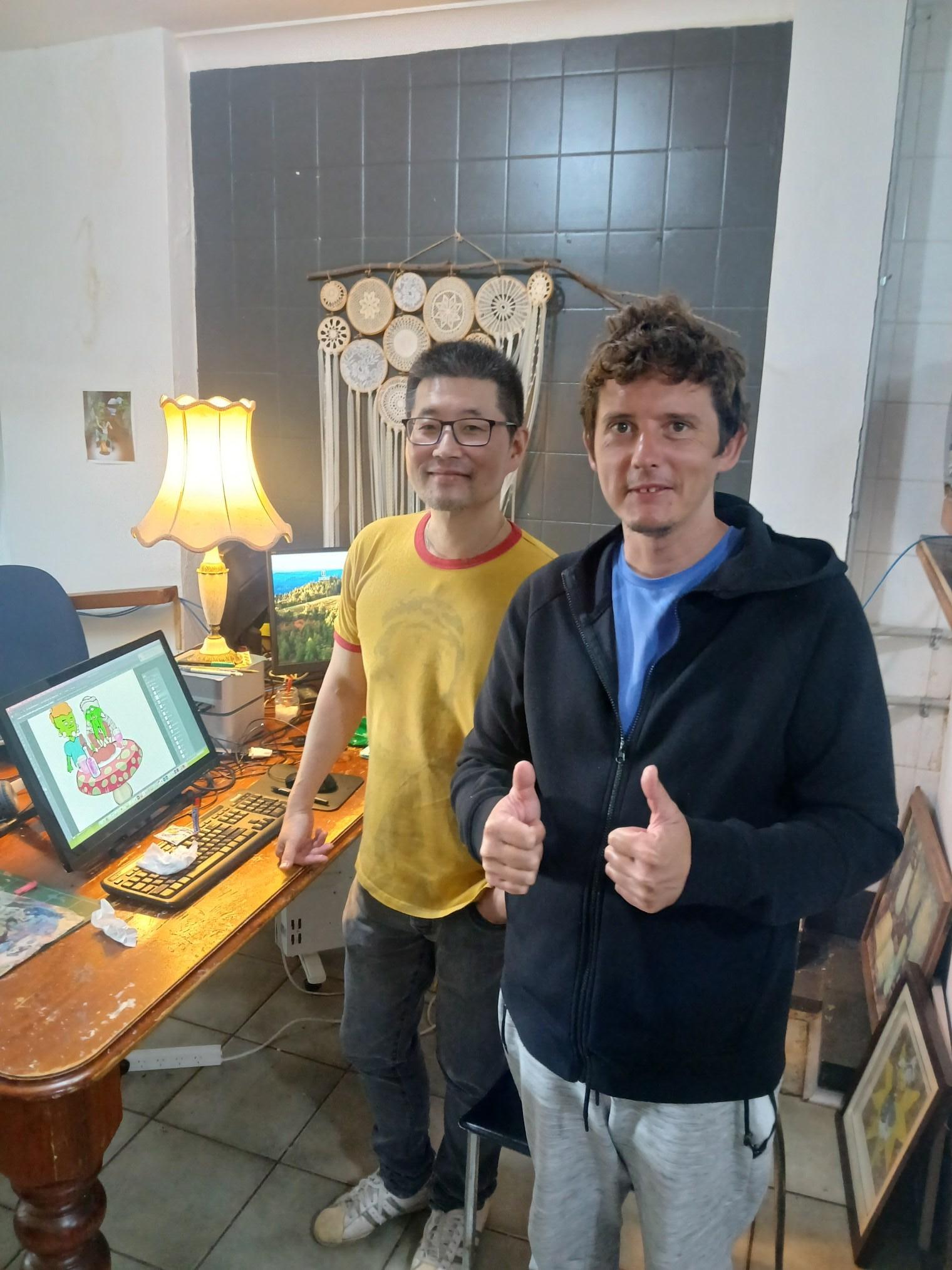
Do you have other interests that inspire ideas for writing and film?
Over the last ten years, I have spent a great deal of time reading declassified intelligence material from the Australian and American governments. This content deals with many things, including espionage, surveillance and the Cold War. The files also deal with more fun subjects like psychic experiments, mind control and reports of unidentified objects flying in the skies. This research influences my writing and other productions immensely.
Tell me about your art practice – painting and drawing. When I came to Rely-Ability, I wasn't the best visual artist. Over the time I have worked with my instructor Mr Lee, I have improved significantly. I have developed a unique style with my characters for animation which is simple but looks clean, neat and cute. Taejin has taught me many techniques for designing characters and backgrounds in photoshop, he has also helped me design clothing for my Redbubble shop.
https://www.redbubble.com/people/ModernCultureNW/shop
With regards to my chalk pastel images, which depict alien landscapes, I thoroughly enjoy producing them. I started working with chalk pastels in the psychiatric ward because they had them in the art room and I was determined to do something productive with my time there. Over several stays in the ward, I drew numerous alien landscapes and magical images and developed my style. I think my images are unique and many people have purchased them from me on the street saying they really like them.
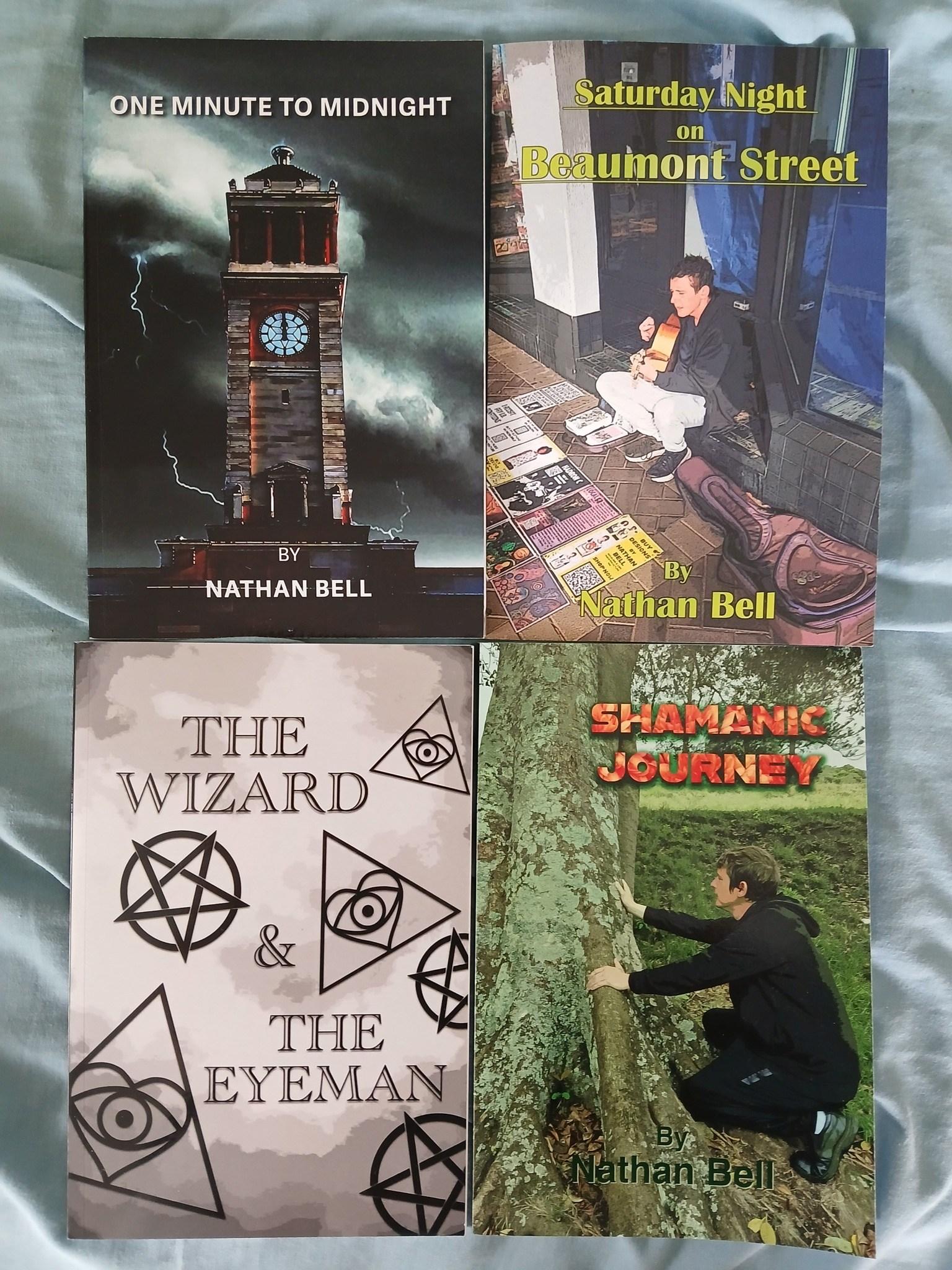
At present, I am halfway through completing a series of fictional memoirs which include ‘Saturday Night on Beaumont Street’ ‘The Wizard and the Eyeman’ and ‘Shamanic Journey’. I have several more of these stories in the works and plan to release them as a book once they are finished. I am also continuing to produce content for my YouTube channel ‘Nathan Bell and the Revolutionaries’, including a series of interviews with people who have read my books.
In the future, I plan to complete a new series of chalk pastel drawings that depict alien worlds and magical themes. I have also recently completed my second novel, ‘22nd Century Man’, and I am going through the process of submitting it to publishers.
What do you hope readers of your work will feel and take with them?
I present many complex themes throughout my body of work, including ideas of science and different philosophies, but the overall message of my creative collection should be clear. Appreciate this one life in the vast universe; it is a blessing, and it will end. Be informed, intelligent, educate yourself, understand politics and spread positive attitudes, love and compassion throughout the world.
Your future aspirations with your art?
I want to bring something big and exciting into the world whilst I am alive. I say in my mission statement that I want to inspire an art and cultural revolution. I want people to live their dreams. My long-term goal with my books is to see them turned into major movies filmed in the Hunter Valley and Australia. This is my plan to bring Hollywood to our region and our country. I don’t care about any money I would make, I just want to see my stories brought to life on the big screen so I and others can enjoy them.
- Nathan Bell © 2025.
All Rights Reserved on article and photographs Nathan Bell © 2025.





Artist Statement:
The Tales series is how I present all my travel and street photography. Through these photo narratives, my main goal is to express the Latin message of Carpe Diem. To me, it’s about waking up - embracing life fully. Enjoying life is essential, but so I s taking care of ourselves: eating well, staying active, and resting properly.
I've realized that two key steps can help us feel better, improve our lives, and strengthen our relationship with ourselves and our daily routines. First, we need to listen to ourselves and reflect on what we discover in our inner dialogue. Second, we must be mindful of our thoughts, words, and actions towards ourselves. What we tell ourselves matters - our inner dialogue should be kind, and even more than that, it should be the best we have to offer. These ideas all work together.
I'm also deeply interested in freedom. The ongoing debate about censorship and cancel culture reminds me of a bird in a cage with its doors wide open it’s free to fly. So let’s do it! Let’s take action instead of complaining. If we only realized the power we have in our own hands - it’s up to us! We make the decisions. We are free, each of us, as individuals. This metaphor applies not just to censorship but to every aspect of life. How often do we delay our dreams, waiting for permission from someone or worse, from "the system"? But the doors of the cage are wide open - just go for it!
One more thing I’ve learned - not only from traveling but also in everyday life (because you don’t have to go far to witness human nature) - is that despite our differences, the most important things in life connect us. I've realized that most people are beautiful souls with so much to share and incredible potential. Yet, this vision of humanity feels quite different from the image portrayed by the media. It makes me wonder: *Why?* I’ll leave you with that thought. Reflect on it, draw your conclusions.
Enjoy Tales of Brunei.
- Seigar 2025.
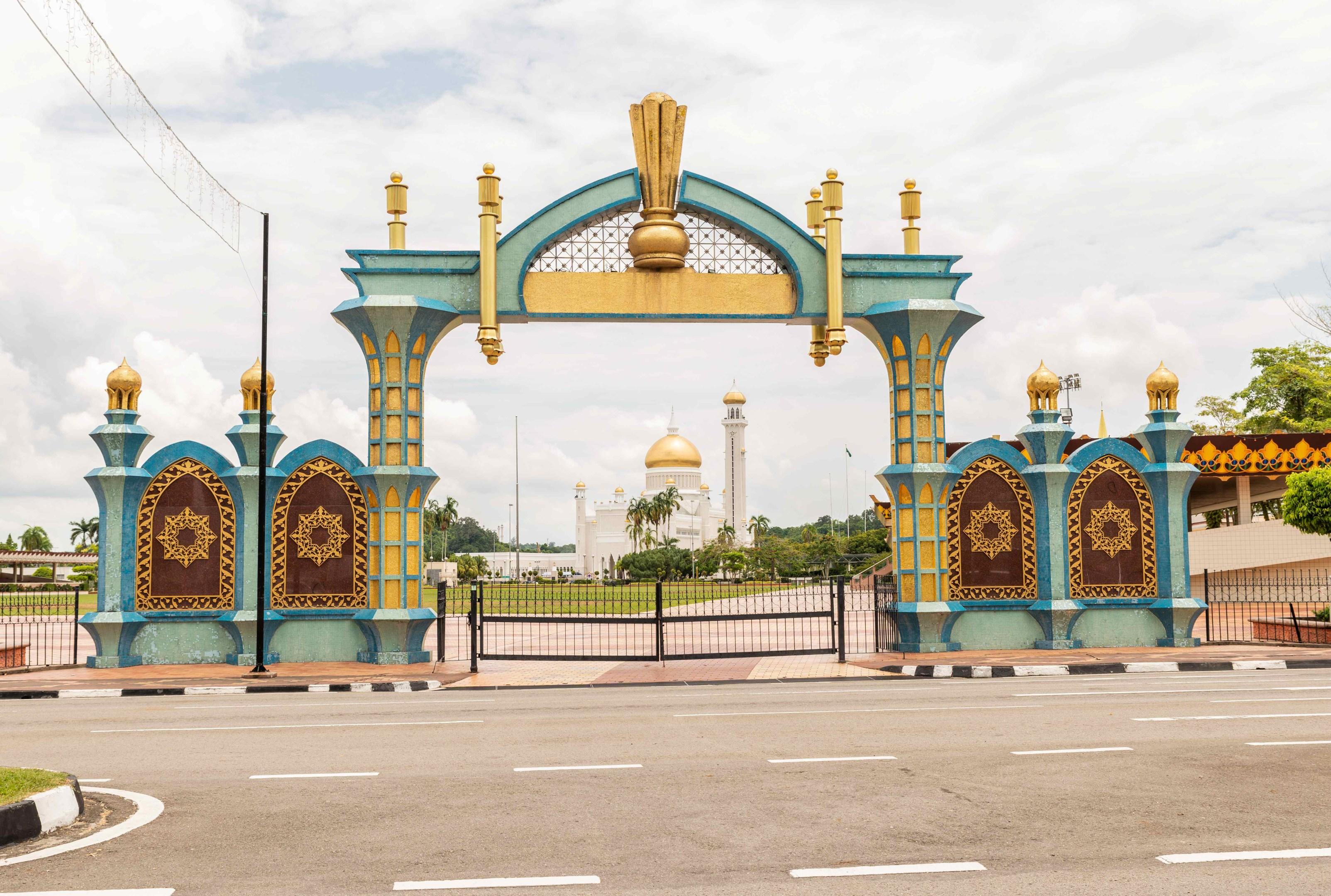
Seigar is a passionate visual artist based in Tenerife, Spain, specializing in travel, street, social documentary, conceptual, and pop art photography. He has a deep fascination with pop culture, a theme that frequently appears in his work across photography, video art, writing, and collage.
A philologist by profession and a secondary school teacher, Seigar is a self-taught visual artist who has also completed advanced courses in photography, cinema, and television. He has travelled to 60 countries and has an ever-growing wish list! His artistic mission is to tell stories through his camera, weaving a continuous narrative from his travels and encounters.
Seigar has participated in numerous international exhibitions, festivals, and cultural events, and his work has been featured in publications worldwide. His recent focus also includes documenting identity and promoting the philosophy of Carpe Diem. He was honoured with the Rafael Ramos García International Photography Award. Seigar also shares his artistic and cultural insights on Pop Sonality, his blog.
G A L L E R Y S E I G A R
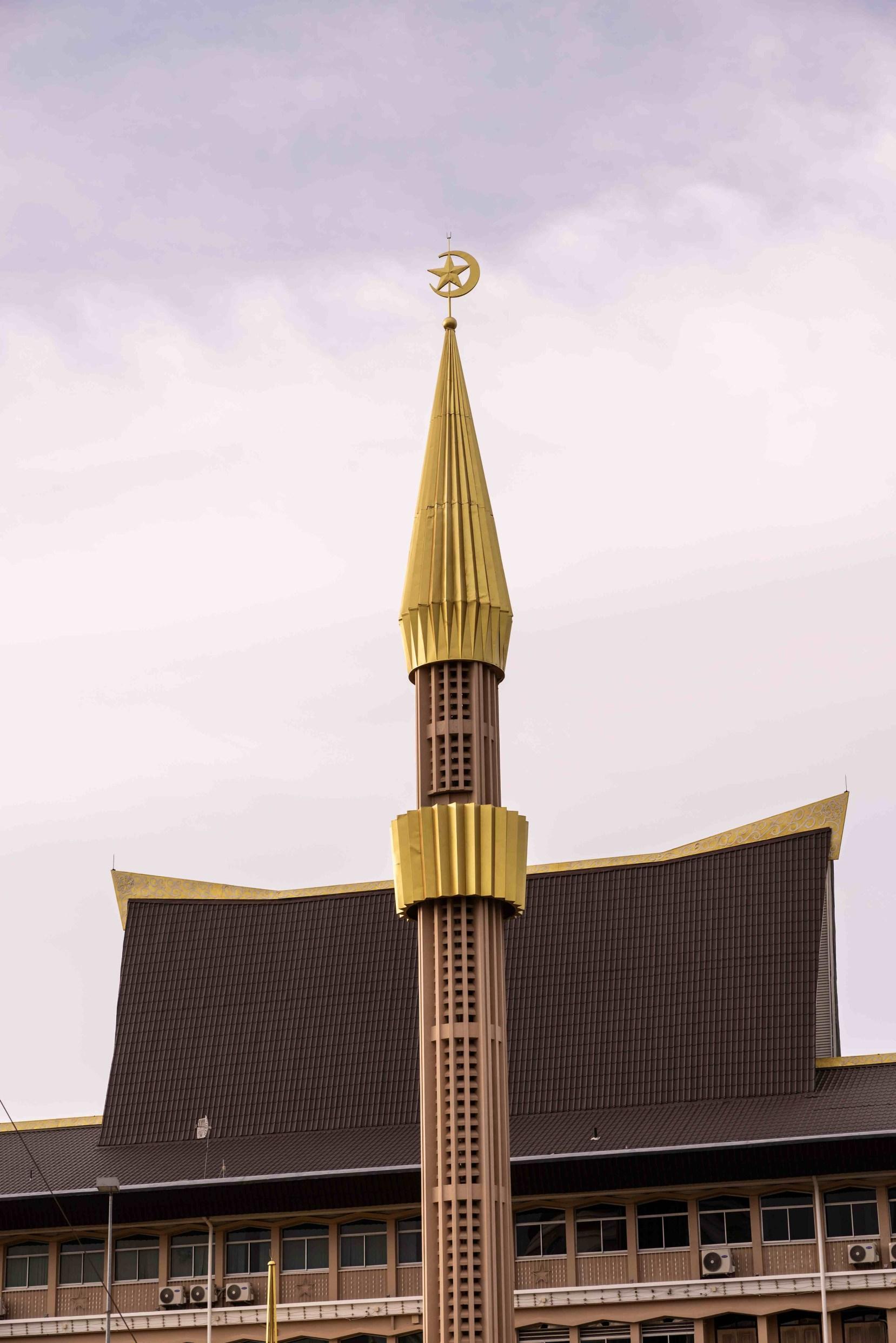

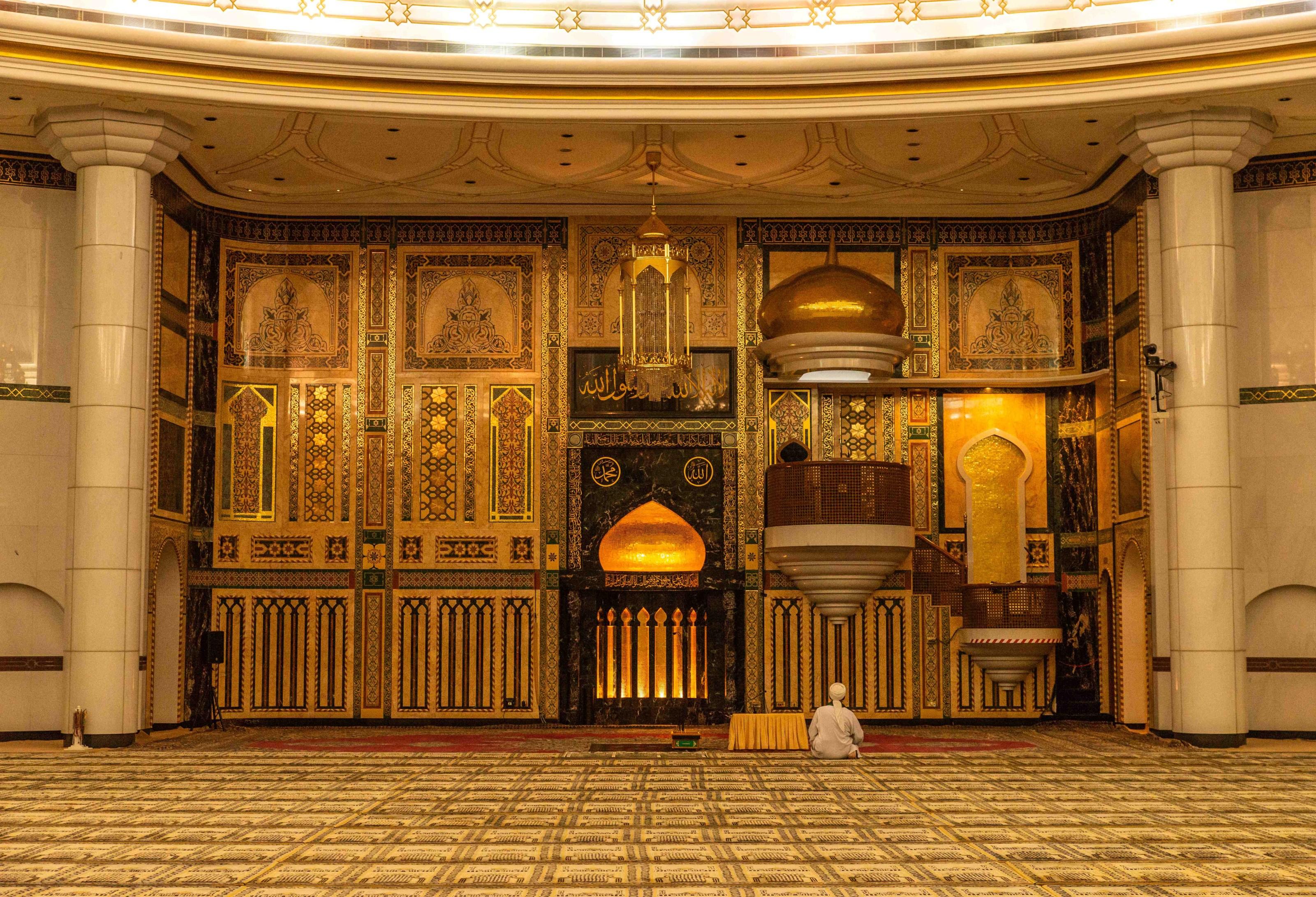
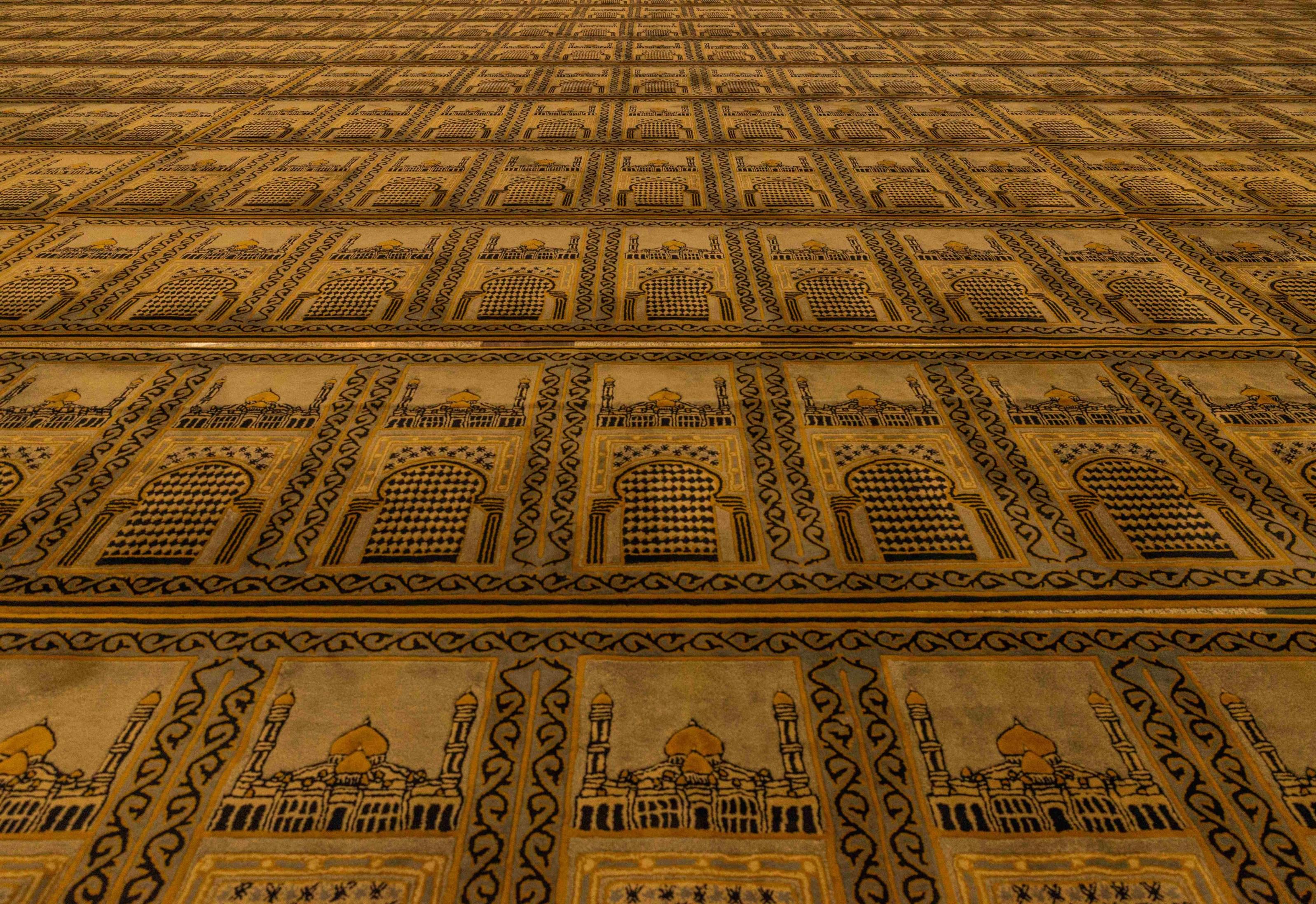
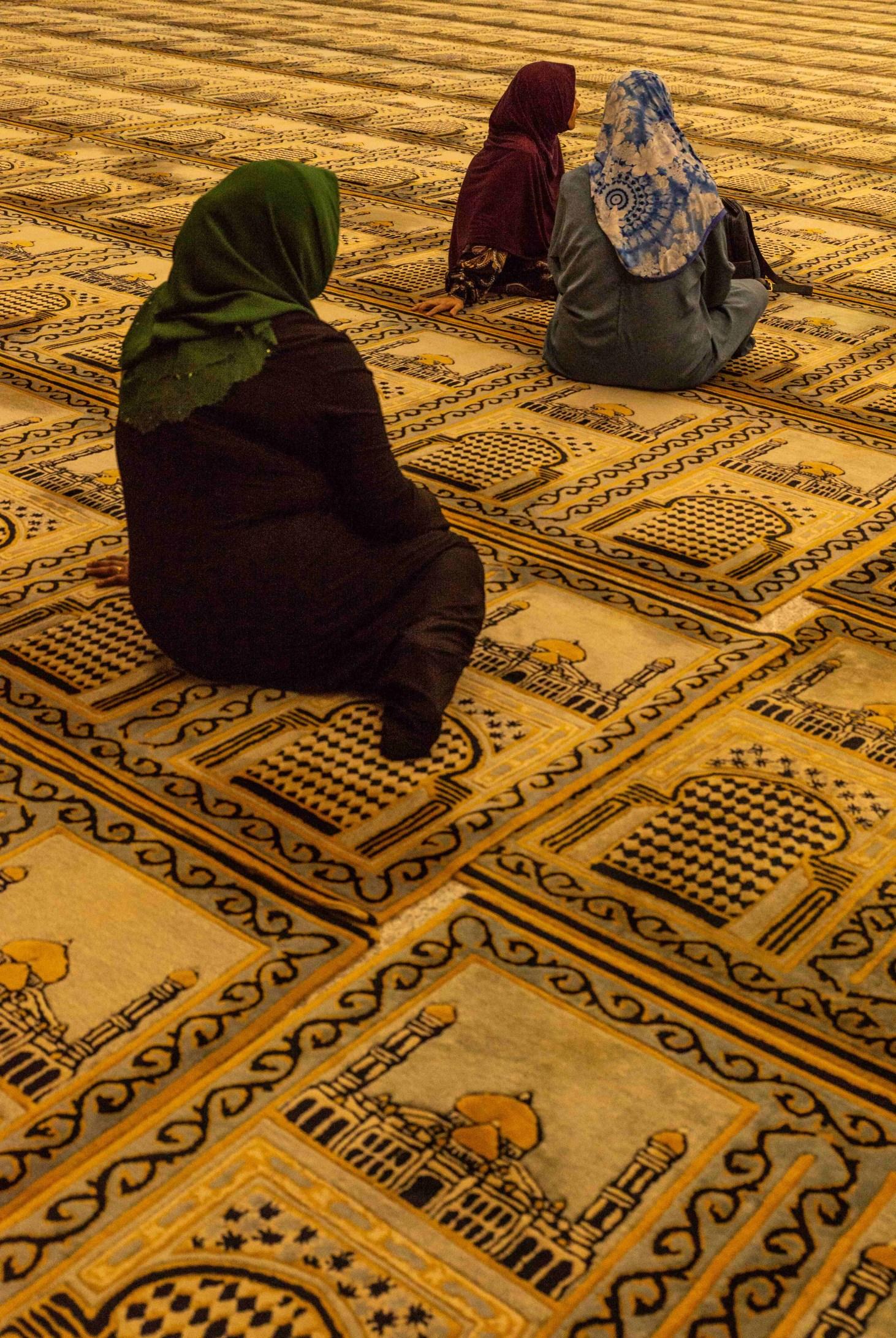



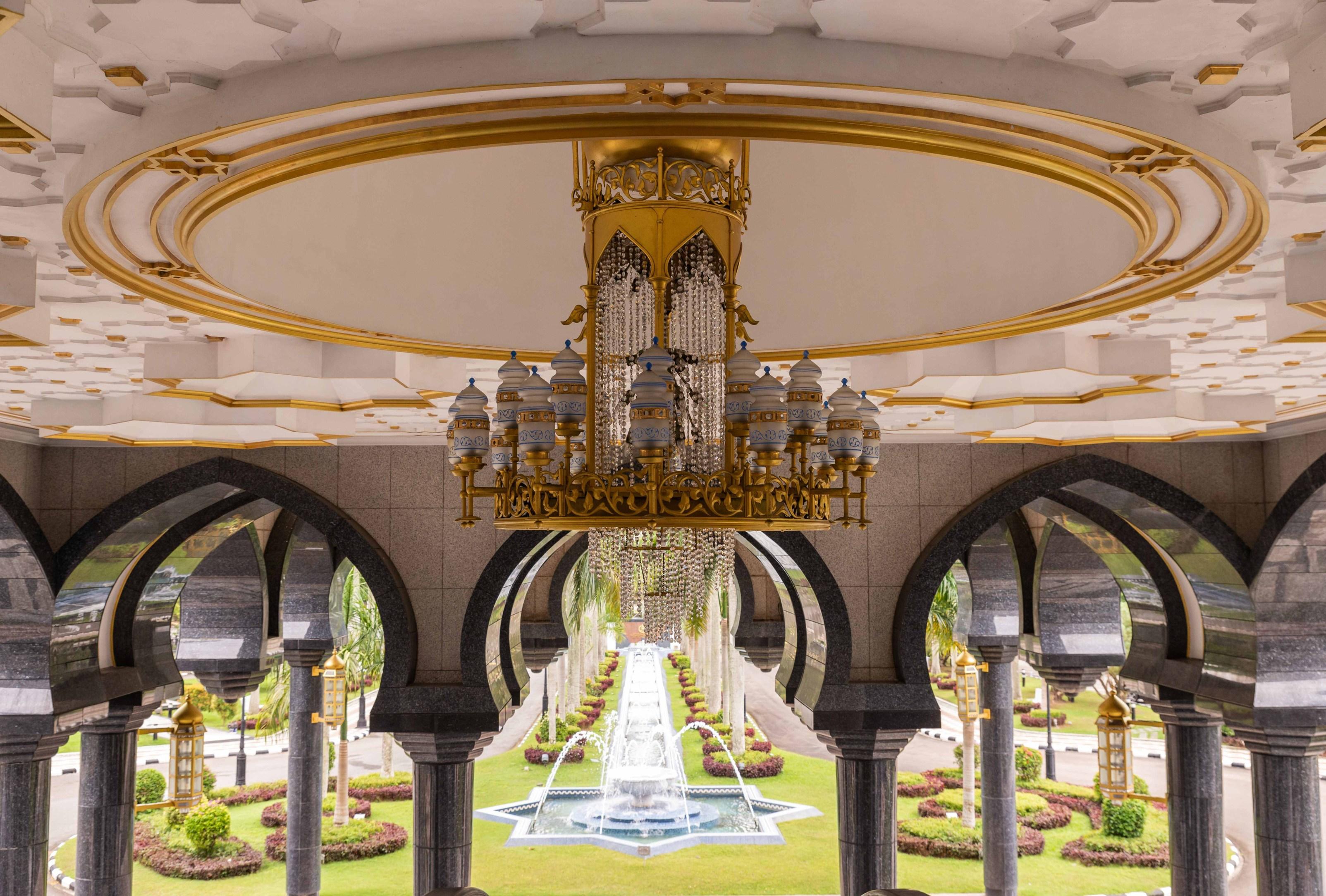

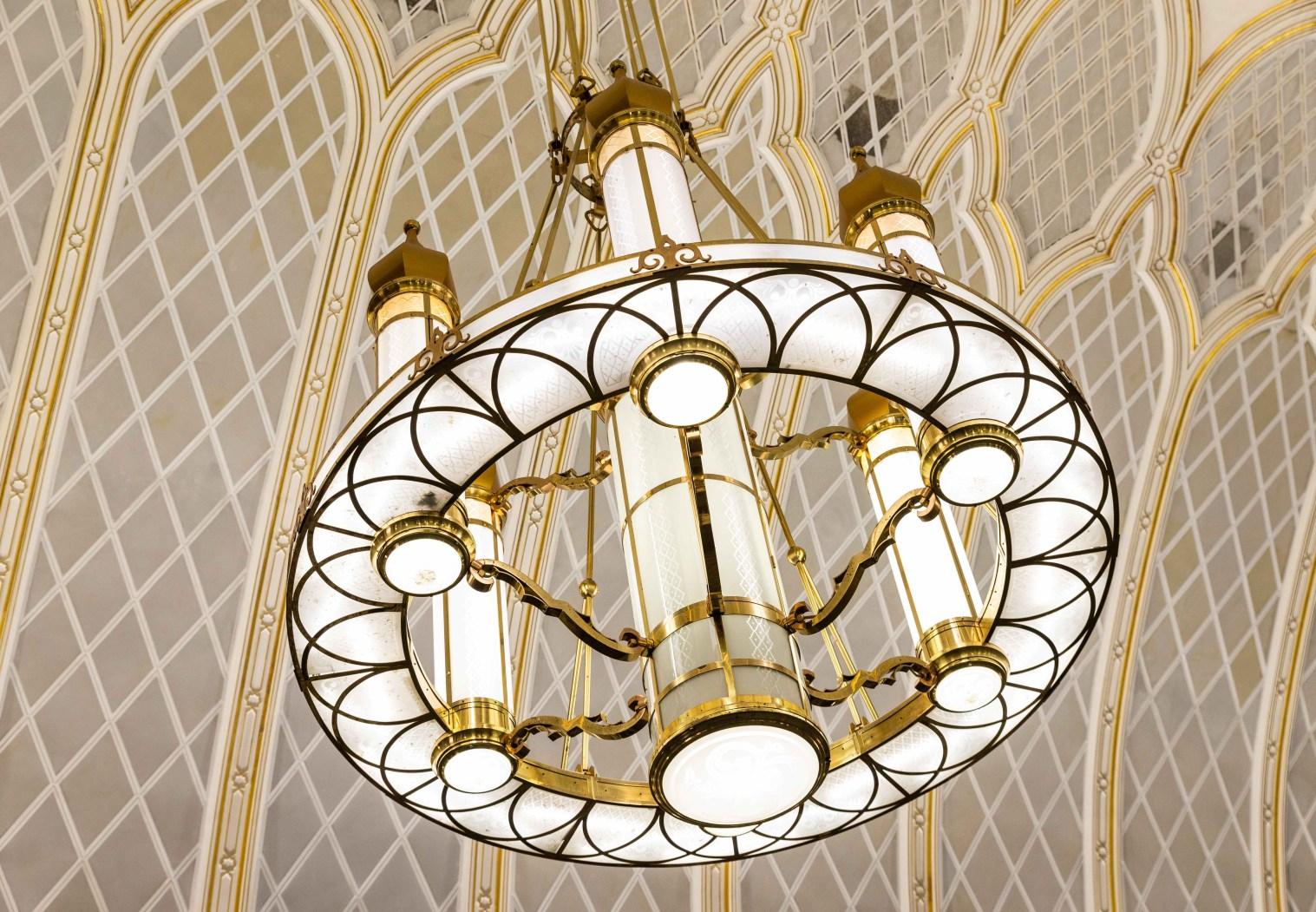

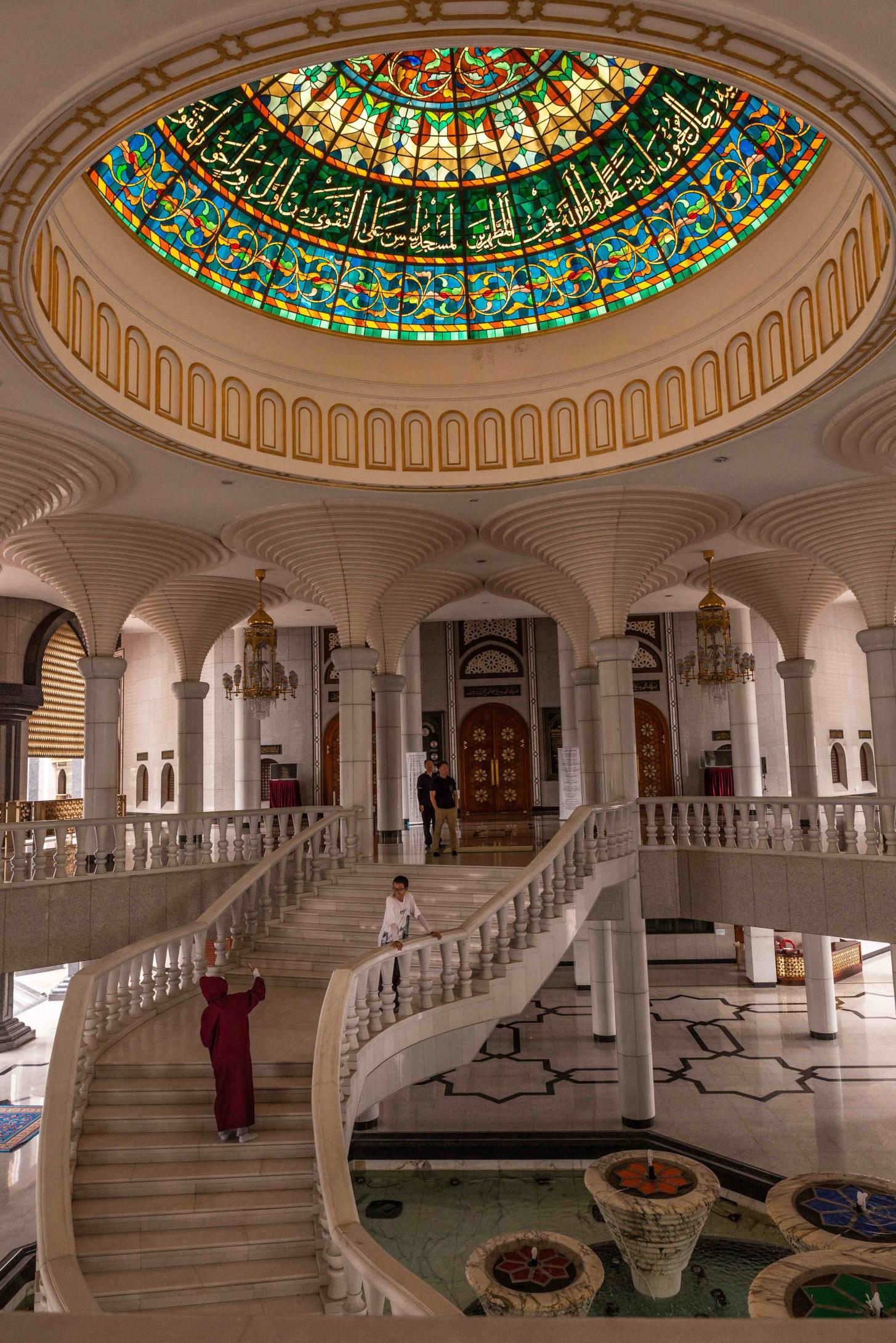
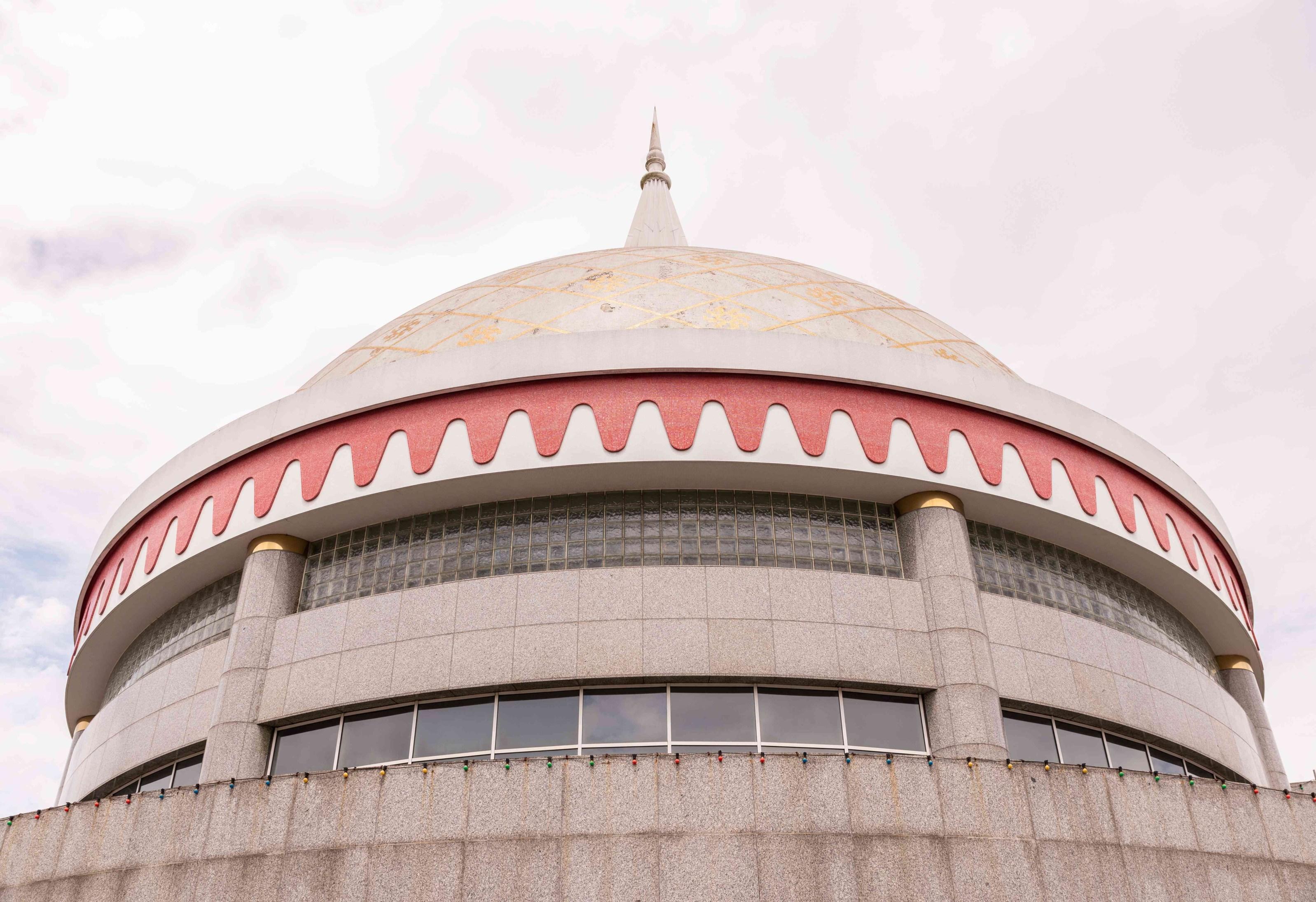

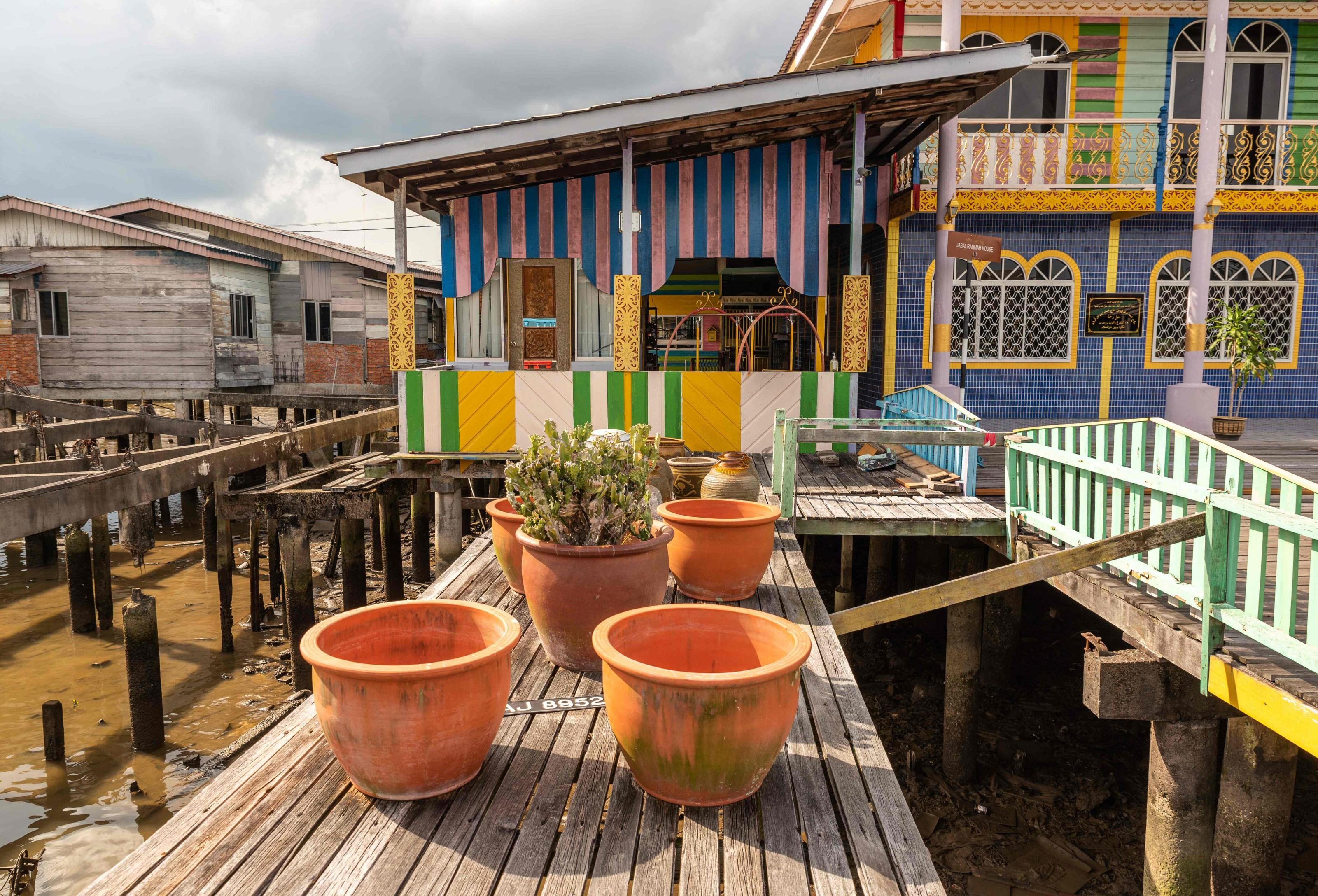

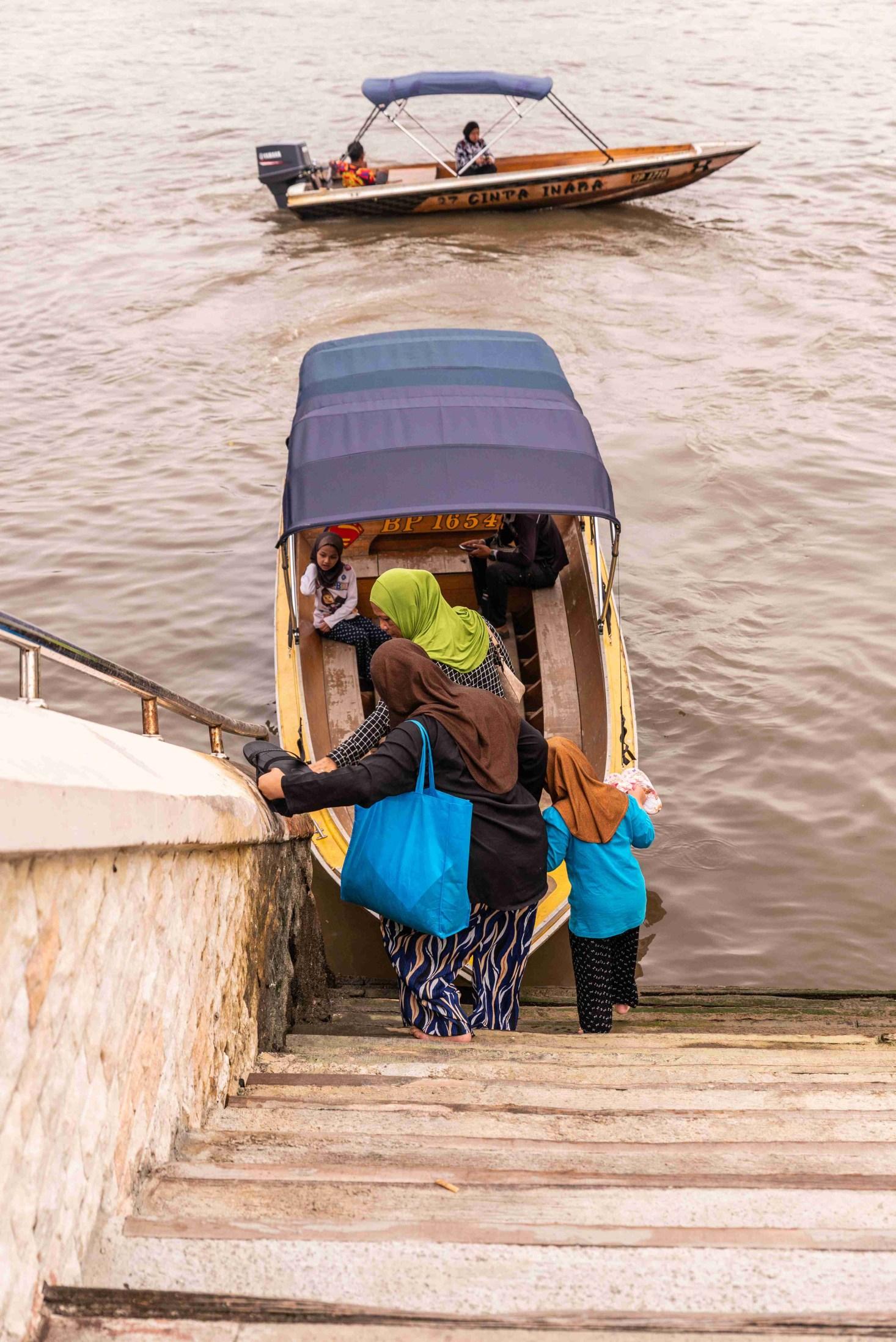
Links:
Webpage: https://seigar.wordpress.com/
Instagram: https://www.instagram.com/jseigar/ Galleries: https://www.flickr.com/photos/theblueheartbeat/albums/ Blog: https://www.instagram.com/popsonality/
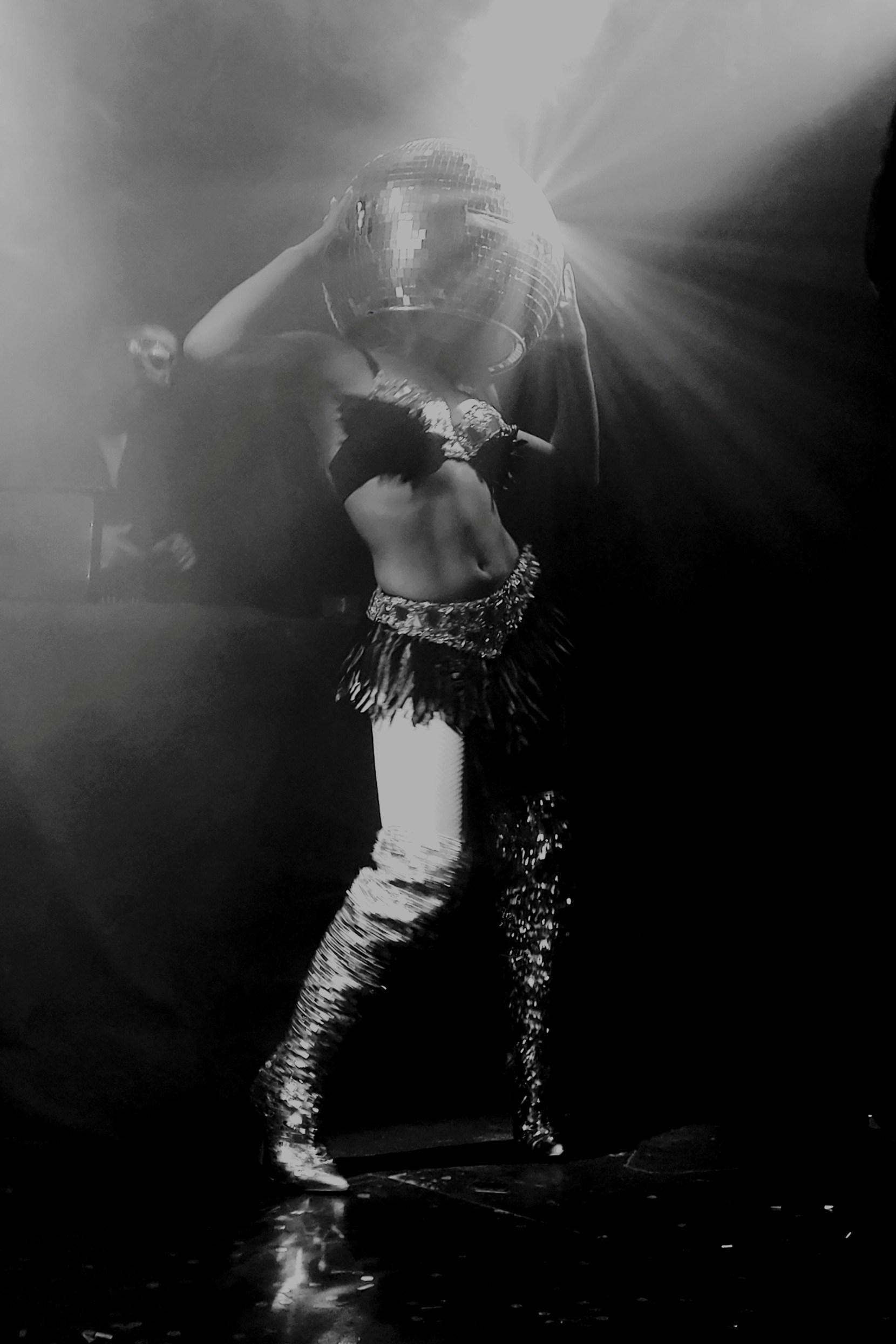
It started out as a dance, solo. Holding a pen playing tic tac toe. Roman numerals with heels on. Downloading images dressed in snow. Society, where they all melt into one. Disco dancing before a blank screen. Its karaoke trapped in a cave.
Shadow hunting twilight the electric dreams of a grey moth, I left tequila sunrise and an unmade bed, with two white doves to guide my legs.
Reconstructing memories, encoded in reverse.
First act: Scruffy Murphy’s with a pint of Guinness and order of serpentine chips.
It’s karaoke night without singers. And I’m the cat dressed in high heels.



Second act: A journey to Oxford Street Art Factory. Stopping outside the condemned Exchange before entering, thinking of those days we used to play, gay and fabulous. Tonight, its masquerade ball and mask dress-code for entry.
Third act: The stage is set Dante style and a performance begins; drums and saxophone, sparkles that look like a watermark and exposed skin that tastes like fairy floss.
Watch as she turns into creation. A new species shaped in blood and bone shadows.
I watch the mime climbing stairs, eyes like clockwork.
A hunting party led by Oberon’s jester, tasked to send the email invitation.



I want to tell the story never written. A love story destined assonance of confusion, the book of alliteration. Between a paragraph, and illusion, where bodies sweat and dissolve into each other.
Performers in a play, written by the oracle.
Picking up my dress-code mirror mask and handbag the dragon princess takes a bow. Cutting space for the next simulation, they seem hypnotized by the music and faceless smiles.
Loosing myself in the shadows I make way and climb the ladder that will tack me back to the beginning.
- Maggie Hall © 2025..
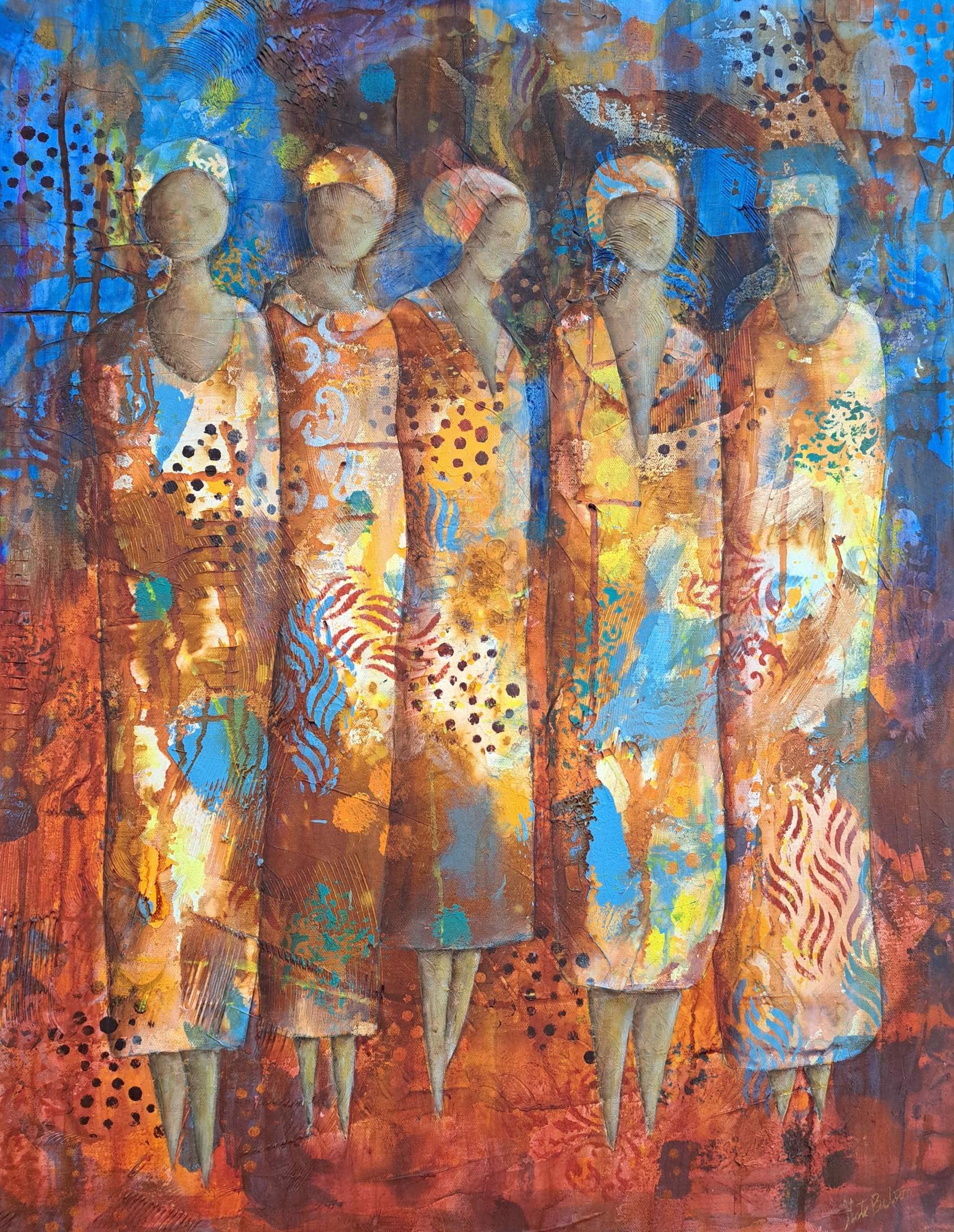
Kate Belton has been painting for over many years, sharing her skills with students weekly in her studio, Tinkat Alley Art Studio at Fassifern, Lake Macquarie.
A visionary artist whose work has captivated audiences around the world. With a passion for blending traditional techniques with modern creativity, Kate has established a studio that fosters artistic growth and community.
Well known for her painting with ink and mixed media on canvas, drawing inspiration from the beauty of the lake scenery and the industrial city of Newcastle.
Kate has been awarded numerous awards throughout her career. She is a Life Member of the Newcastle and Lake Macquarie Art Society.
Her work is held in both collections in Australia and the USA.

Kate Belton is the owner and art mentor behind Tinkat Alley Art Studio. Born in Philadelphia, USA, Kate moved to Australia in 1979 with her parents and five siblings. Her family has a deep love for the arts, with many members dabbling in various forms of art. Kate's passion for painting spans over 35 years, during which she has been recognized with numerous awards for her contributions to the art community. Her enthusiasm, experience, and generosity have greatly benefited many artists, providing them with the tools and knowledge to pursue their own art careers.
Kate’s own art is heavily influenced by the beauty of the local Lake Macquarie area and the harbour and industrial areas of Newcastle. Her work has a very textural and organic feel which is achieved by using many layers of paint, acrylic ink and texture mediums.
Tinkat Alley Art Studio is a hub for local Lake Macquarie and Newcastle Artists that come together for creative inspiration and motivation and for the enjoyment and advancement of all that share a creative spirit.
Kate Belton's journey through the world of art has been nothing short of remarkable. Her dedication to fostering artistic talent and community spirit is evident in every corner of Tinkat Alley Art Studio. The Station Master's Cottage at Fassifern, which she purchased in 2015, not only serves as a venue for art classes and workshops but also houses a charming gallery that showcases original local art. This cooperative gallery is a testament to Kate's belief in collaboration and mutual support among artists.
Kate's impact on the Lake Macquarie and Newcastle art scene extends beyond the walls of her studio. A life member of the Newcastle and Lake Macquarie Art Society, Kate has served as president and committee member for many years, demonstrating her commitment to the artistic development of her community. Furthermore, her role as one of the founders of the Open Studio weekends has left a legacy, now a permanent fixture on the Lake Macquarie Council's calendar, providing a platform for artists to display their work and engage with the public.
Tinkat Alley Art Studio offers a welcoming space for artists of all levels, from beginners to accomplished creators. It is not only a place to hone one's skills but also a venue to sell artwork and form meaningful connections with fellow artists. Open for lessons and mentoring from Tuesday to Friday, and with the gallery open from Wednesday to Saturday, 10am to 4pm (other times by appointment), it caters to various artistic needs and schedules. Whether you're seeking a masterpiece to adorn a blank wall or simply wish to immerse yourself in the joy of painting, Tinkat Alley Art Studio is the perfect destination. - Kate Belton © 2025.
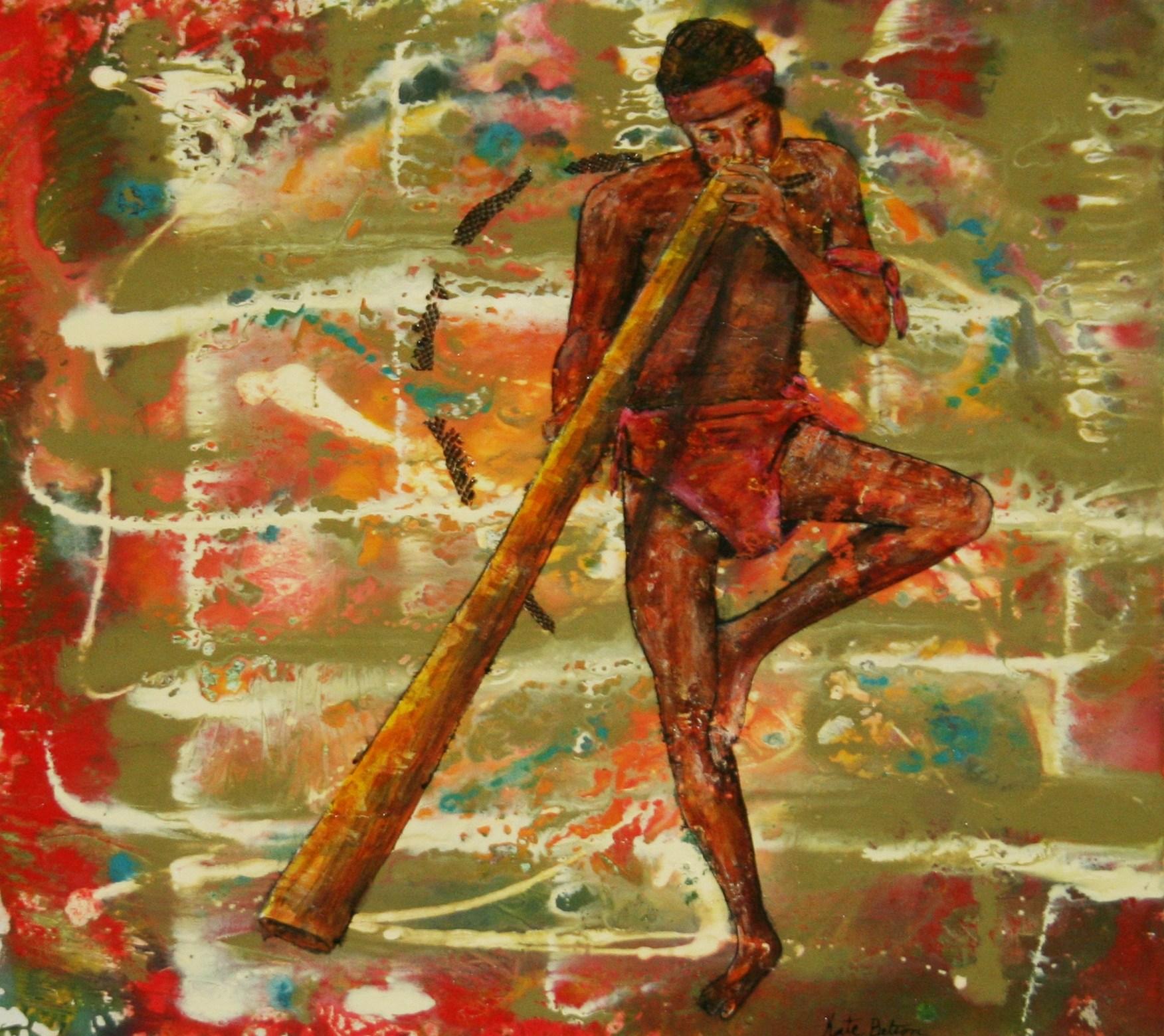
A L L E R Y K A T E B E L T O N
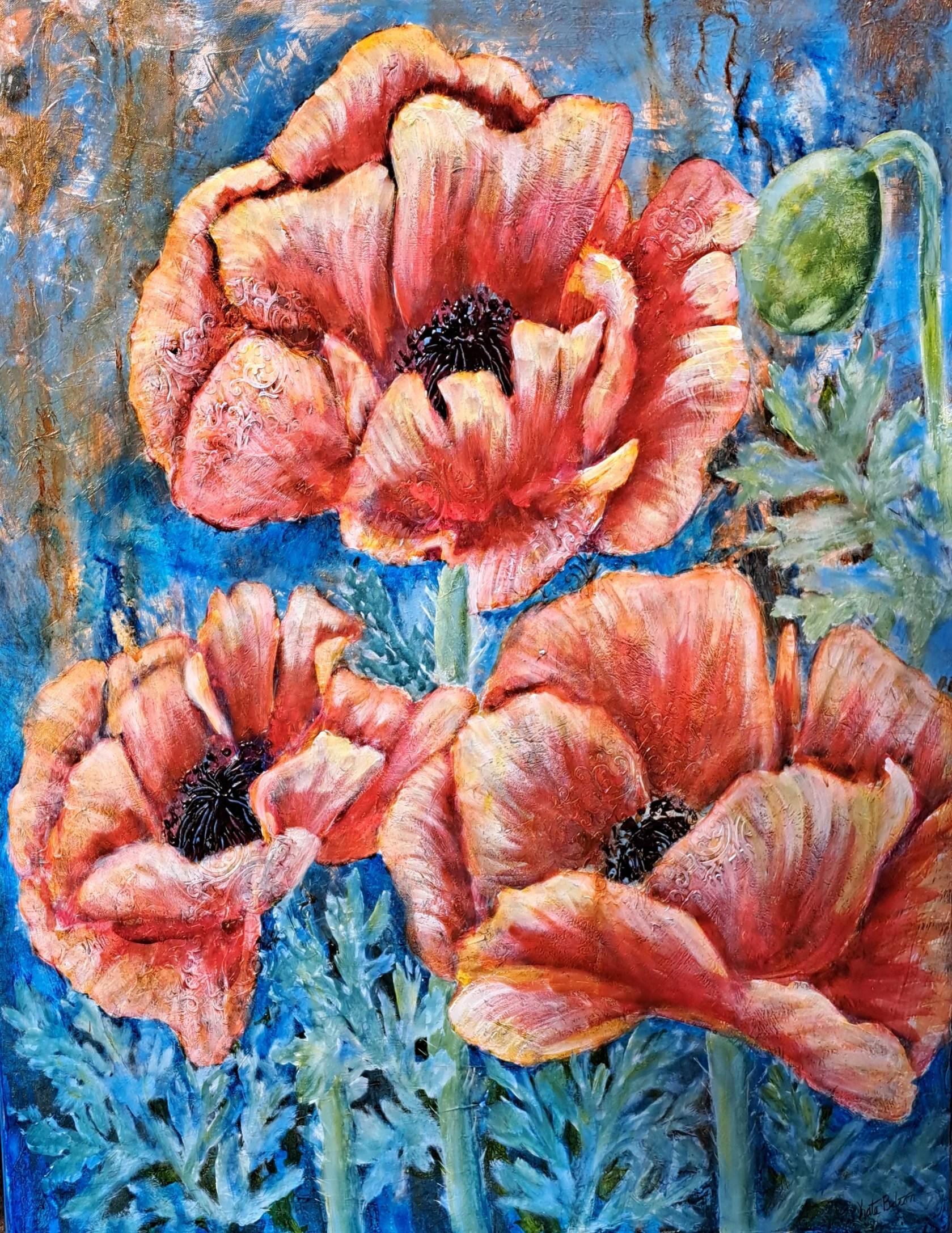

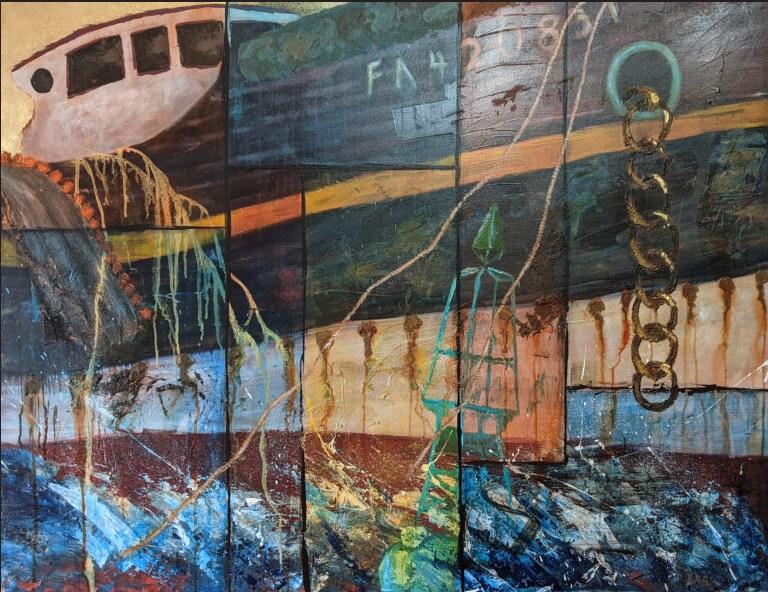


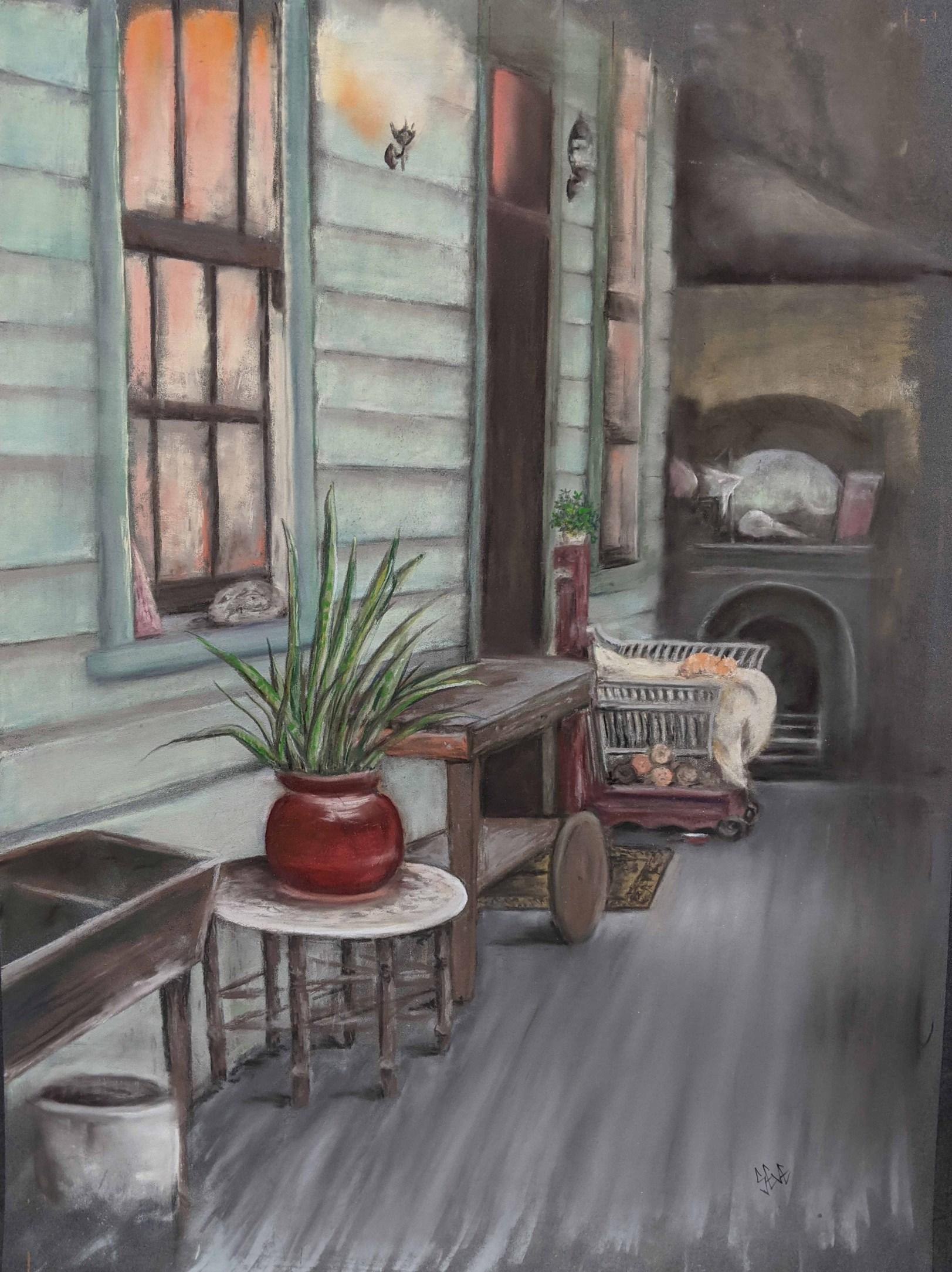

Bernadette Meyers
One of the greatest joys for artists is colour: we delight in its beauty, wrestle with its complexities, and return again and again to its endless possibilities. Over the years, I’ve delved into its many facets - each discovery revealing the endless world of colour to explore.
My journey began with an infatuation with colour theory, learning to work with hue, value, and saturation to enrich my representational work. I then got lost in the psychology of colour, uncovering how our choices shape viewers’ perceptions and transform the energy of a room. But the rabbit hole I’m loving exploring is the spiritual dimension of colour - how it resonates deep within the soul. This journey into colour has led along a path that’s slowly drifted away from representational art to creating abstract pieces. For the past few years I found with both photography and painting colour itself becomes the subject, inviting viewers to experience its pure, unspoken language.
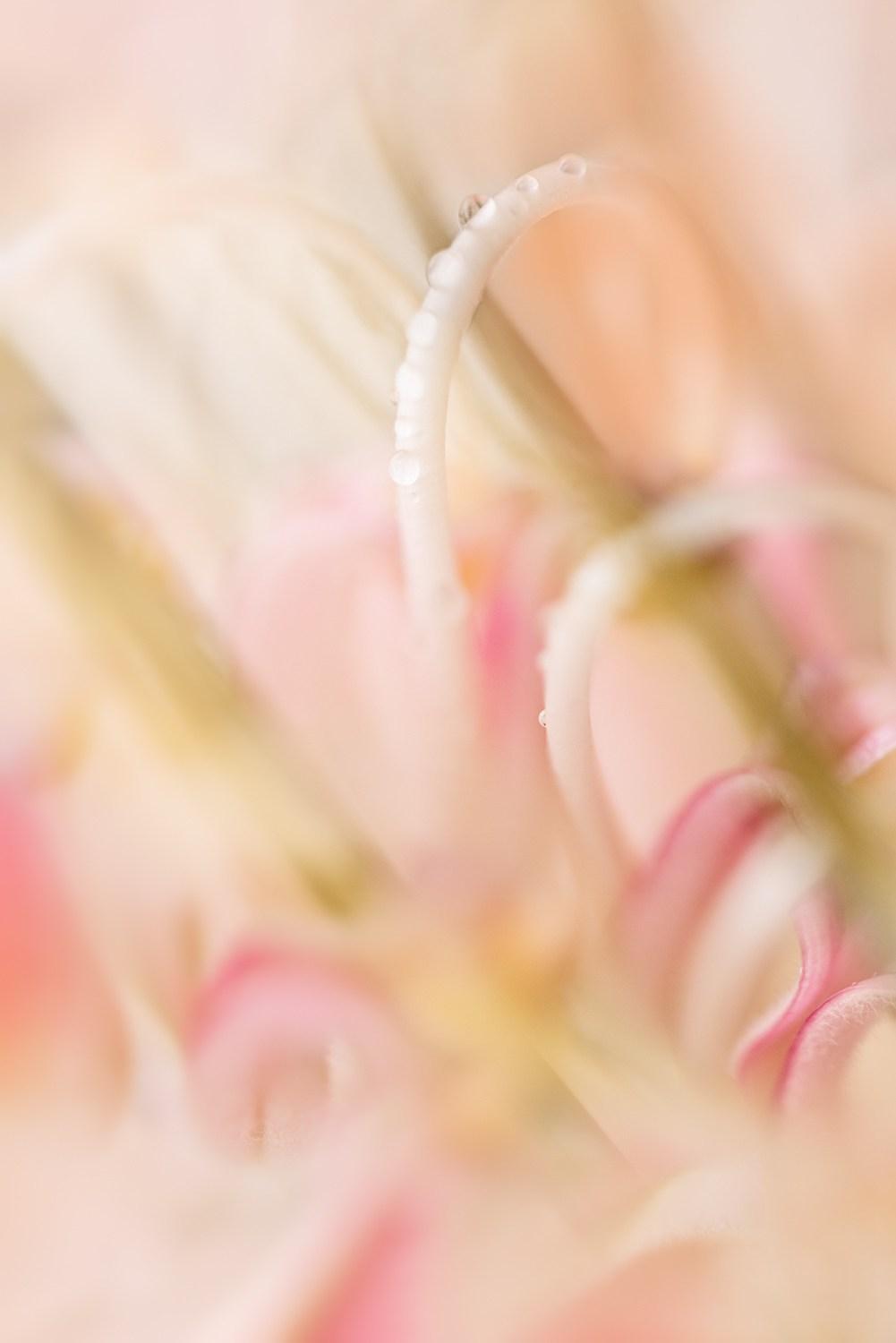
Exploring colour from a scientific or theoretical perspective is endlessly fascinating - tracking pigment origins, understanding processing methods, and exploring how paints, pastels, watercolours, and pencils are crafted.
My favourite art store is La Maison du Pastel, a tiny shop tucked away in a hidden Paris courtyard. With no sign visible from the street and limited hours only on Thursday afternoons, it feels like a secret hideaway for pastel lovers. The moment you step inside, the owner and her assistant know exactly what you’re there for - and they’ll tempt you with trays of sumptuous, handmade pastels laid out by hue and value (I’m convinced they choose the tray by the colours you’re wearing). This is the very room where Degas and Whistler once shopped! You can feel the history and creativity lingering in the air.
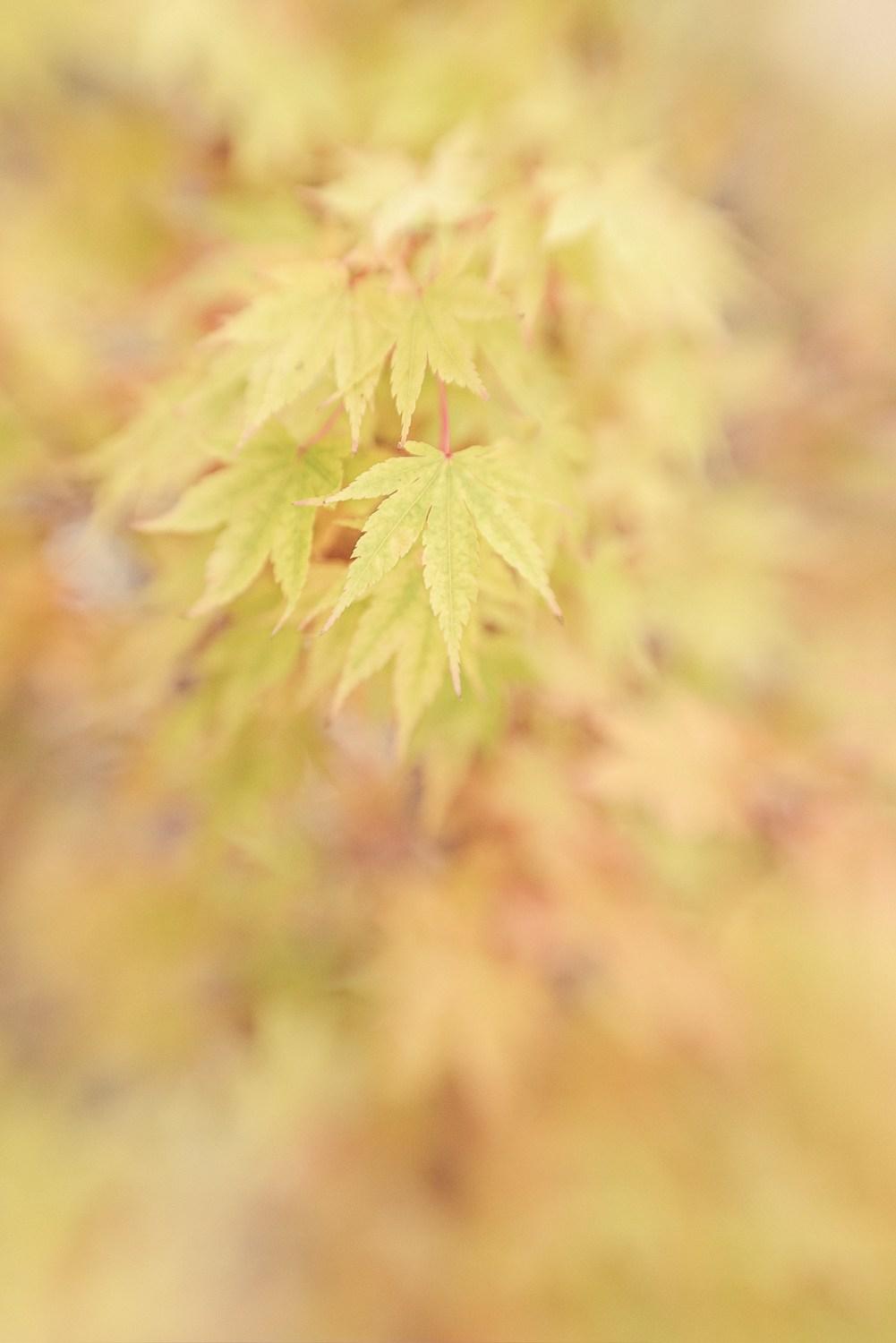
I’ve devoured countless books on colour theory, but the real lessons have come through hands‑on play. My sketchbooks are filled with colour experiments - charts, wheels, swatches - where I mix pigments, observe the surprises, and note what delights or disappoints me. It’s in this playful exploration that my true understanding of colour began.
The detour into colour psychology opened my eyes to how hues can influence mood and emotion - but I’ve discovered that my true passion lies beyond theory. Chromotherapy, the study of colour’s healing effects, fascinates me, yet I choose to devote the limited hours in life to creating art - capturing light through my lens, drawing, and paintingrather than diving into every scientific nuance.
Ultimately, colour speaks to my spirit in ways that transcend practical science. Each hue carries its own life and resonance, the very essence God who created it.

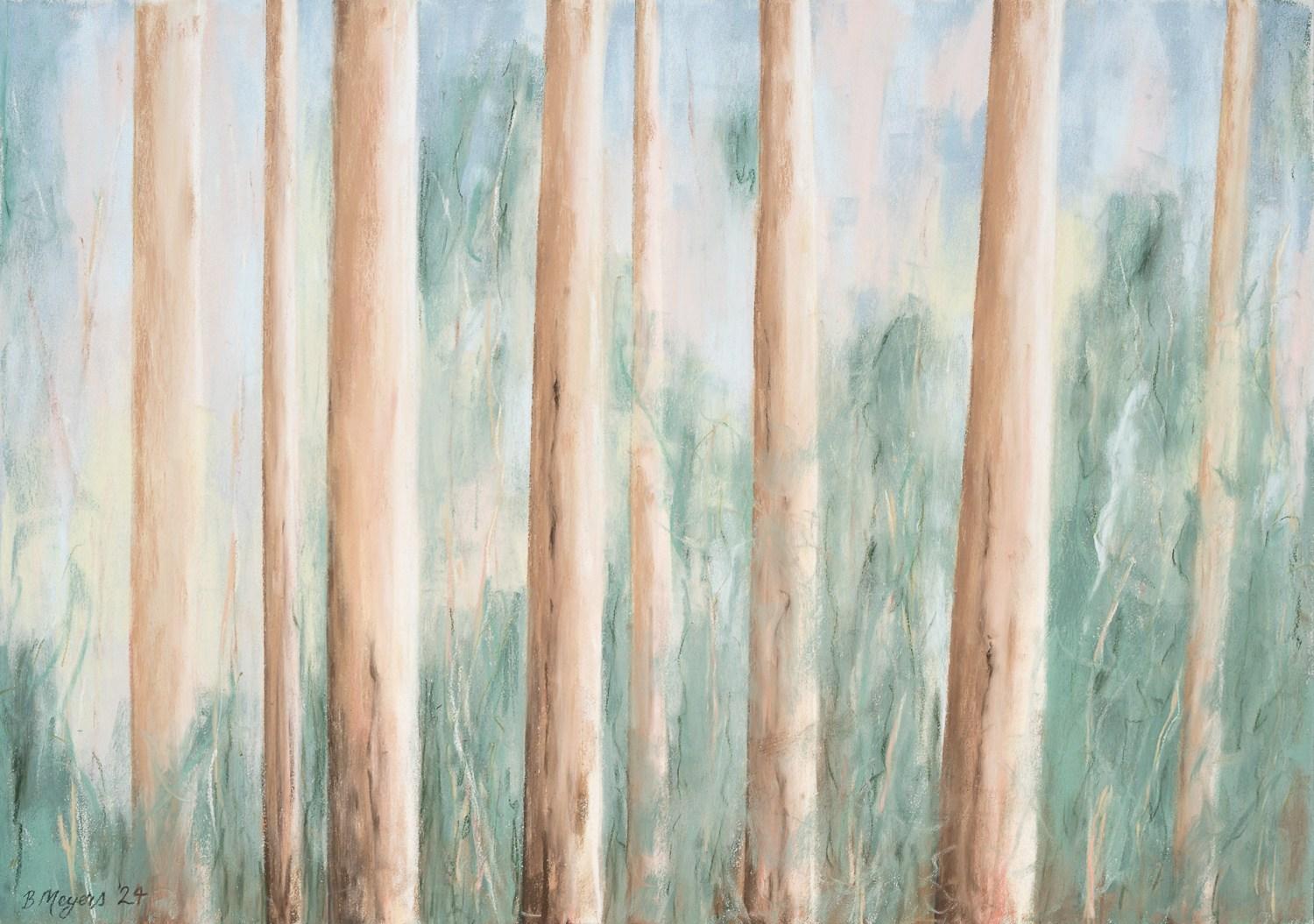
Many artists have inspired me with this sacred view of colour. Franz Marc, Georgia O’Keeffe, Henri Matisse, Mark Rothko, and Helen Frankenthaler all treated pigment as a language of the soul rather than mere decoration. Marc, for example, wrote:
“Blue is the male principle, stern and spiritual. Yellow the female principle, gentle, cheerful and sensual. Red is matter, brutal and heavy and always the colour which must be fought and vanquished by the other two.”
He painted animals - horses, deer, and other creatures - as symbols of innocence, painted in these powerful, symbolic colours to reveal a more harmonious reality. In his letters, he spoke of colour’s ability to access higher truths and “speak” directly to the viewer’s spirit.
Over time, I’ve found myself drifting away from representational scenes toward pure colour exploration. I’ll begin with a soft sunset, a handful of beach stones, or a delicate bloom - then strip away detail until only colour remains, and I can listen to and feel what those hues want to say. Colour is not something to tame but to celebrate - an ever evolving dialogue between artist and soul.
- Bernadette Meyers © 2025.
All Rights Reserved on article and photographs Bernadette Meyers © 2025.

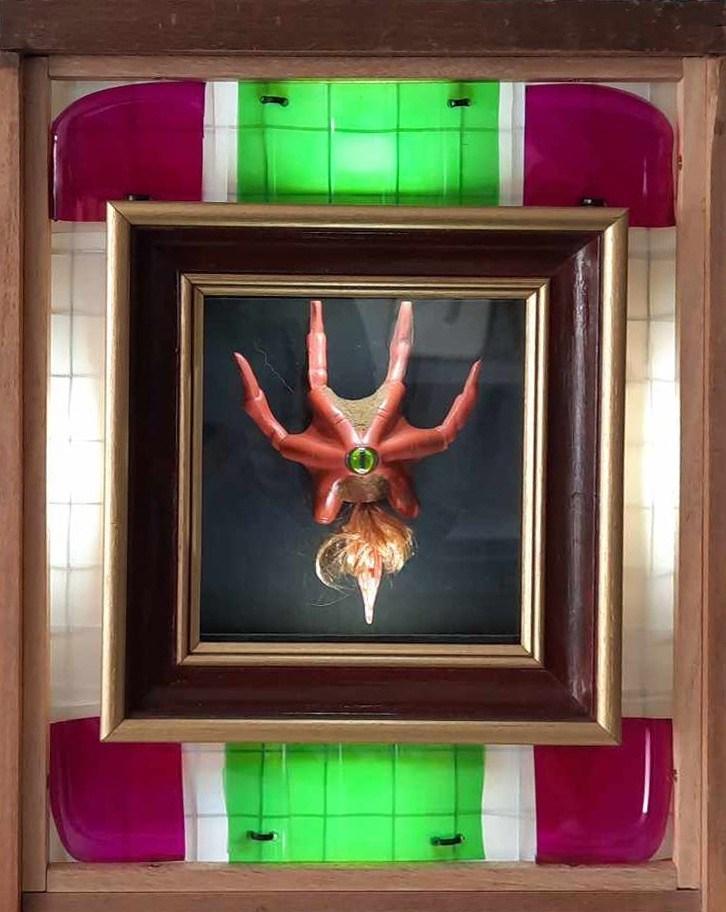
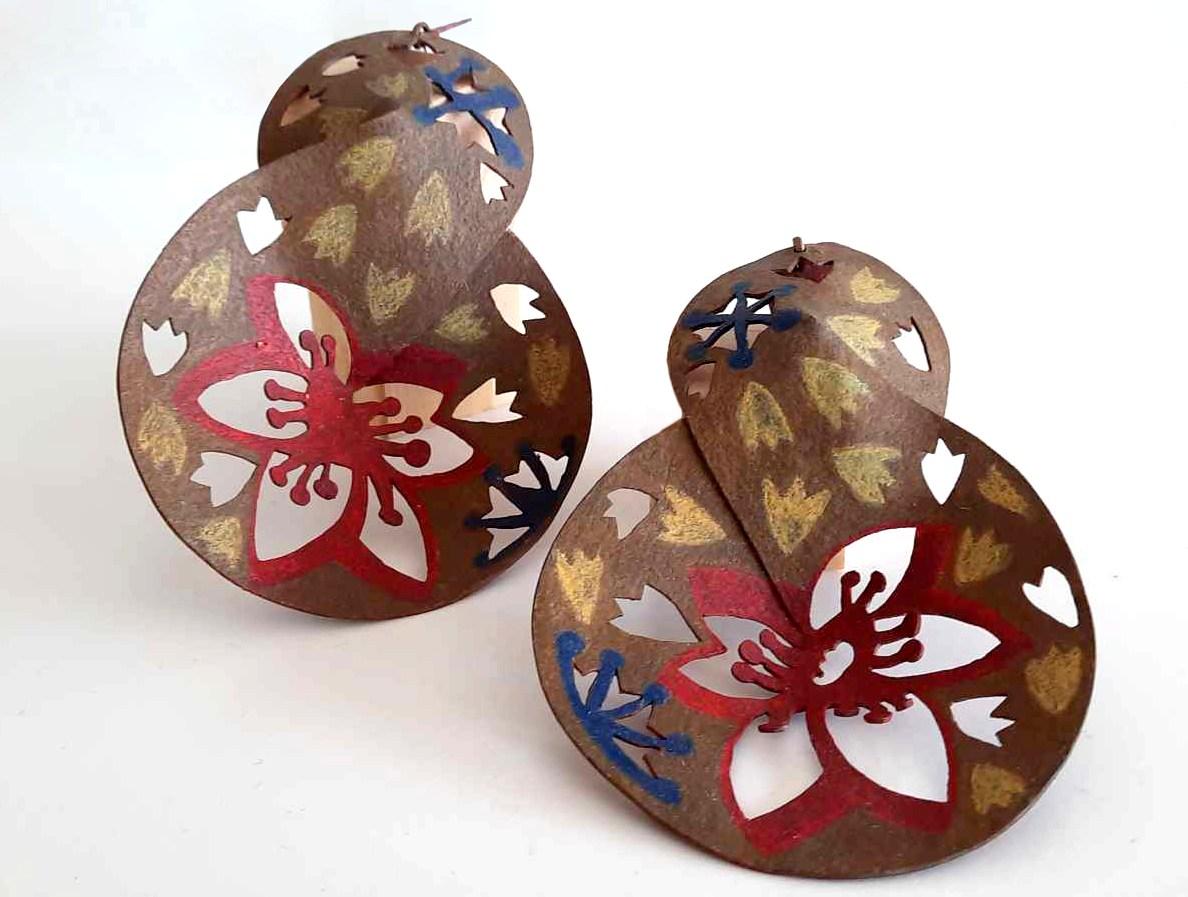

The gallery celebration opening on the 17th May, 2025 at 2 pm,
By Sarah Crawford, Curator & Creative
There’s something quietly powerful about making something small. Something measured. Something that asks for attention not through scale or spectacle, but through presence.
This has been my philosophy in both my creative practice and curatorial work - something that’s taken form, quite literally, through Gallery Minima, a new contemporary art space dedicated entirely to Jewellery, Objects and Textiles under 30cm² in volume.
The gallery will officially open on the 17th May, 2025 at 2 pm, 92 Dowling Street, Dungog.
I’ve long resisted the pressure to define my practice too narrowly. I prefer to describe myself as a multidisciplinary creative, intuitively drawn to what resonates - be it a saw-cut graphic form in jewellery, a textural linen transformed into sculpture, or a lino print that leans into the materiality of the process itself. If there’s a thread that runs through everything I make and everything I curate, it’s this: a deep appreciation for scale, movement, light, and restraint. Work that feels resolved without being overworked. Work that holds space rather than demands it.
While my formal training is rooted in visual arts and design, my creative beginnings were far less linear. I grew up surrounded by hands - on people - problem -solvers, tinkerers, growers - and I’ve always believed that art exists in every facet of living, not just what appears on gallery walls. For me, the boundaries between making, collecting, curating, and collaborating have always been porous.
My own work is most often expressed through jewellery and textiles, though I frequently work with found objects and processes such as lino, painting, print, and paper. I’m drawn to kinesthetic qualities - pieces that move, even subtly, or evoke movement through their design. Graphic elements appear often in my work, whether saw-cut in metal or adapted into pared-back, minimalist forms. I’m interested in reducing a subject to its essence, much like the way light breaks a complex scene into shadow and shape. This is equally true when I’m making work, curating an exhibition, or simply noticing something beautiful in the everyday.
I’ve never believed that being an artist requires allegiance to one material. I’m more interested in the intention behind the work - the care, the curiosity, the way it asks to be noticed or touched or held.
Gallery Minima has sprouted out of both a conceptual challenge and a practical limitation. Could a gallery thrive by showcasing only works under 30cm² in volume? Could it encourage a new kind of intimacy between artwork and viewer? Could it challenge artists to think differently about space and scale?
The answer, I believe, is yes.
Located in the regional town of Dungog, NSW, Gallery Minima offers a refreshing counterpoint to large, impersonal exhibition spaces. Every work here is intentionally small - and not as a gimmick, but as a way to celebrate constraint. Smallness encourages thoughtfulness. It invites interaction. It honours the idea that art doesn’t need to be large to be important. That, and then space itself is small.
The gallery’s curation reflects this. You won’t find monumental installations or multi-room exhibitions. What you’ll find instead are exceptionally crafted objects, textile-based works, jewellery pieces, and objects engaging diverse mediums - all of them made by artists who understand how much meaning can be compressed into a compact form.
Curating Gallery Minima is not just about selecting beautiful things. It’s about creating relationships—between artists, between works, and between viewer and object.
I see the gallery not as a container, but as a conversation. Each exhibition asks, “What happens when we place these things next to each other? What do they say, together, that they wouldn’t say alone?”
The artists I work with are usually multidisciplinary themselves. Many have practices that move between craft and fine art, design and sculpture. They’re thinkers and makers, often working at the edge of what’s considered wearable or functional or collectible.
My curatorial vision is to celebrate this in-between space - to resist binary thinking around disciplines and to honour the quiet confidence of work that doesn’t shout to be seen.
Our latest exhibition brings together a group of artists whose work exemplifies the Gallery Minima ethos: Jane Richens, Jane Francis Reilly, John Parkes, Ken O’Regan and Sarah Crawford.

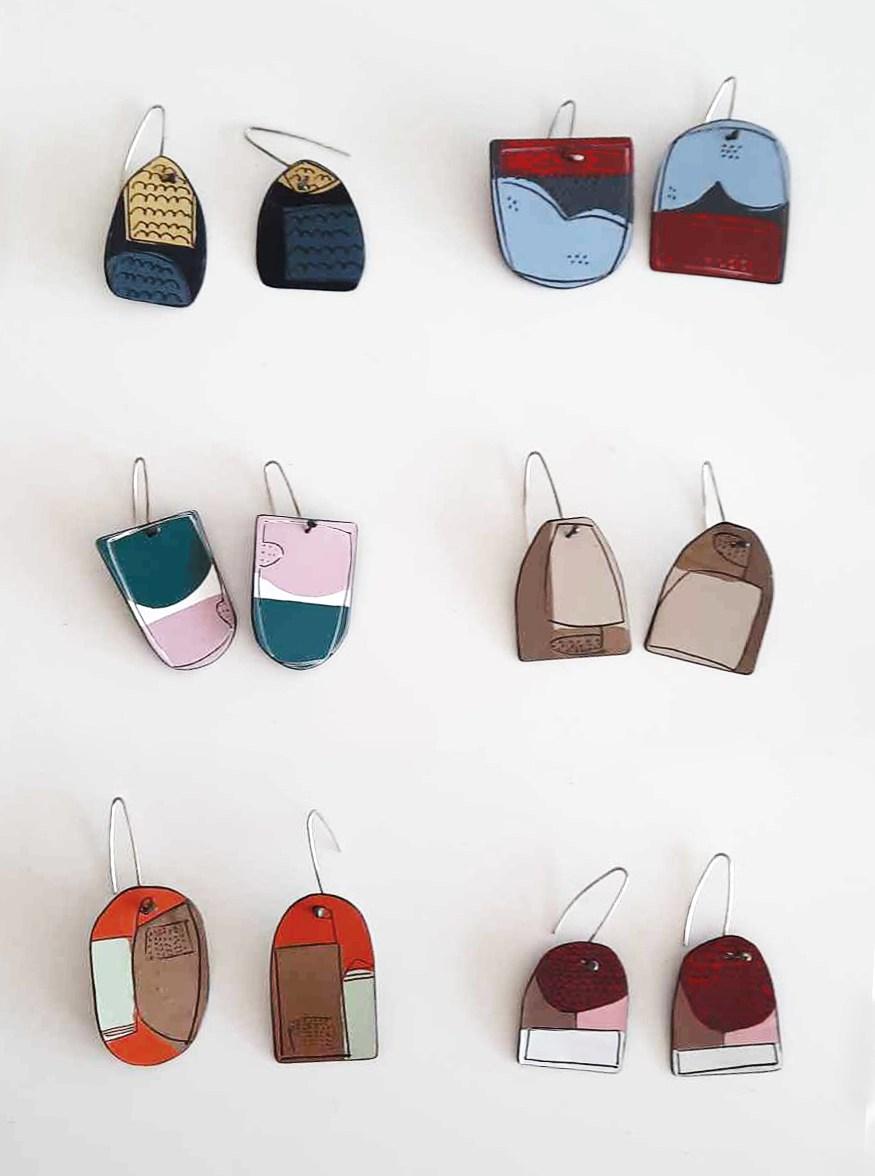
Jane Richens is a multidisciplinary visual artist, biodiversity farmer. The work exhibited explores her fascination with both wearable art and bacteria. These works are part of her Punch Needle wearables series and uses stitching with found embroidery floss, threads, ink on linen.
Jane Francis Reilly’s jewellery practice addresses the ideas around daily life and mark making. Her works encode in the stories of her life experience and the ethereal world of memories and the home. Working in metal, Jane follows her intuition in an ongoing conversation with the home, the landscape, the garden.


John Parkes contributes a series of ink and watercolour drawings - his main practice in textiles can be seen in the line work, creating a visual stitch, like visible mending on the paper, each studies narrative and weaves humour into the subject.
Jo Cooper’s framed textile works speak of repetition of stitch, hand labour, and softness in structure. She incorporates the kept, little pieces of textiles from other places, brought together following threads of thought.

Ken O’Regan’s sculptural practices combine found object assemblage with environmental themes. This work mimics a museum display, incorporating found and repurposed materials to form an other worldly artefact, surrounded by the illusion of backlit stained glass.
This project - Gallery Minima, my own art practice, and the broader creative community I engage with is not just about aesthetics, it’s about sustainability, emotionally and practically.
Running a regional gallery and sustaining a creative career outside of major cities comes with its challenges. There’s limited foot traffic, limited funding, and a need to constantly advocate for the value of what we do. But there’s also incredible freedom. There’s time. There’s community. There’s the joy of seeing people engage with work they didn’t expect to find in a small town. There’s the pleasure of proving that regional doesn’t mean second-tier - it just means differently resourced.
What I hope to model through this work is a form of creative living that is resilient, intuitive, and collaborative. One that allows for rest, for fluctuation, and for the deep satisfaction that comes from seeing a project come to life on your own terms.
Right now, I’m focused on expanding both the gallery’s reach and my own practice. I’m currently developing new jewellery works that explore shadow, repetition, and tension, alongside a series of small-scale textile and object-based pieces that reflect my interest in movement, intuitive structures and cats.
Future exhibitions at Gallery Minima will continue to explore materiality, movement, and miniaturisation. I’m excited to feature emerging artists as well as established voices who are willing to experiment within the spatial limitations we offer. I’m also exploring opportunities for digital access, limited-edition print runs, and collaborative curation models that bring new perspectives into the space.
Above all, I want to continue living and working creatively in a way that feels true - not just productive. Not just profitable. But purposeful, gentle, and generative.
We live in a culture that often mistakes size for value. Gallery Minima stands in quiet opposition to that. Here, the small is celebrated. The slow is respected. The hand is honoured.
As an artist and curator, I’ve come to see smallness not as a constraint but as a canvas. A way to focus. A way to breathe.
In a world that feels increasingly chaotic, this kind of art - and this kind of space - feels more necessary than ever. I believe boundaries can open up a world of creativity through critical thinking and problem solving. There is a surprising amount of space in between.
- Sarah Crawford © 2025.
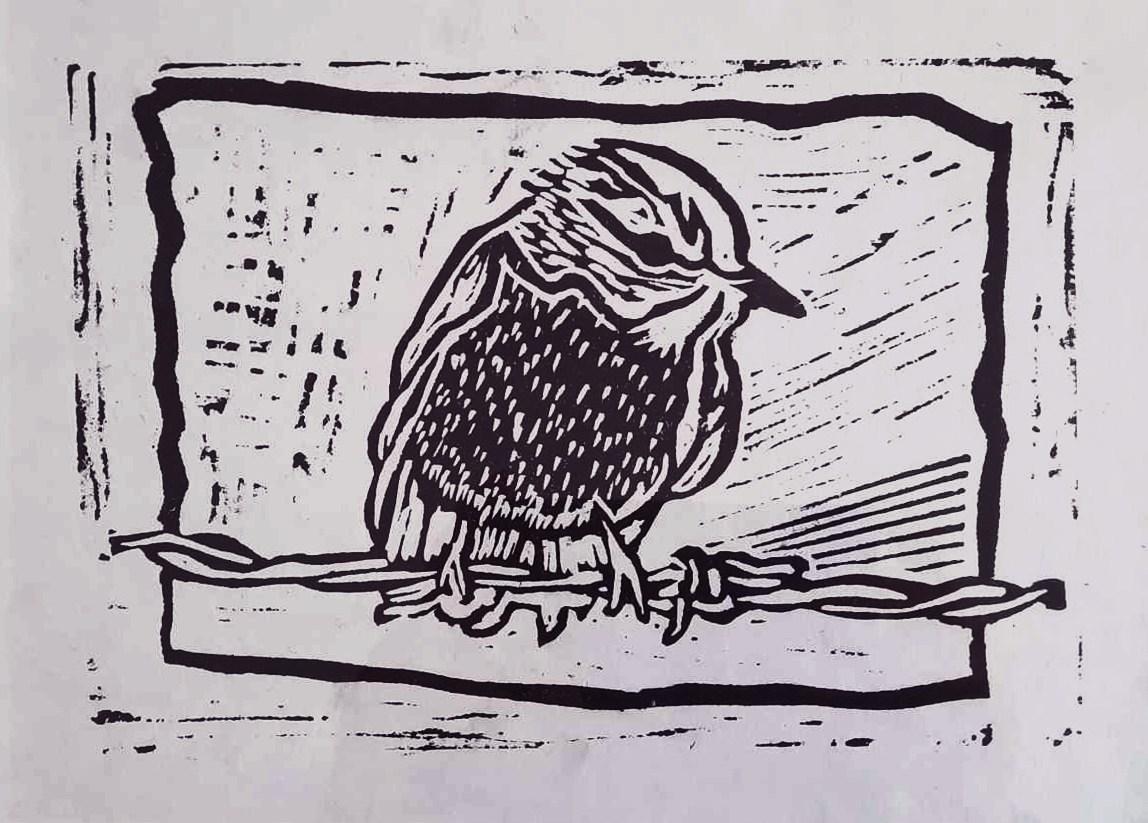

12 Park Street East Gresford NSW. Gallery Hours: Saturday & Sunday 10am - 4pm.
The Gresford Community Gallery presenting new artists – paintings by Louise Rees, Georgia Horacek, Wendy Johnson and Aksara Harriram. Stunning glass work by Cherie Platen and photographer Cecily Grace who captures the beautiful bird life of the area. Wood sculptures by Peter Ronne. Beautiful woven scarves and shawls by Linda Bizon and fibre textiles by Tara Mann and Cynthia Denning.
The Gresford Community Gallery committee would like to invite you to join them in celebrating the WINTER EXHIBITION 2025
Date: SUNDAY 1st. JUNE Time: 2-4pm.
The Winter Exhibition will include new artists - Photographer Benjamin Broinowski, Fibre artist Rae Woolnough, painter Bernadette Meyers.
Gallery at 12 Park St. East Gresford (next to Arboretum /park). Entrance at ramp /red door.
All are welcomed to attend the event; refreshments will be served.
Please drop by to view a captivating showcase of Hunter Valley artists.
The exhibition includes a great variety of quality art and craft, featuring painting, drawing, sculptures, ceramics, photography, fibre art and jewellery.
The gallery will be holding another special event - Gavin Fry in Conversation – on Saturday 14th of June 2 -4pm. All welcome, refreshments served.
Gavin Fry is a writer, artist and museum professional with fifty years’ experience working in curatorial and management positions in Australian museums, galleries and educational institutions. He is the author of twenty-five books on Australian art and history.
12 Park Street East Gresford NSW. Gallery Hours: Saturday & Sunday 10am - 4pm.


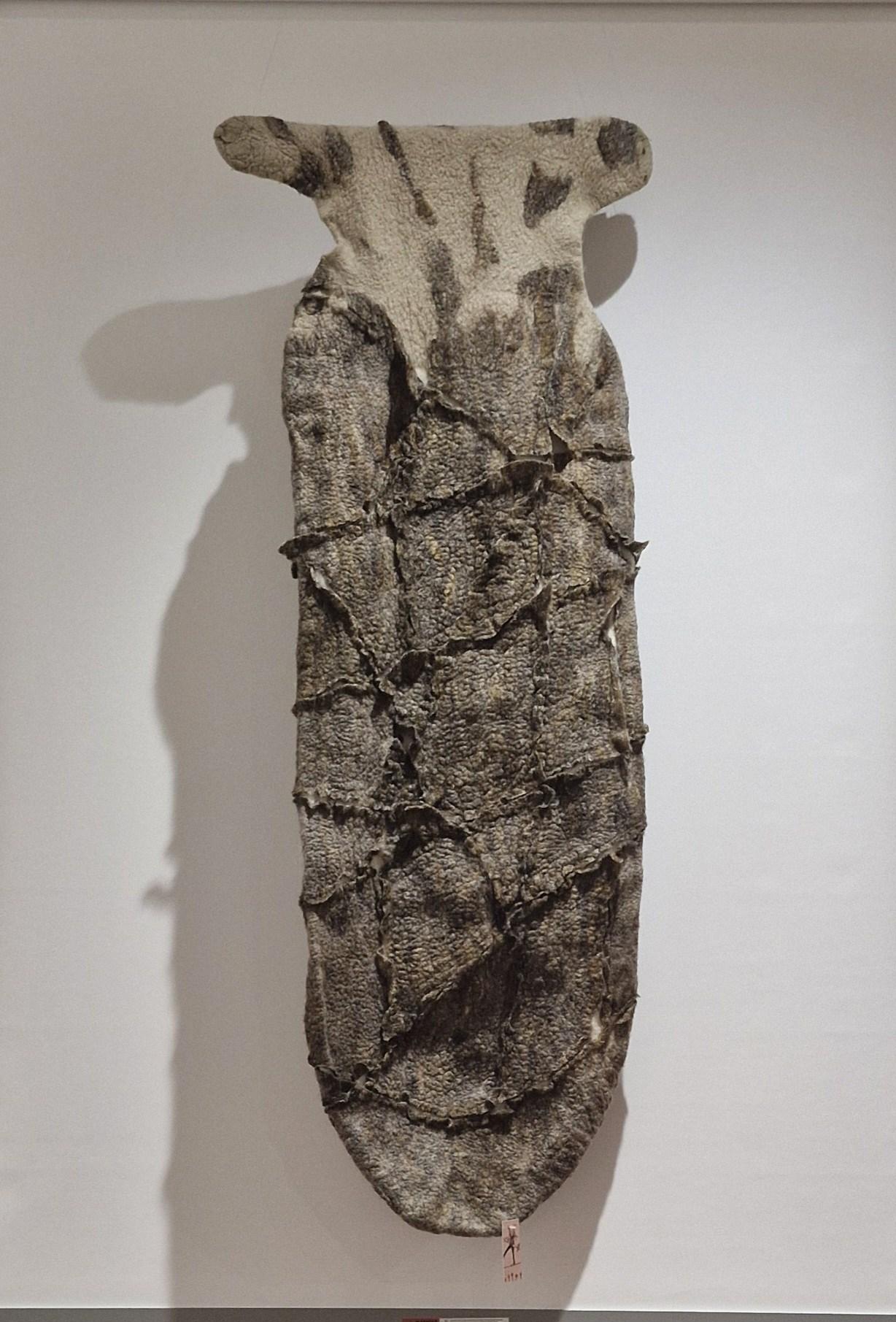

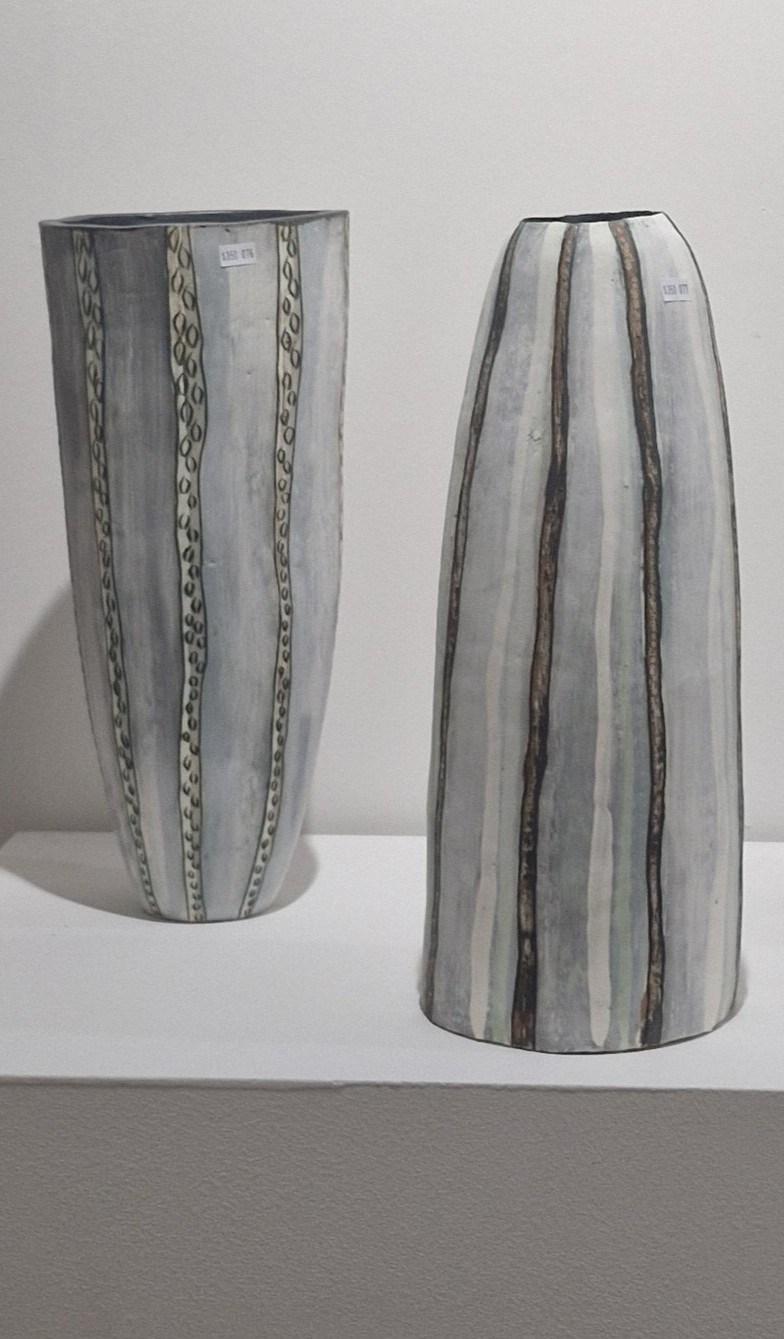
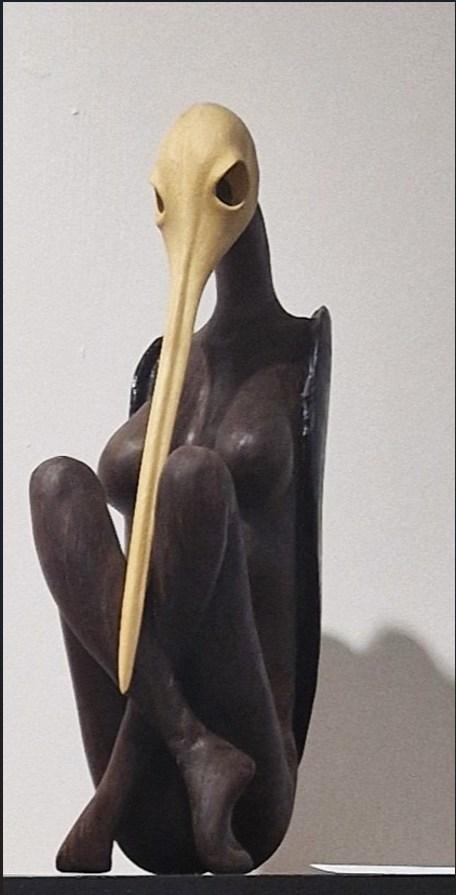
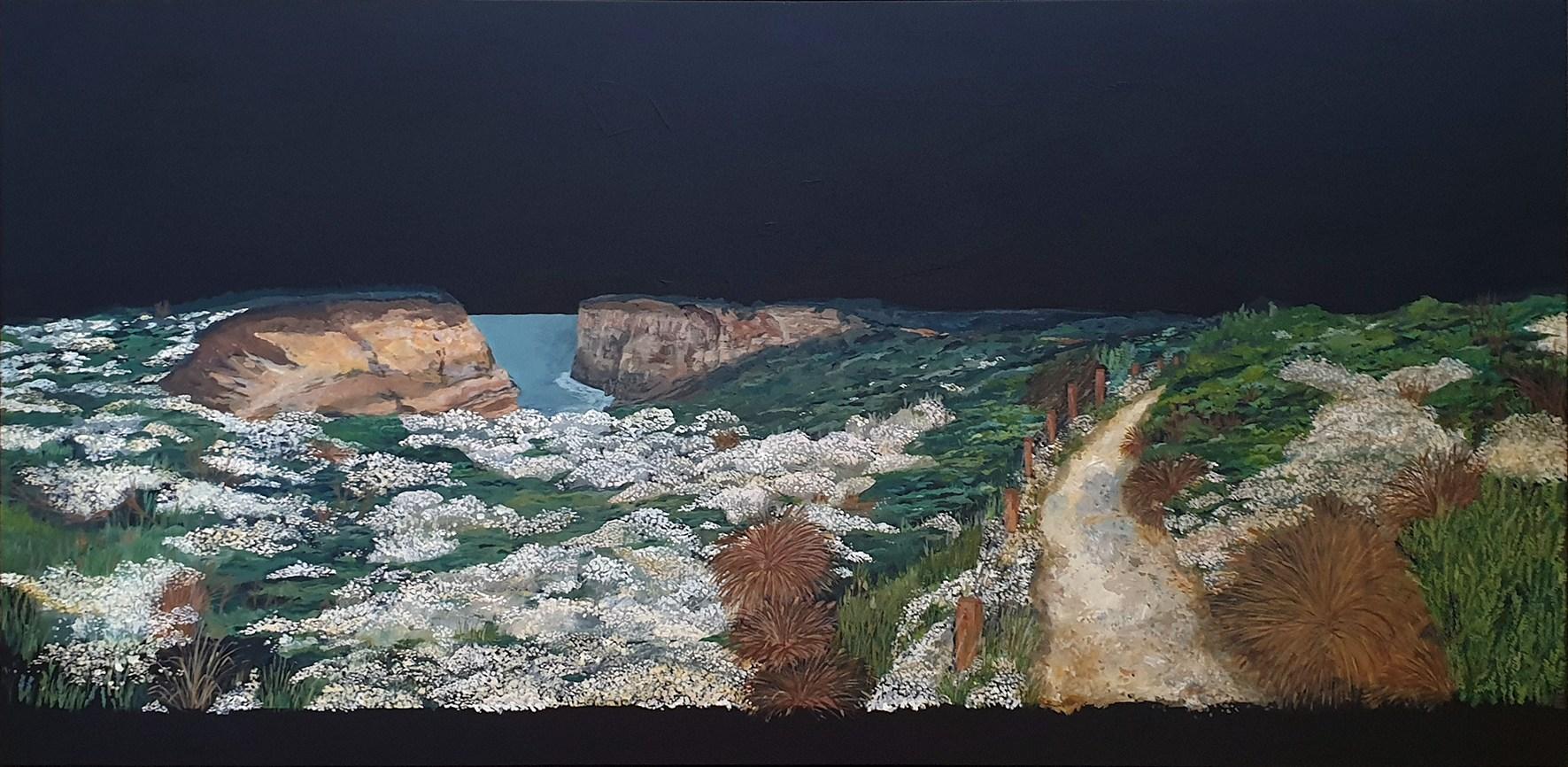


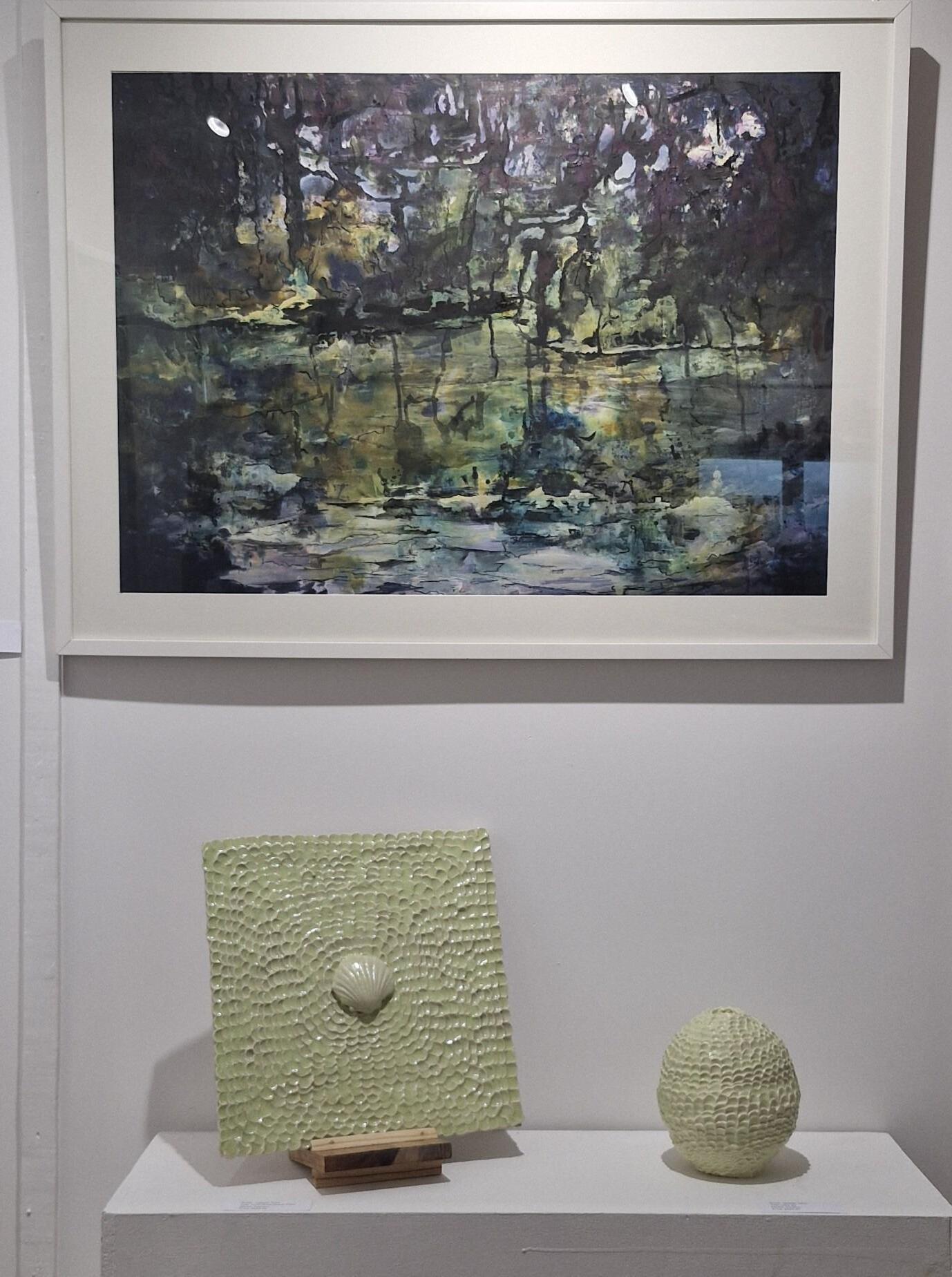
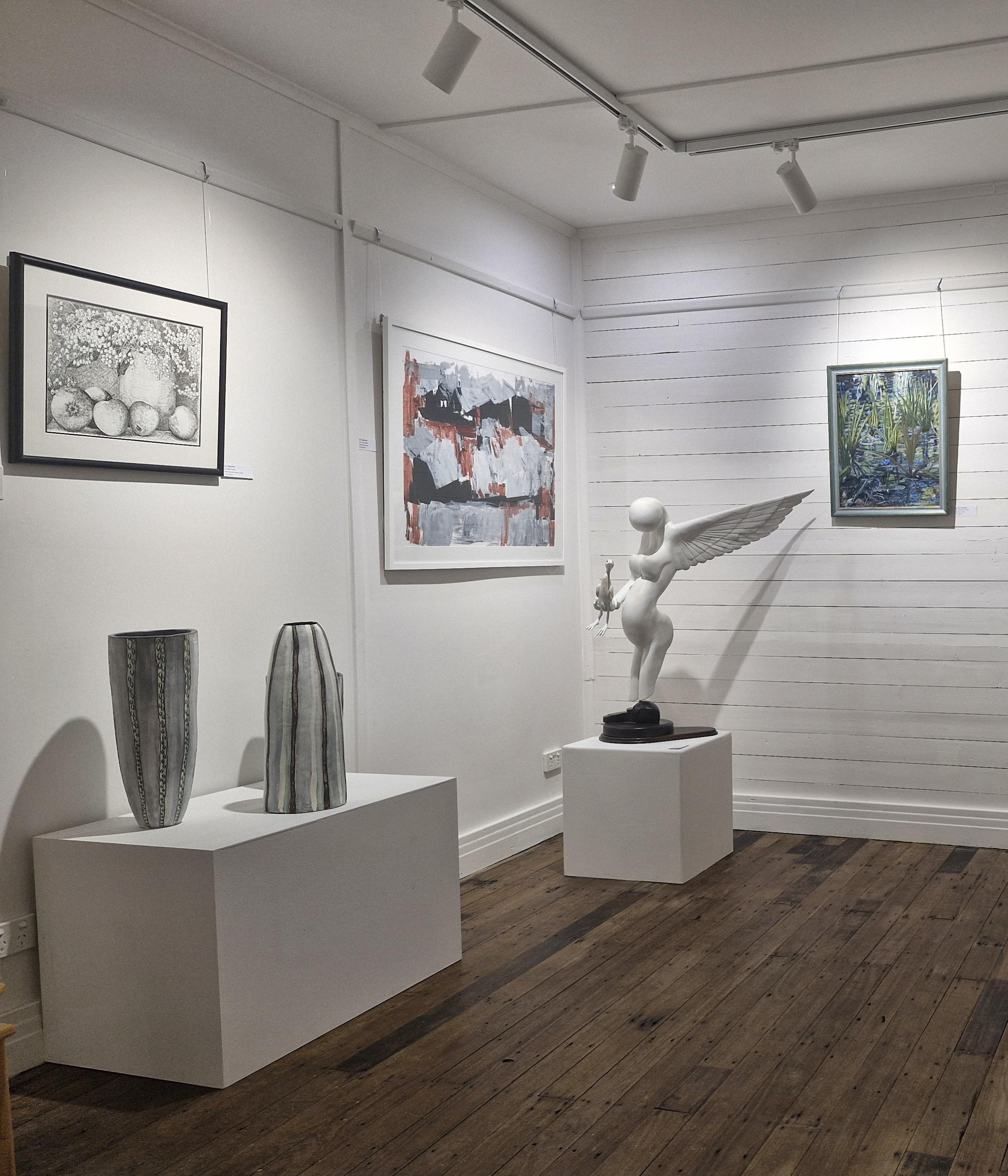

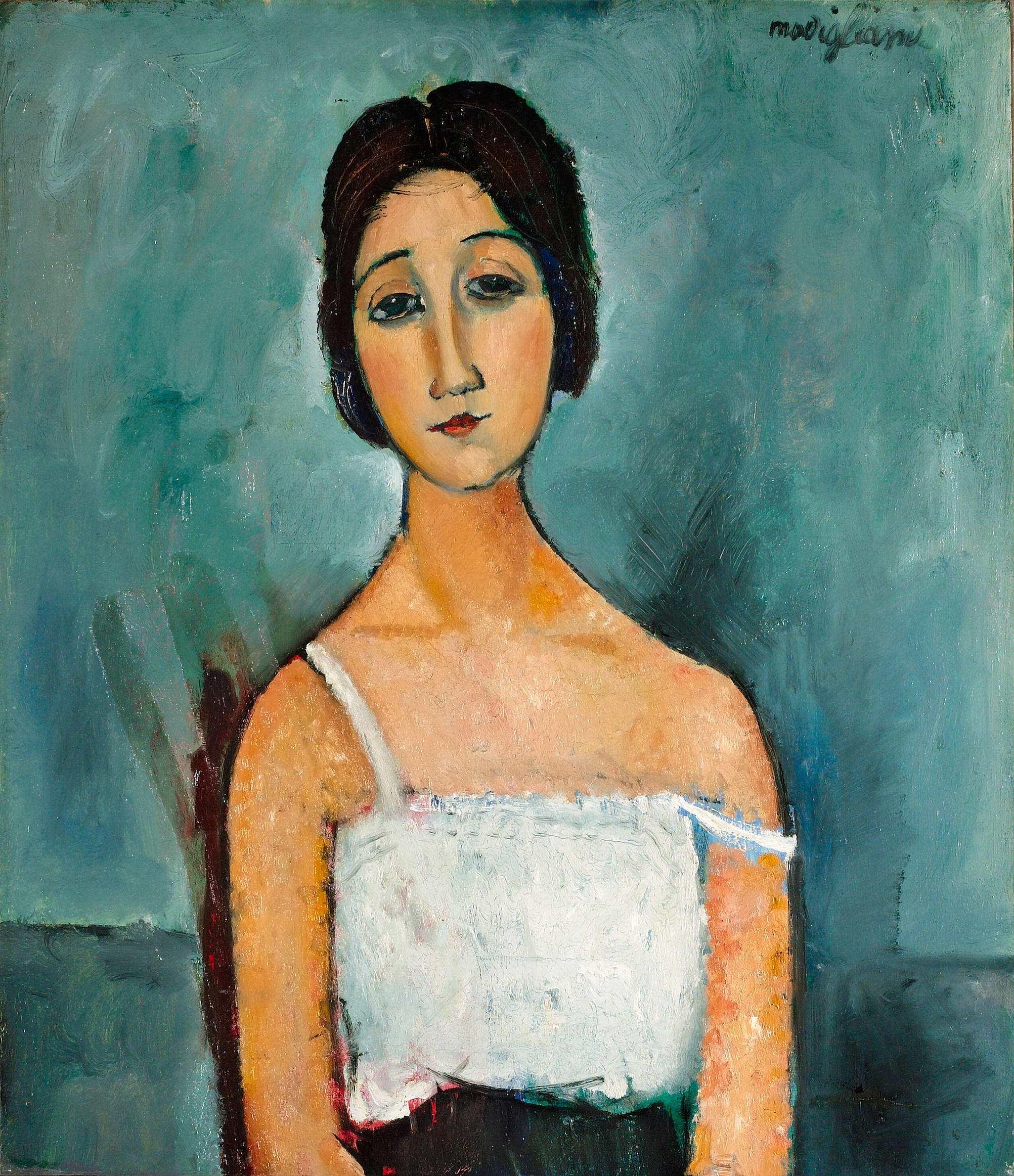
Connecting people with the arts, and each other
Be entertained, fascinated and informed. Become a member or attend individual lectures as a guest.
After each lecture join the lecturer for conversation and light refreshments.
2025 membership now available on-line.
https://artsnationalnewcastle.org.au/
Lectures are at 6:30pm at the Hunter Theatre, Cameron St, Broadmeadow.
Register ($30) at https://artsnationalnewcastle.org.au/
More information on ArtsNational Newcastle and the annual lecture schedule at https://artsnationalnewcastle.org.au/


Presented by Alice Foster
Portraits range from the symbolic, where a likeness was not required, to images where concern with identity opens up the areas of character, personality, mood, status, costume, occupation, gender and age. We also need to consider the relationship between sitter and painter.
Presented by Peter McNeil
In 1989 Brisbane Pam Easton and Lydia Pearson began to create their range of garments that were nostalgic and feminine, generated through an engagement with historical and ethnographic sources and with textiles from Vietnam and India, Italy and France. Within ten years they were retailing globally.
What is the appeal and why are the designs so distinctive?
Come along in your Easton Pearson garment.
Lectures are at 6:30pm at the Hunter Theatre, Cameron St, Broadmeadow.
More information on ArtsNational Newcastle and the annual lecture schedule at https://artsnationalnewcastle.org.au/
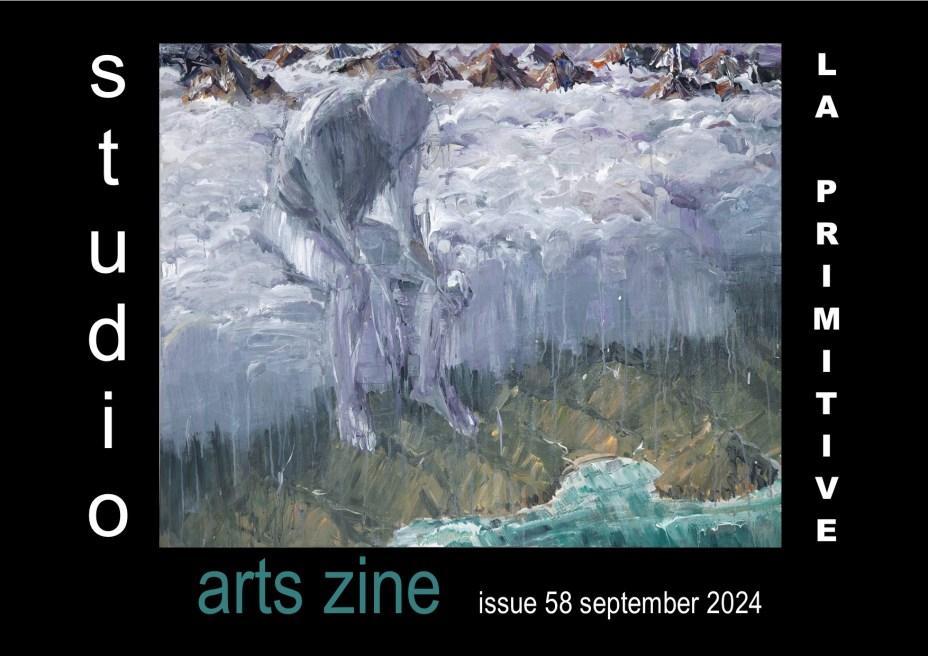

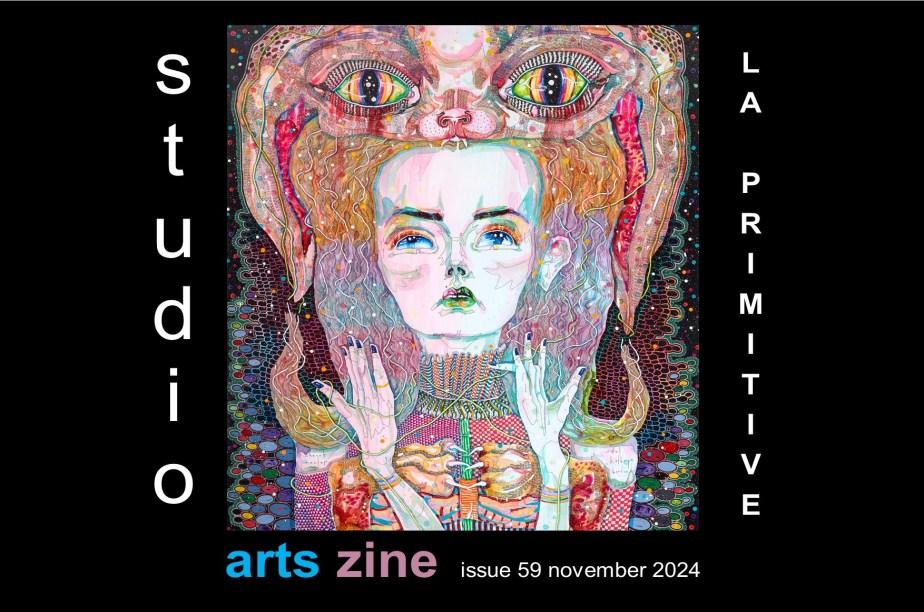
Arts Zine is an online independent art and literary magazine, featuring artist’s interviews, exhibitions , art news, poetry and essays.
We have been publishing the Zine since 2013, featuring many high profile national & international artists
– Blak Douglas, Wendy Sharpe, Kathrin Longhurst, Nigel Milsom, Loribelle Spirovski, Kim Leutwyler ,Matthew Quick, Braddon Snape, and many more. George Gittoes has been a wonderful supporter and contributor to the Zine.
The Zine is free, with no advertising from sponsors. It is just something Eric & I want to do for the Arts, which has been our lifelong passion.
Our extensive mailing list includes art collectors, art lovers and galleries.
Arts Zine in 2017 was selected by the NSW State Library to be preserved as a digital publication of lasting cultural value for long-term access by the Australian community.
- Eric & Robyn Werkhoven social media


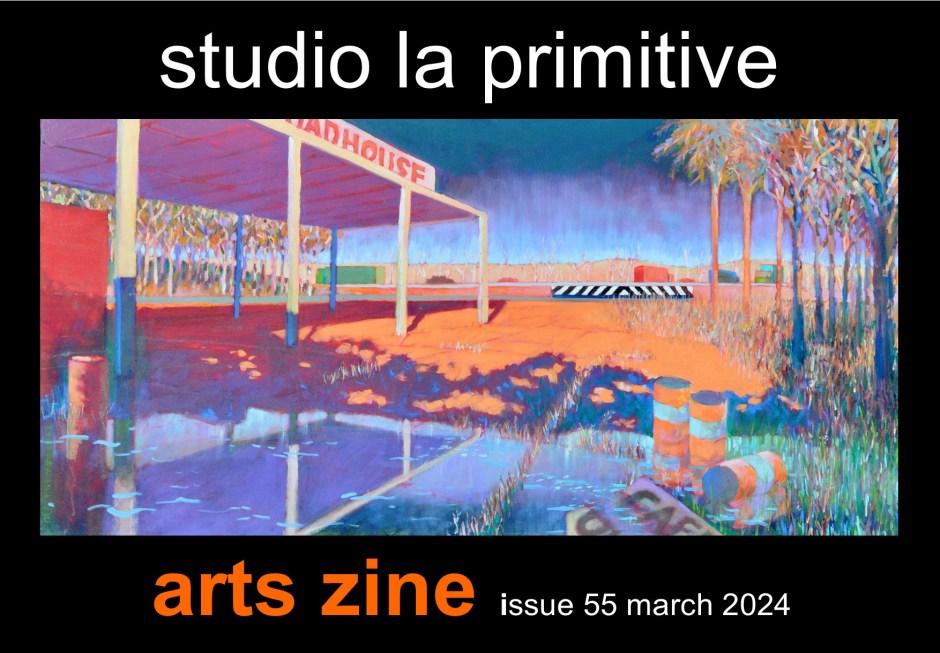
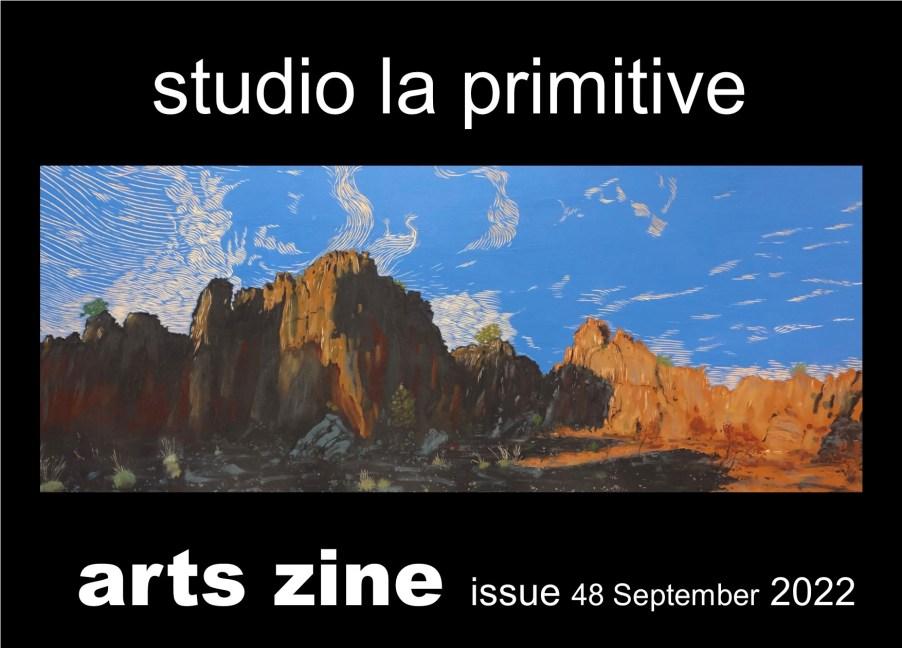
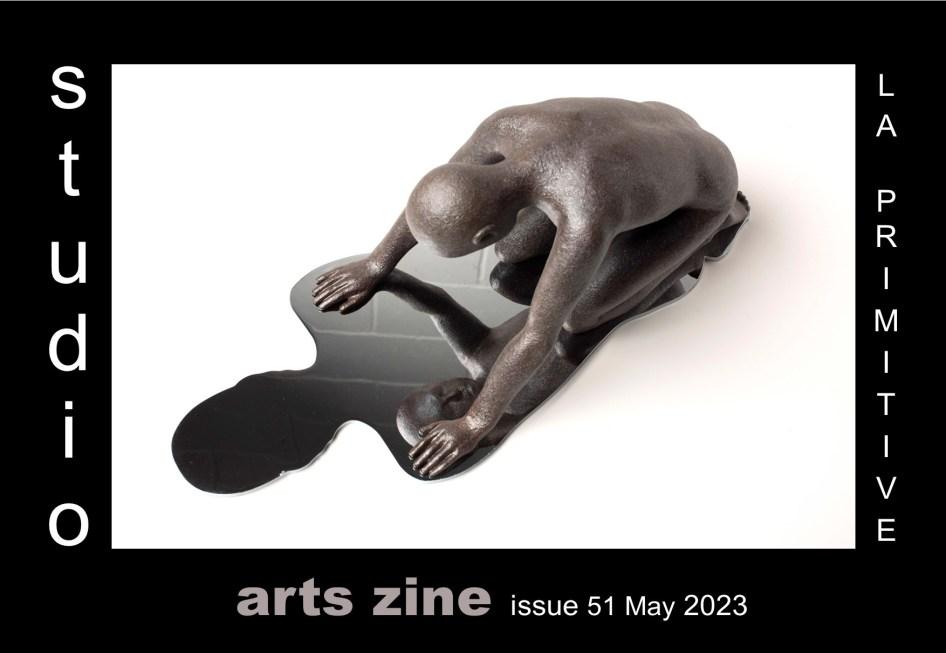
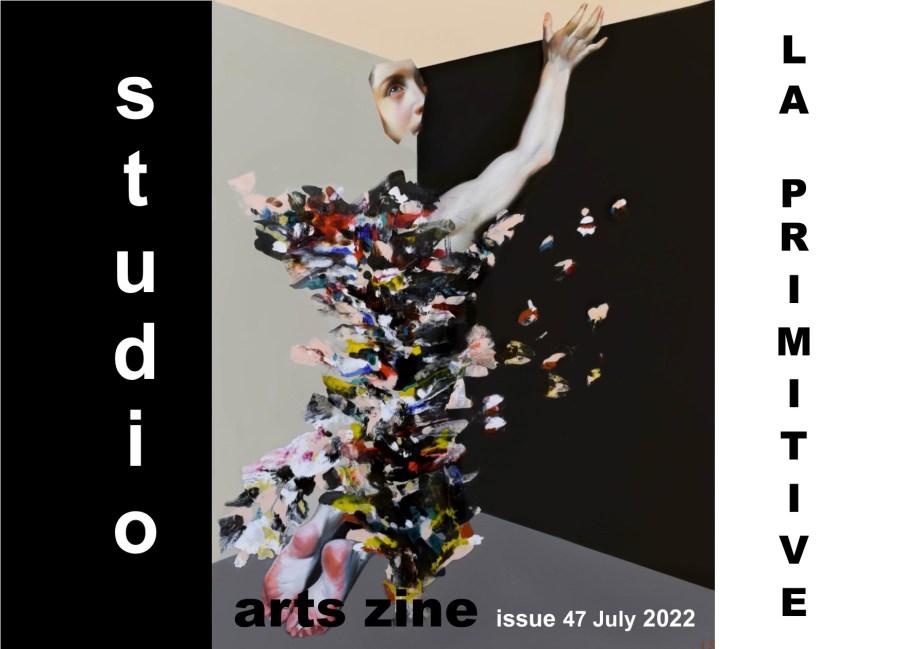

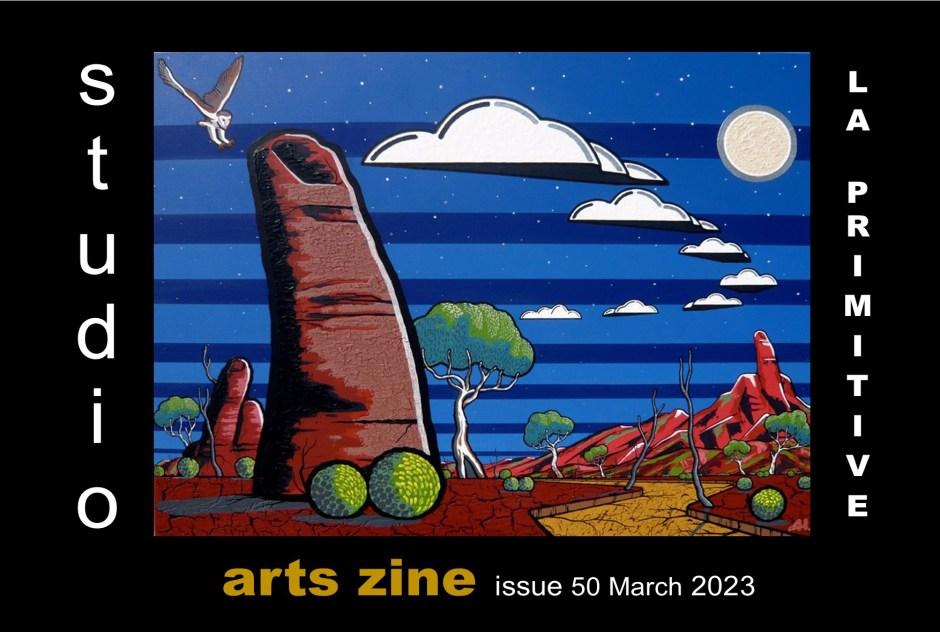
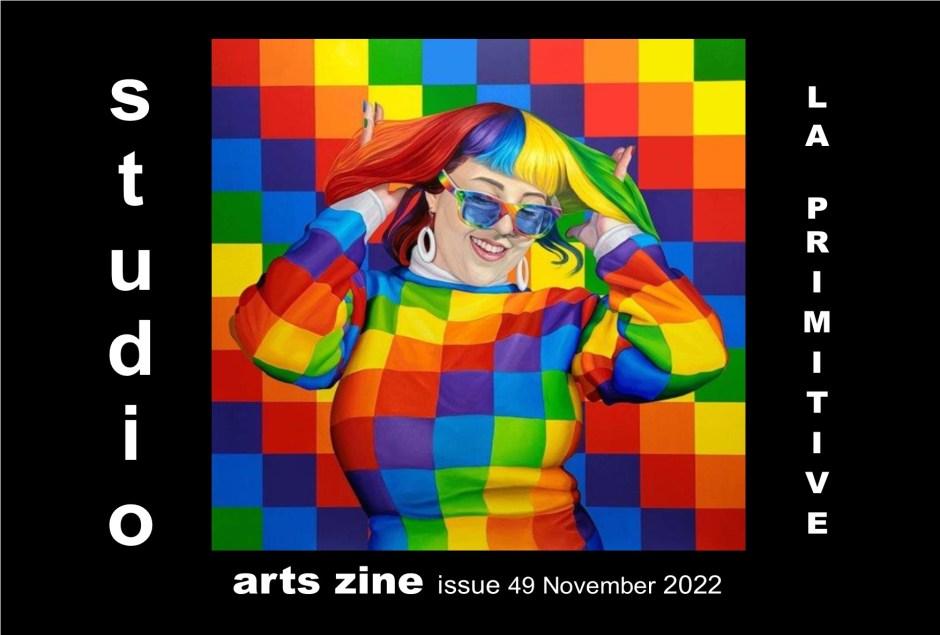

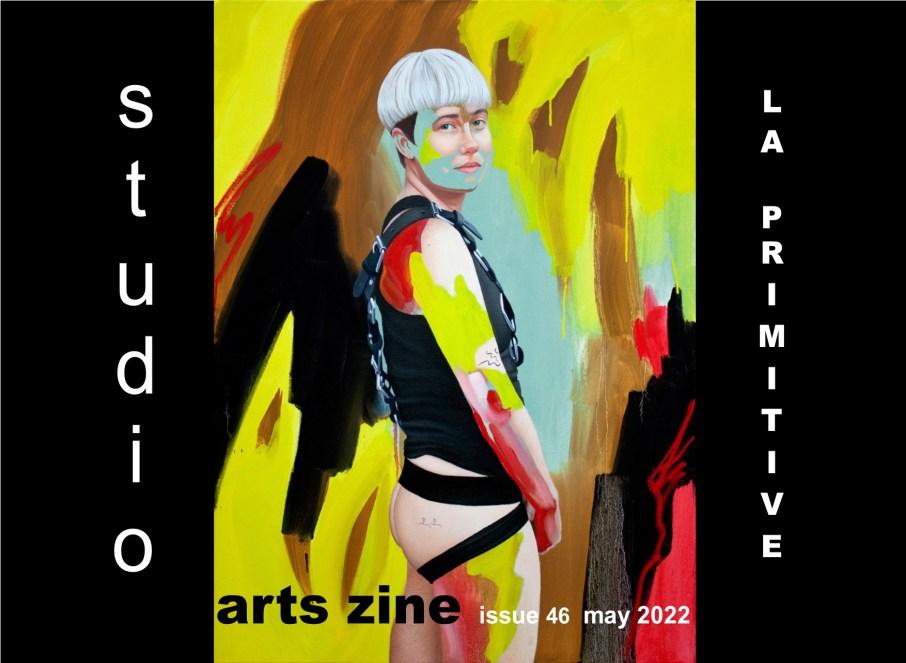
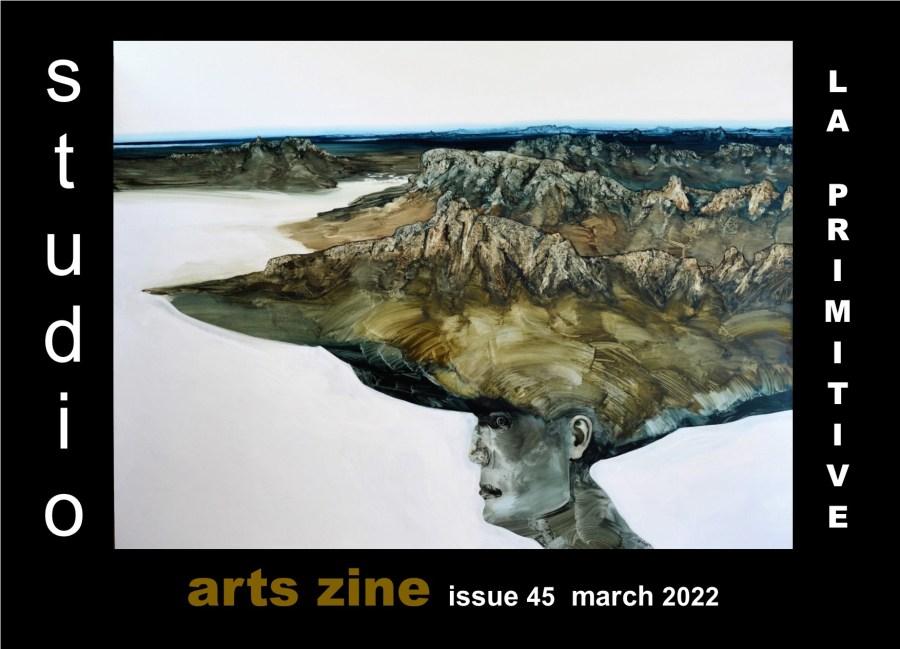



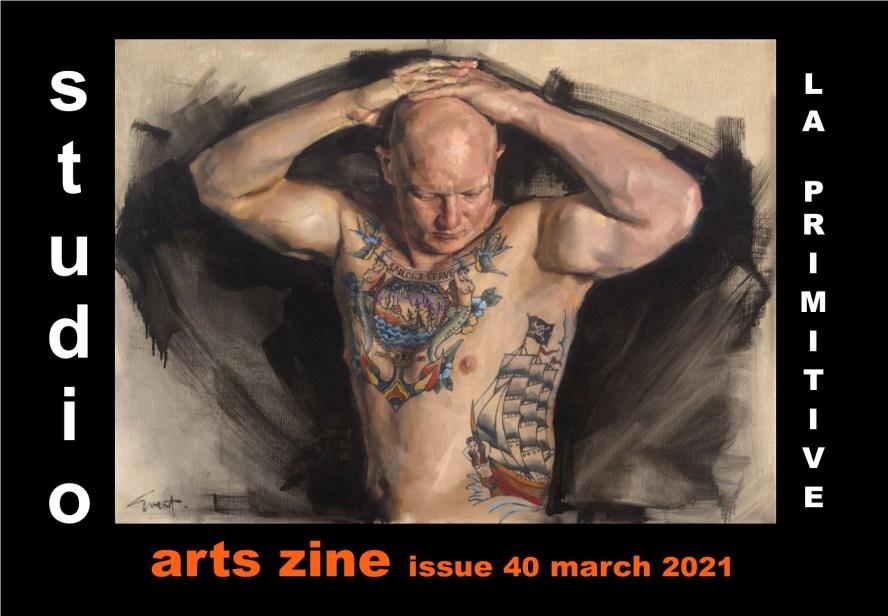
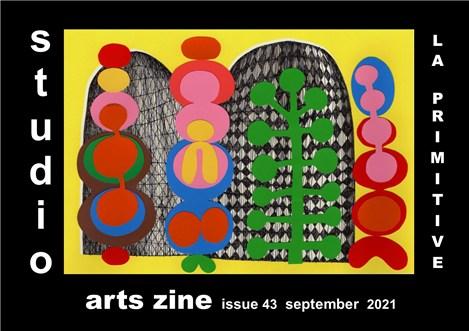

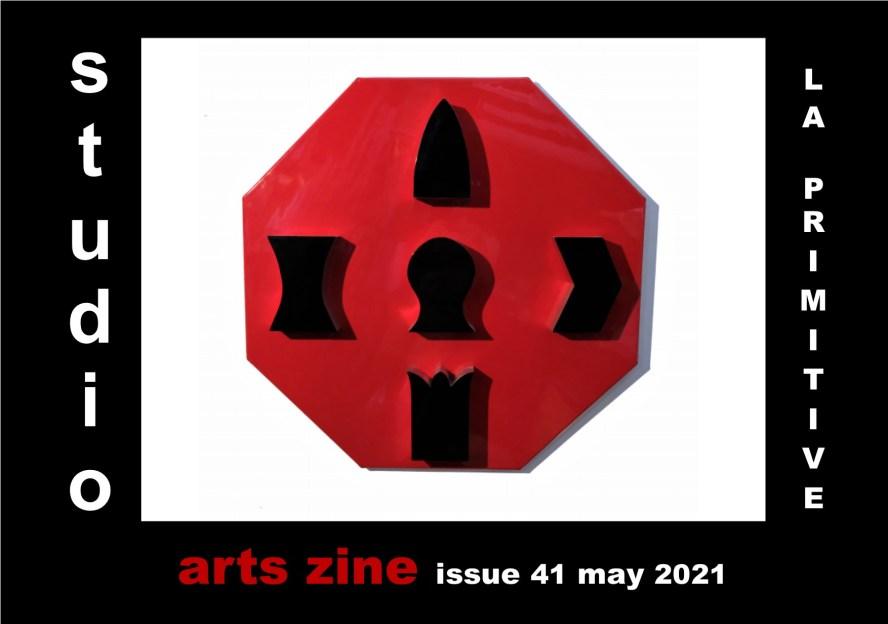

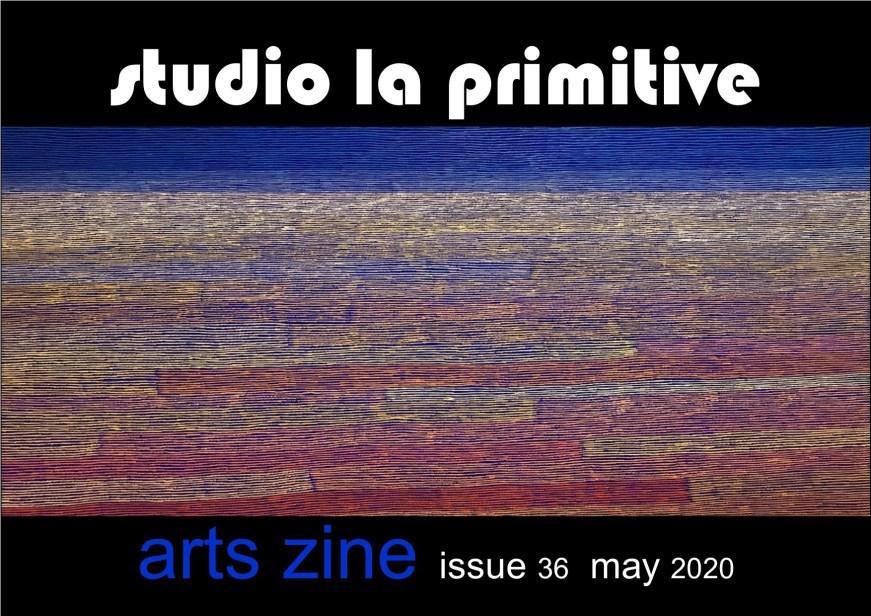

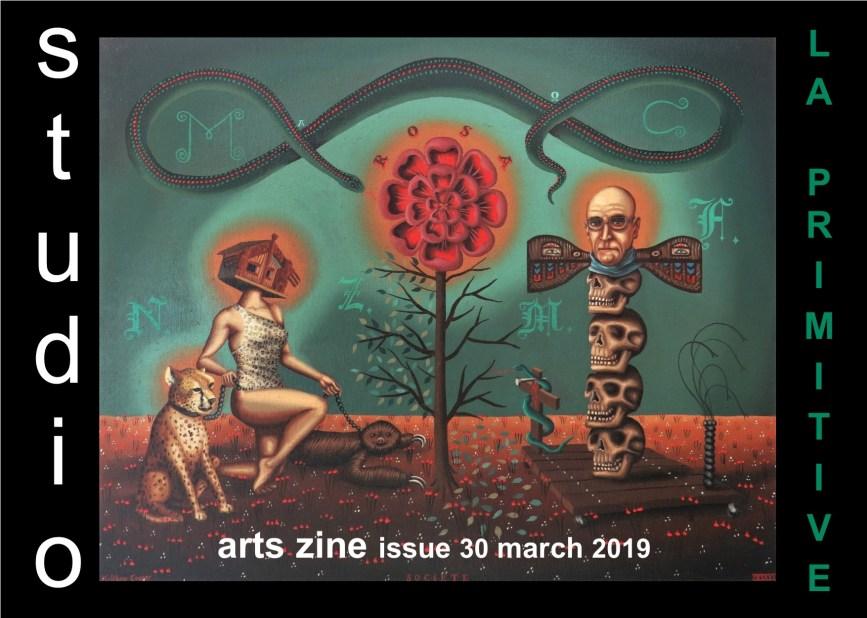
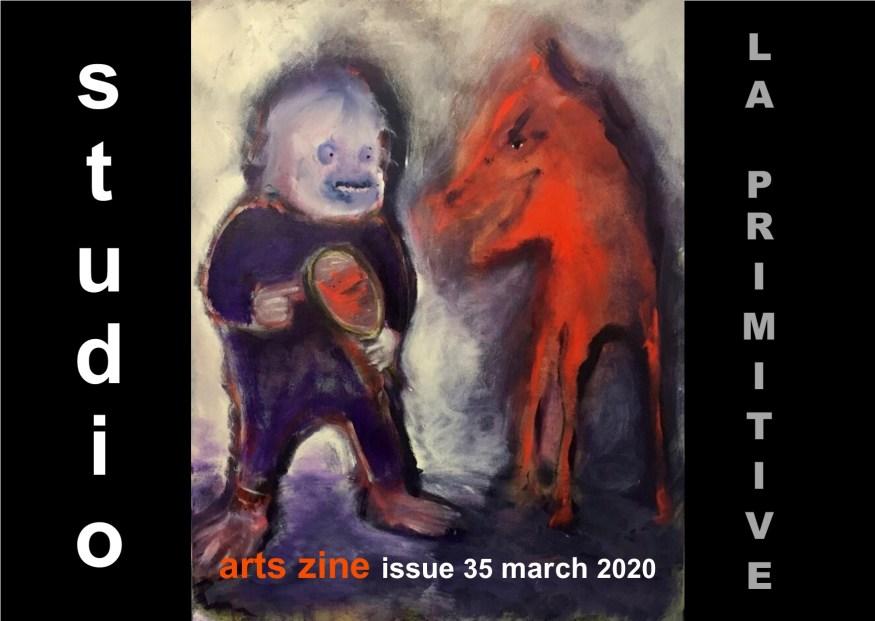
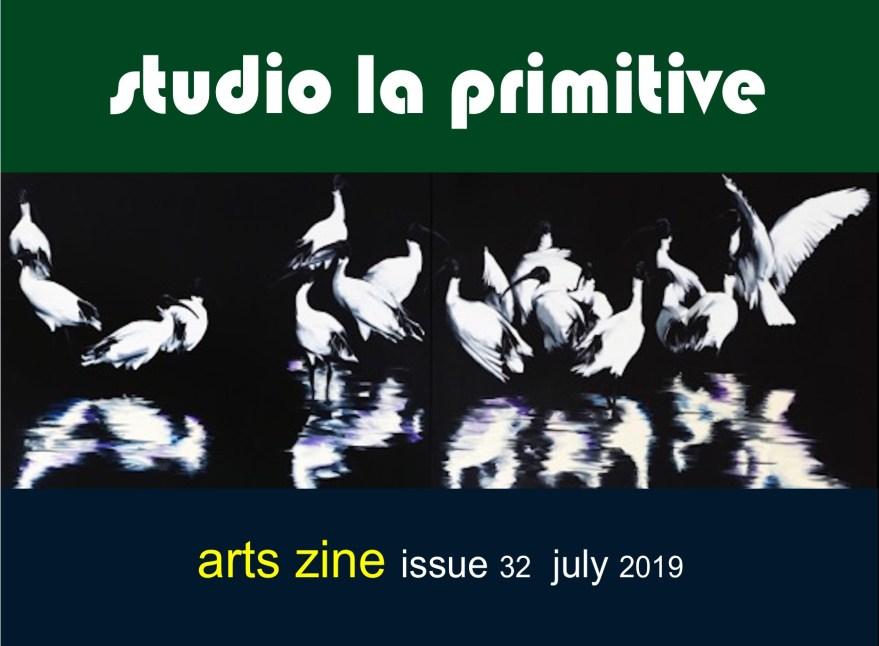

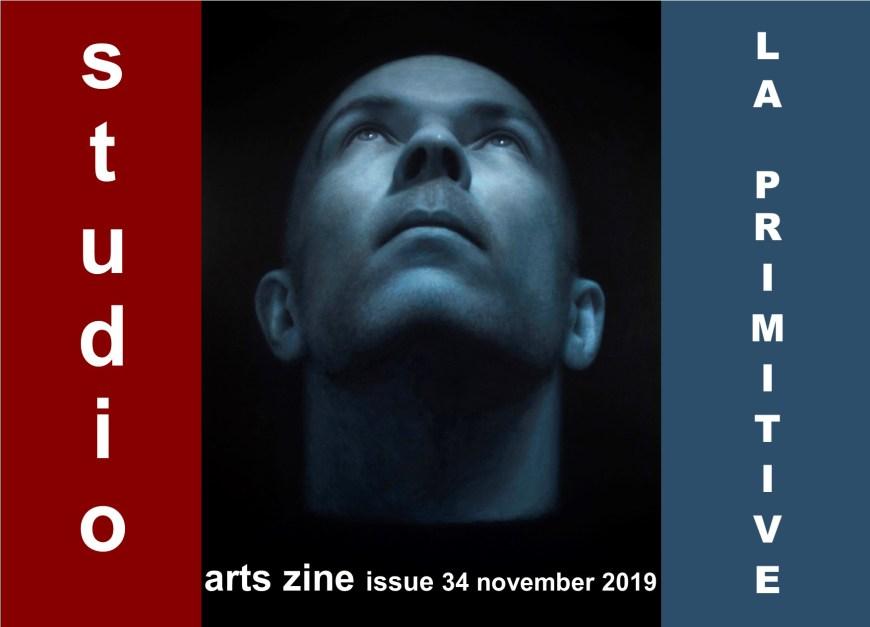
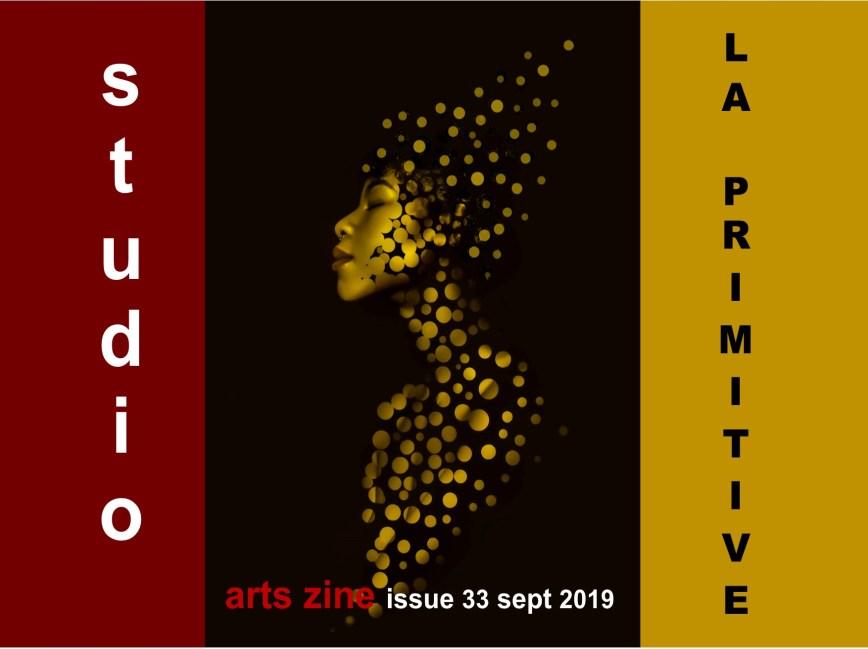
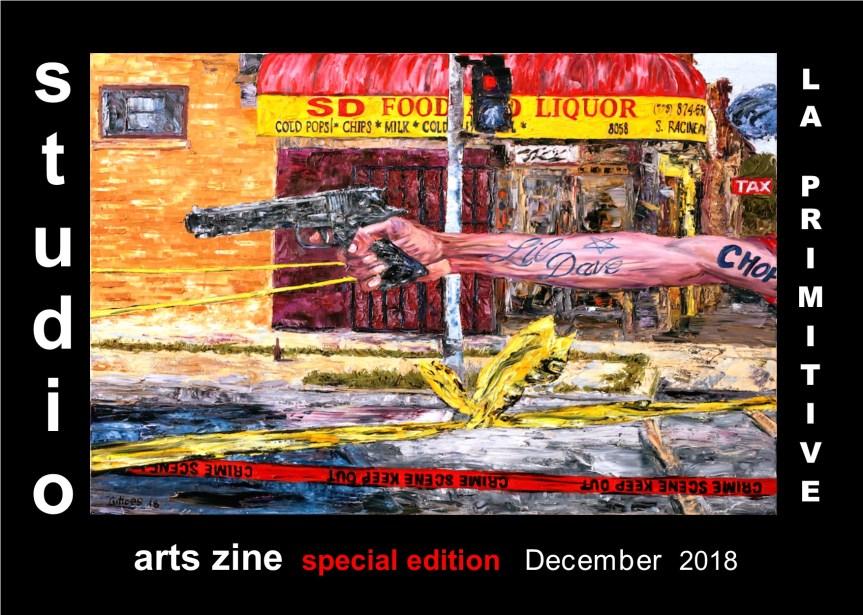
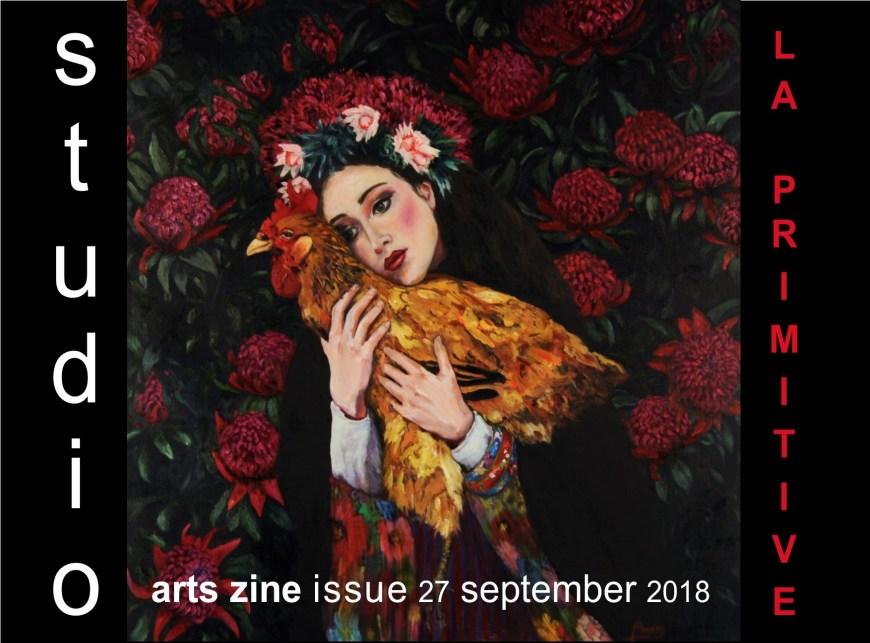
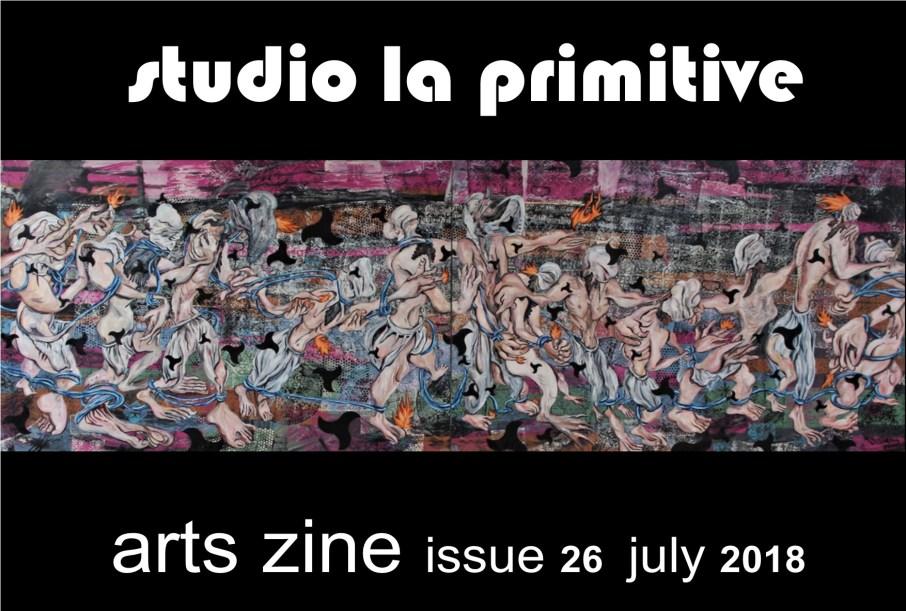
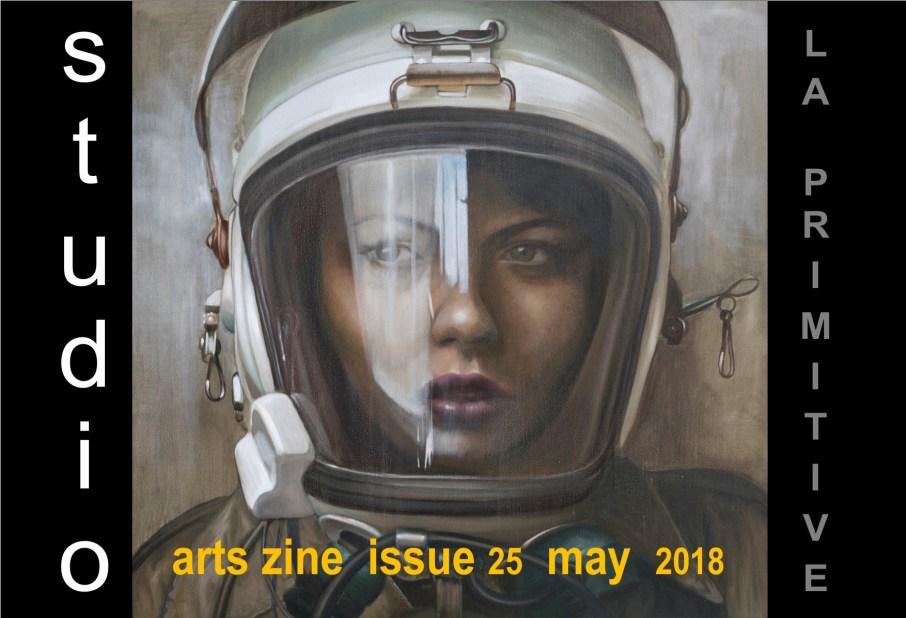
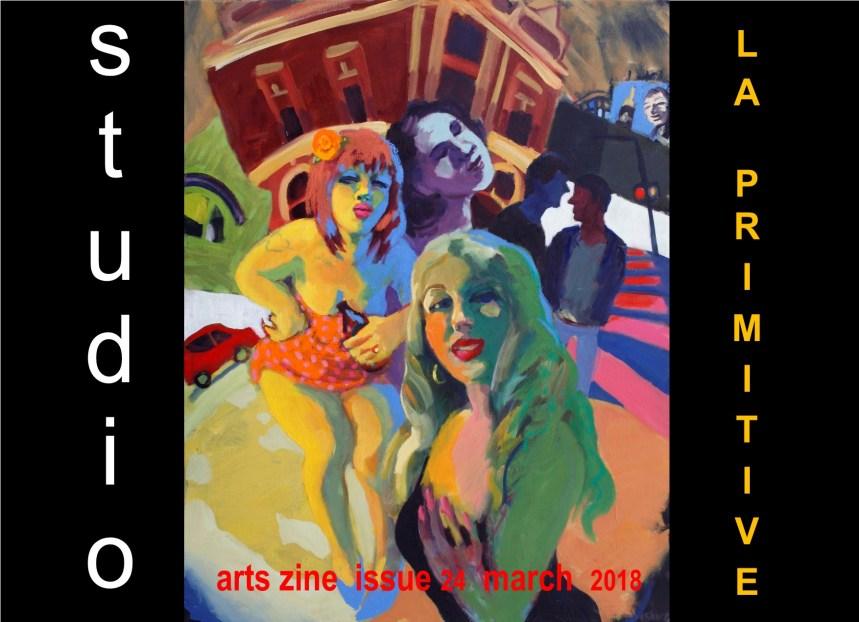
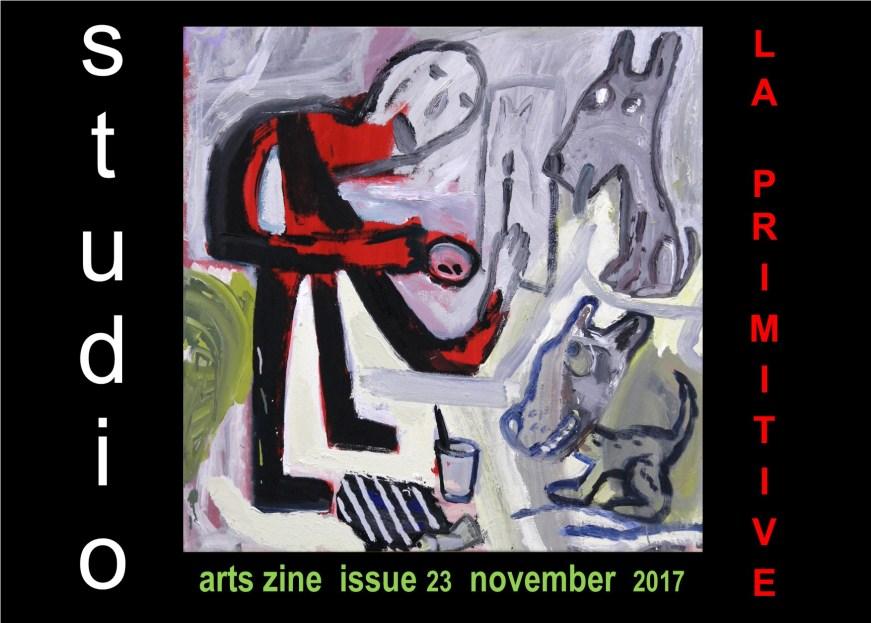
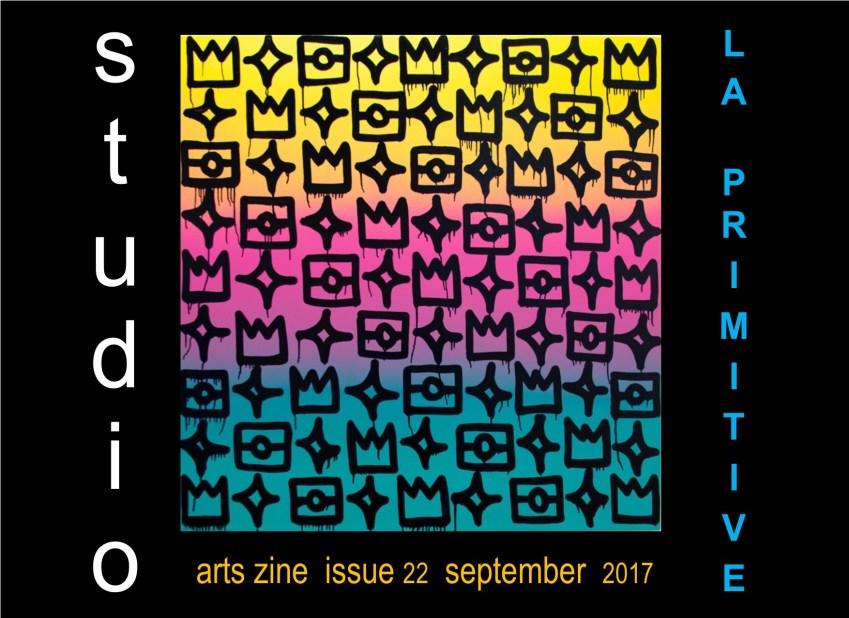
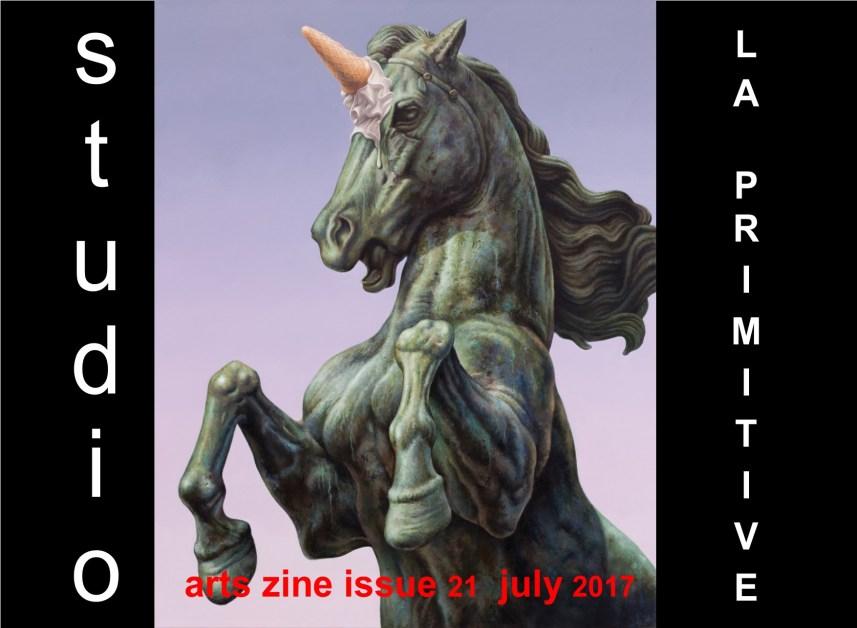

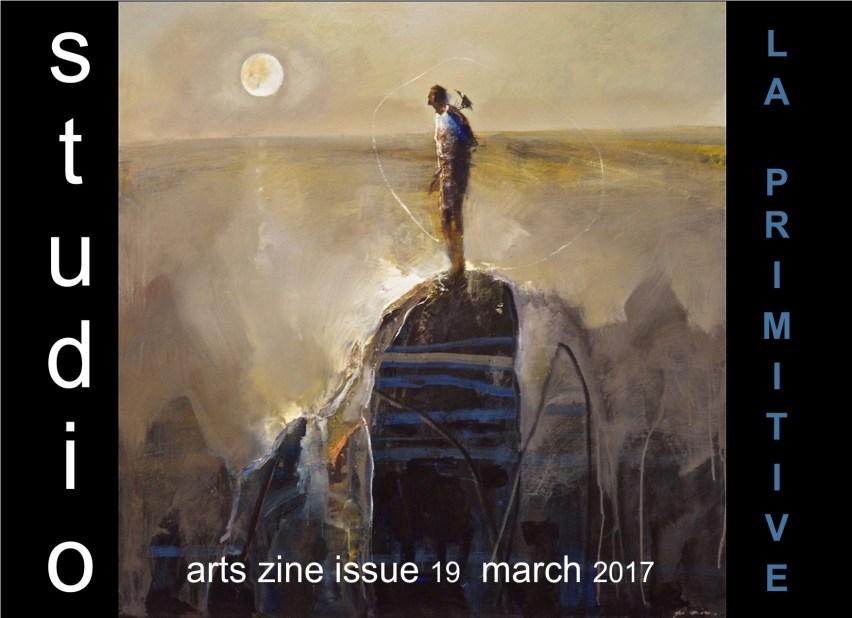
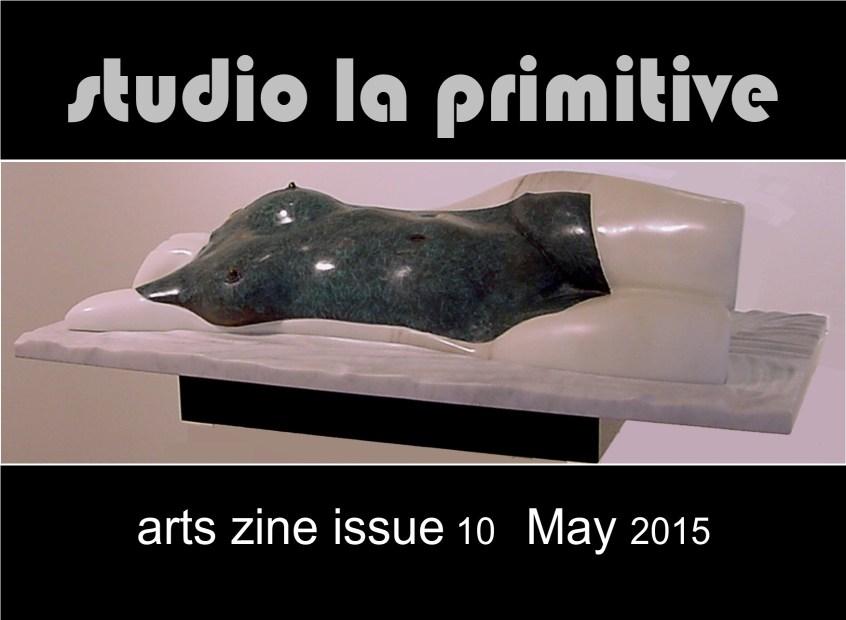


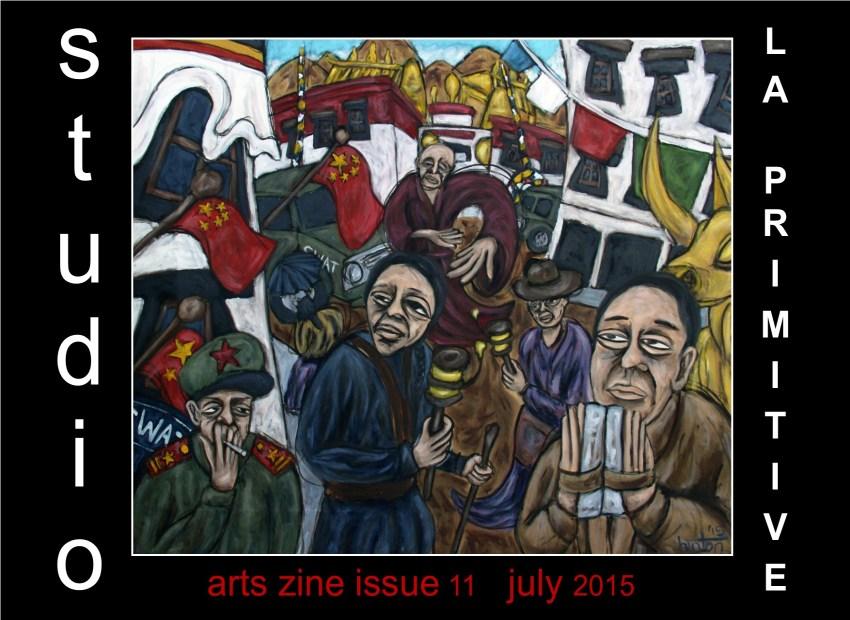
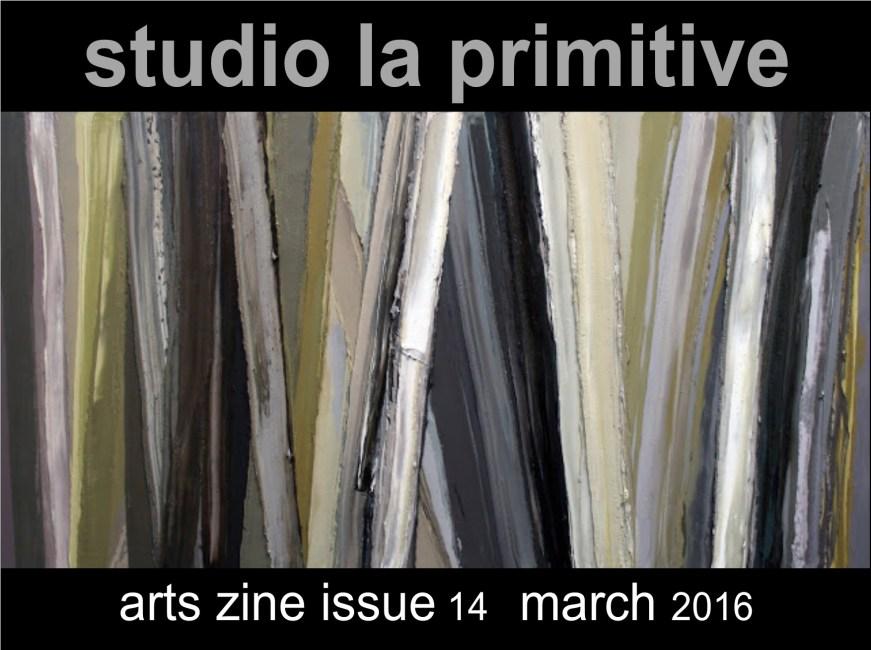
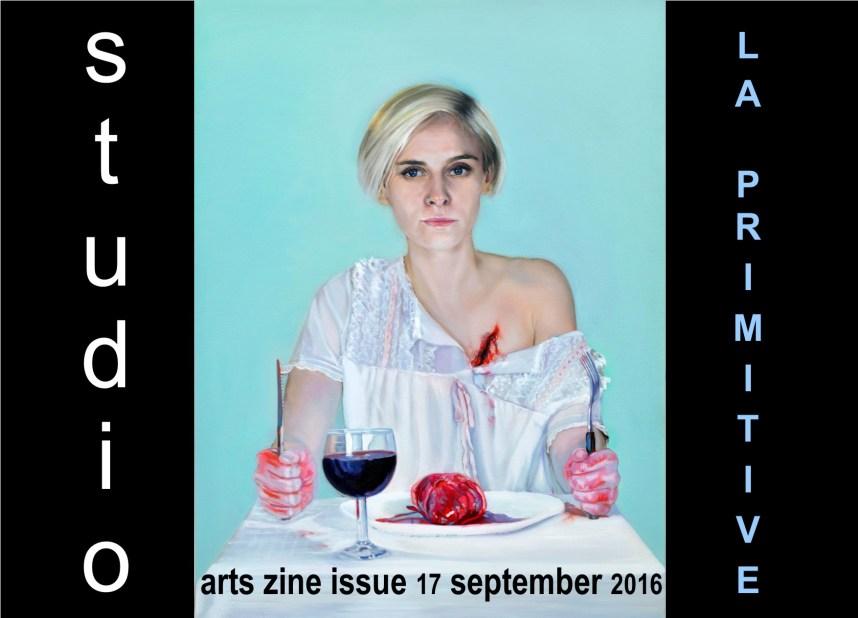




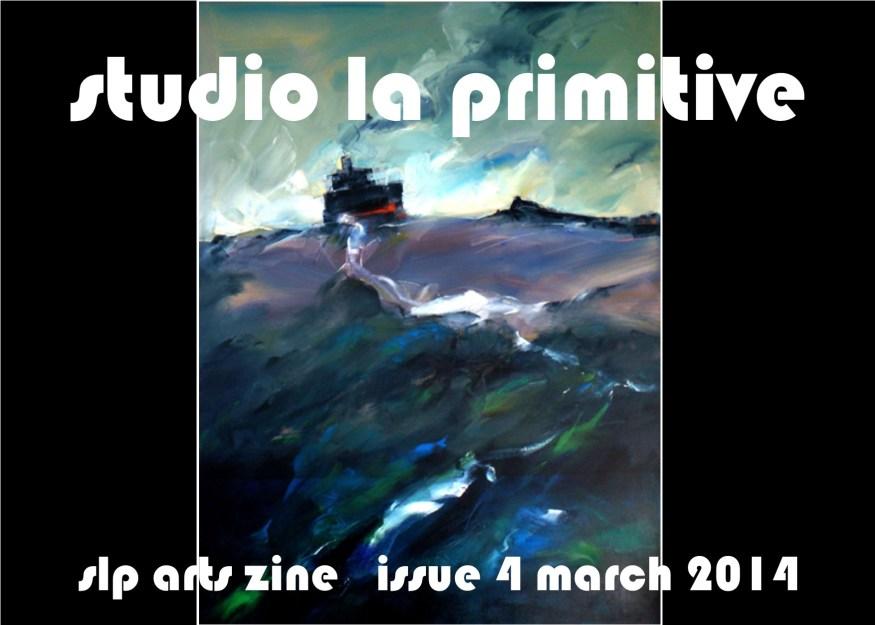
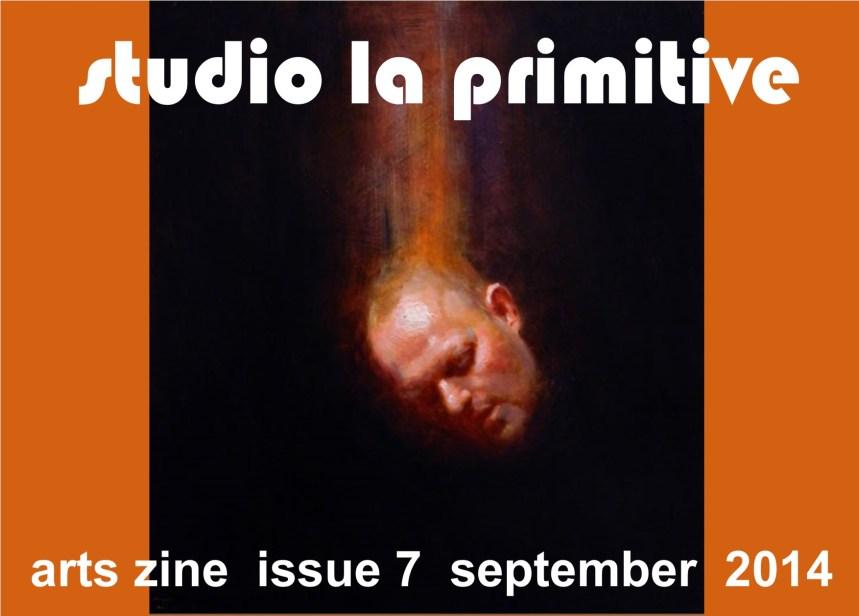

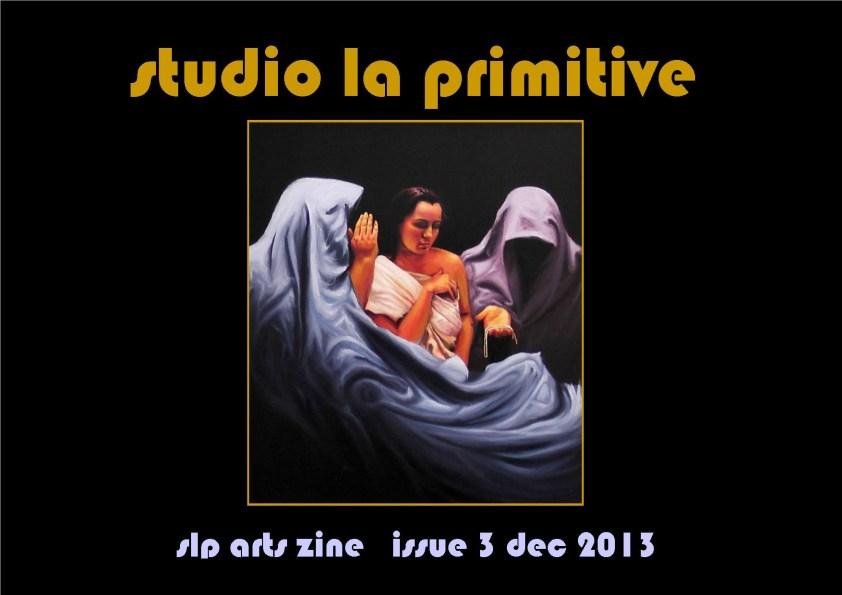
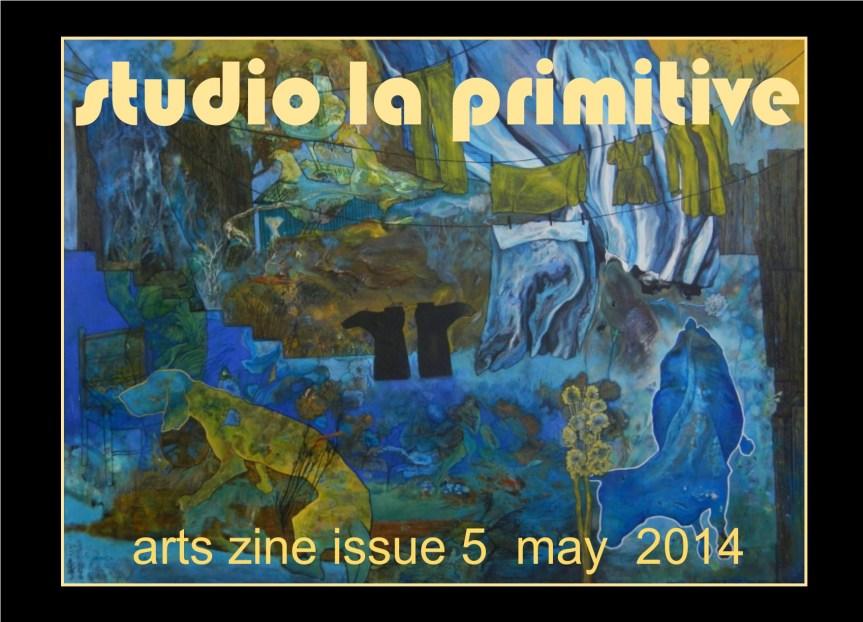


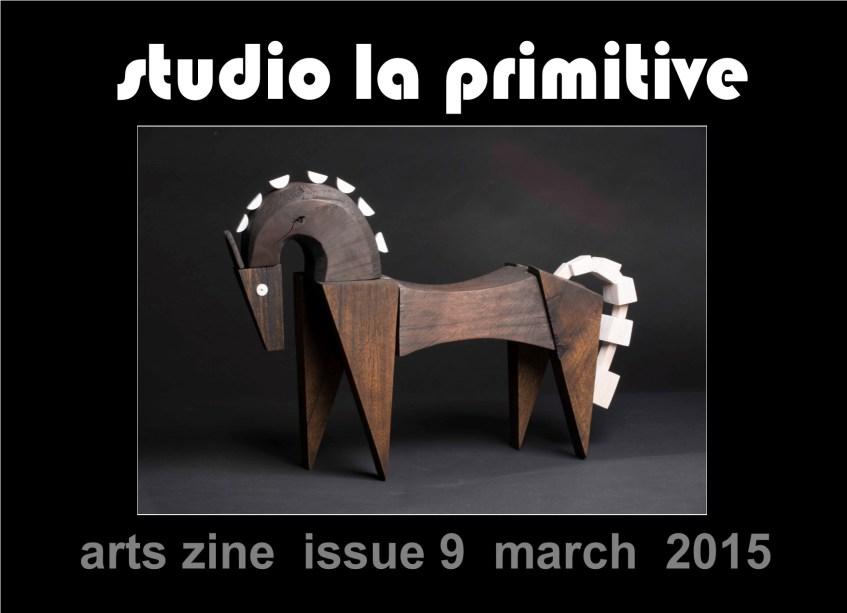
T U D I O L A P R I M I T I V E
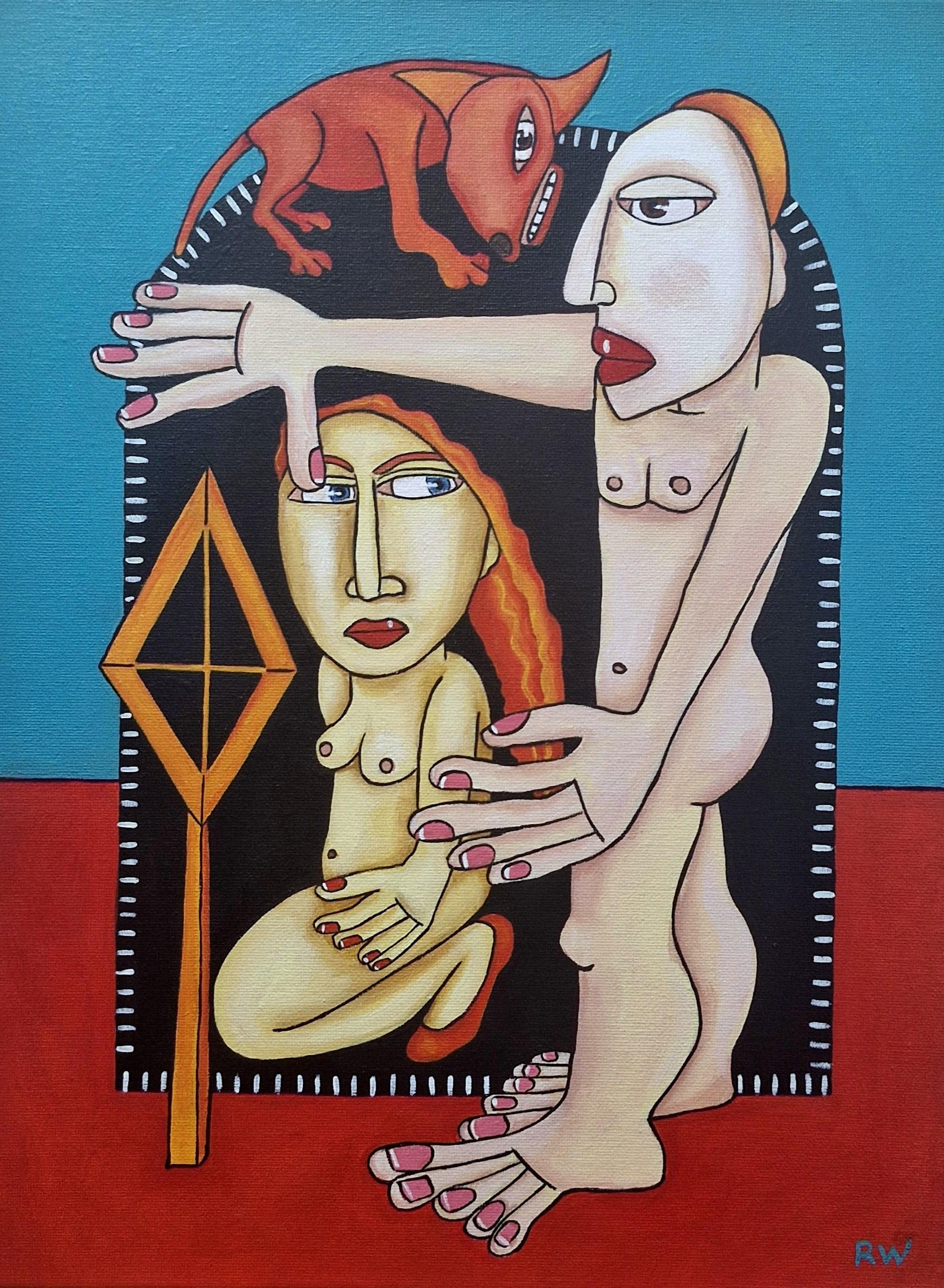
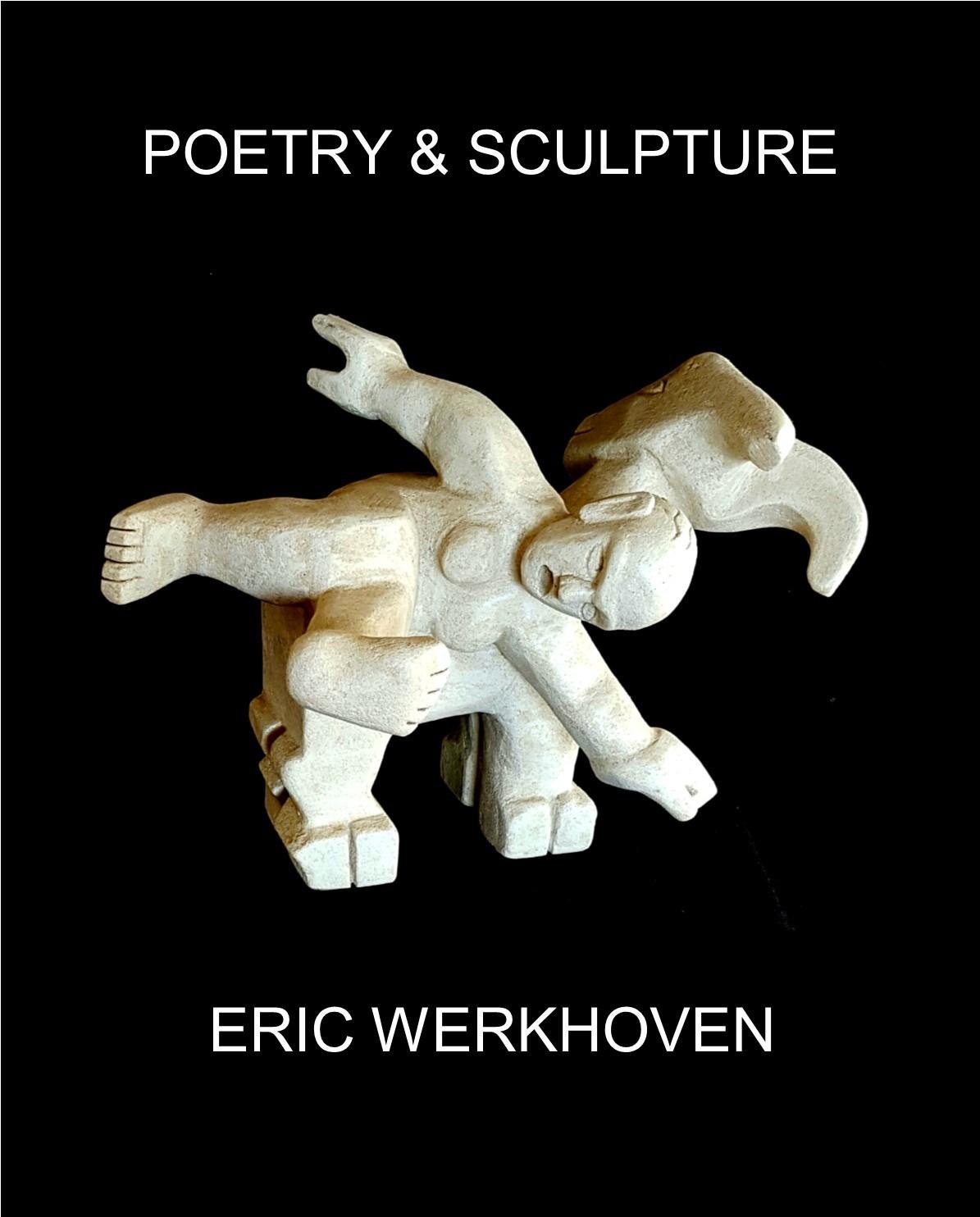
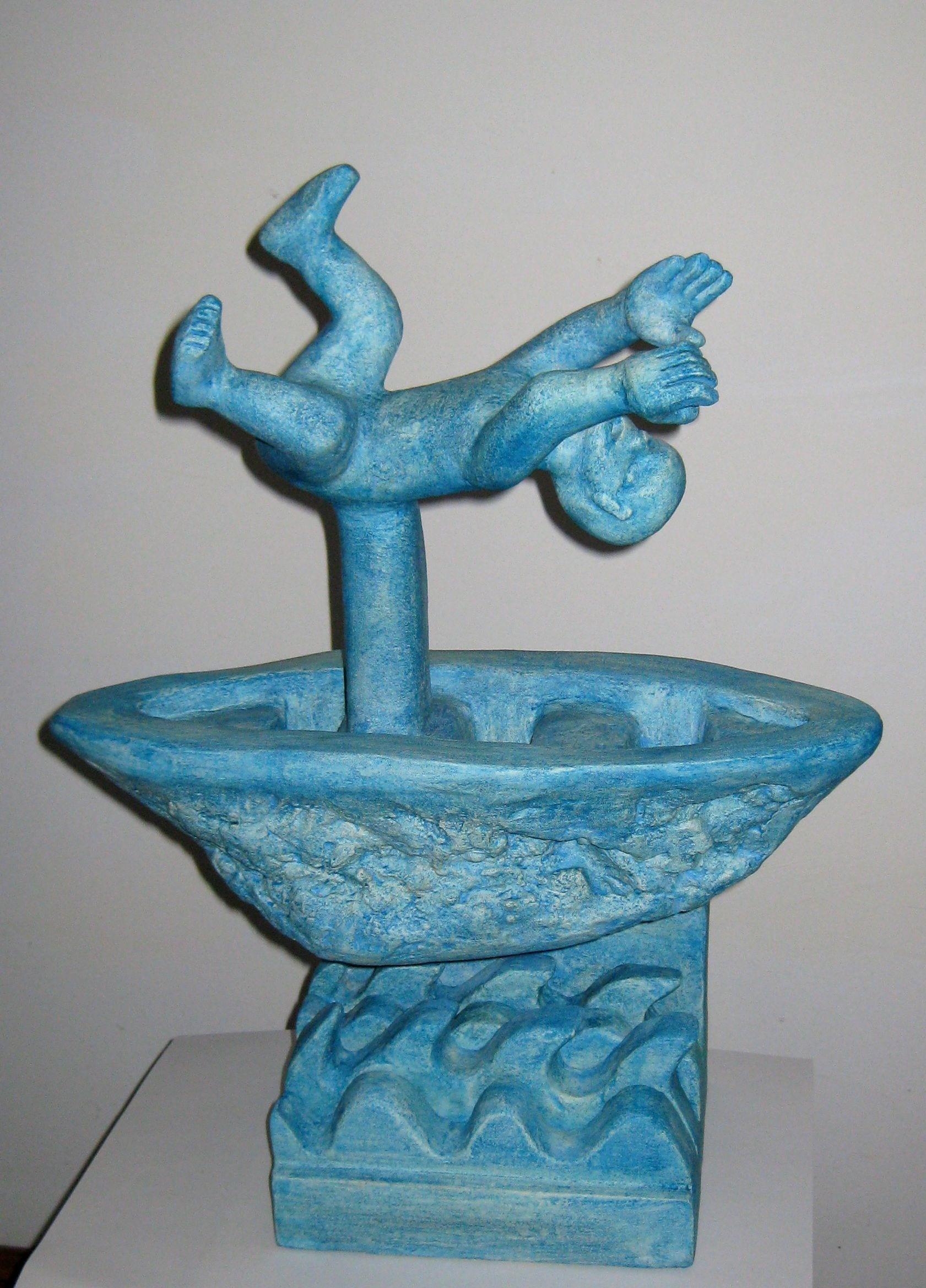
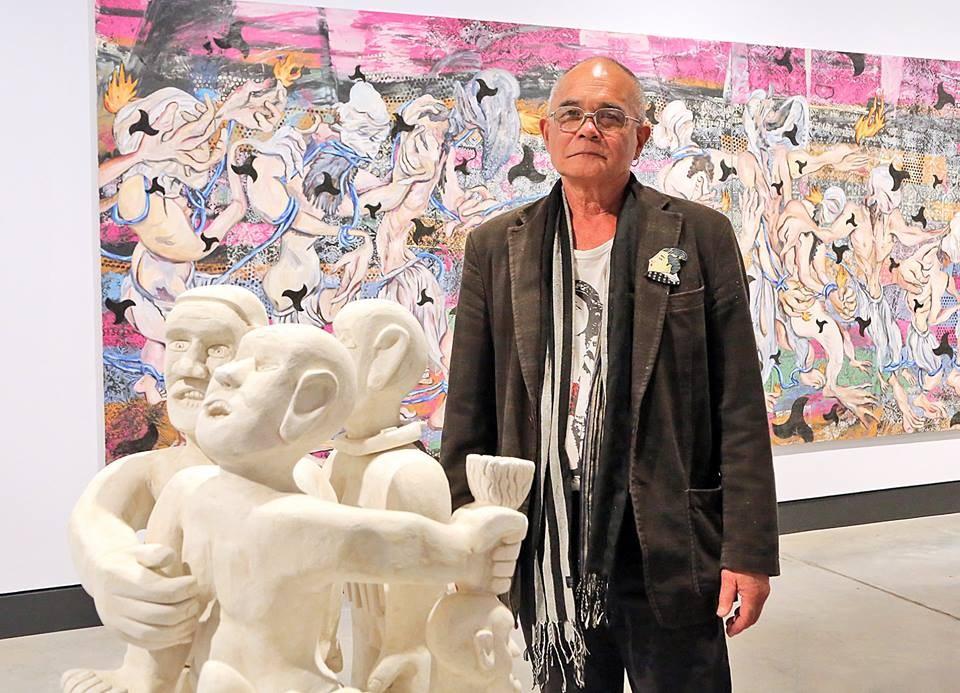
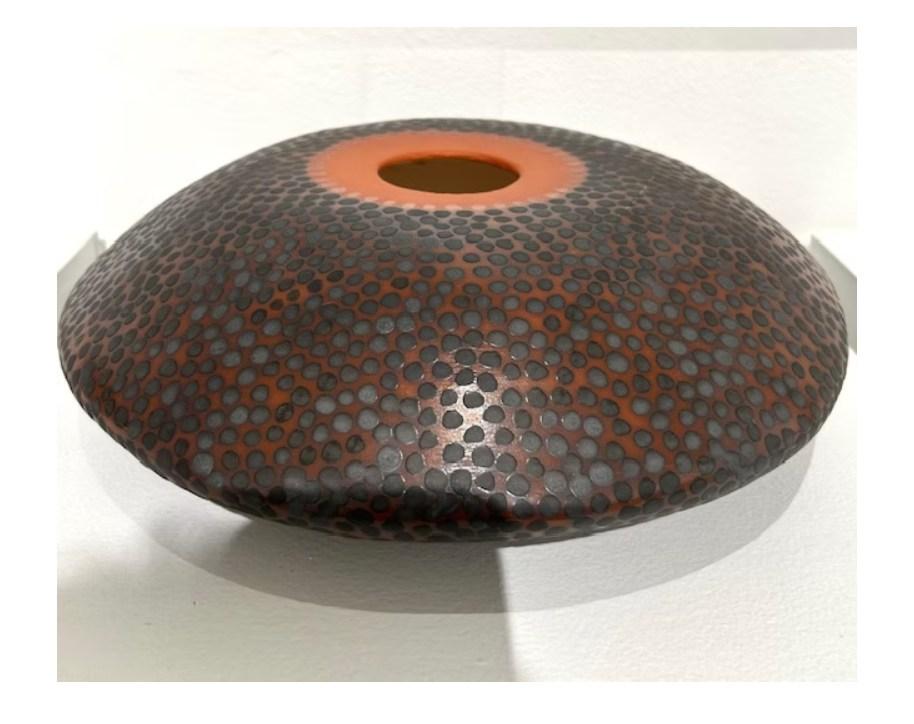
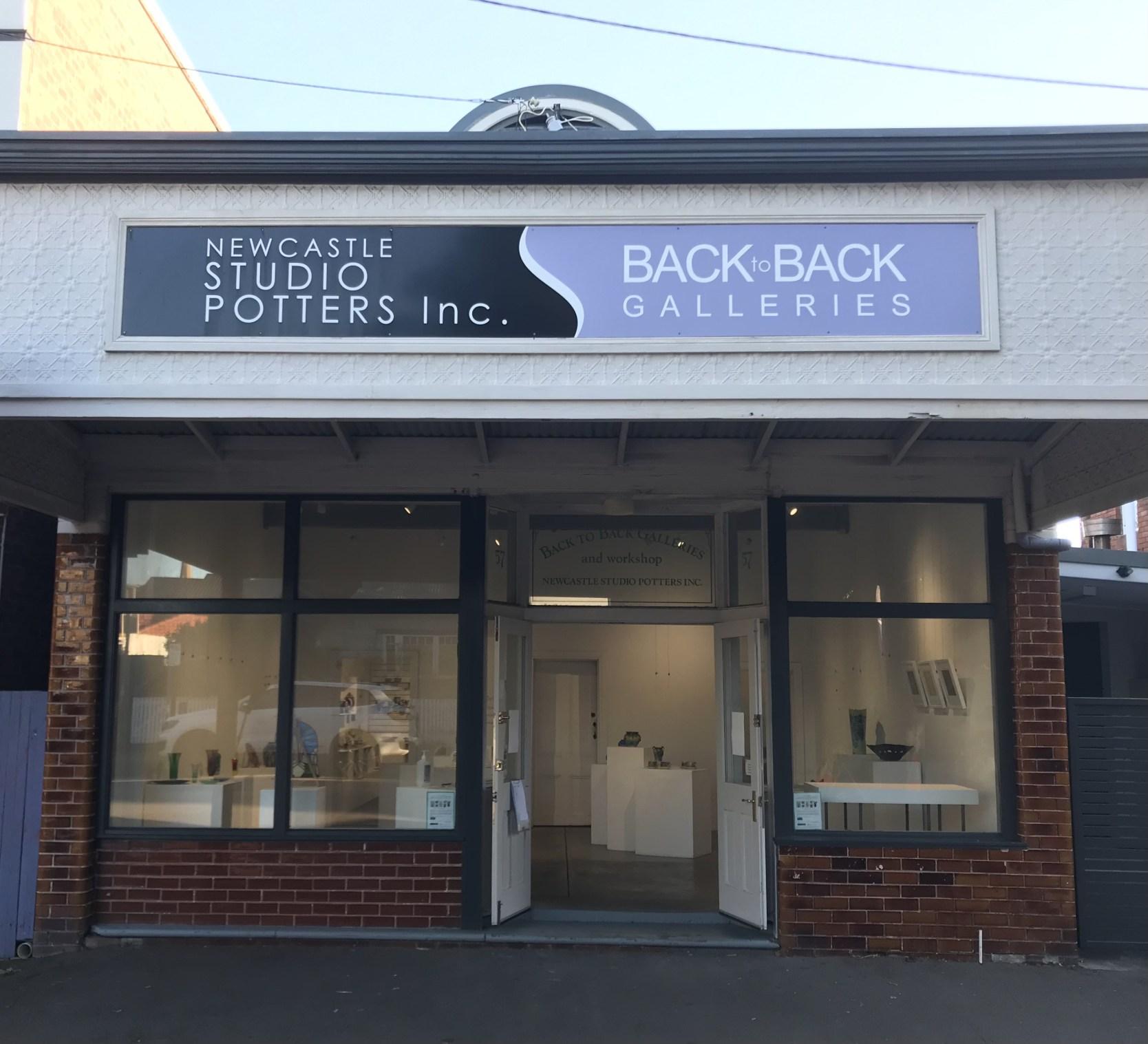


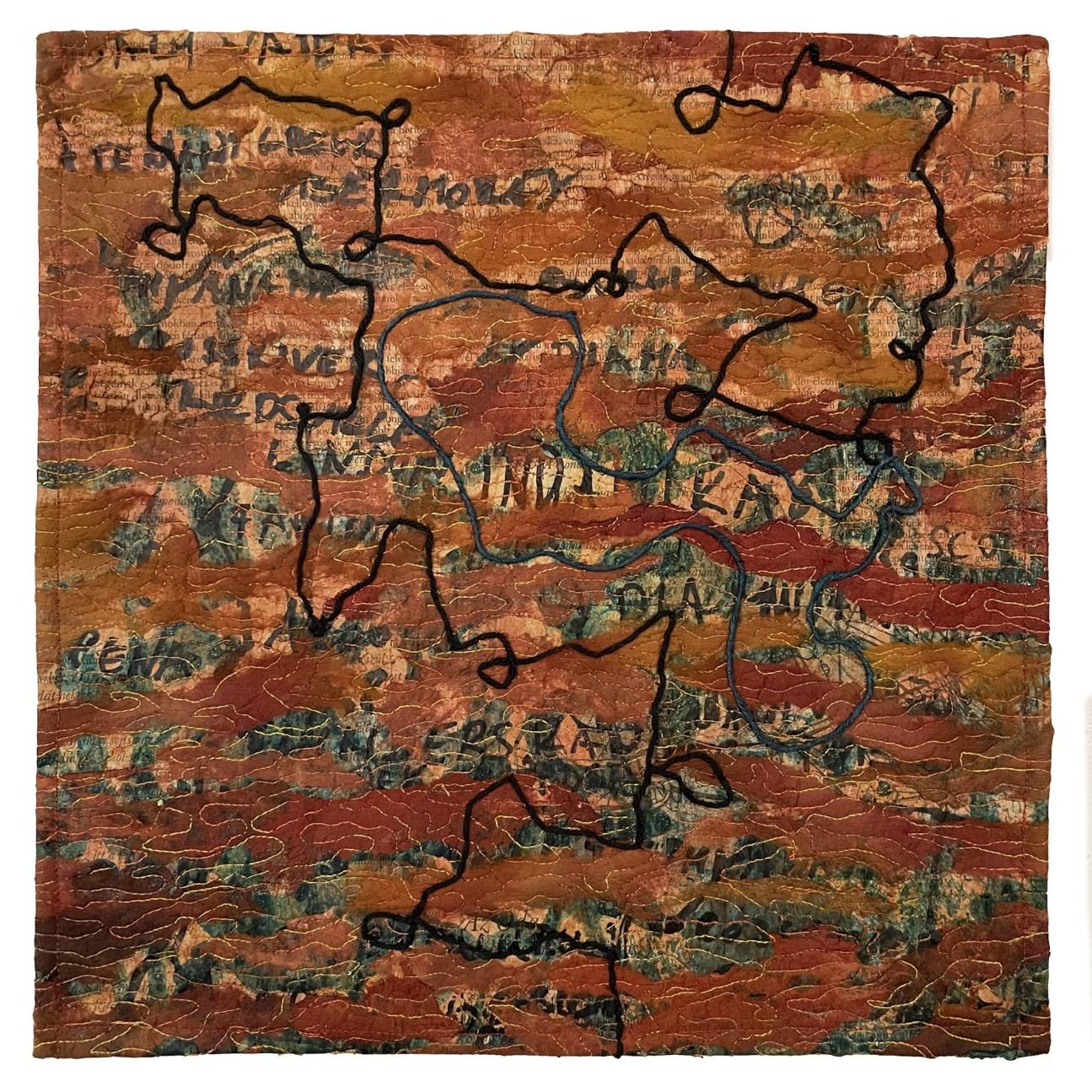
90 Hunter St. Newcastle, NSW. https://timelesstextiles.com.au/
31 March- 11 May Contours and Contrasts: Lois Parish Evans
14 May - 22 June Under the Surface: Sylvia Watt
23 June - 3 August Untangled: Jennie-Maree Tempest
6 August - 14 September Broken and Repaired: group exhibition


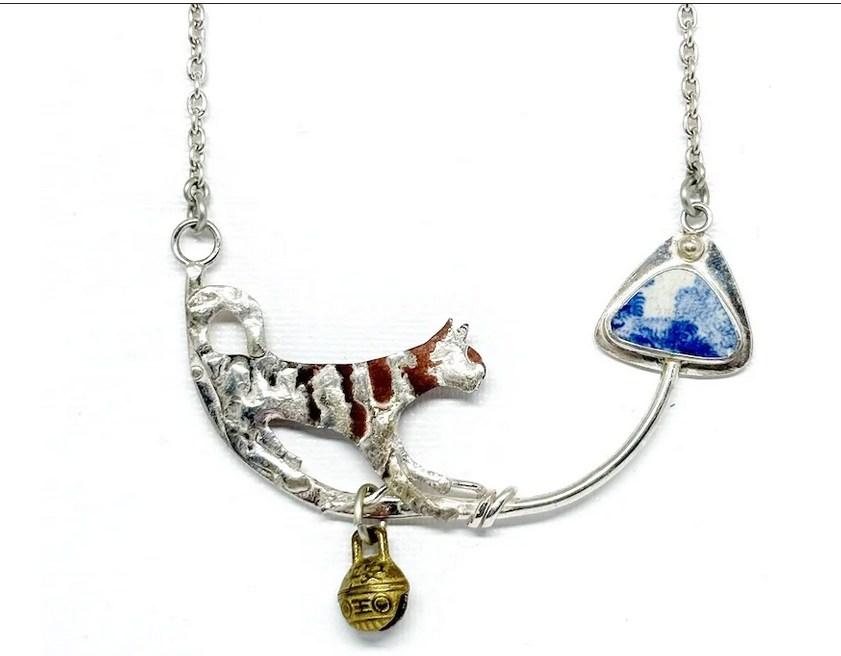

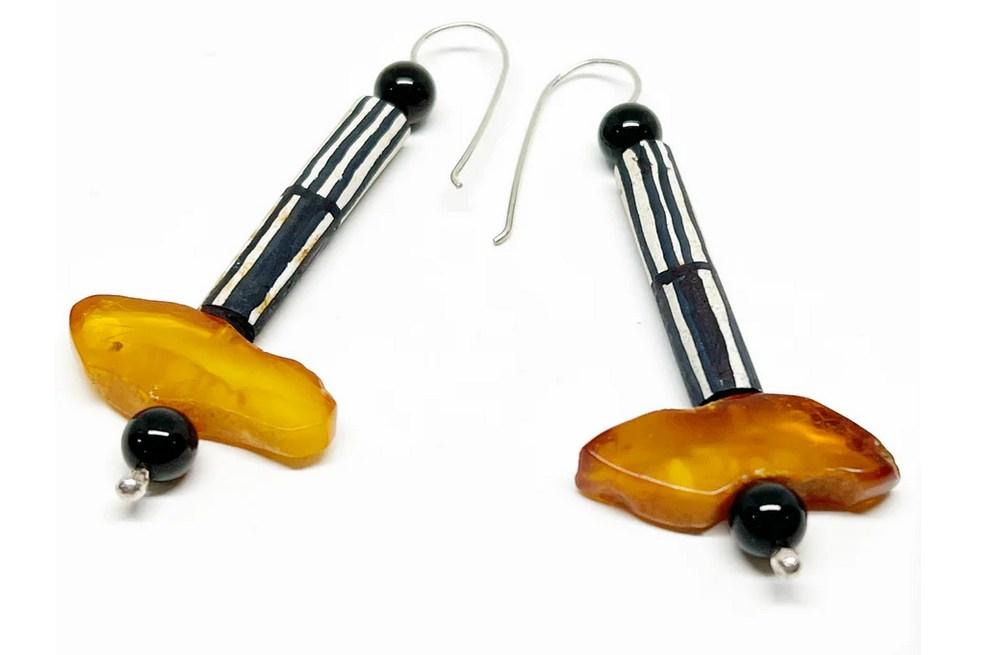


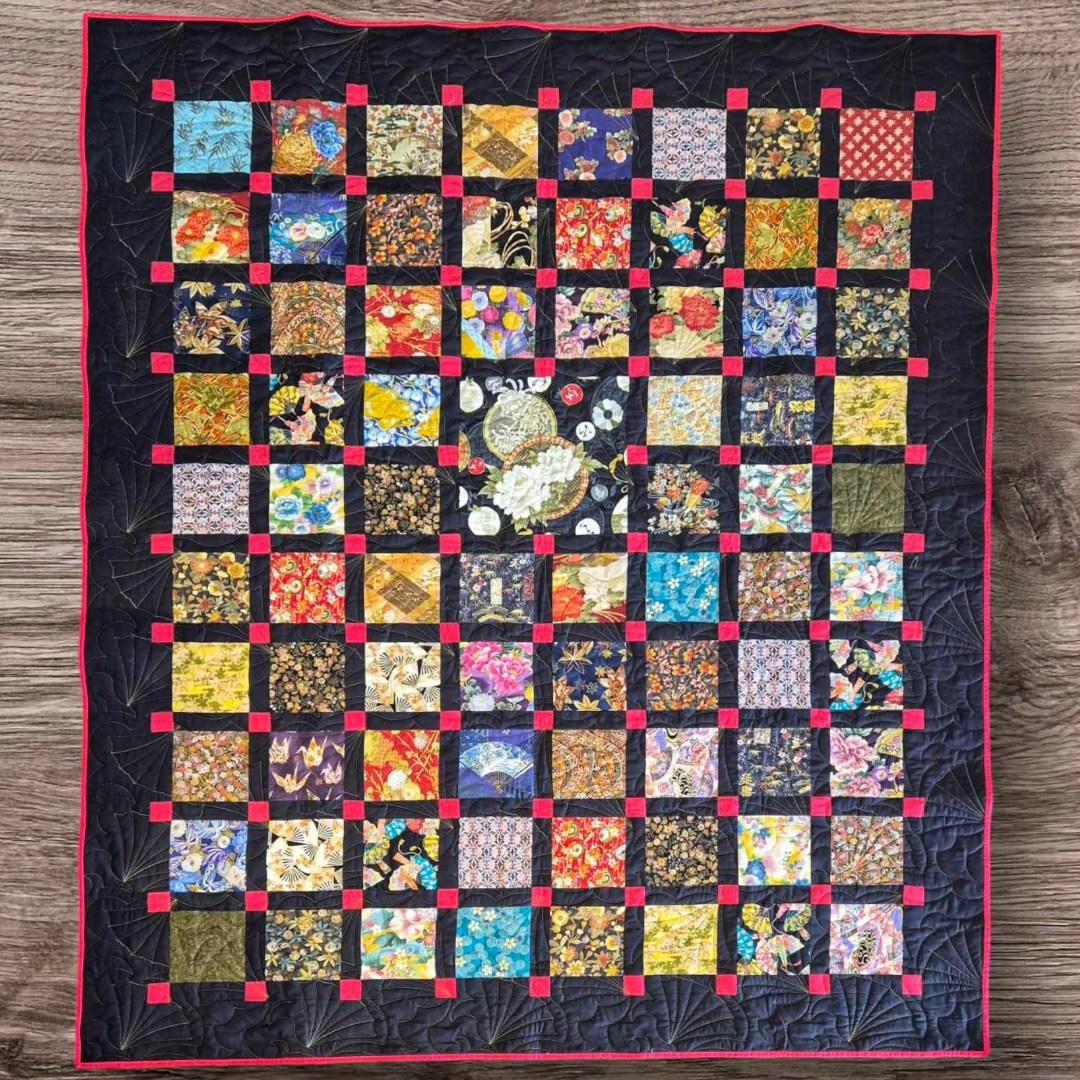
S T R A I T J A C K E T S T R A I T J A C K E T

26 April – 18 May
Isabel Gomez
Brett Piva
24 May – 15 June
Julia Flanagan
Lezlie Tilley
21 June – 13 July
Alessia Sakoff
Sieglinde Battley
Stuart Smith


Lorraine Fildes and Robert Fildes.
Art and the Rhinoceros - There are over three hundred Rhino images in this book.
Whether in the ancient past or in the present the rhinos are always represented as huge, powerful and solitary animals. The book includes paintings, drawings, woodcuts, etchings, rock carvings and sculptures of the rhino all depicting the power of the animal.
These images of the rhino range from early civilisations such as in China, Roman Empire, Indus civilisation in Pakistan/ India area and from Southern Africa down to current day images of paintings and sculptures produced by modern day artists.
The text indicates where you may find these wonderful images as well as the websites of the artists concerned, the caves where the rhino images have been found and the places where posters use the rhino image.
There are very few of these magnificent wild animals left in the world, so unless they are protected and managed, artistic images will soon be the only viewing option.
Rhino Images – Art and the Rhinoceros, First Edition, 2017, is available for download at The Rhino Resource Centre web site.
Direct Link : http://www.rhinoresourcecenter.com/index.php?s=1&act=refs&CODE=ref_detail&id=1518479271
L Y N H A M M O N D

L Y N H A M M O N D